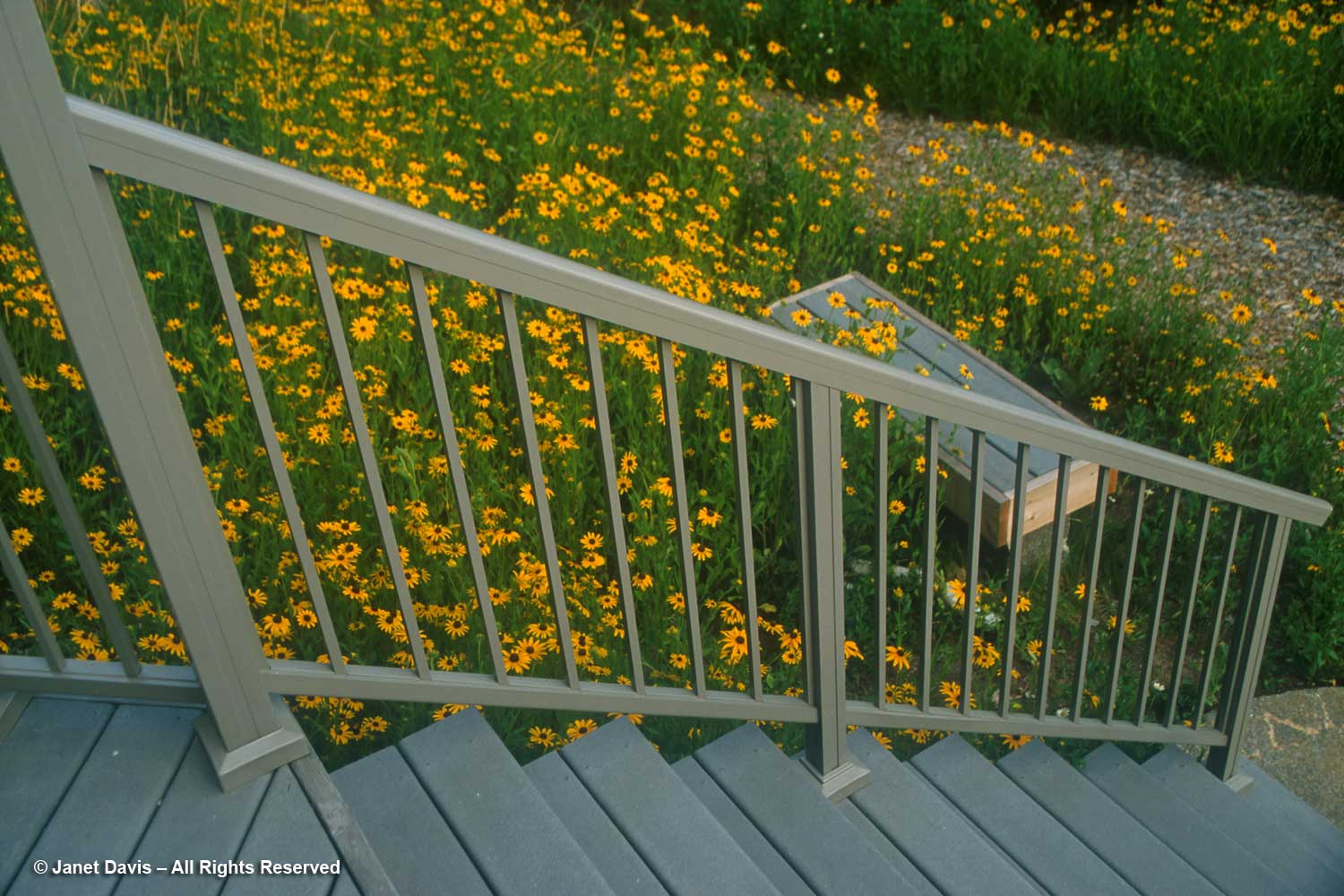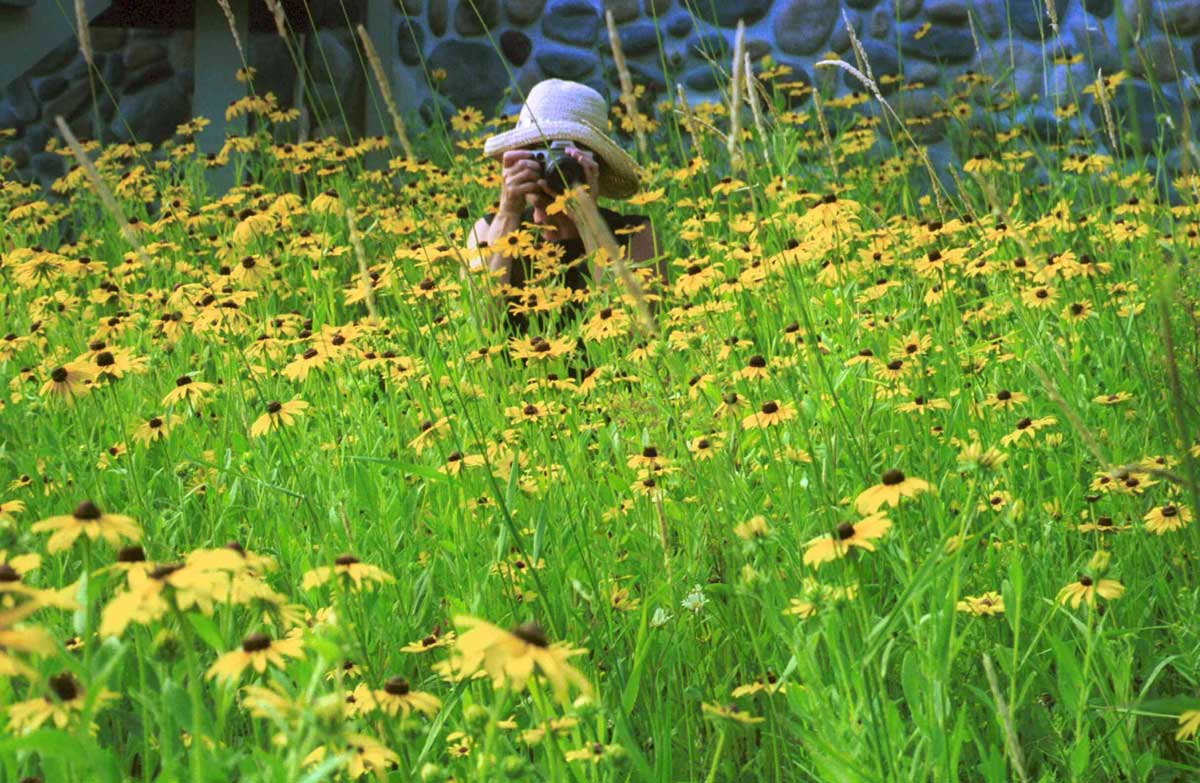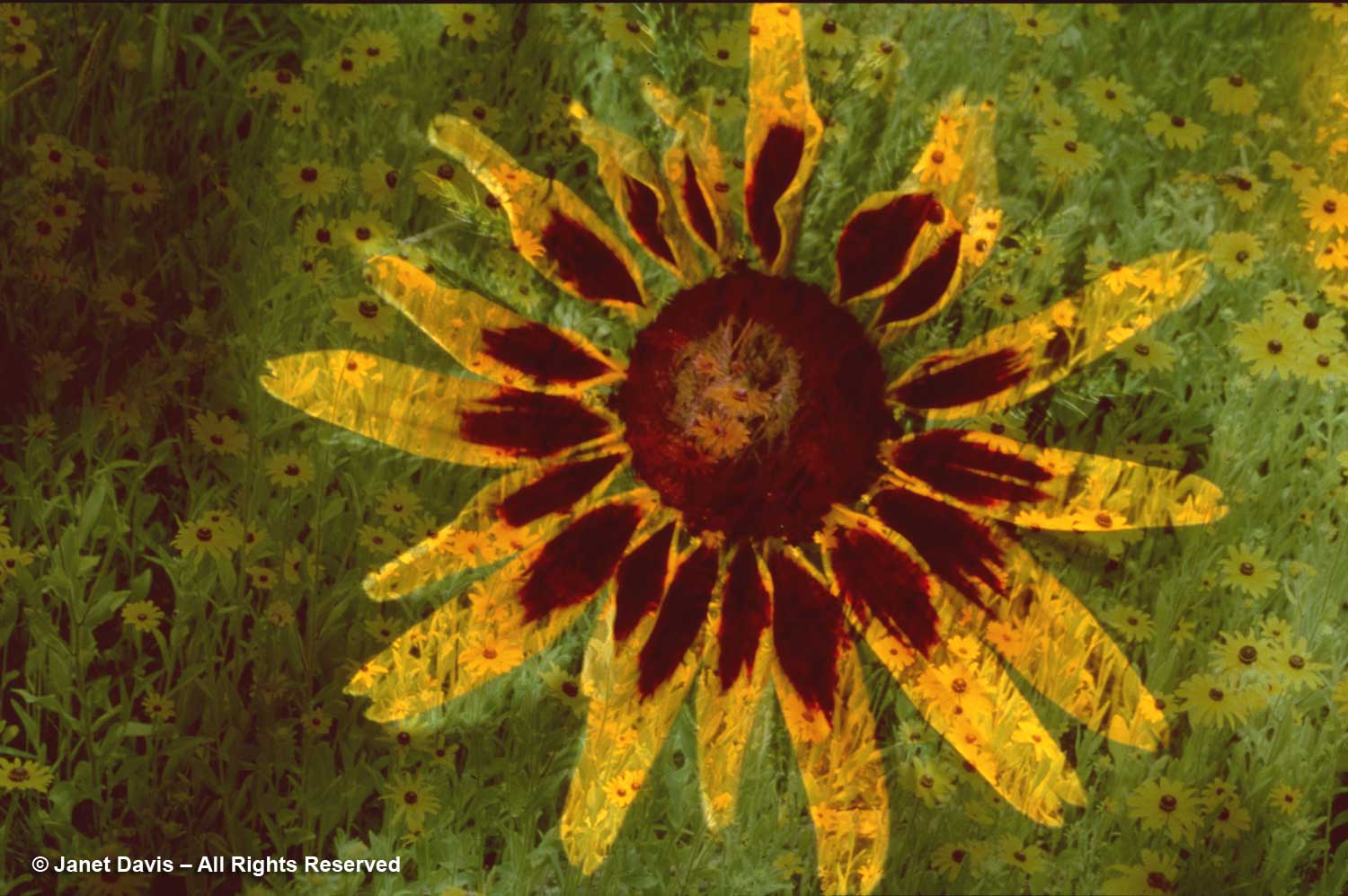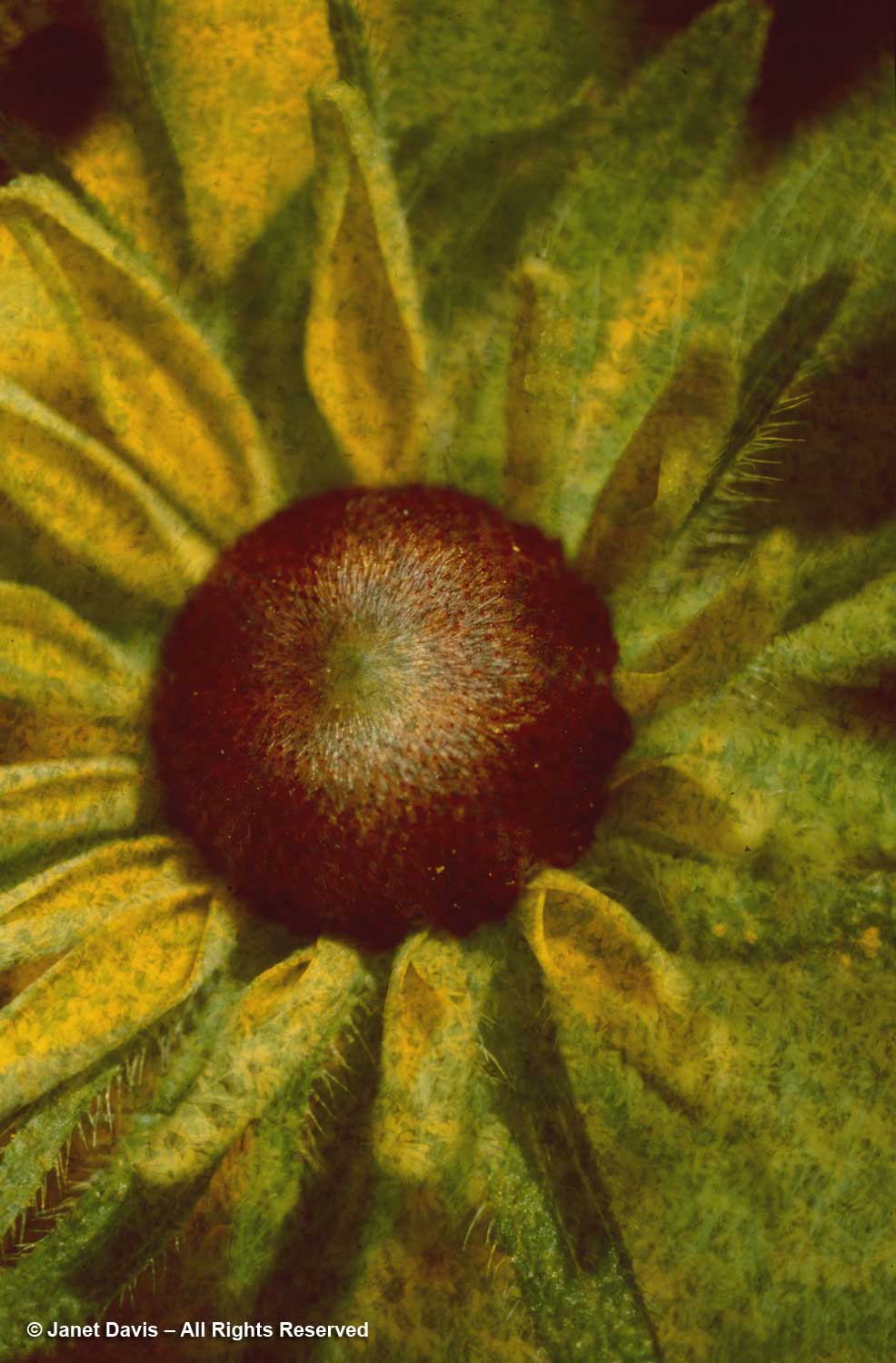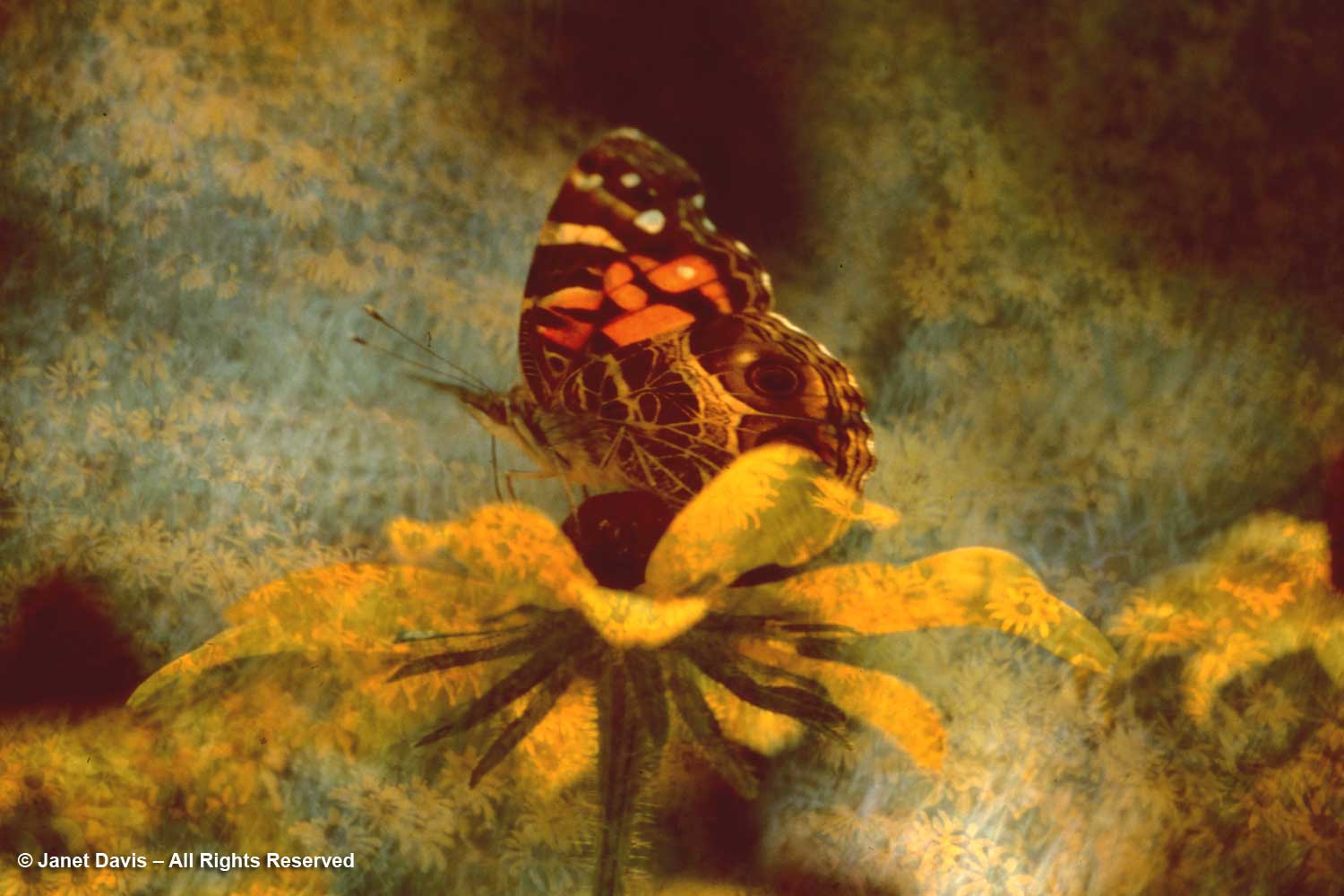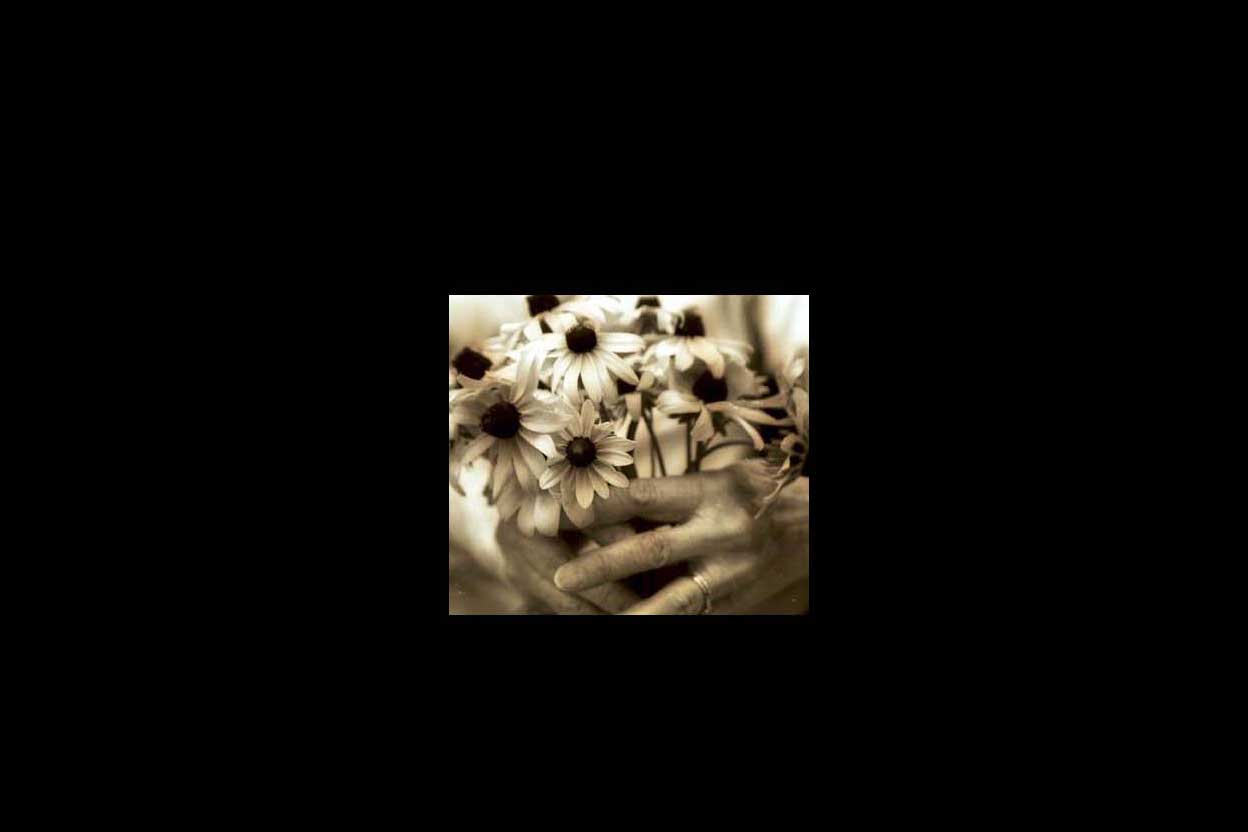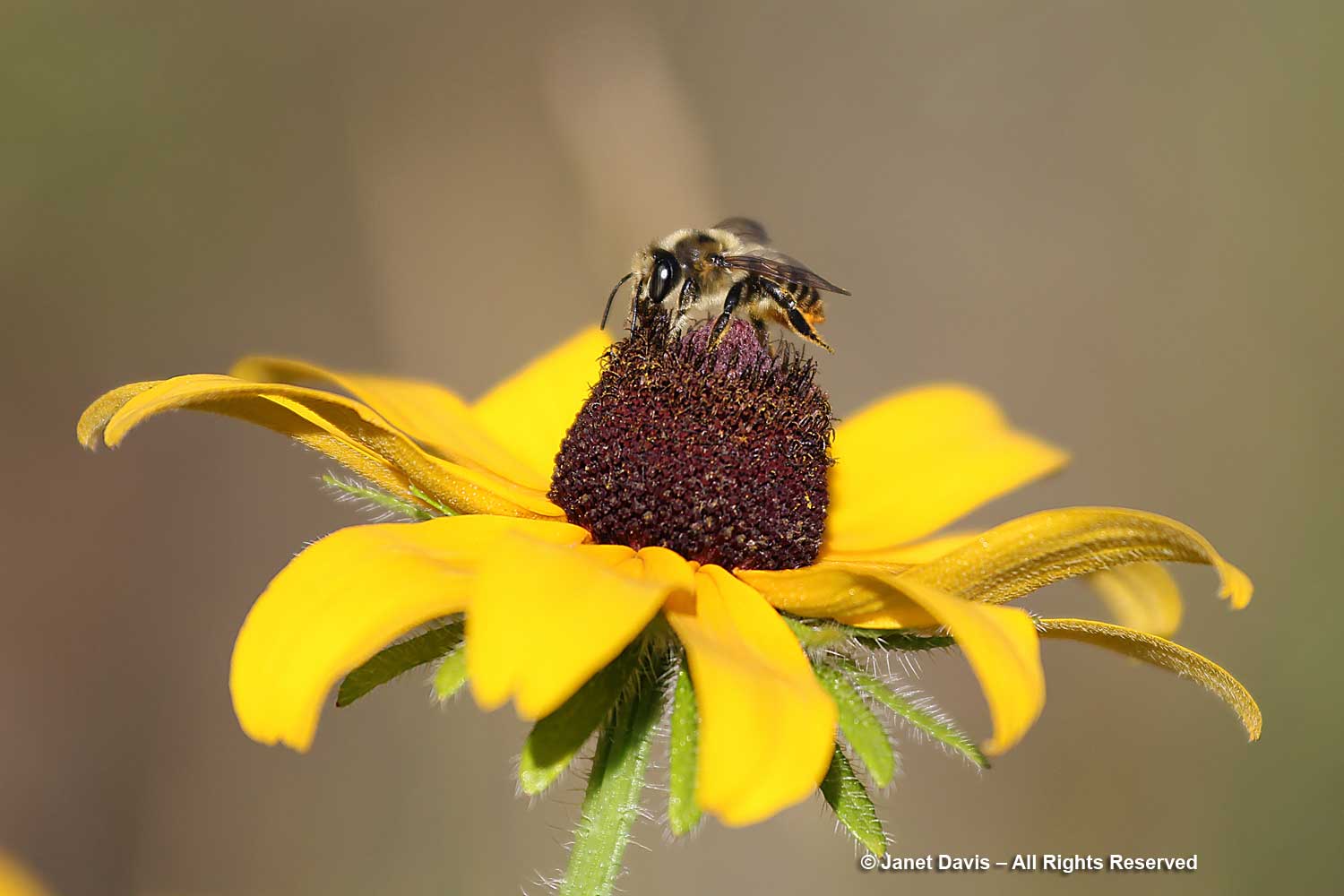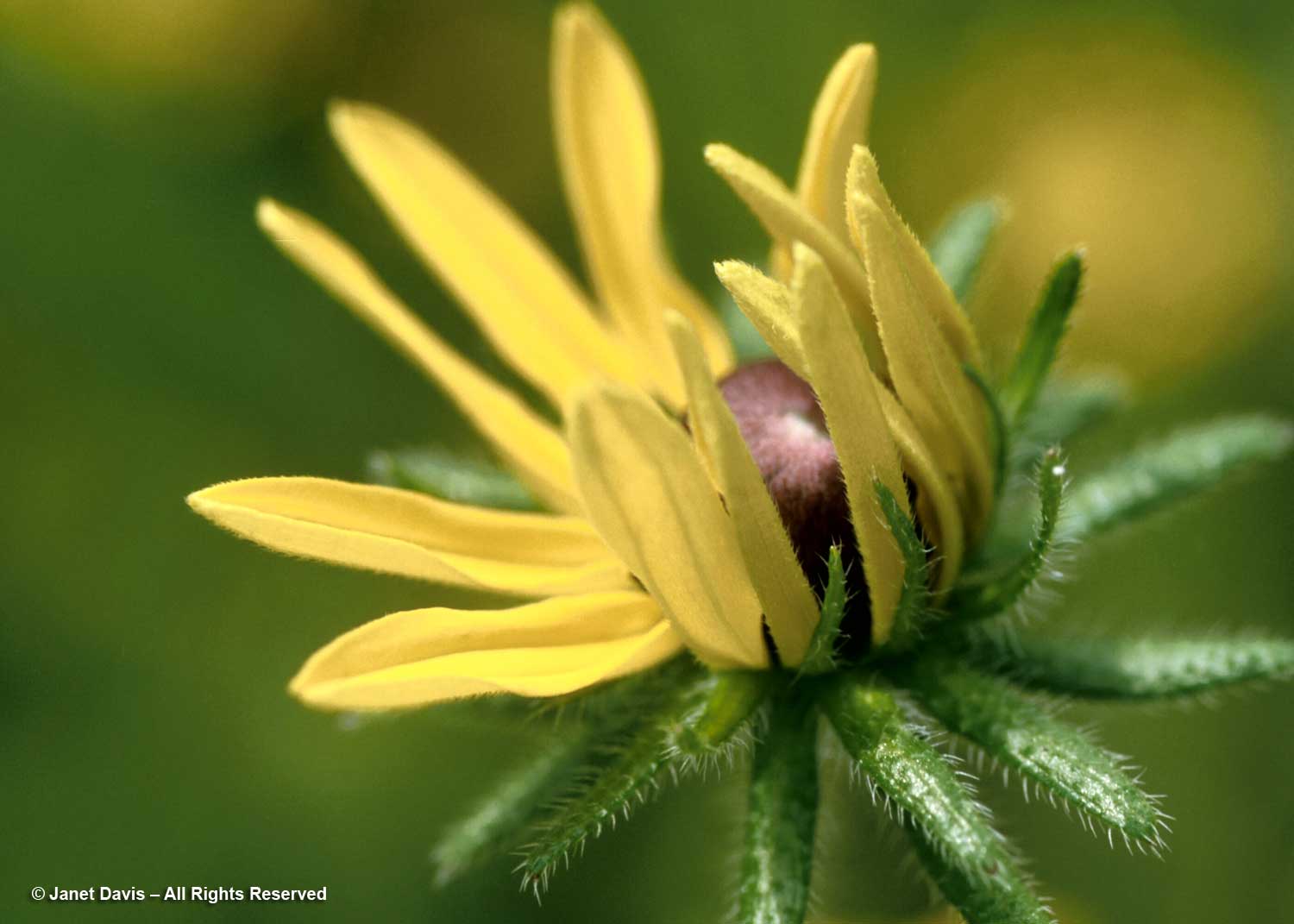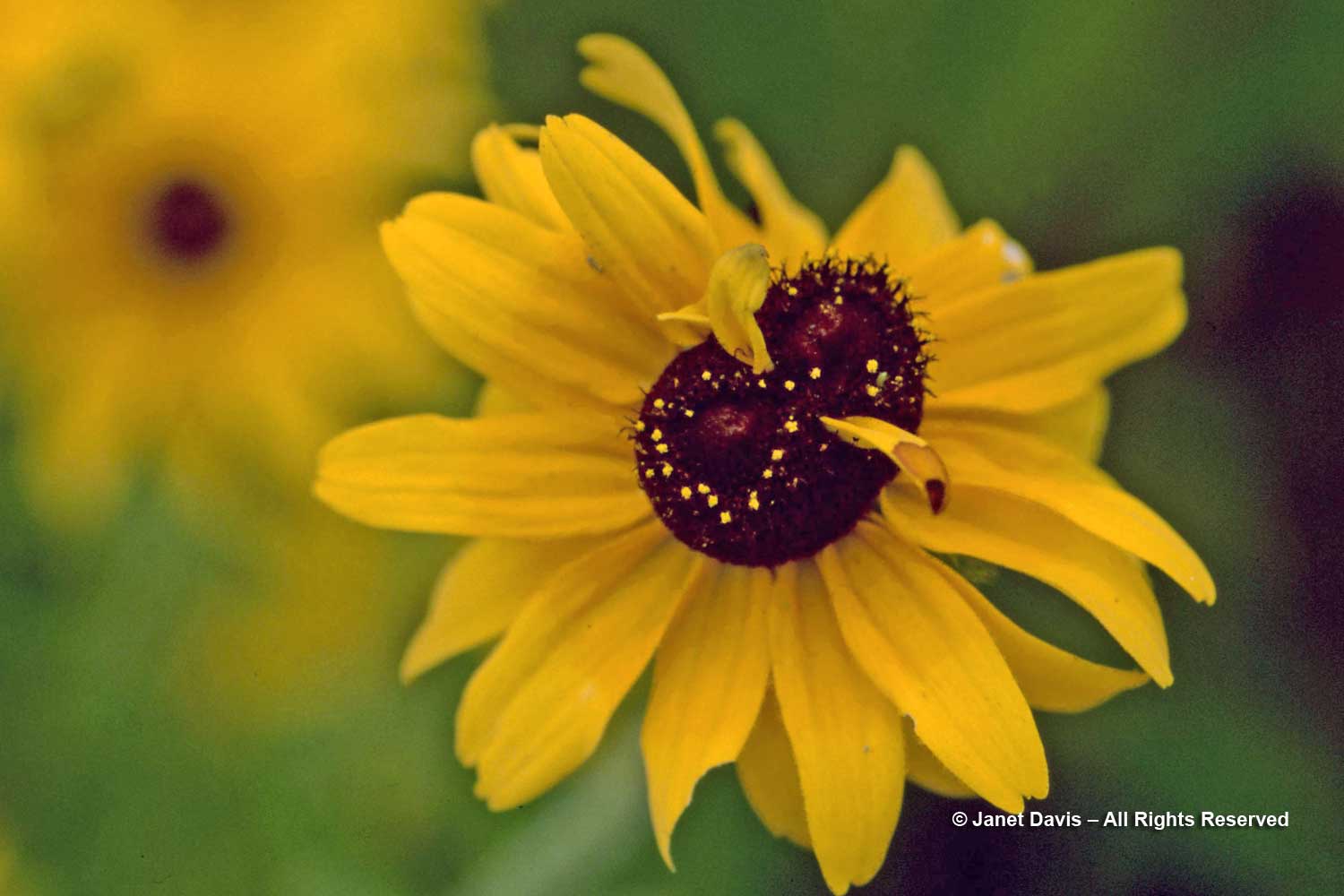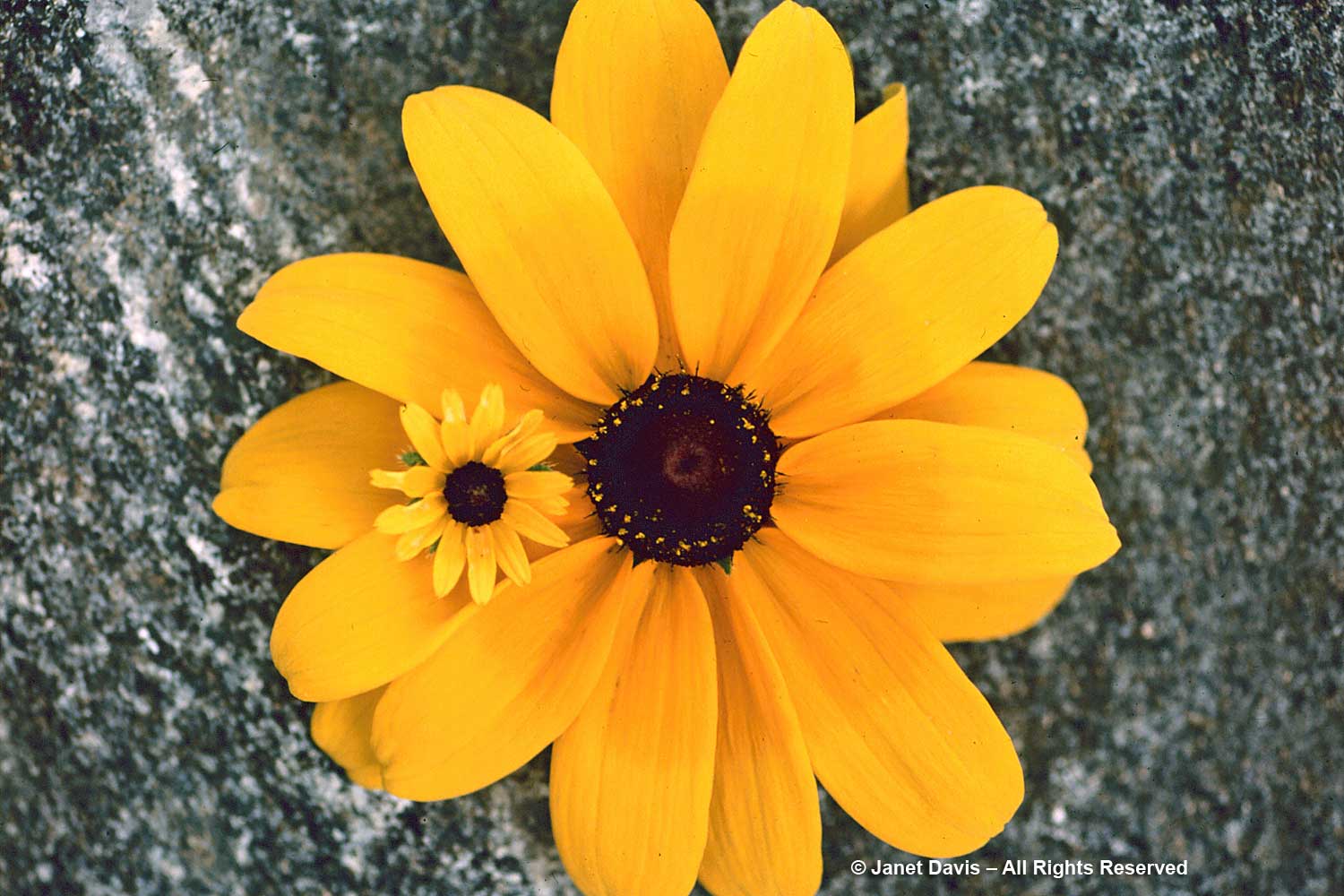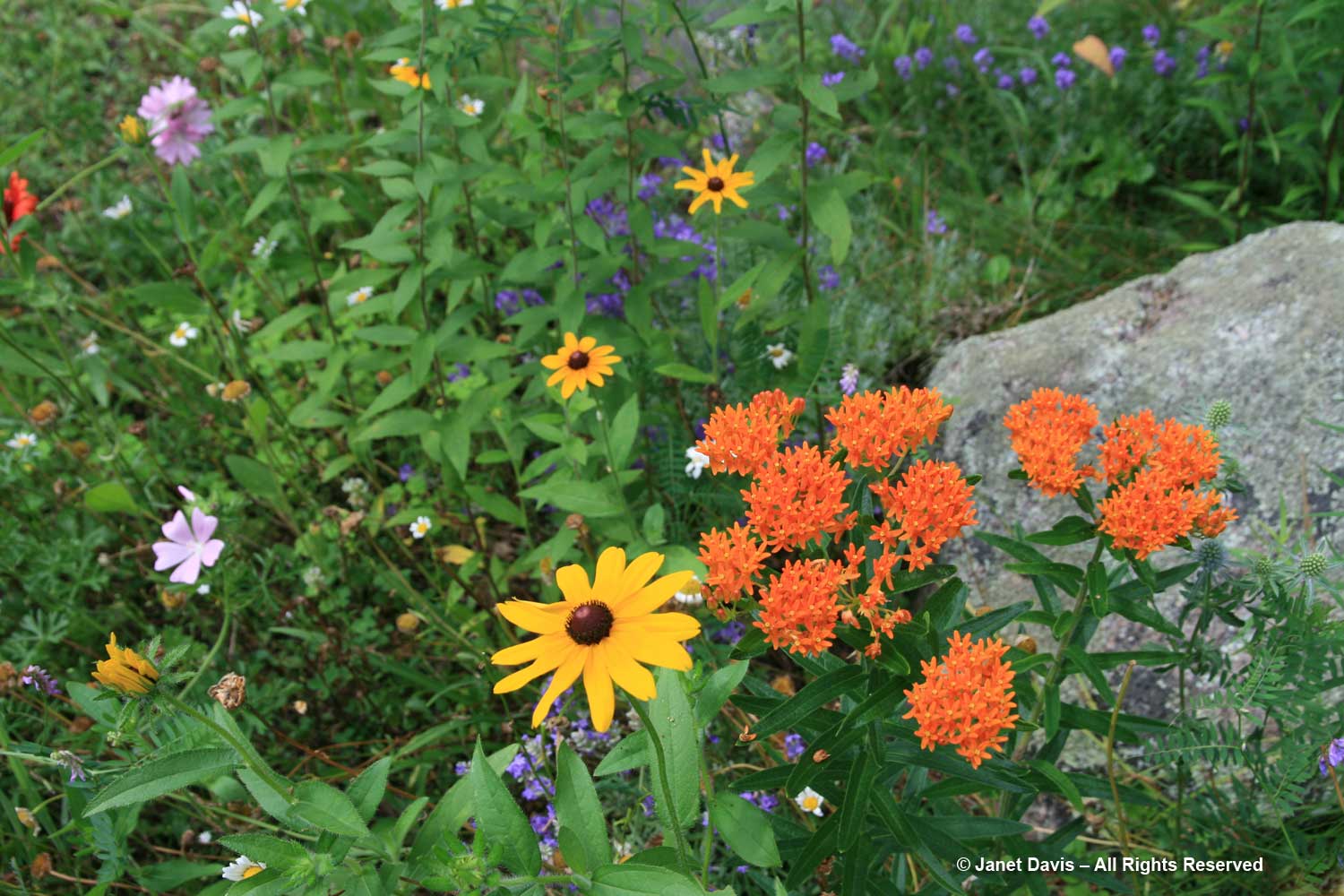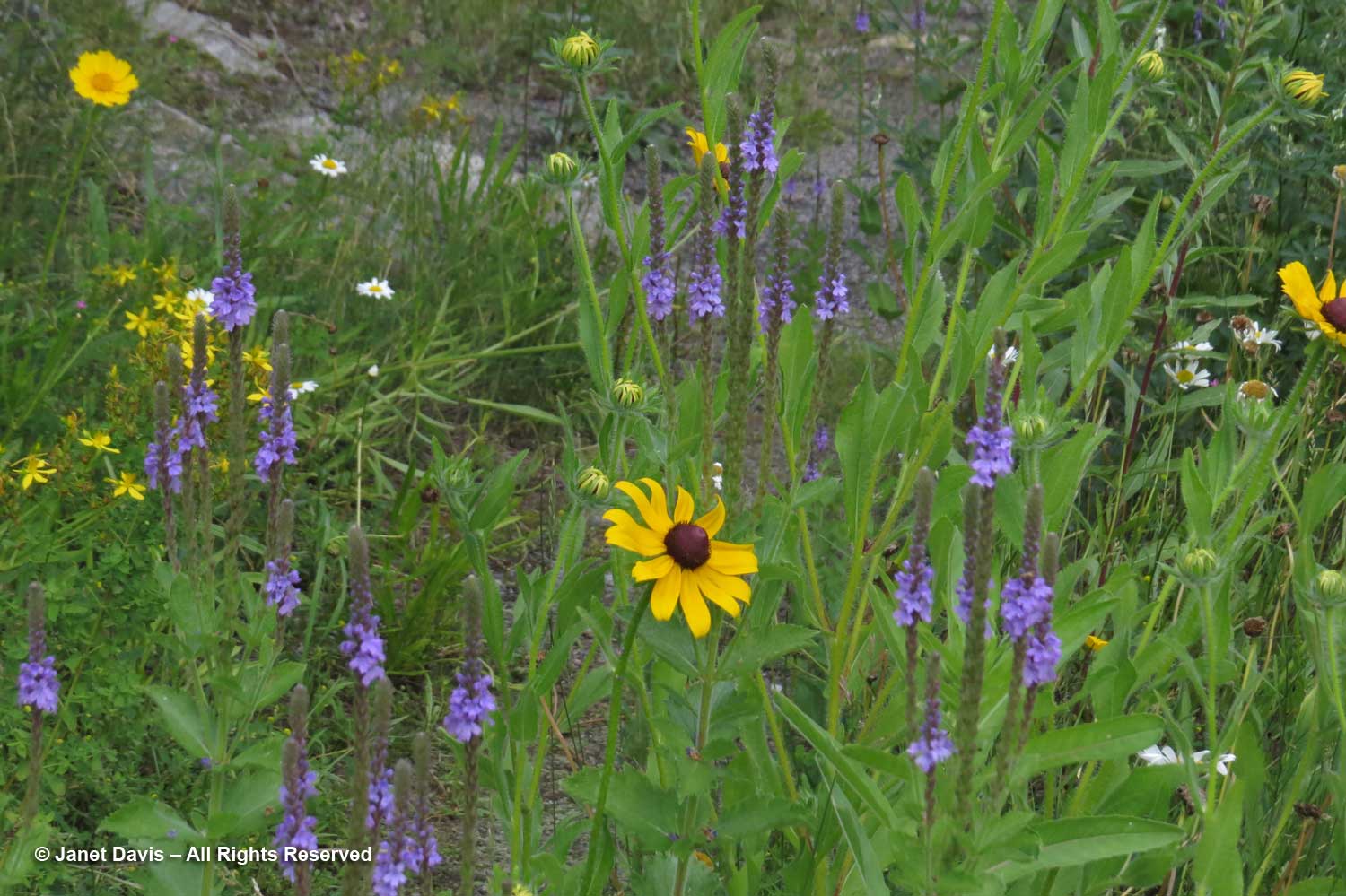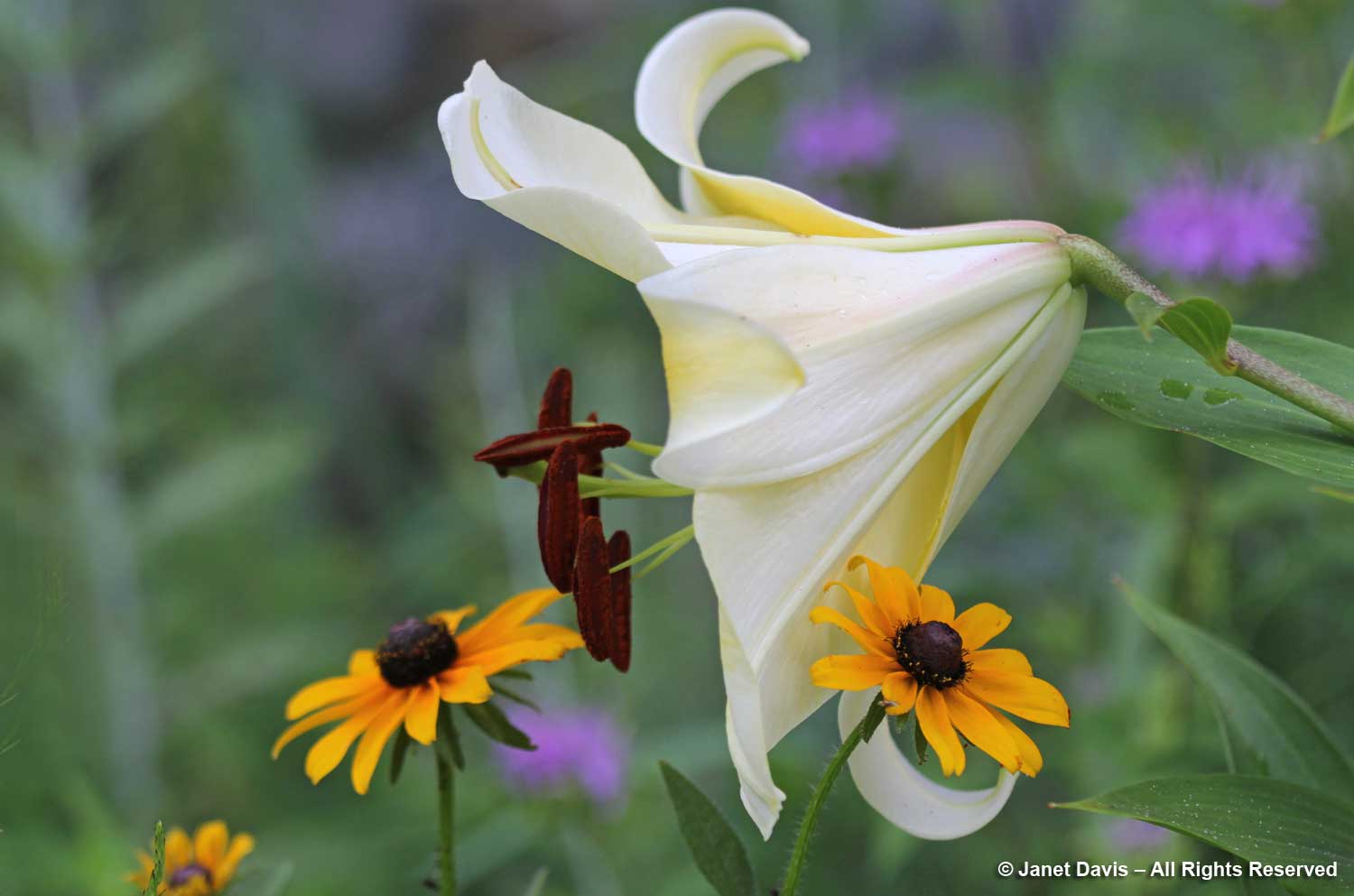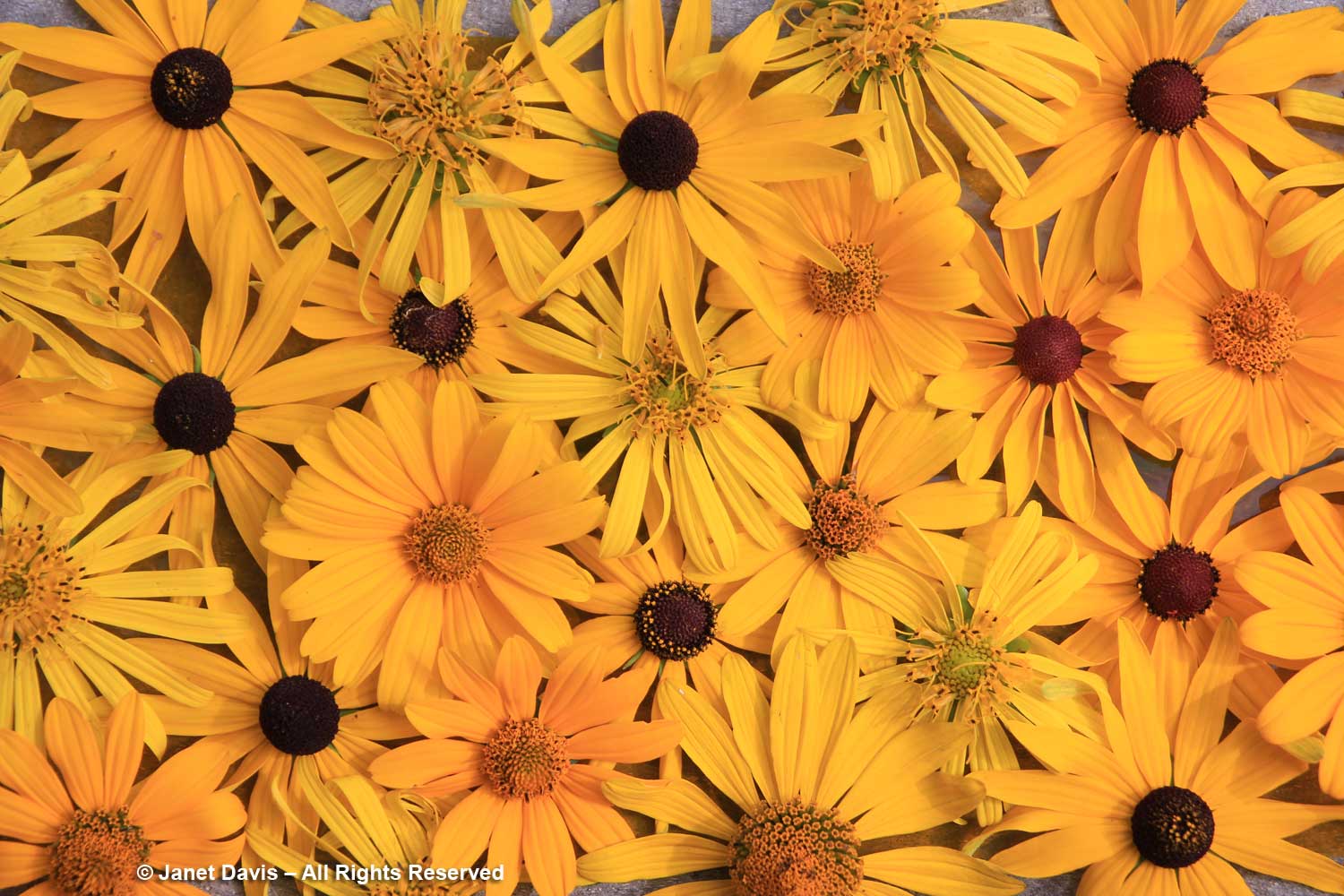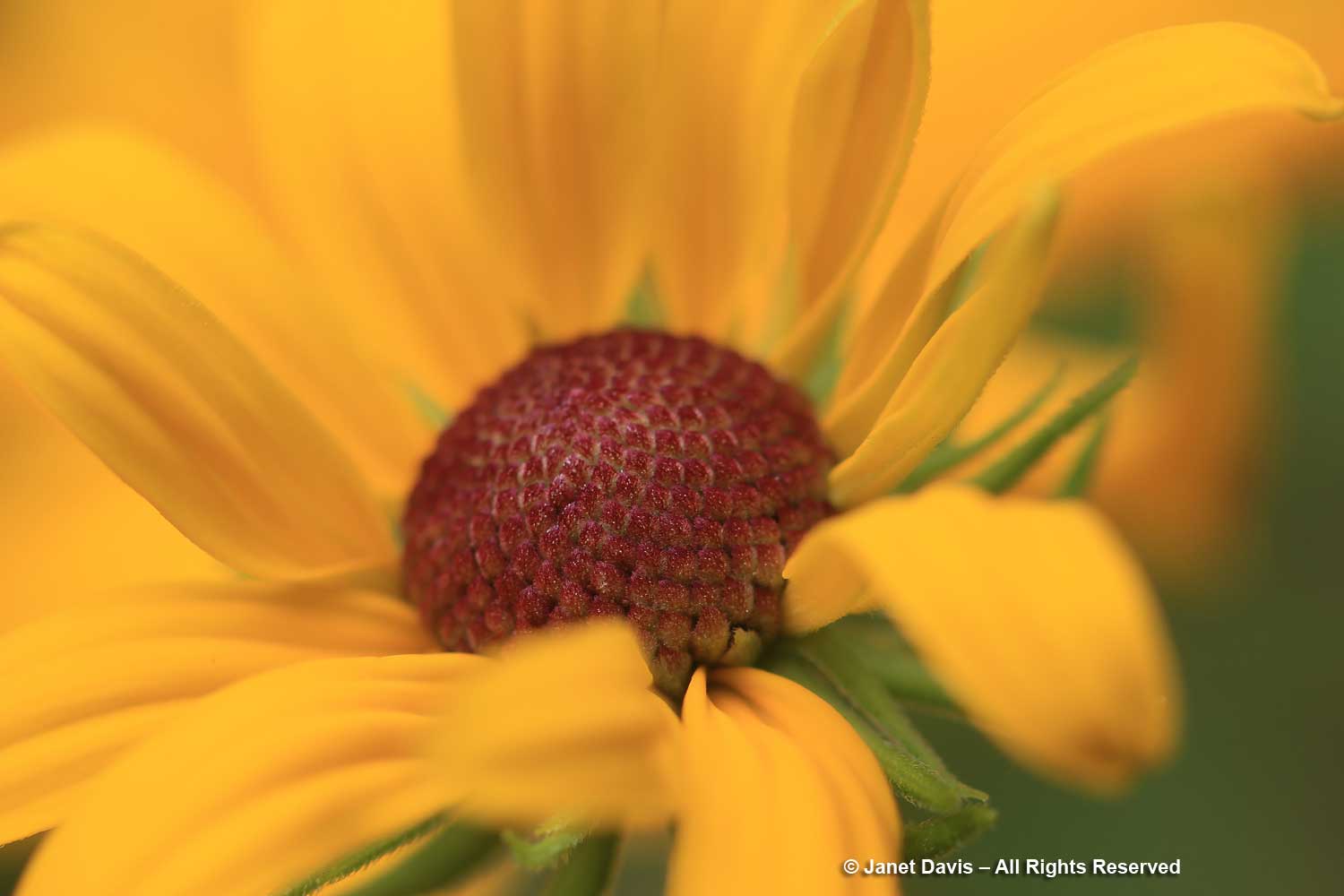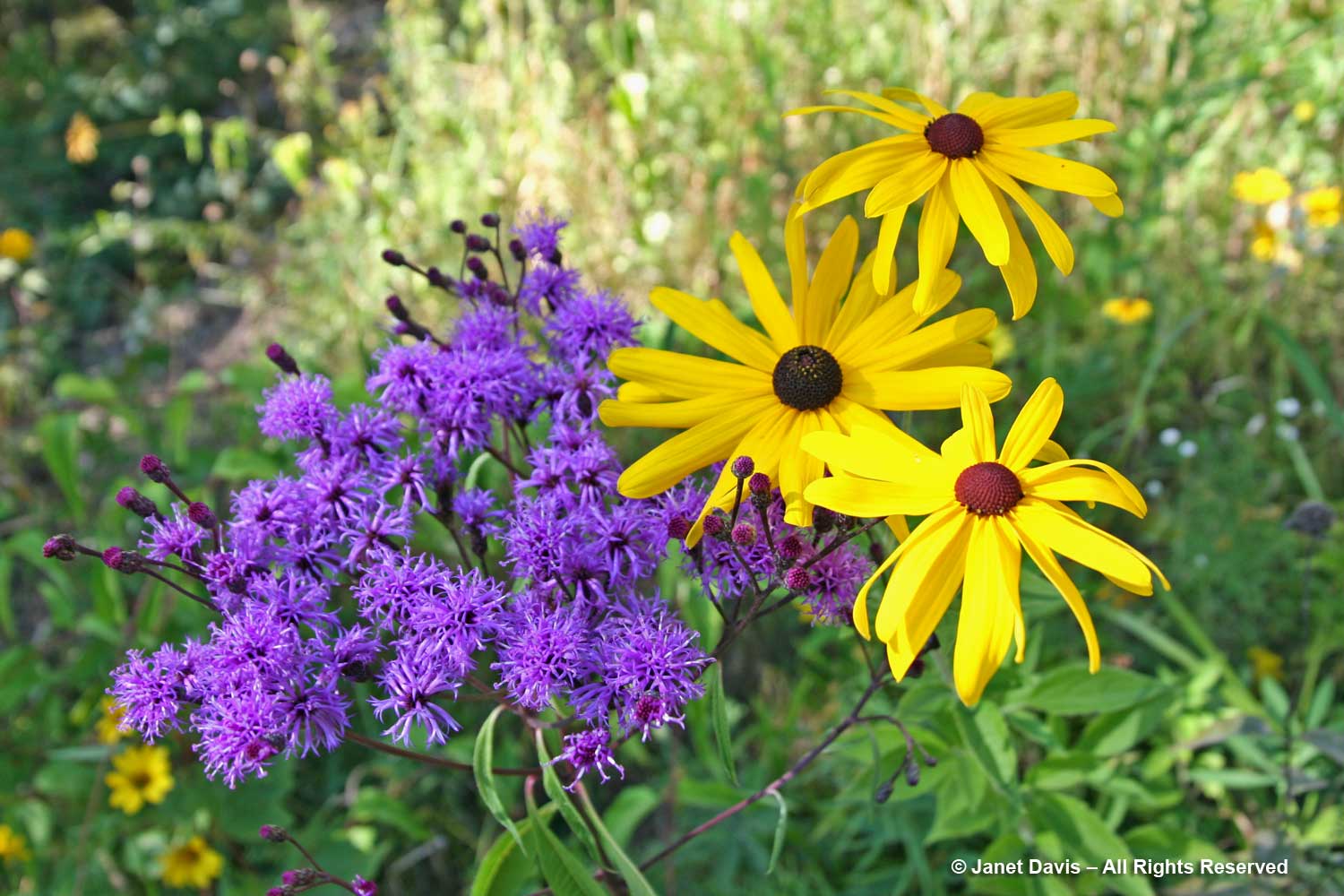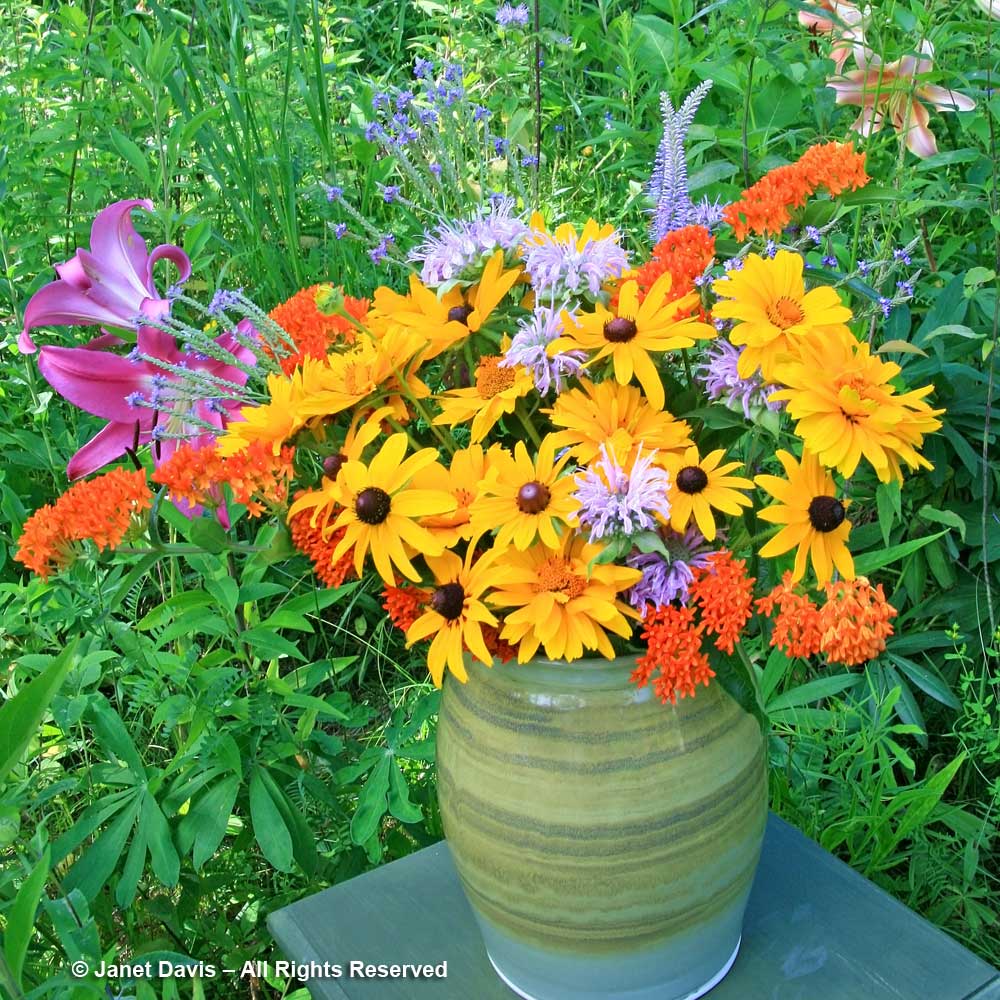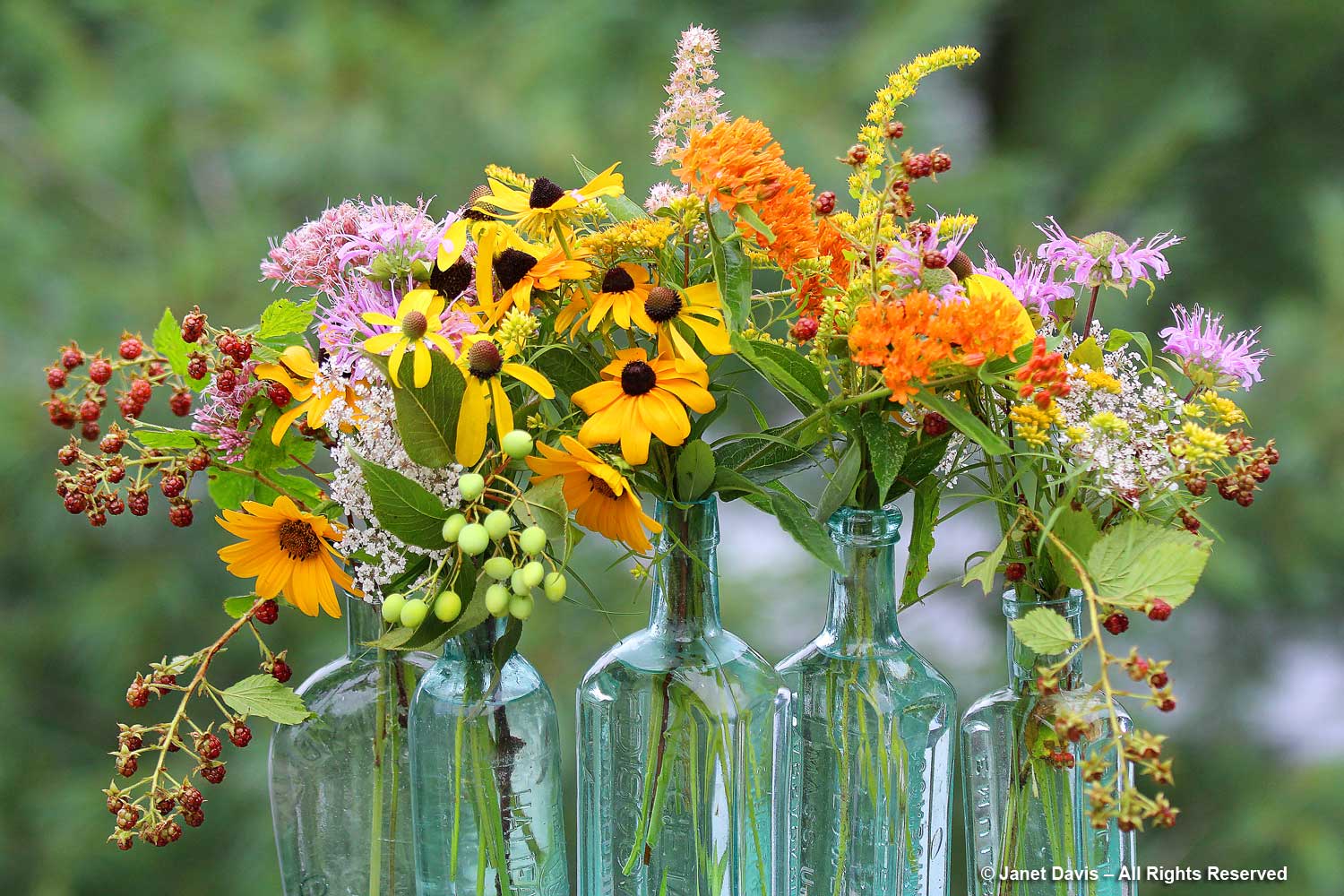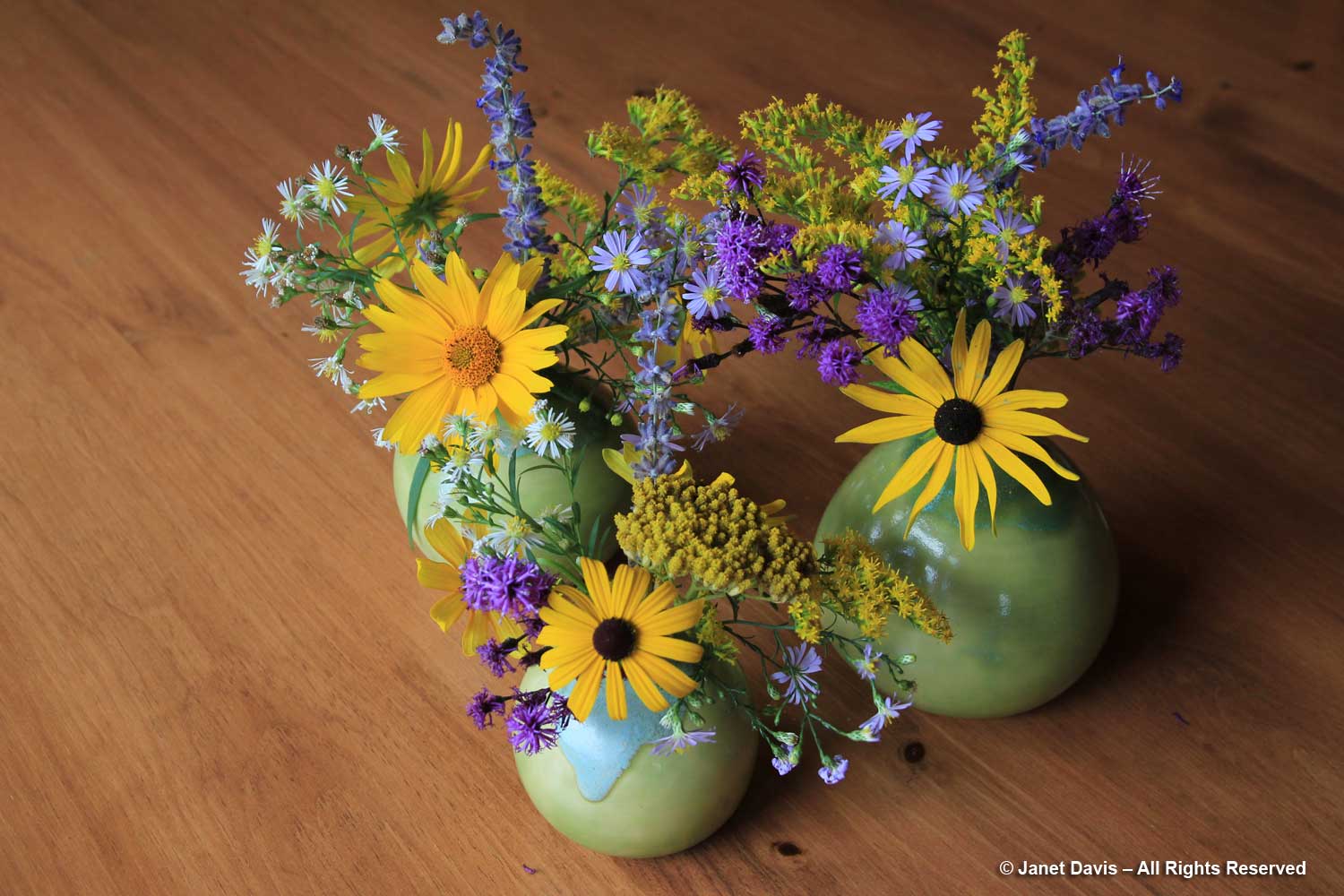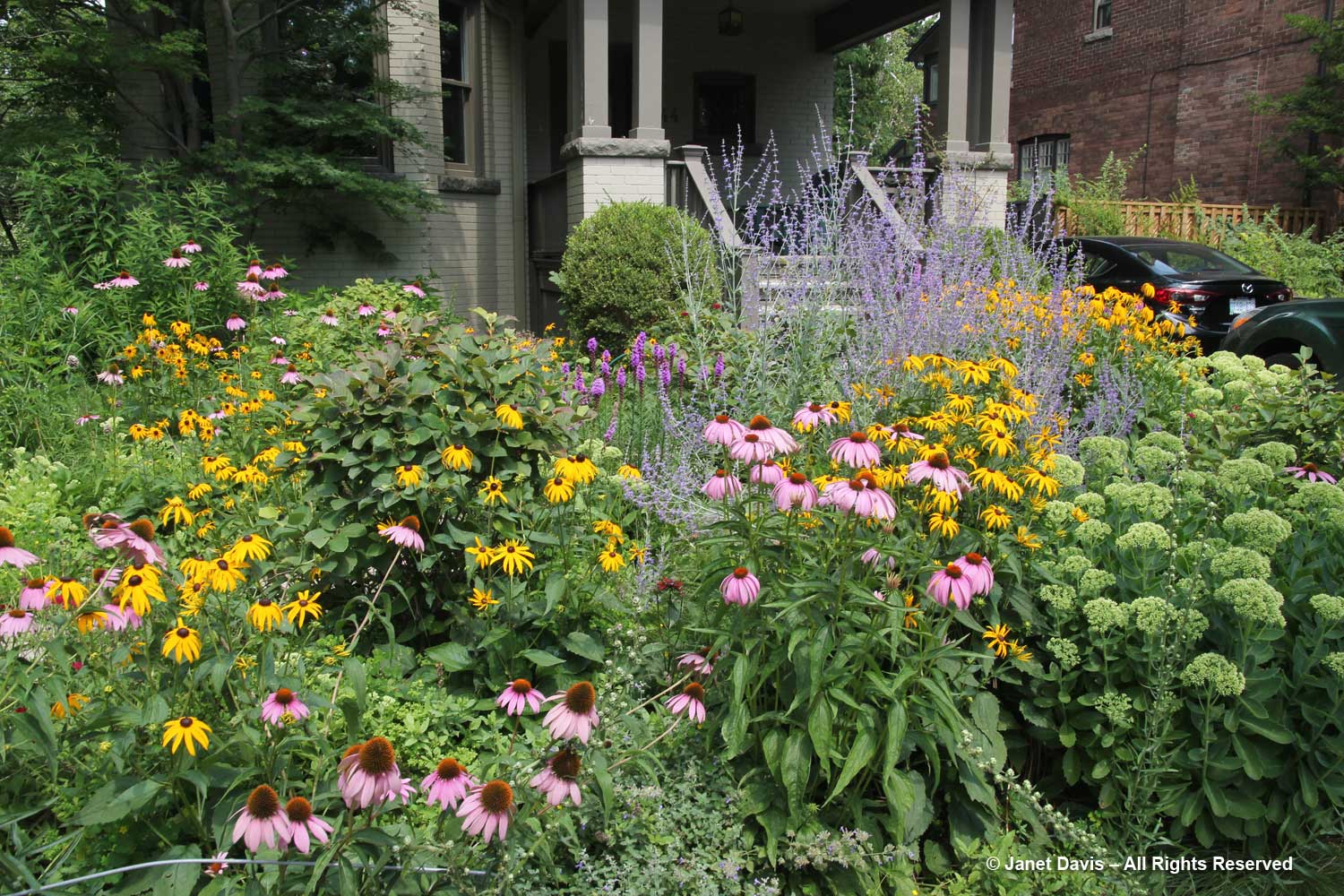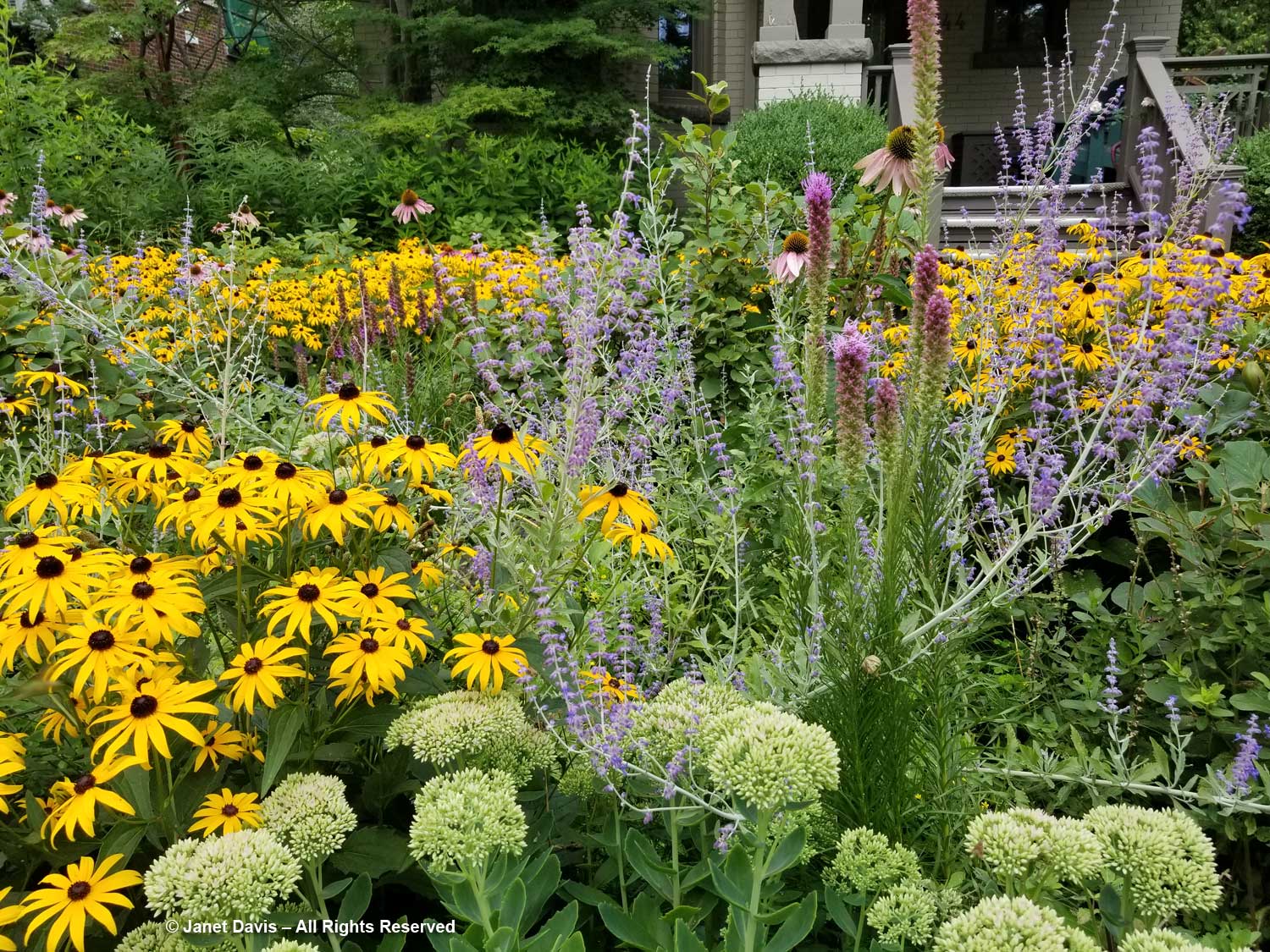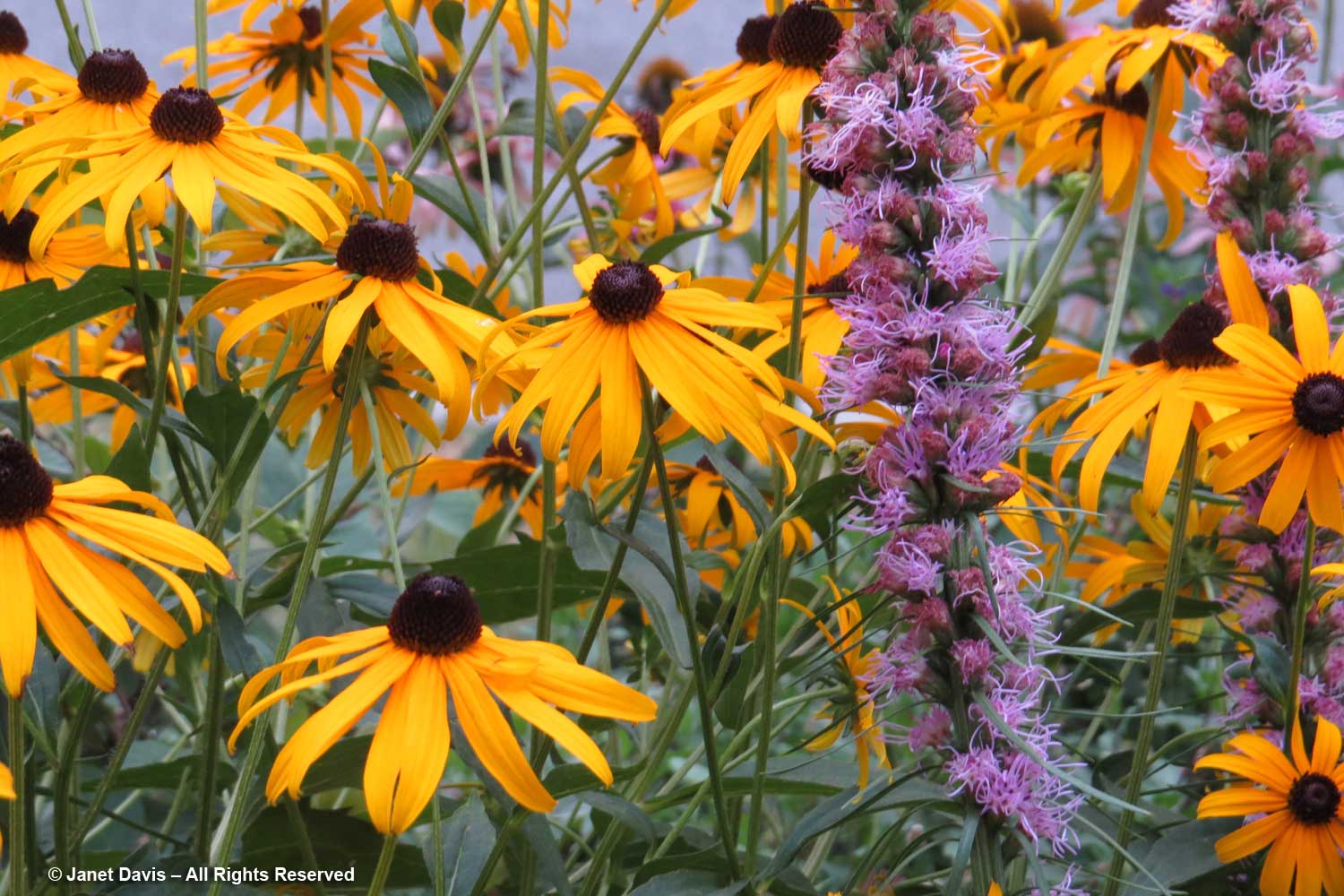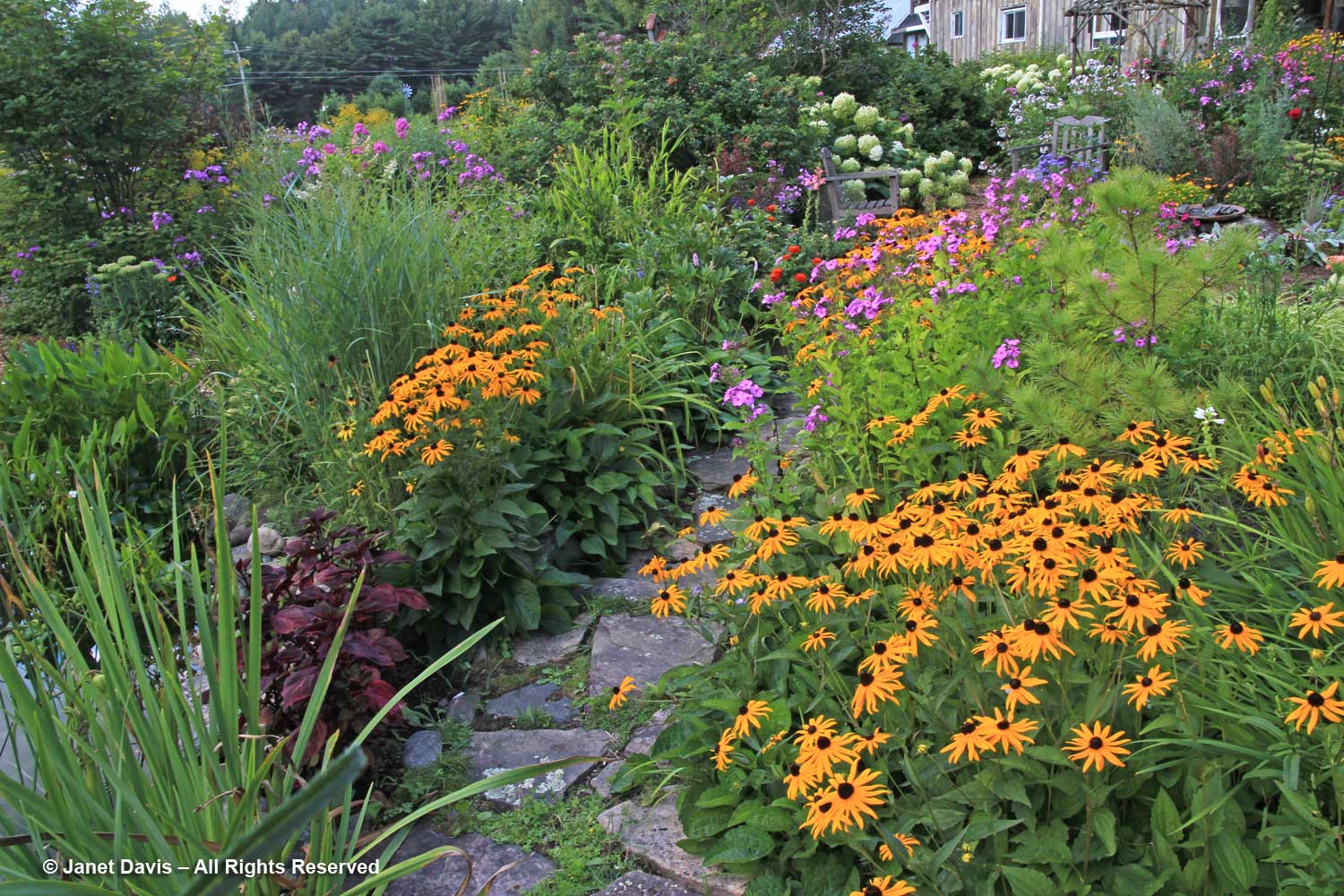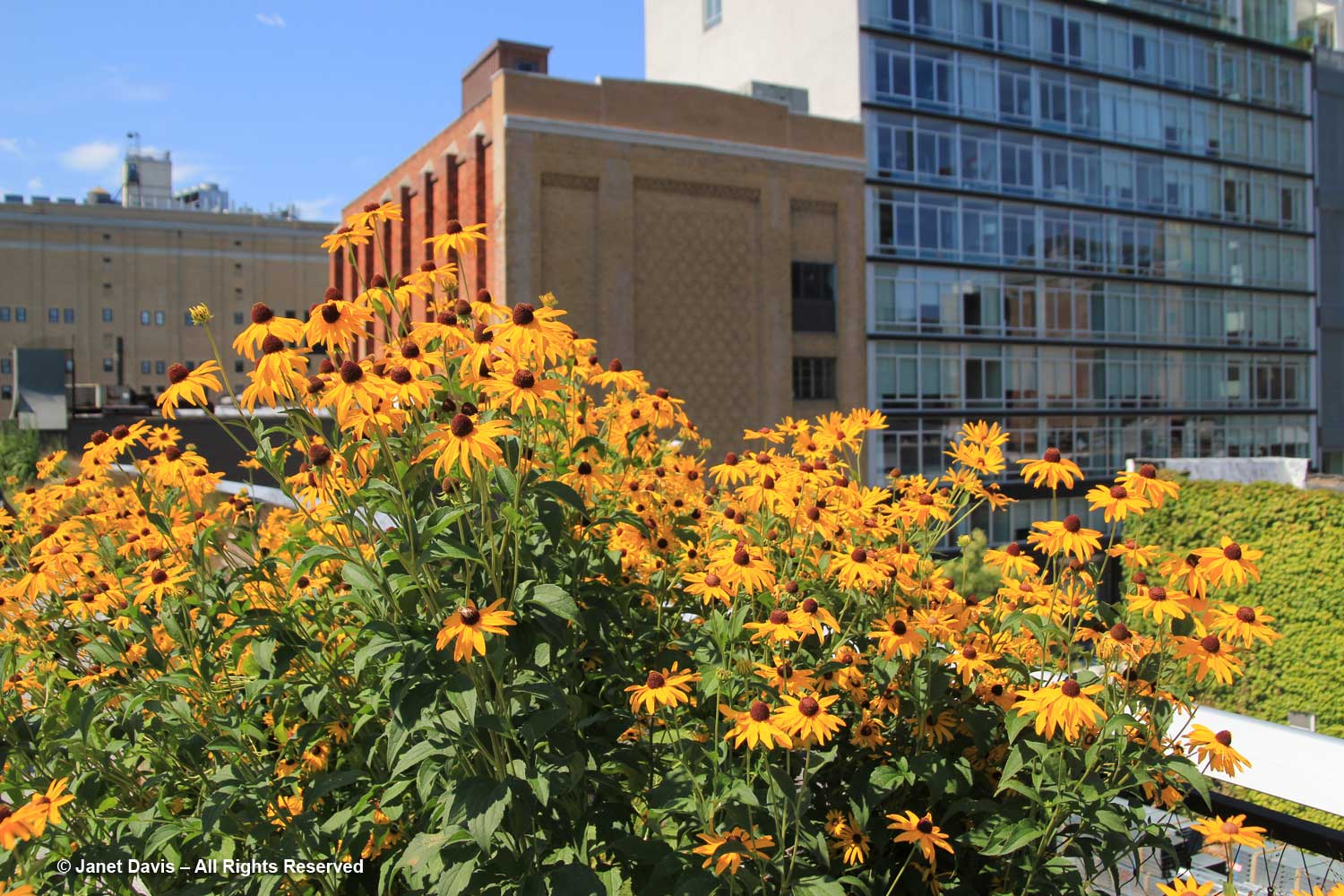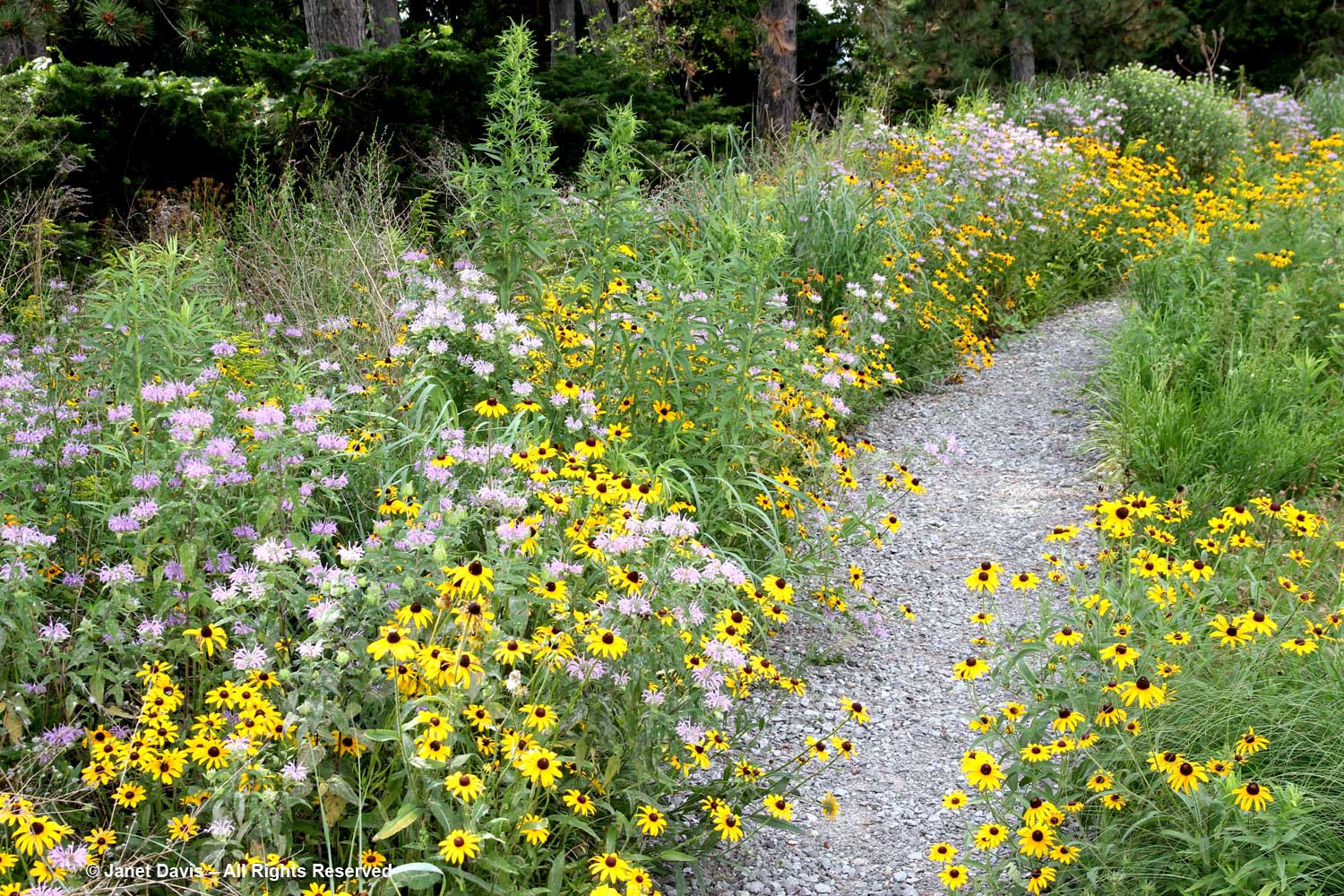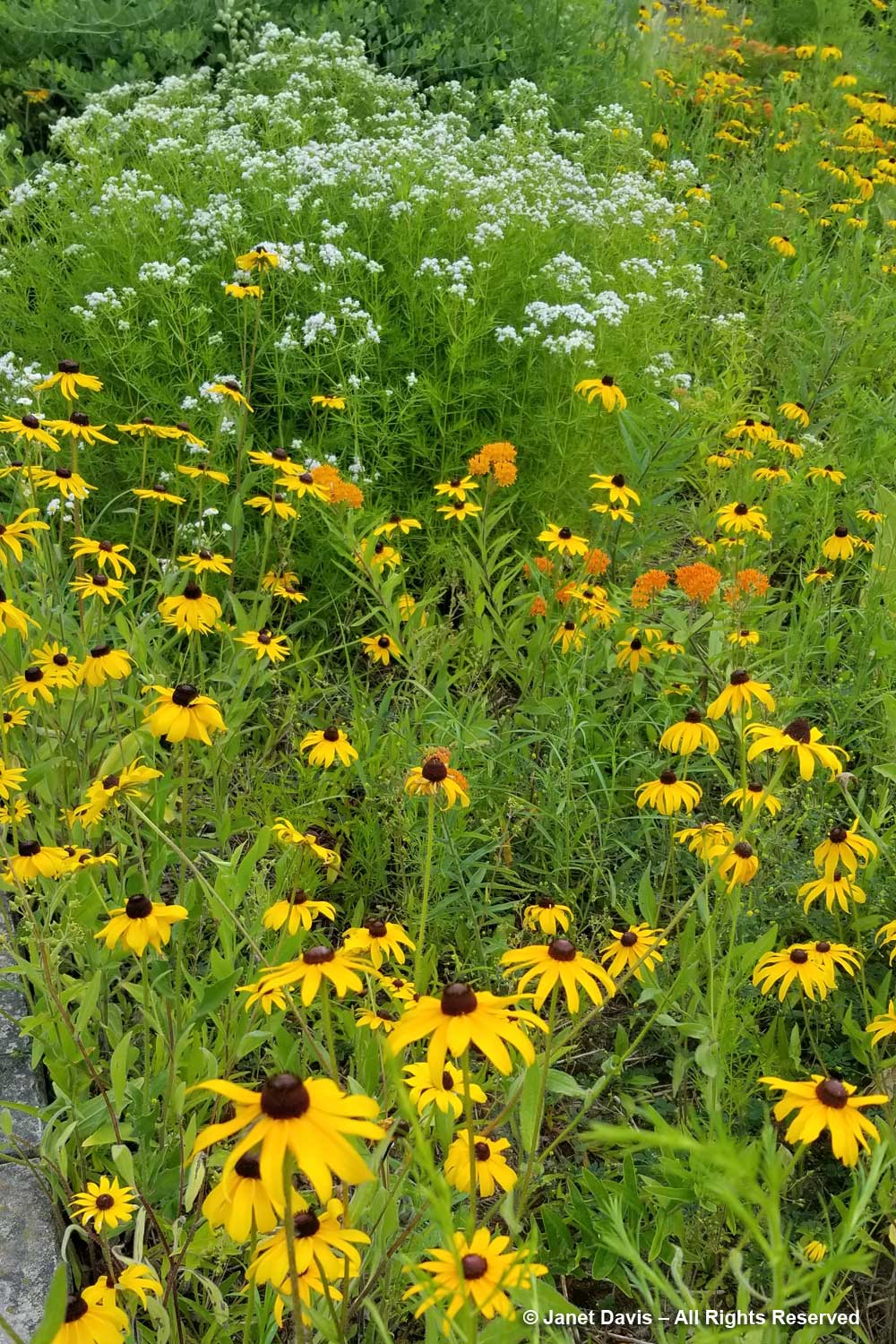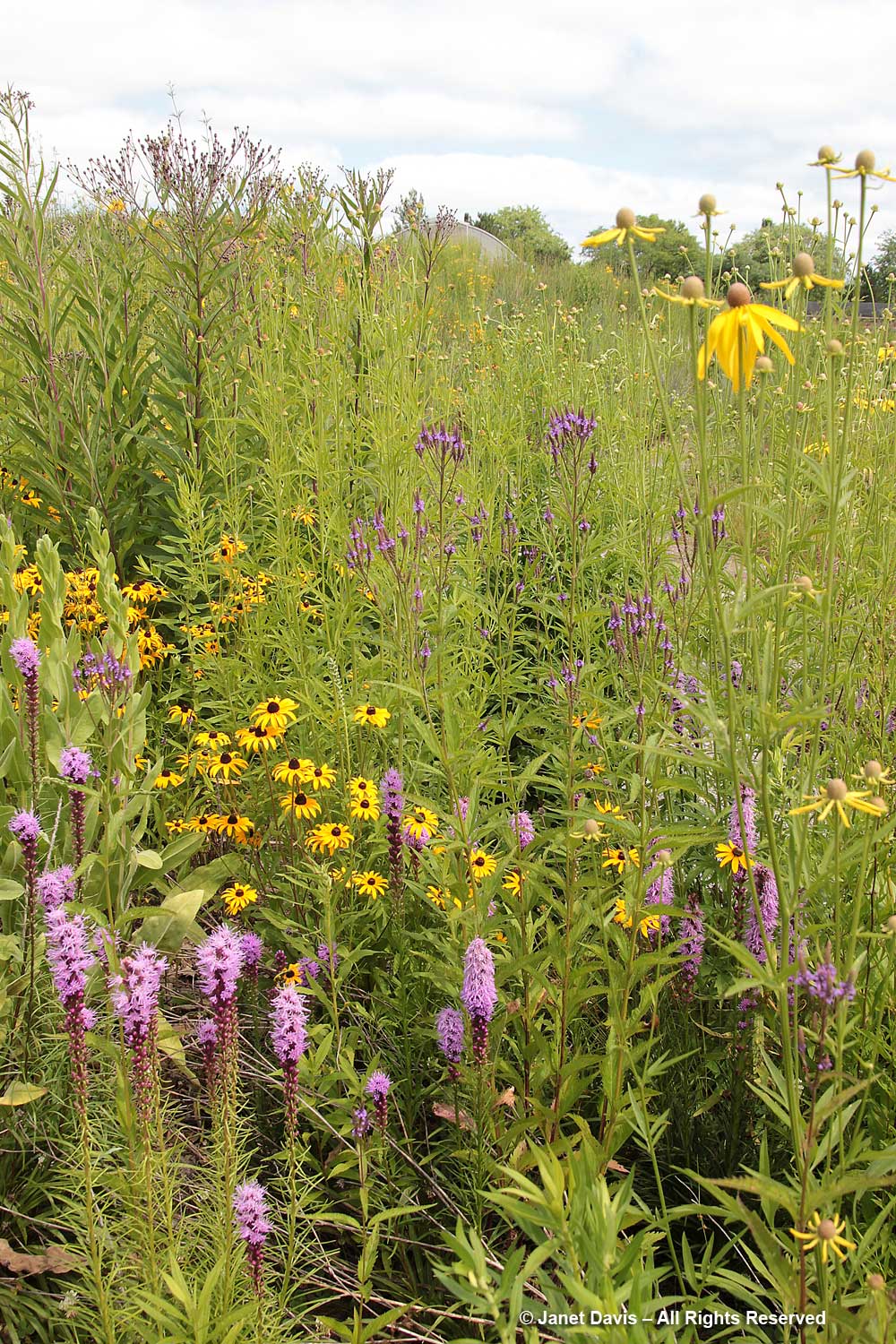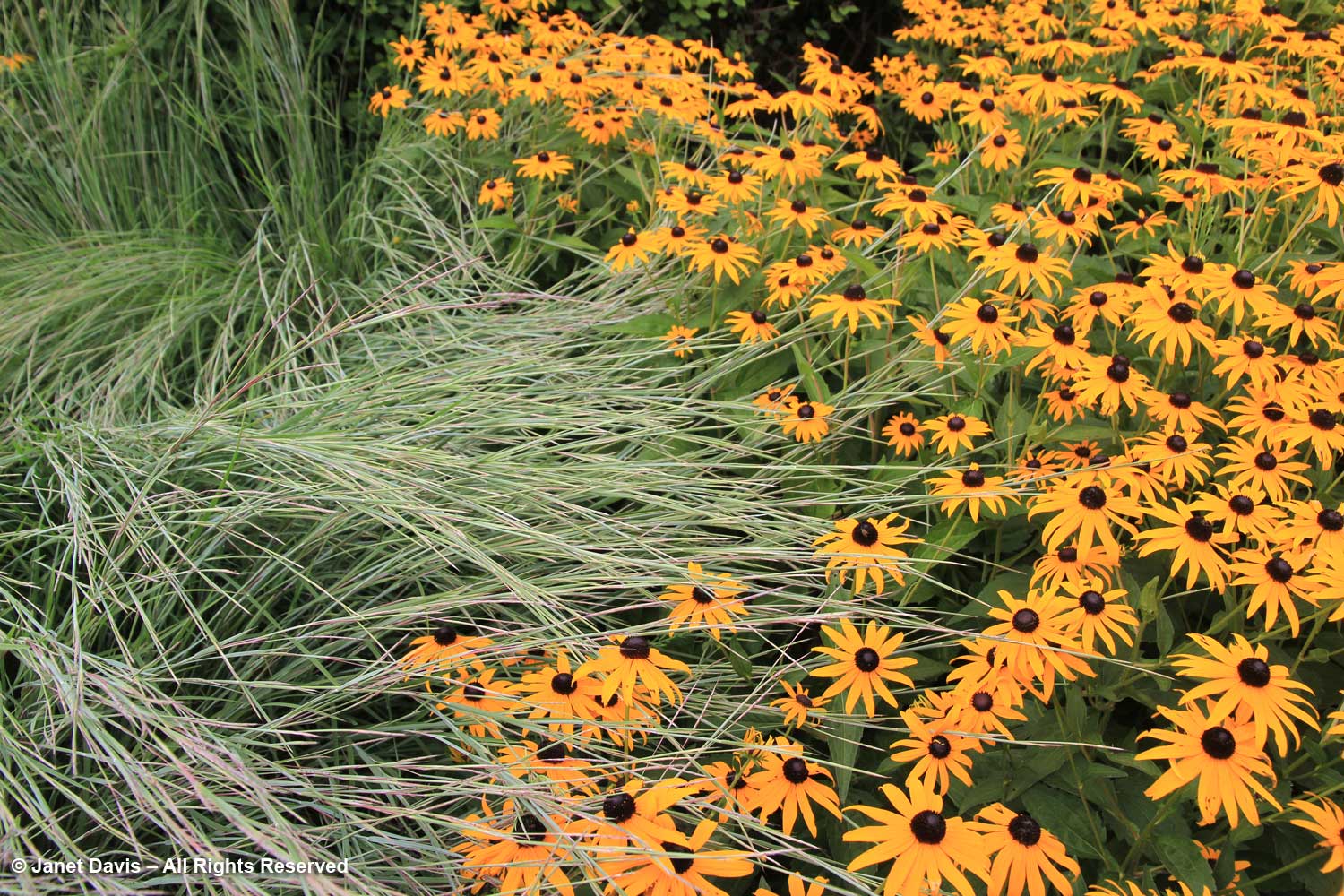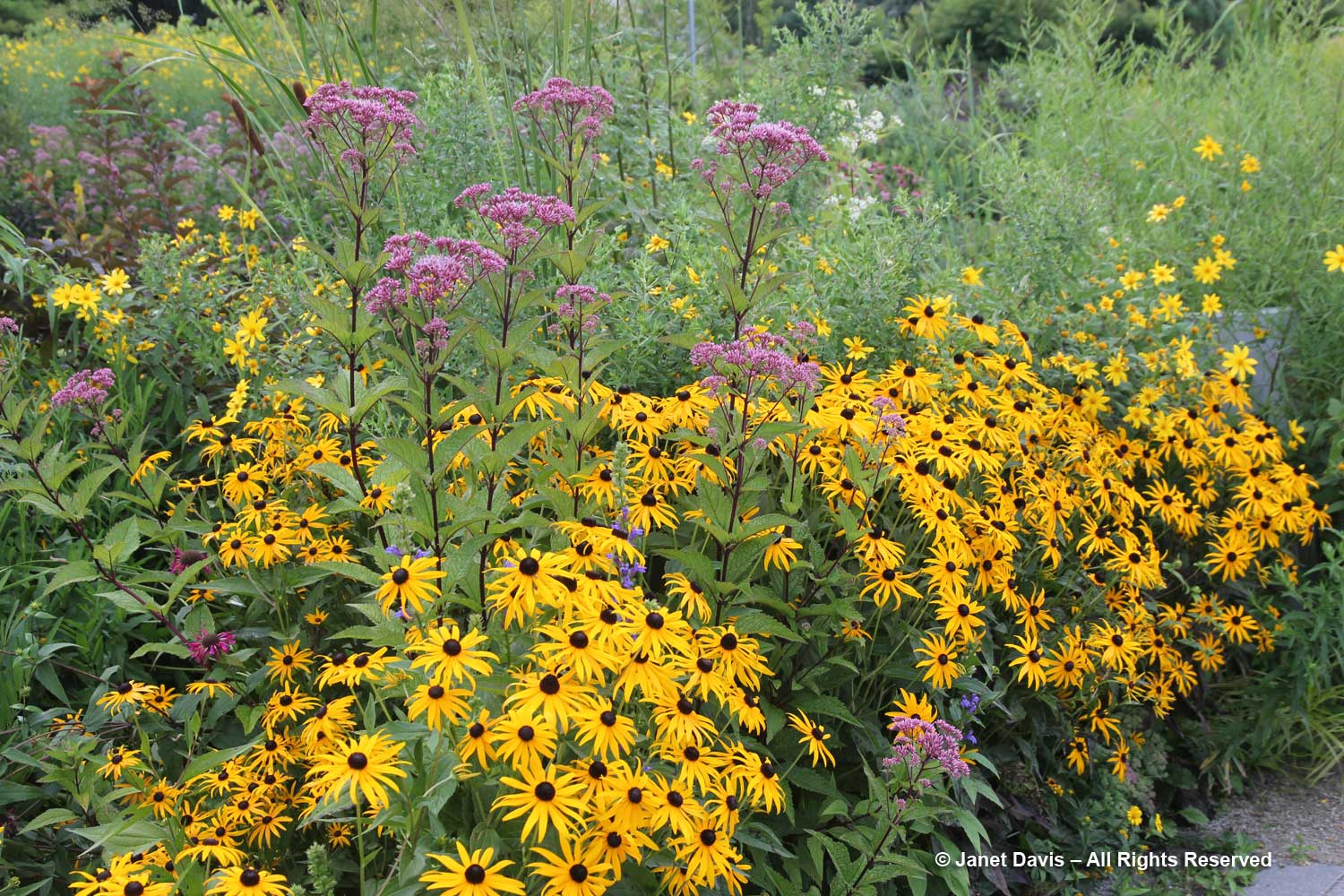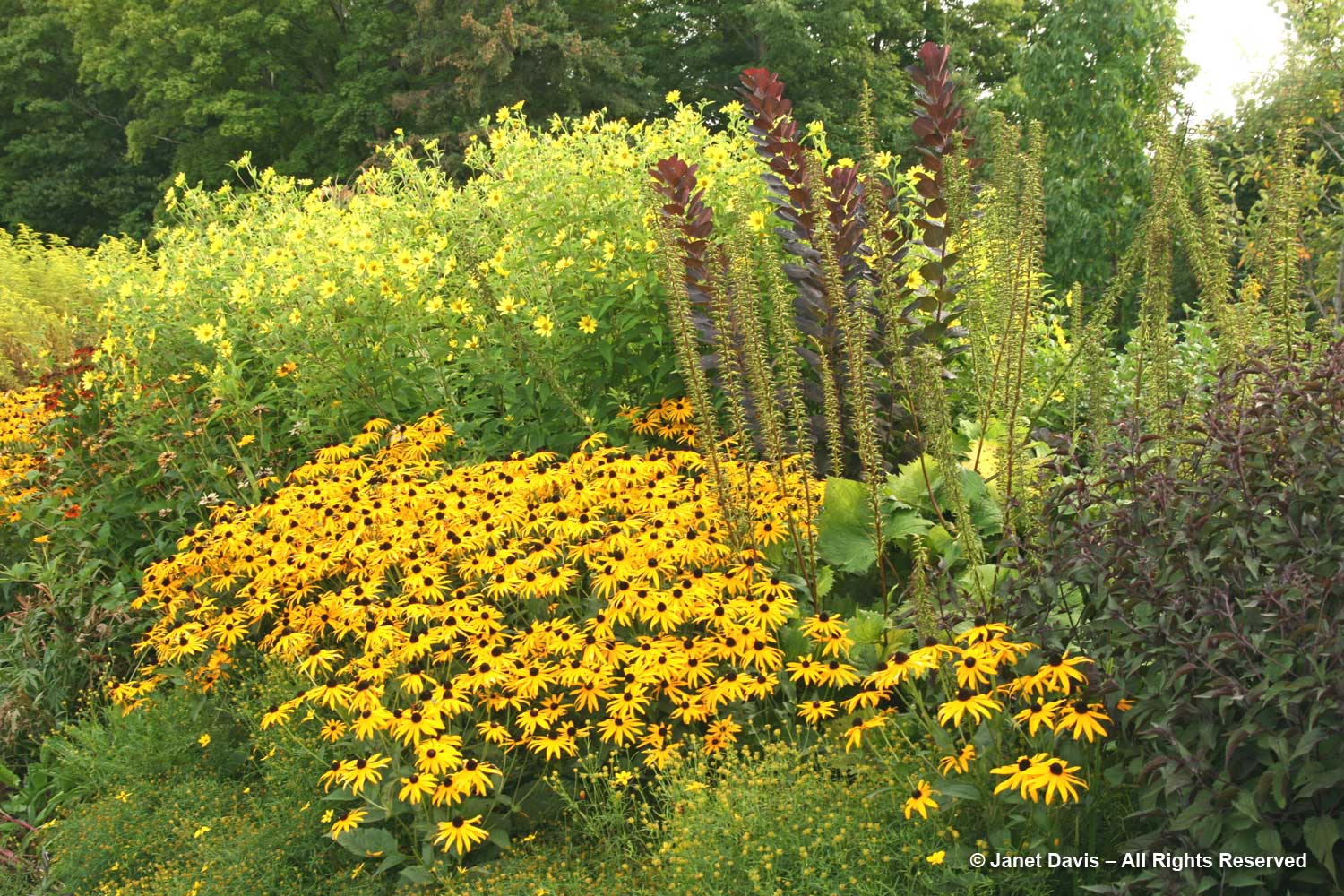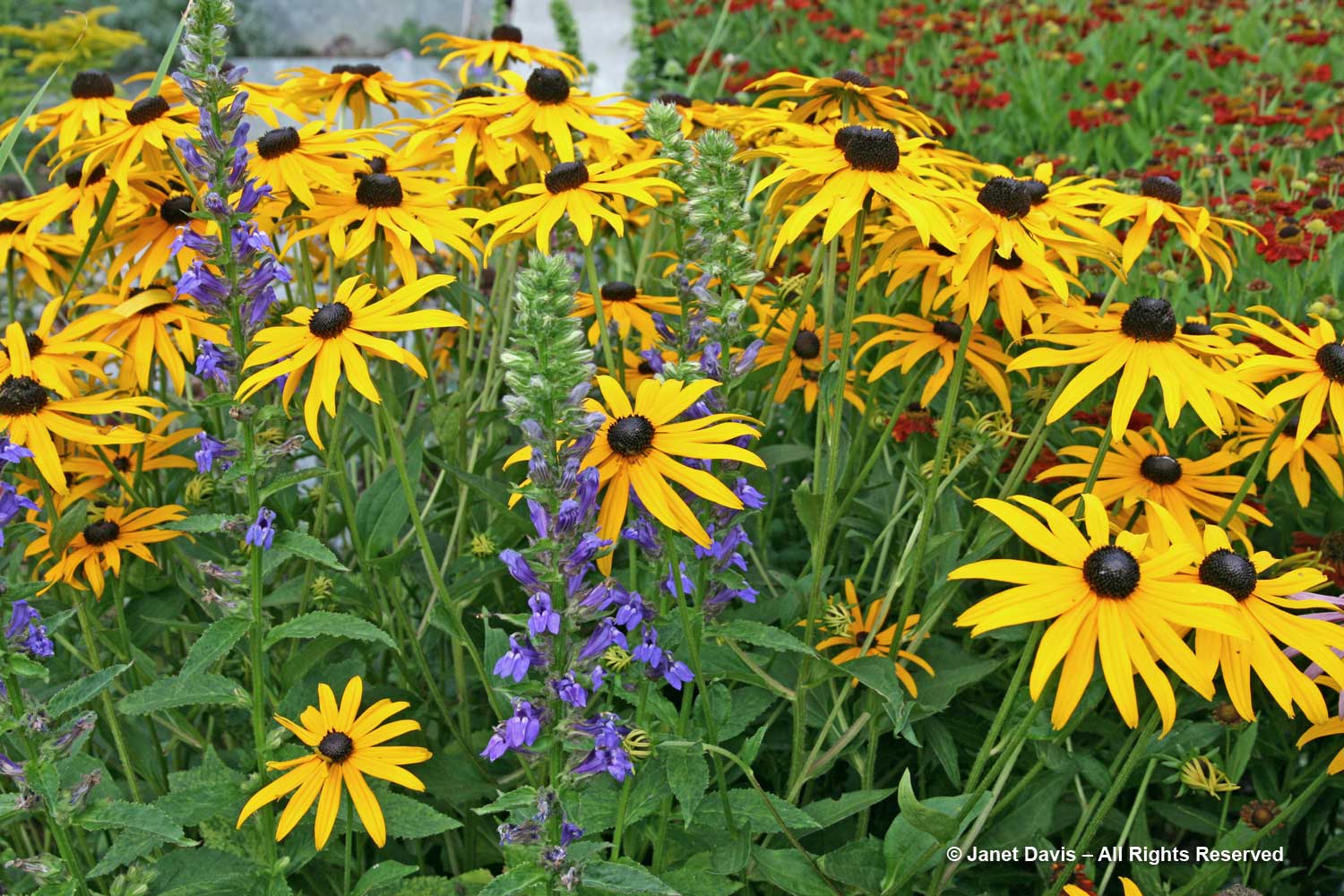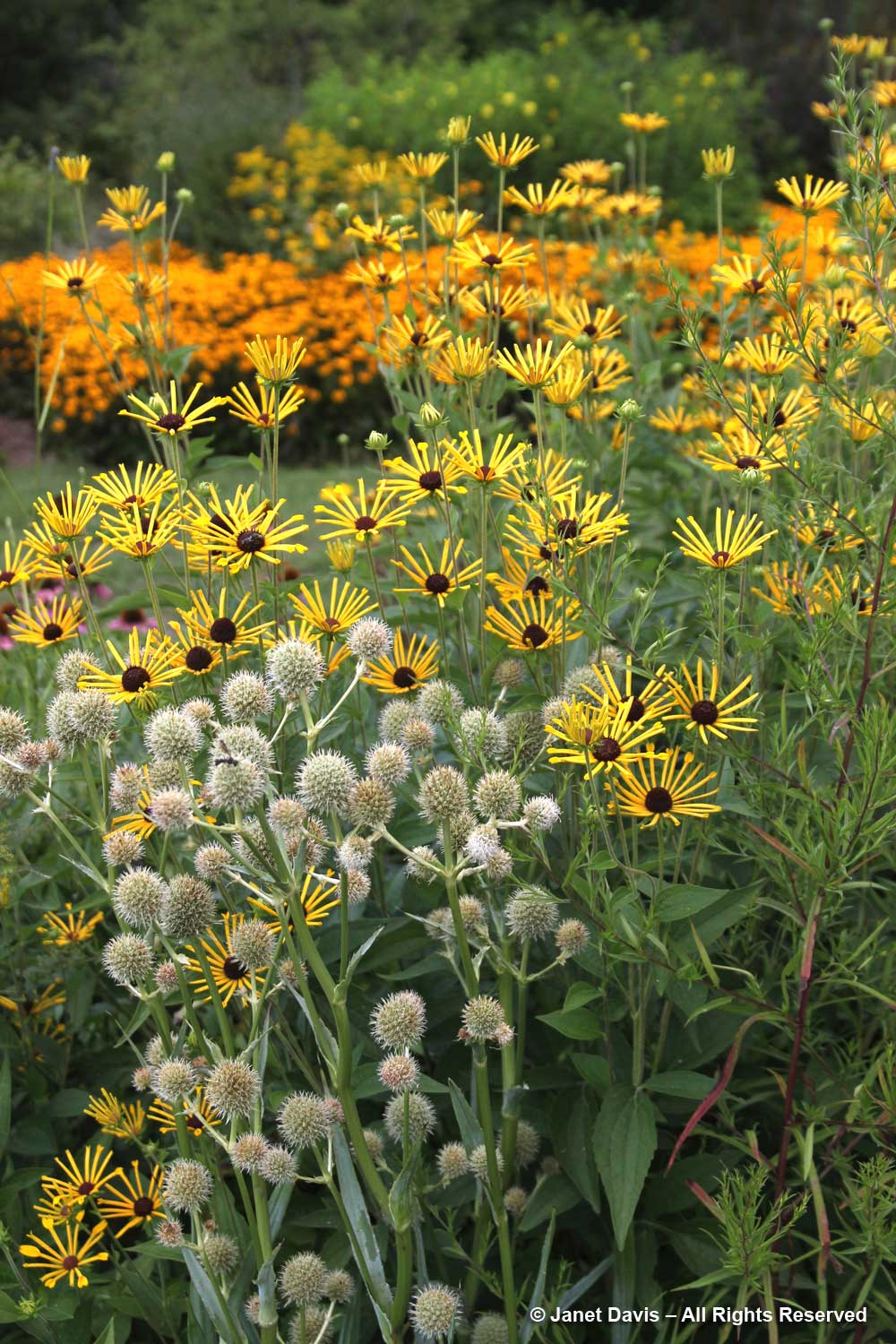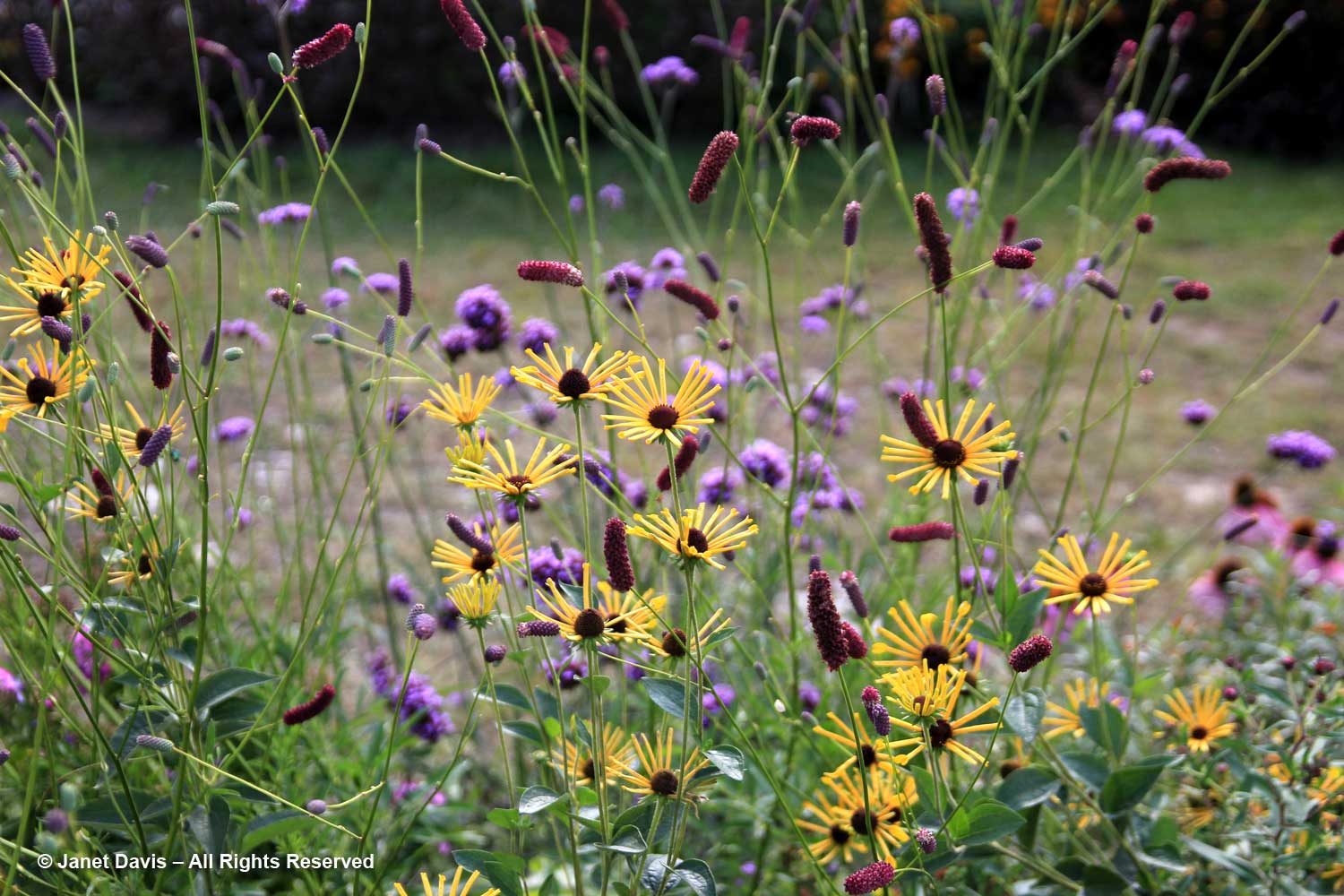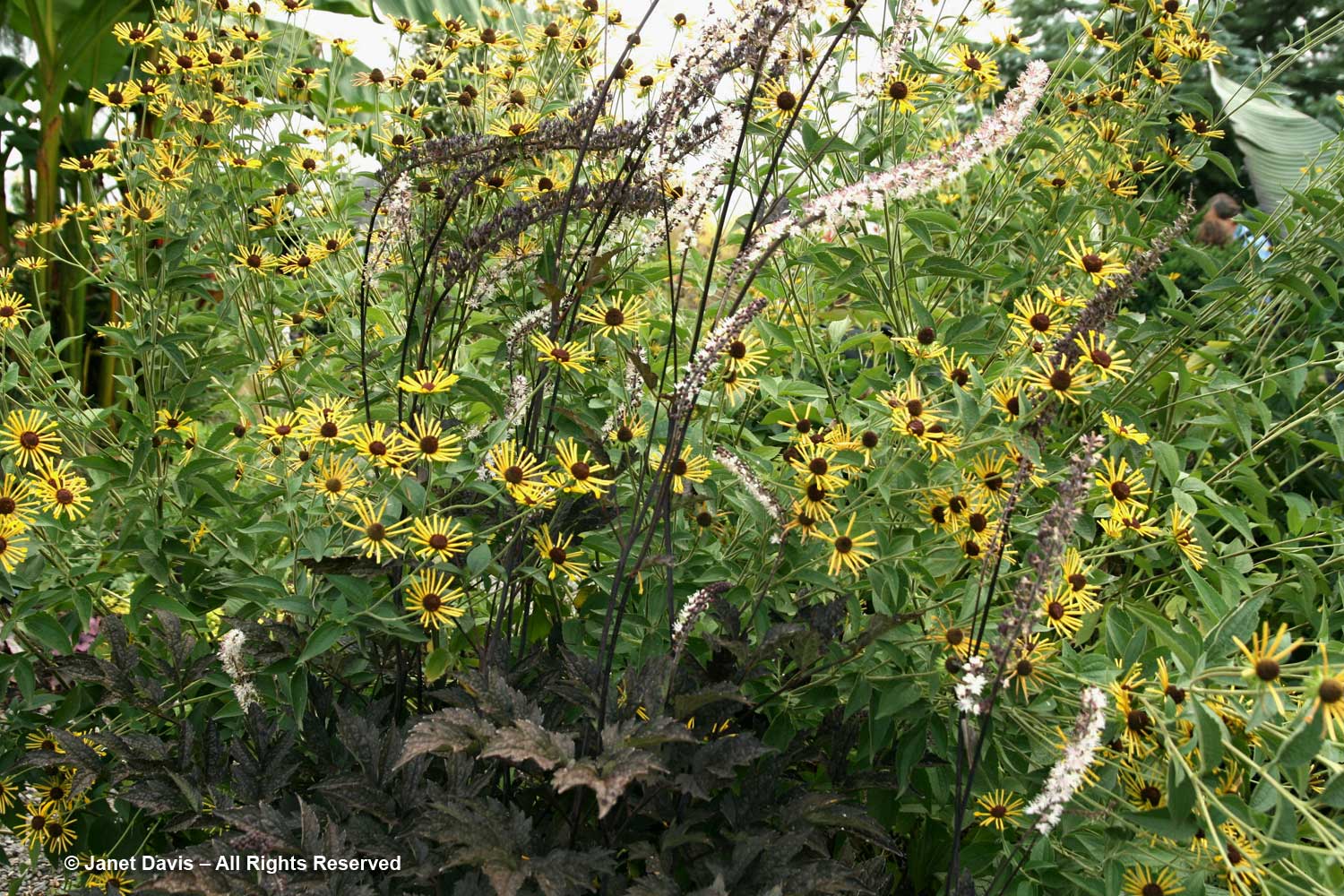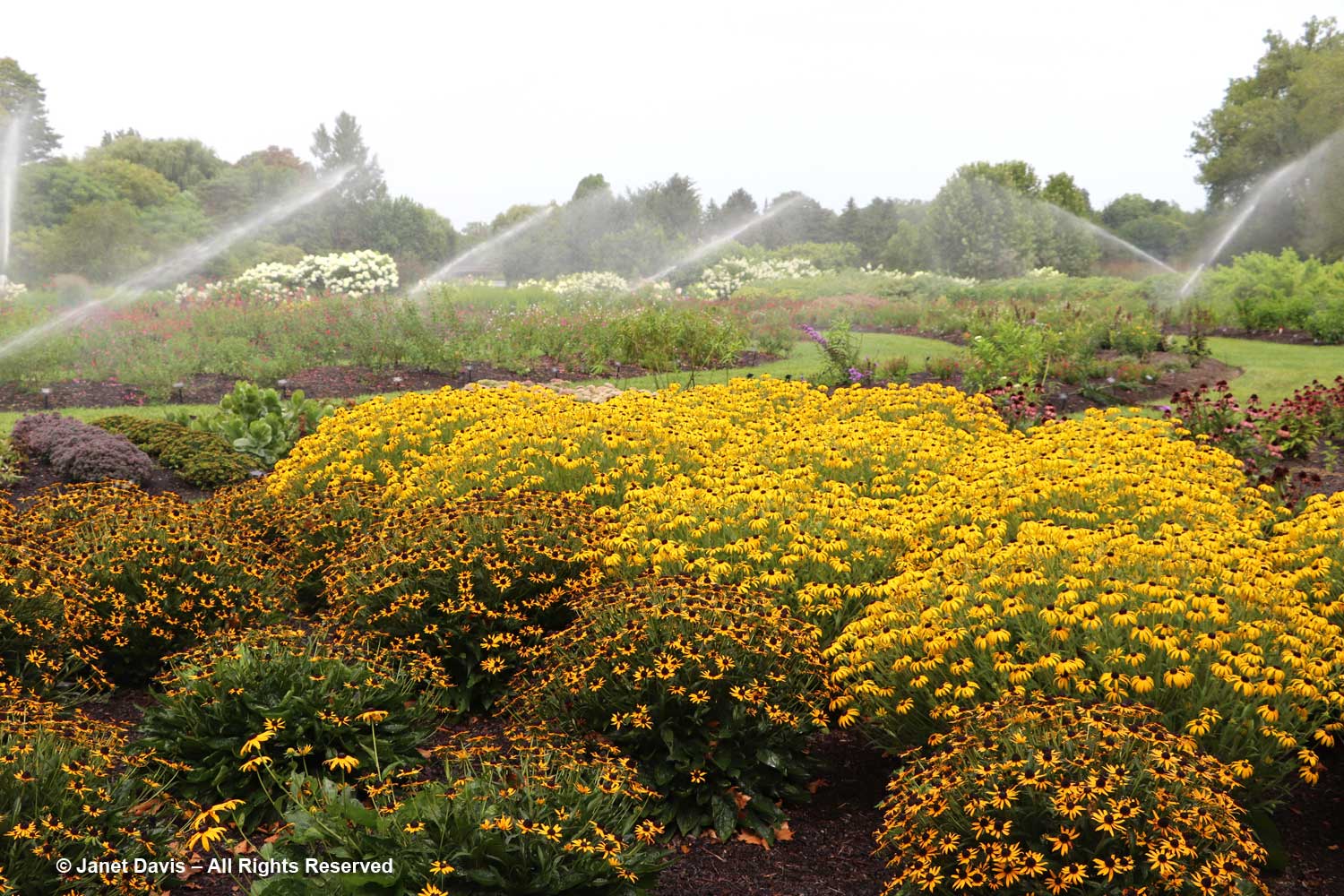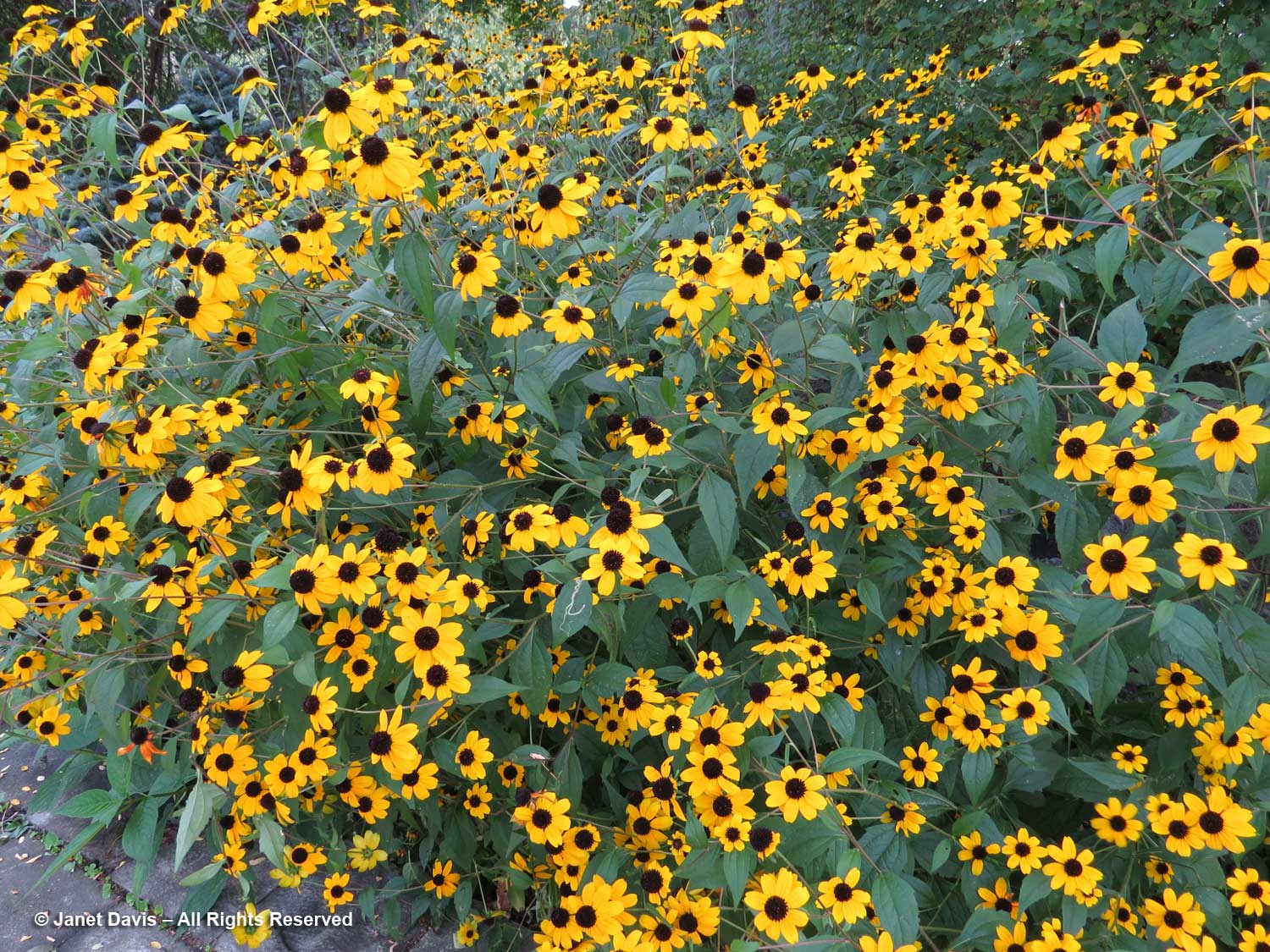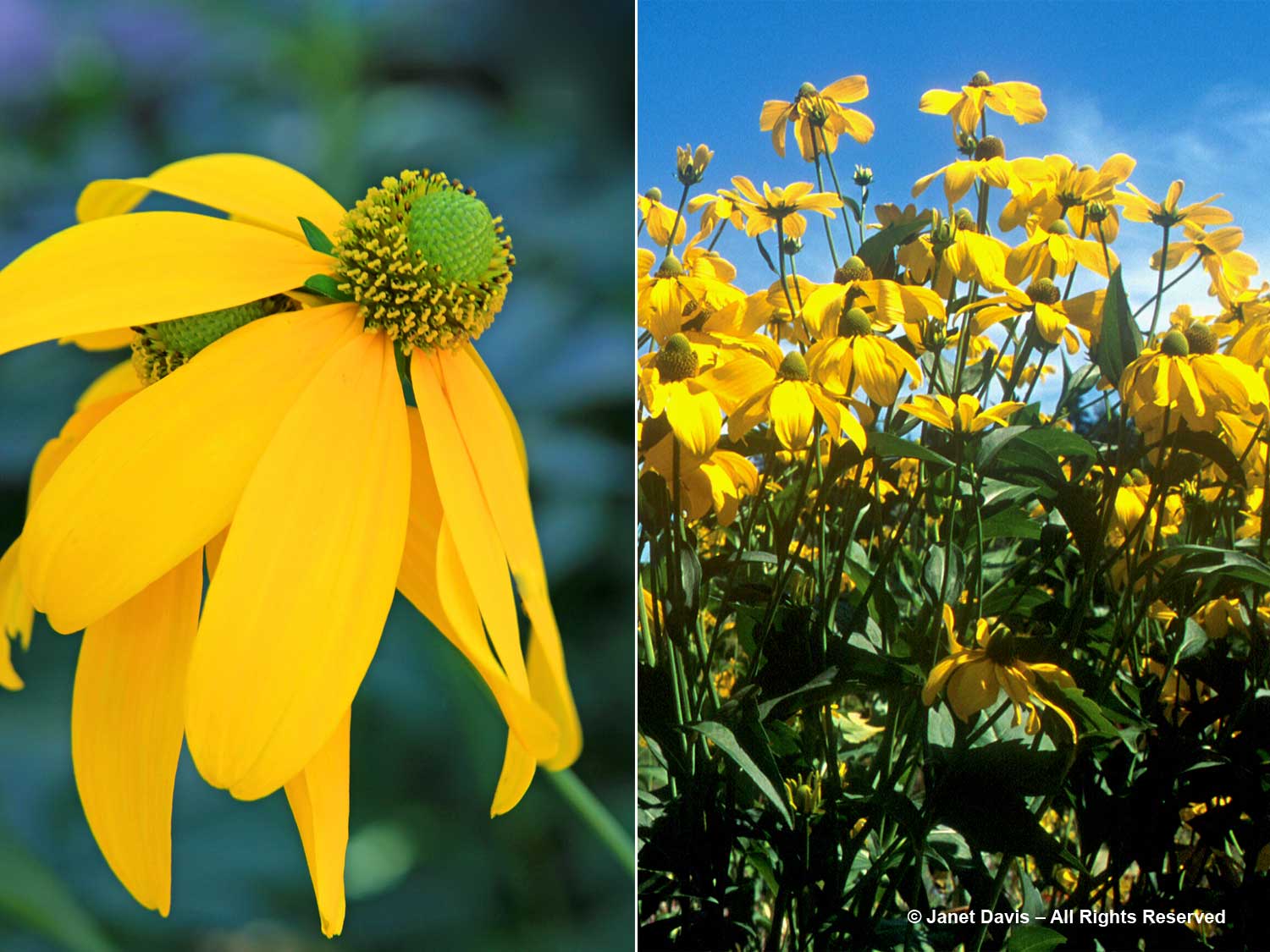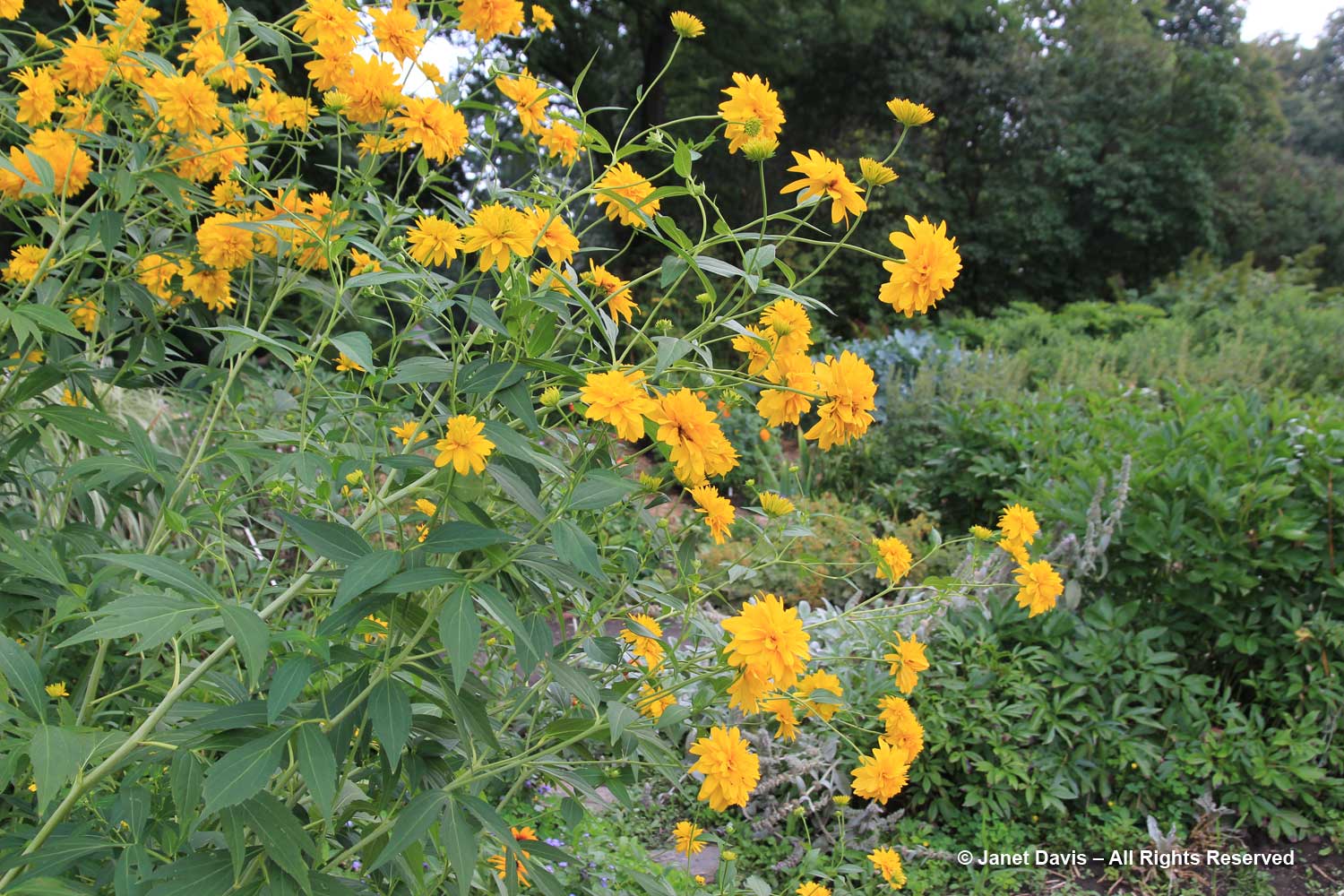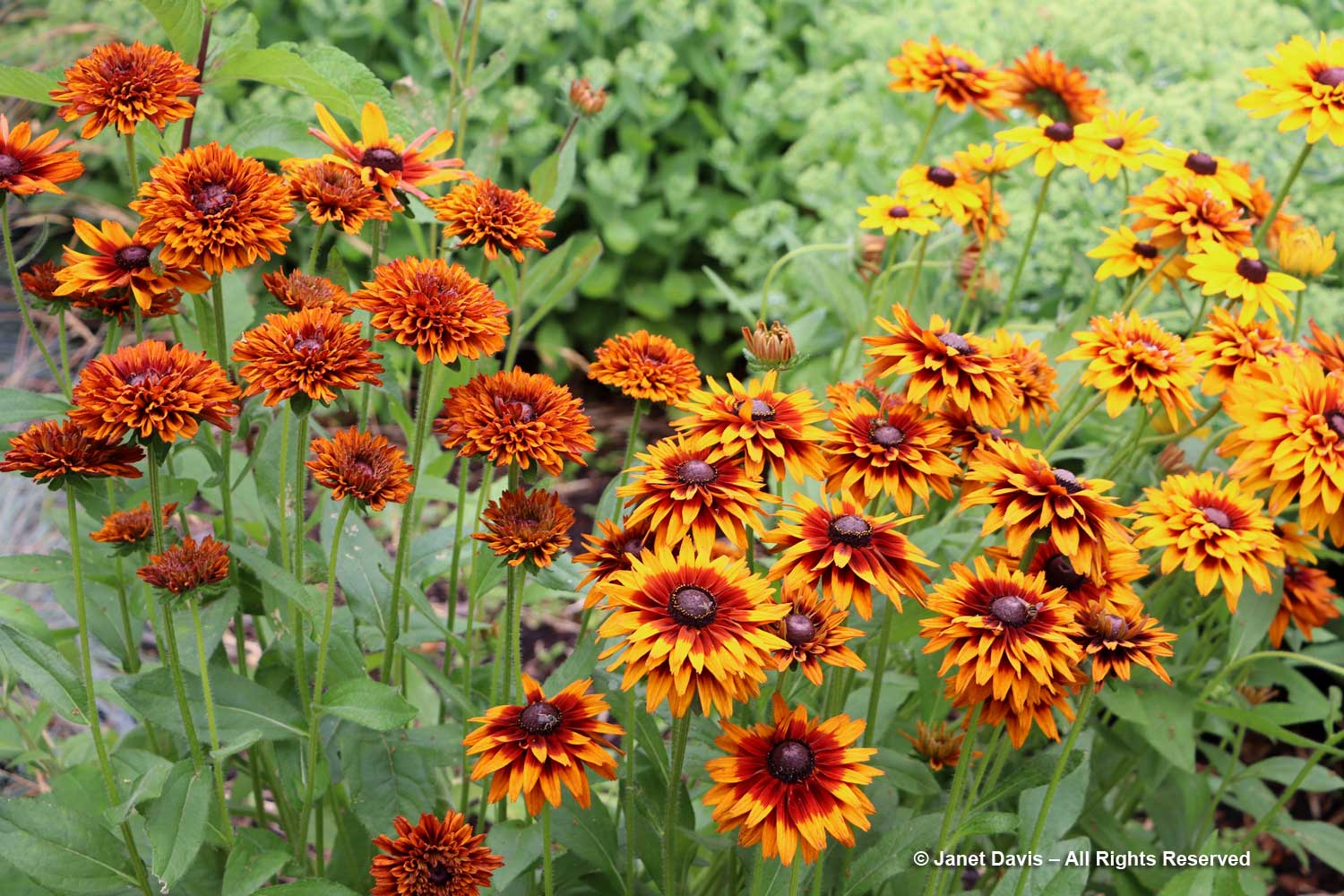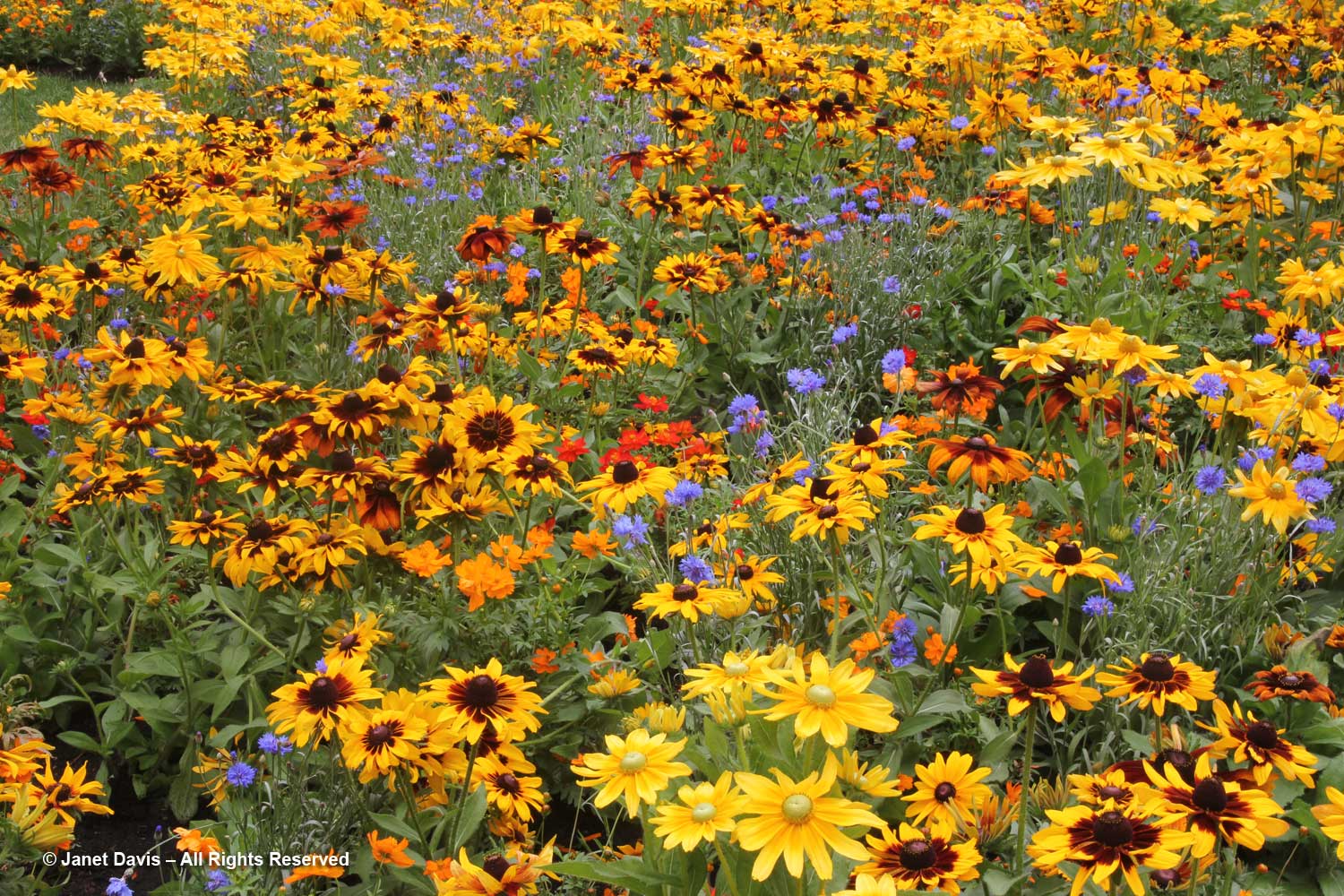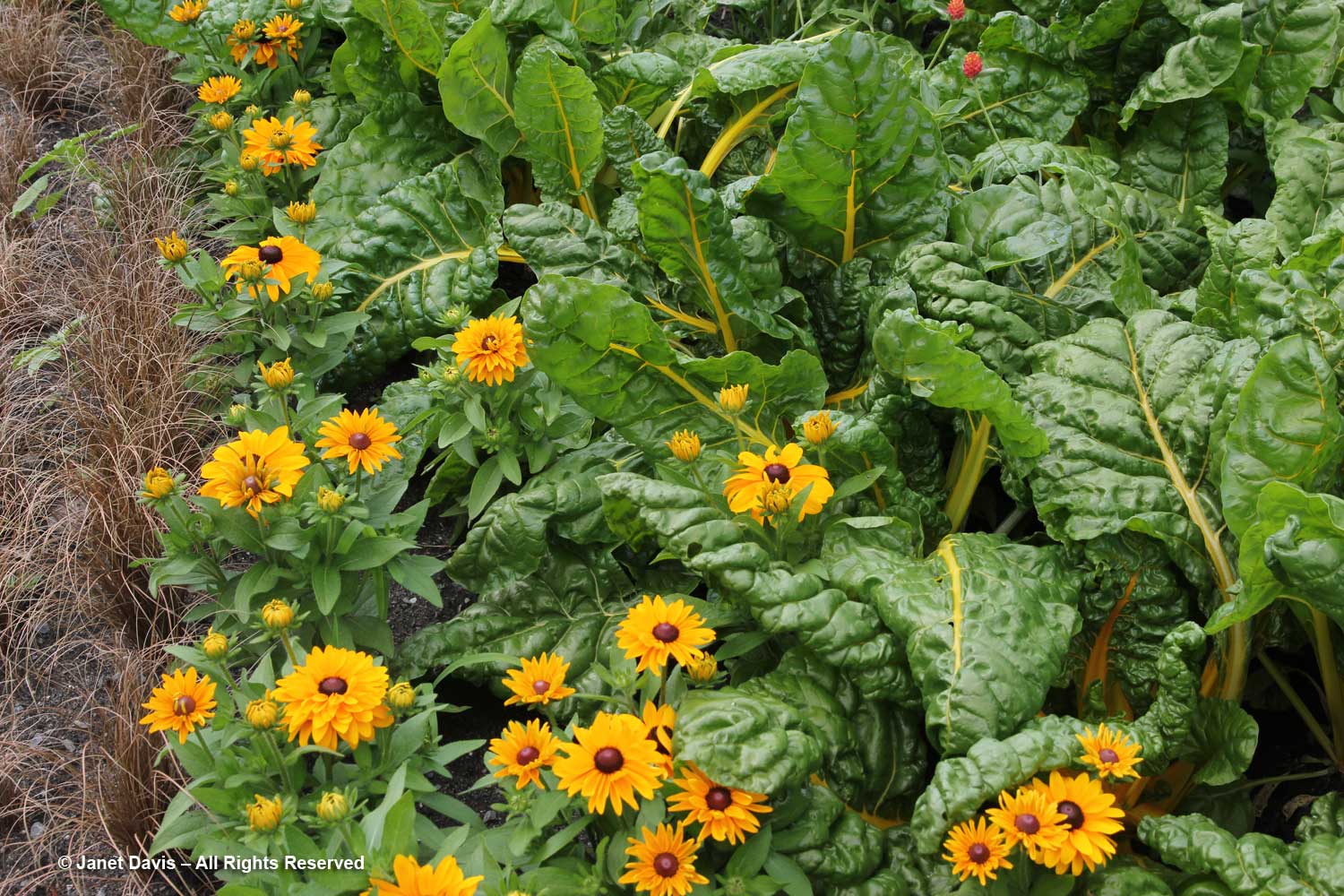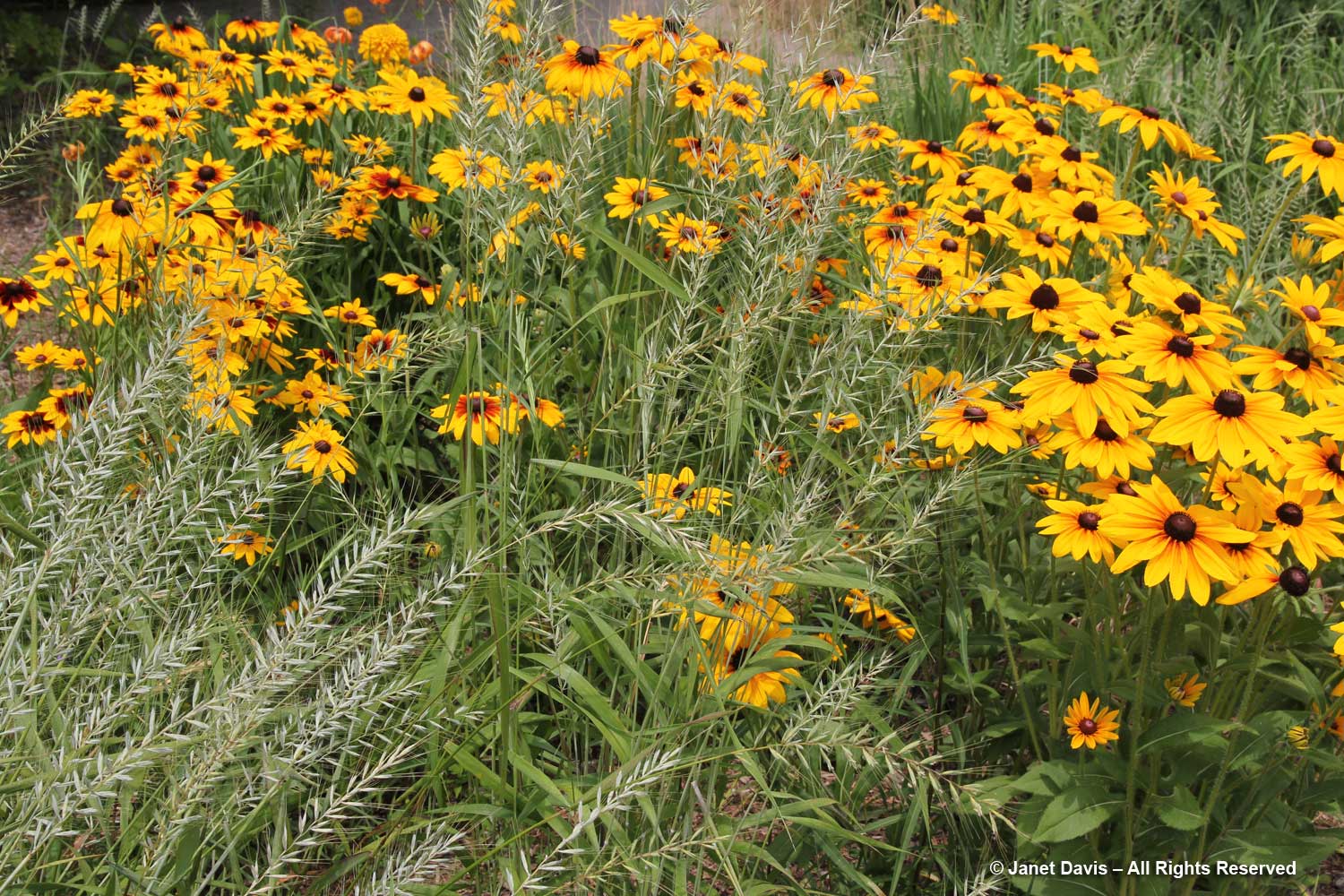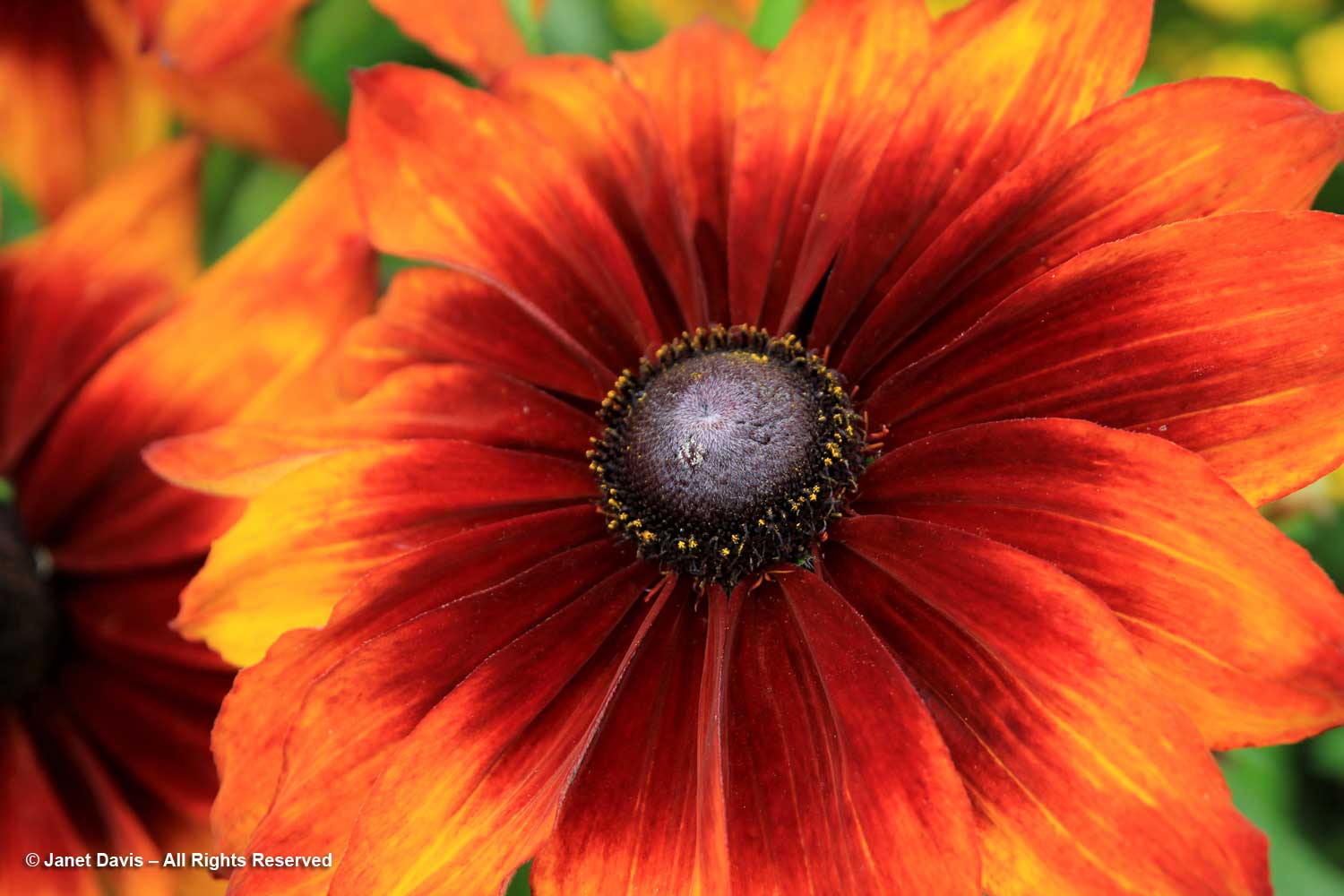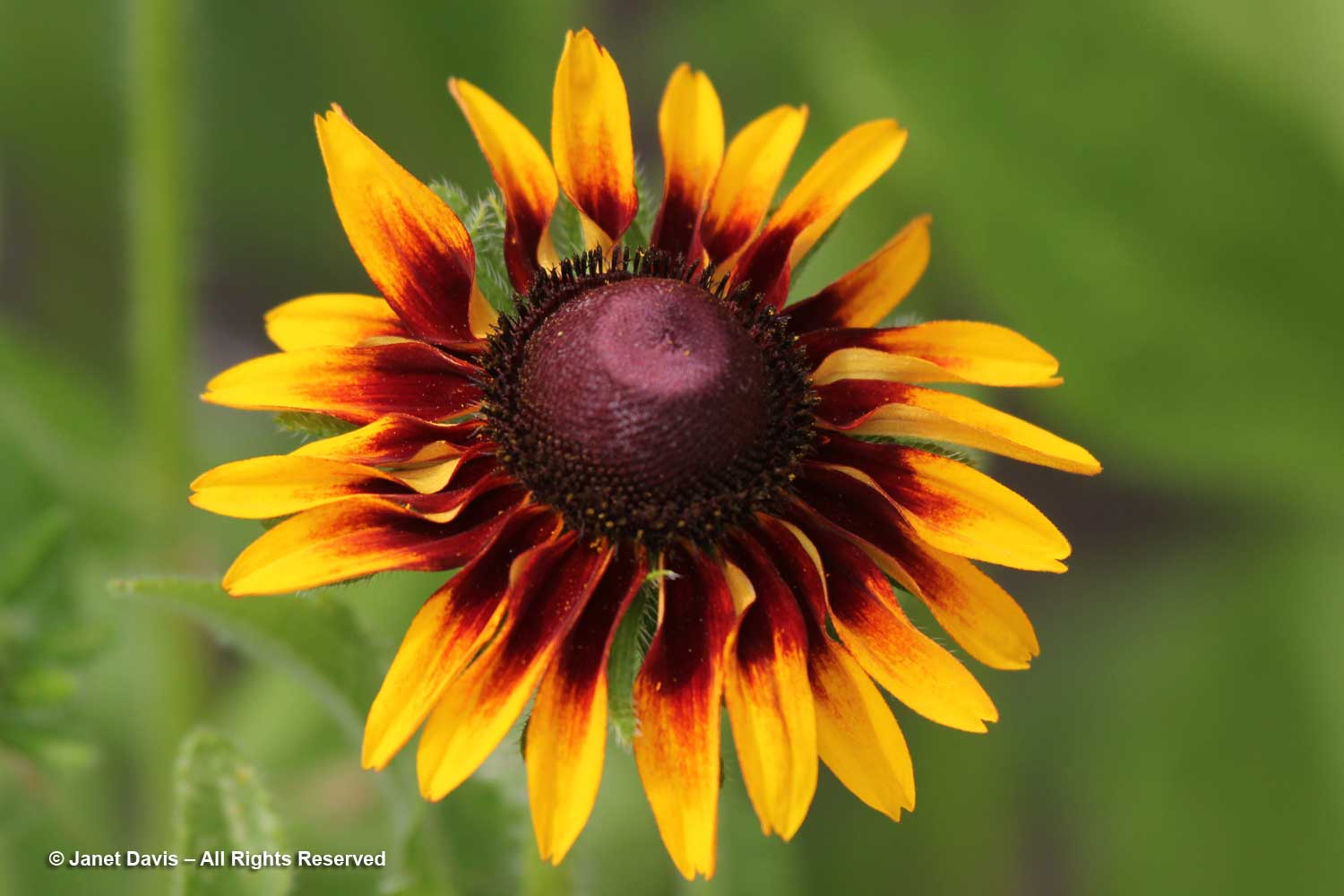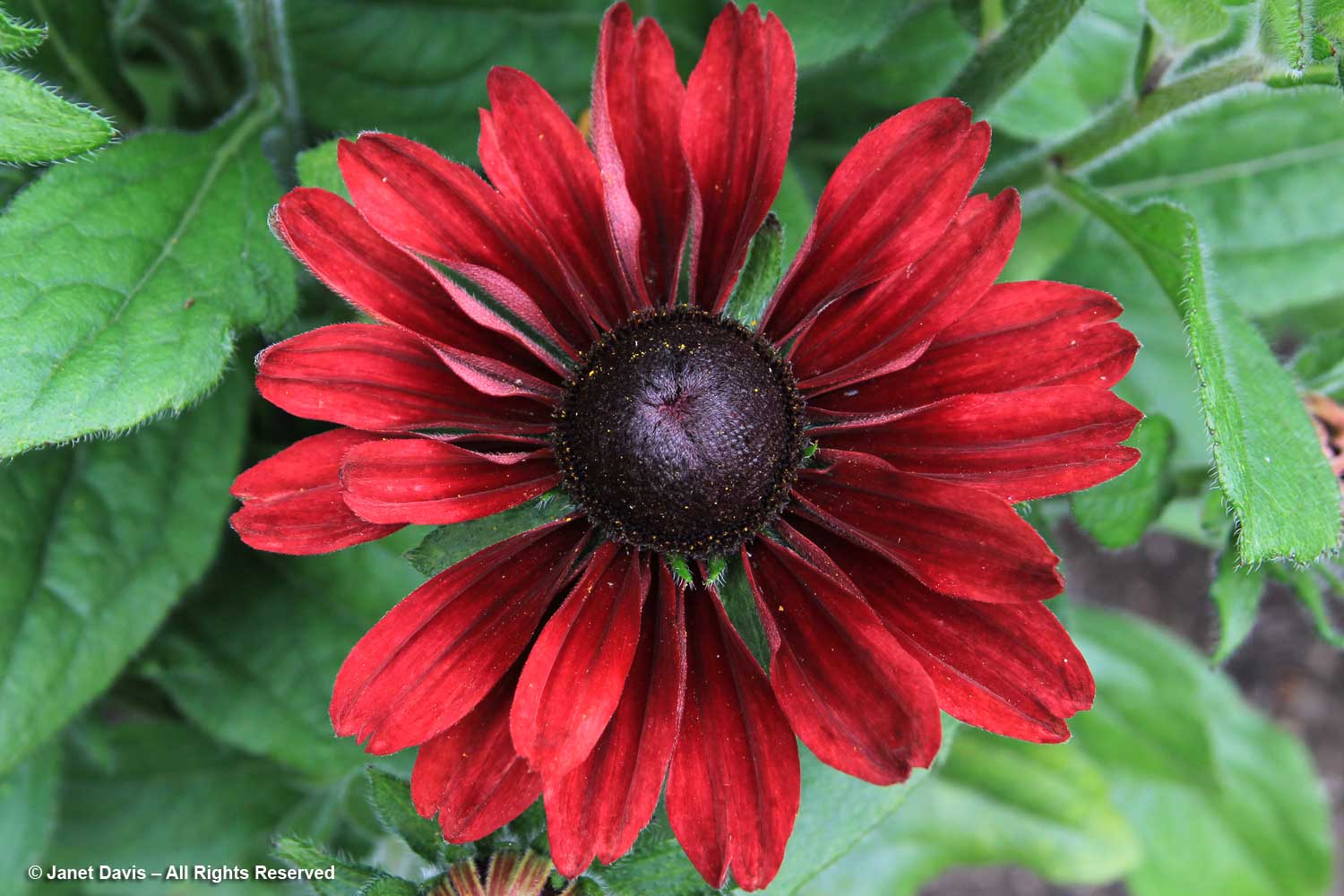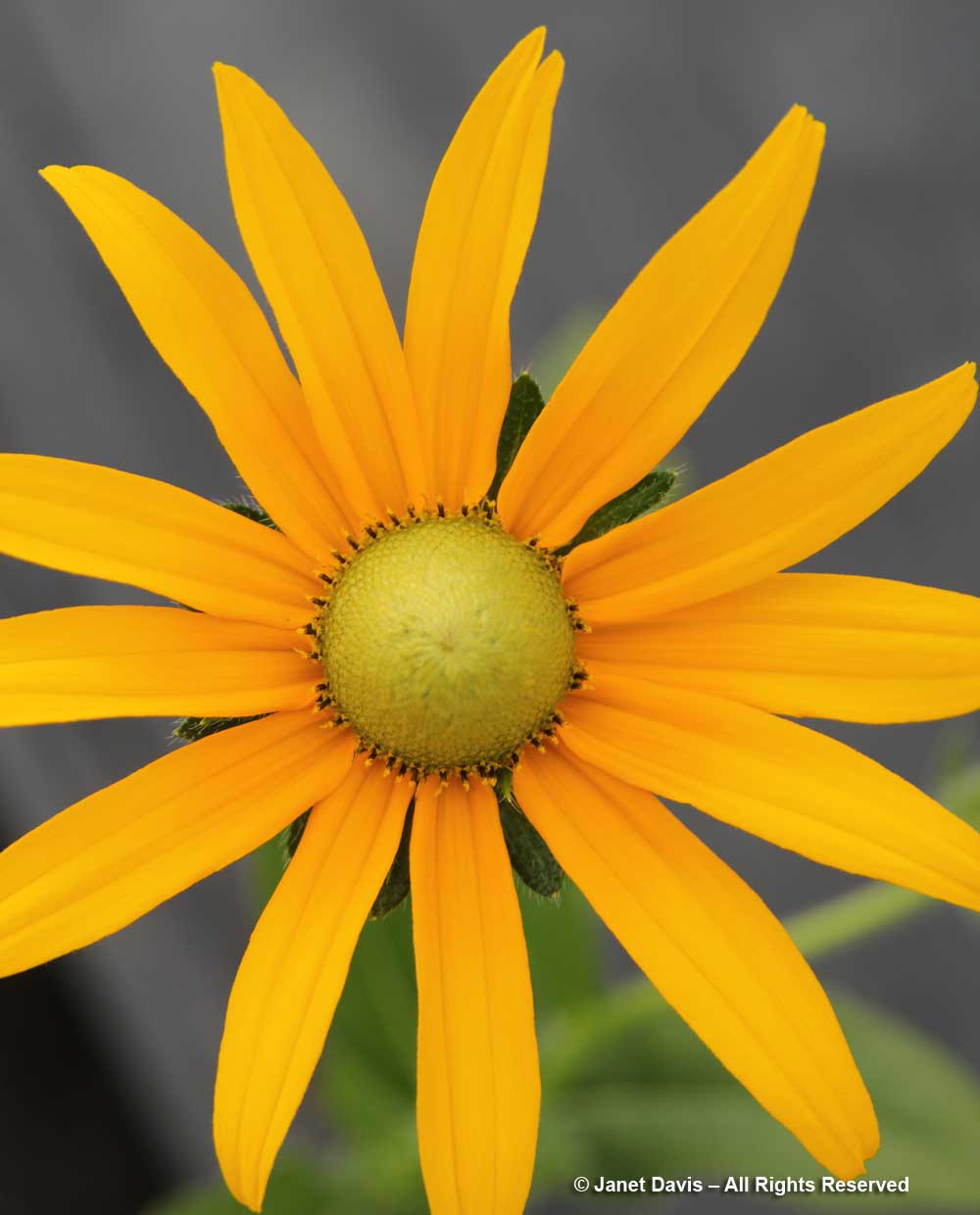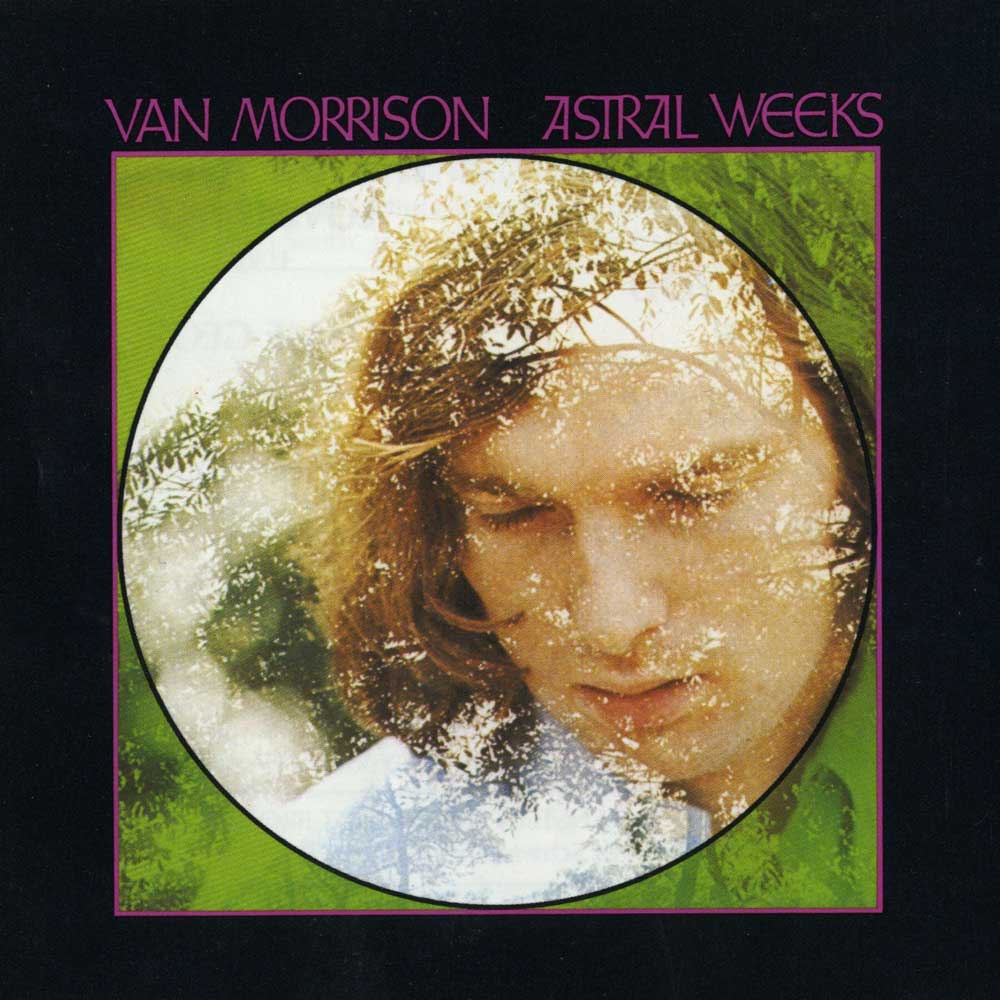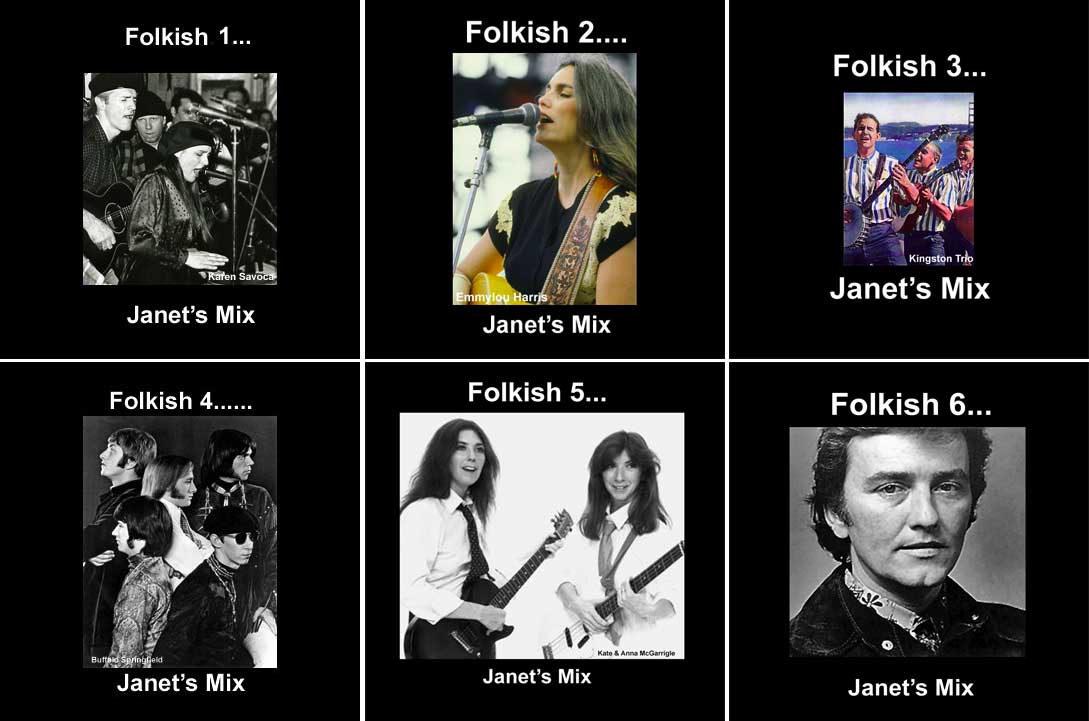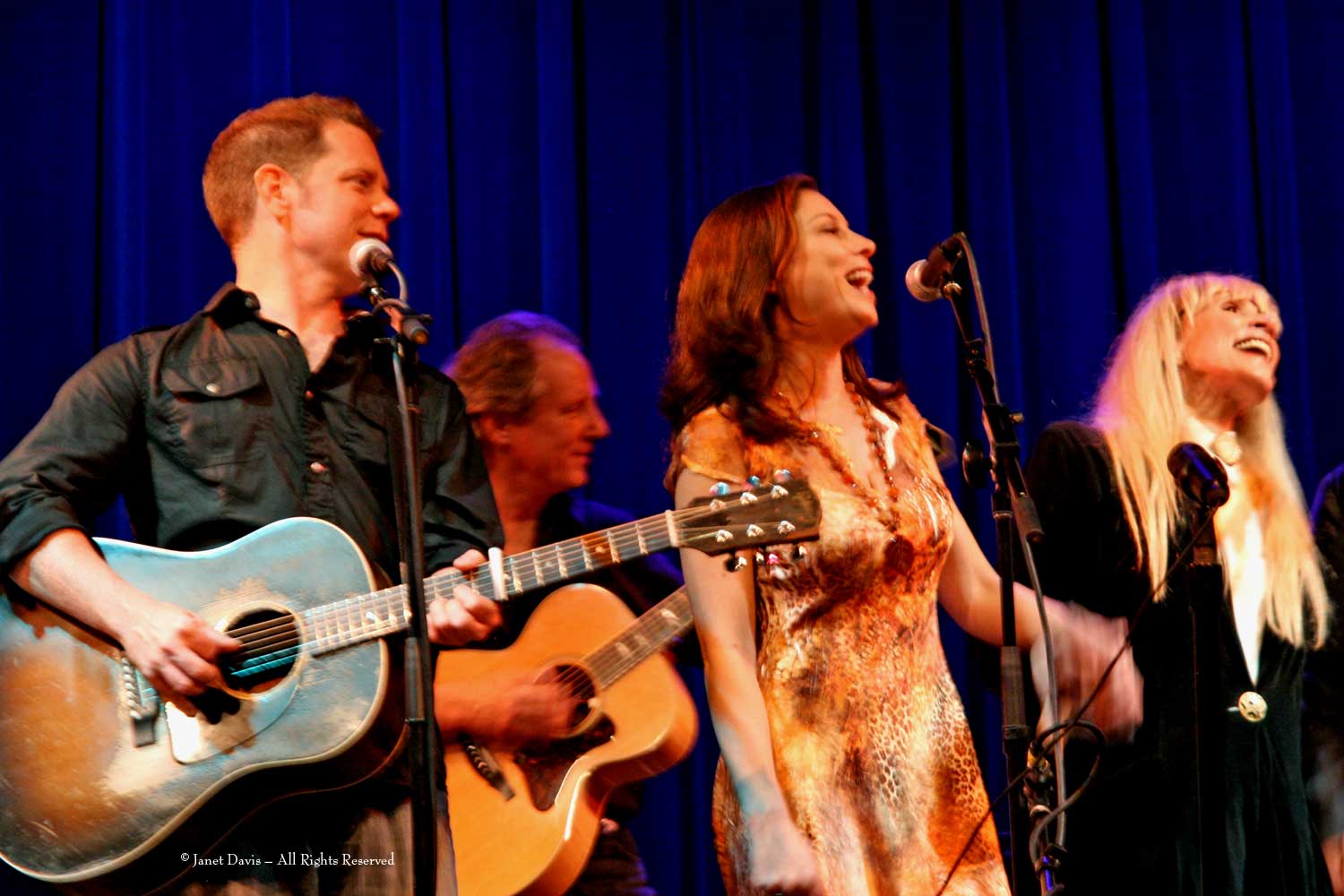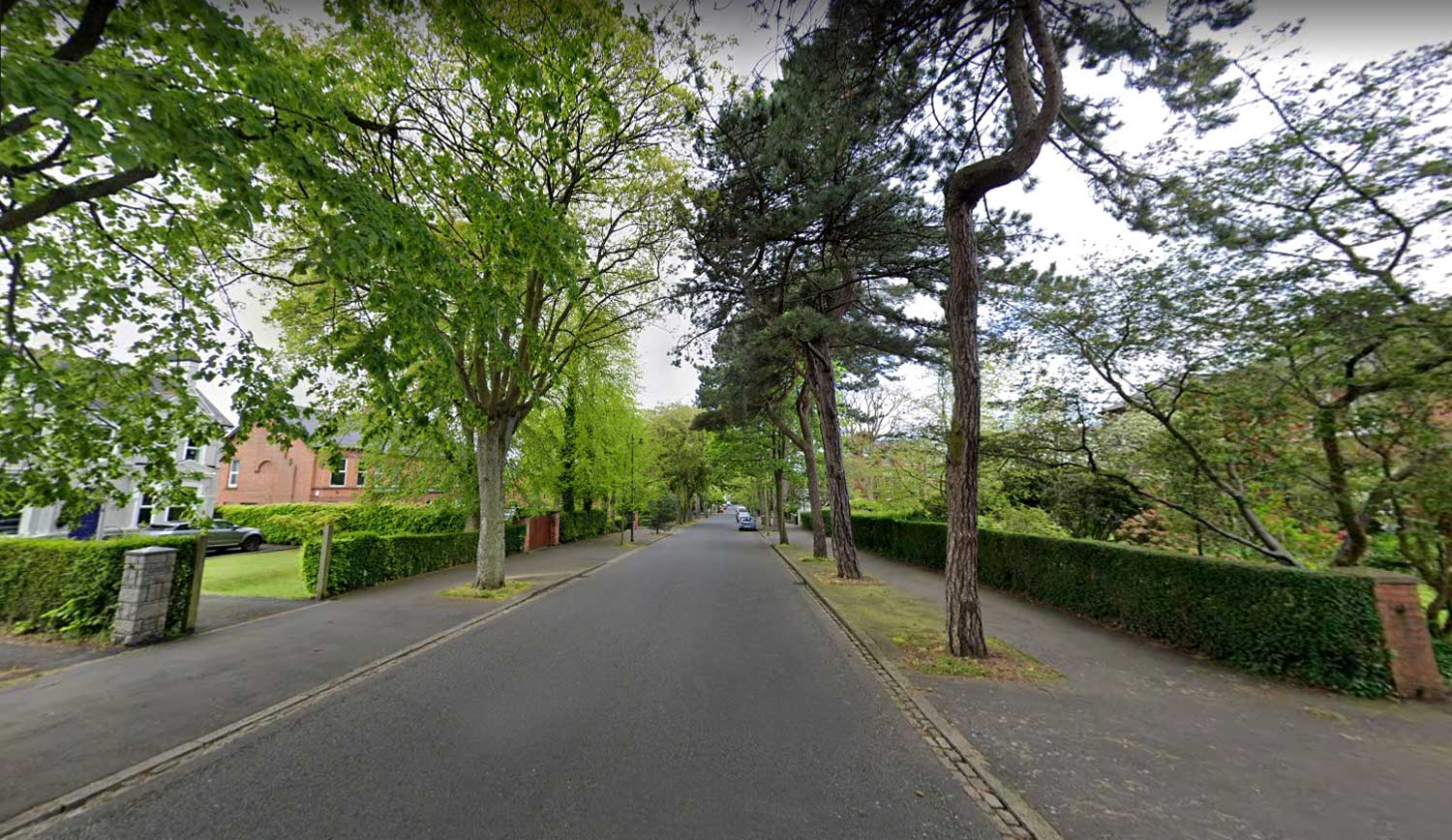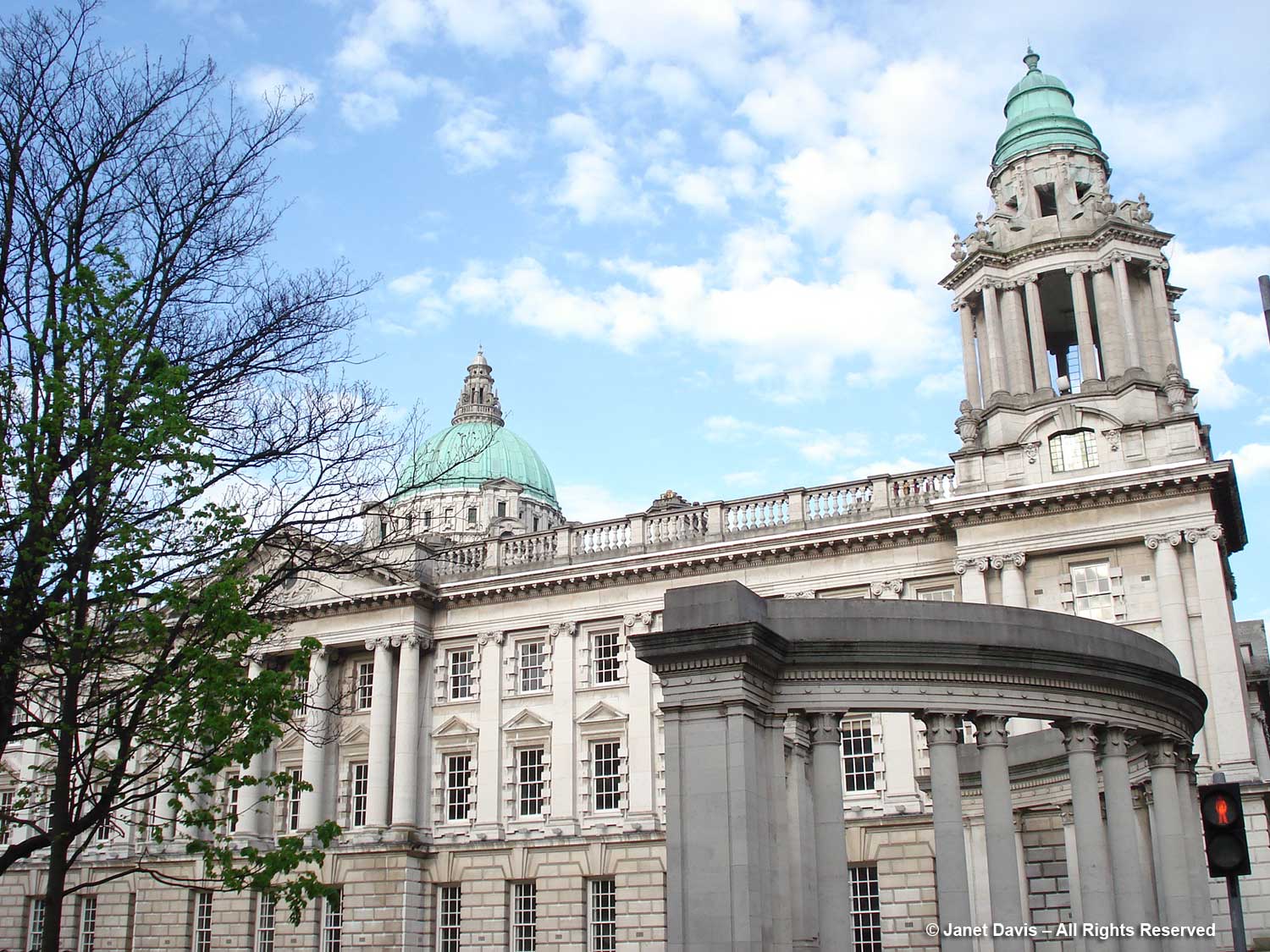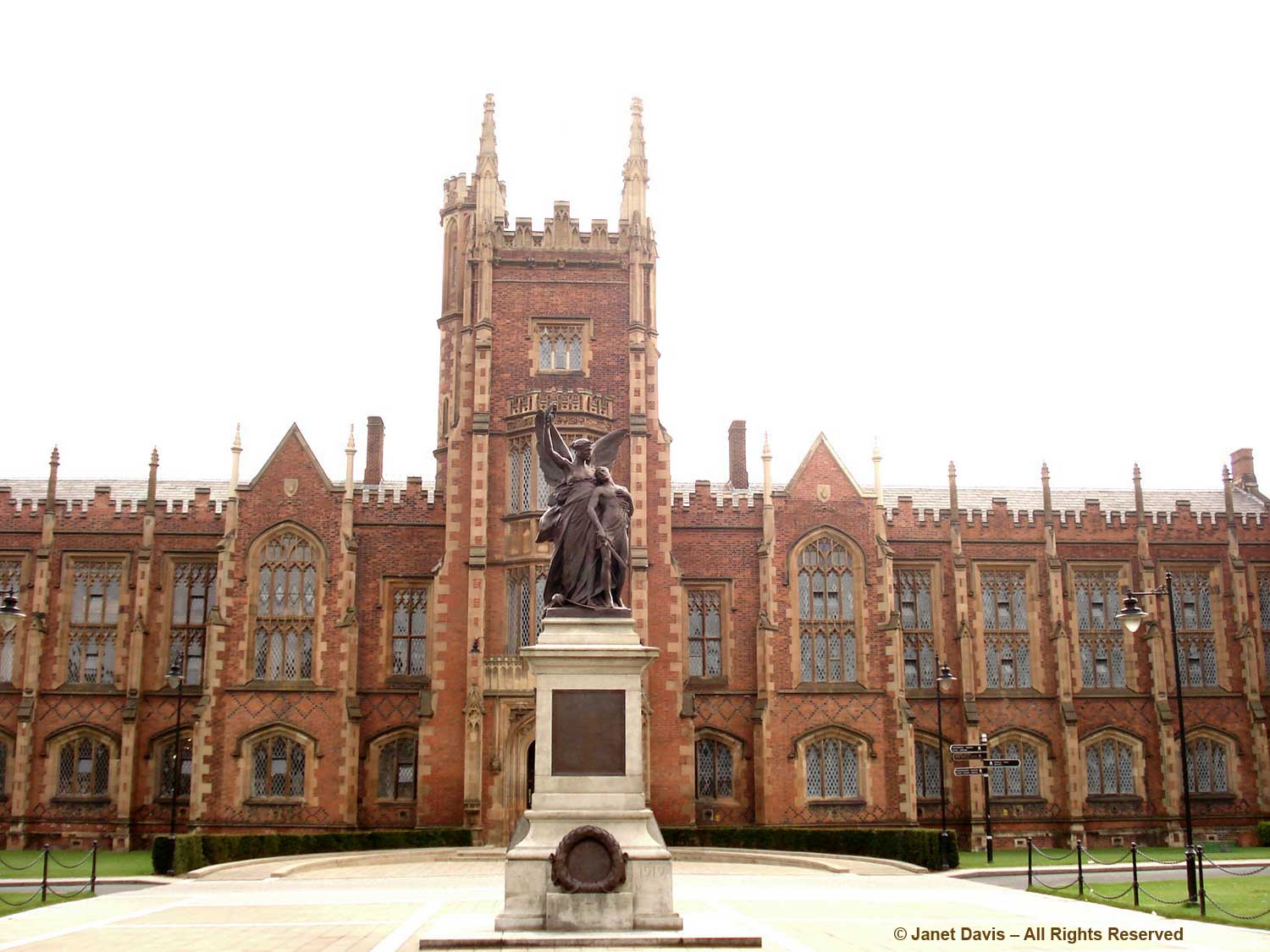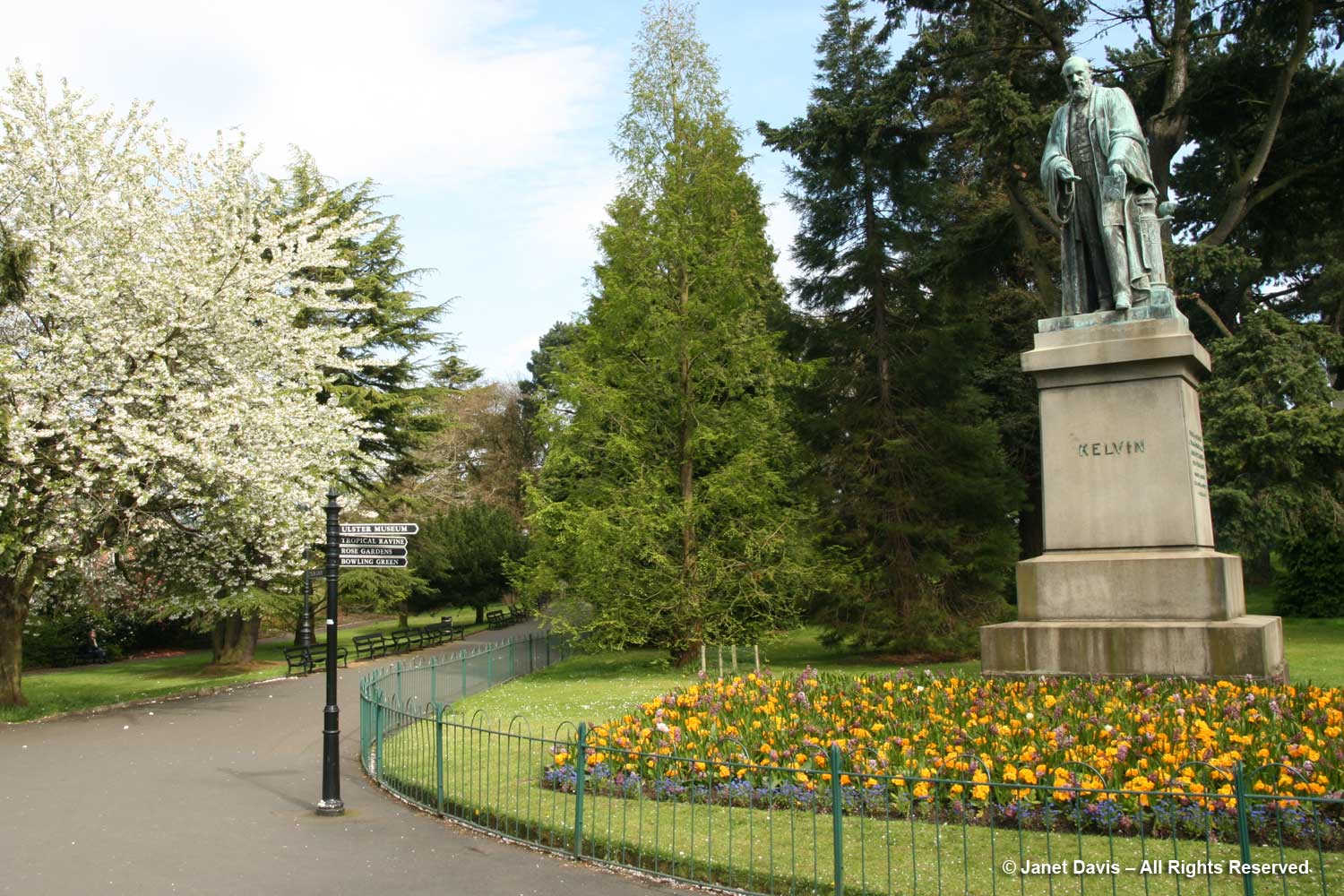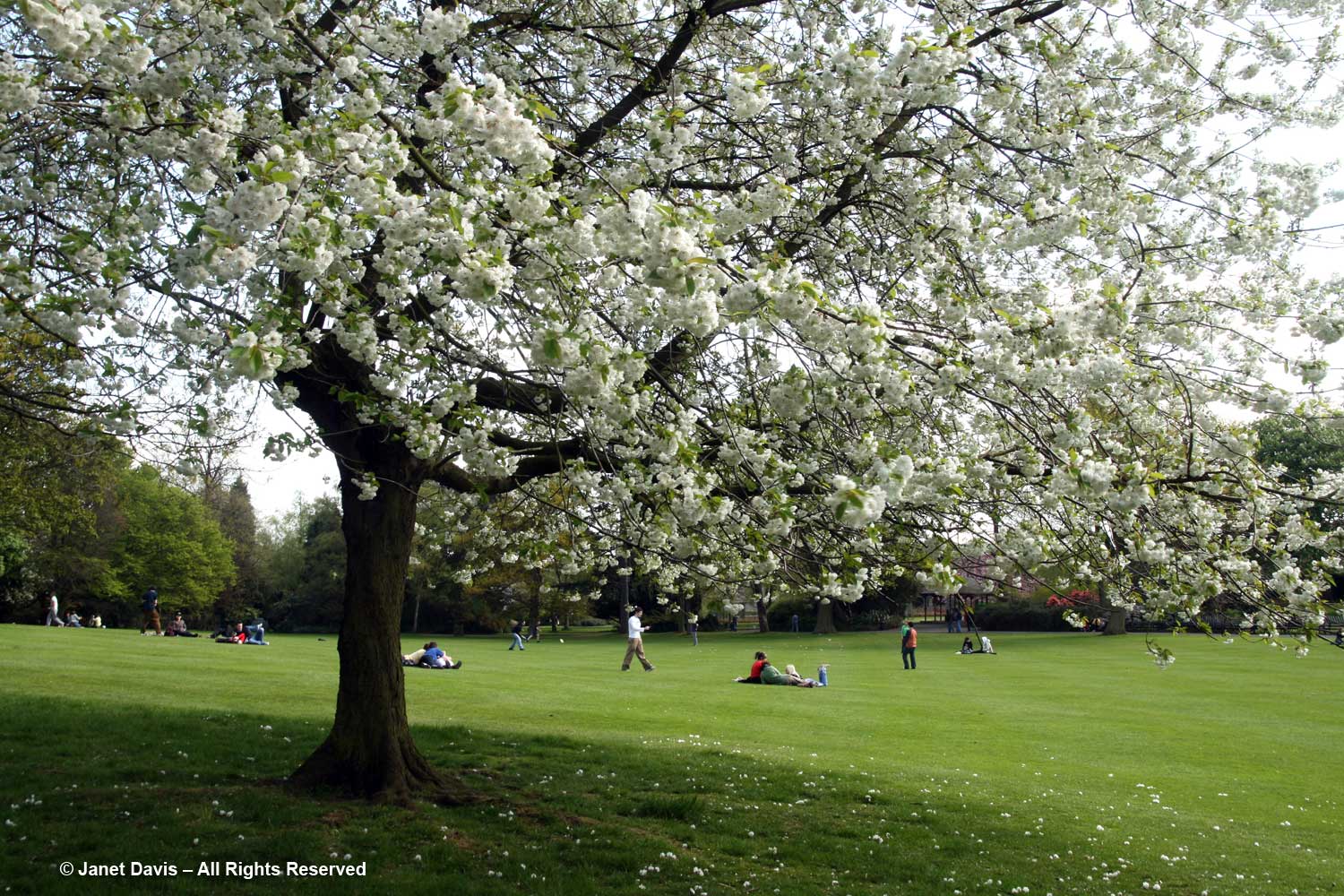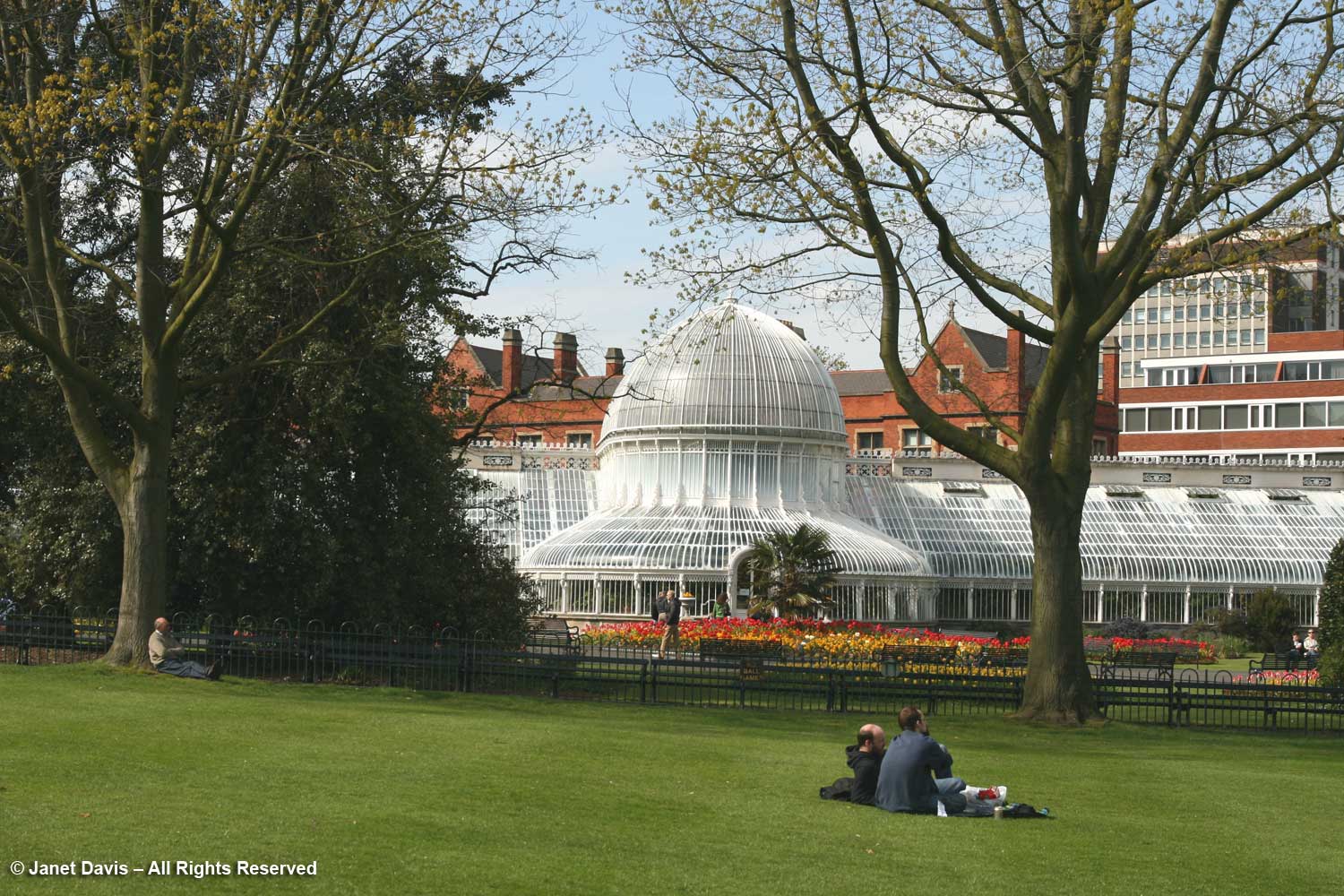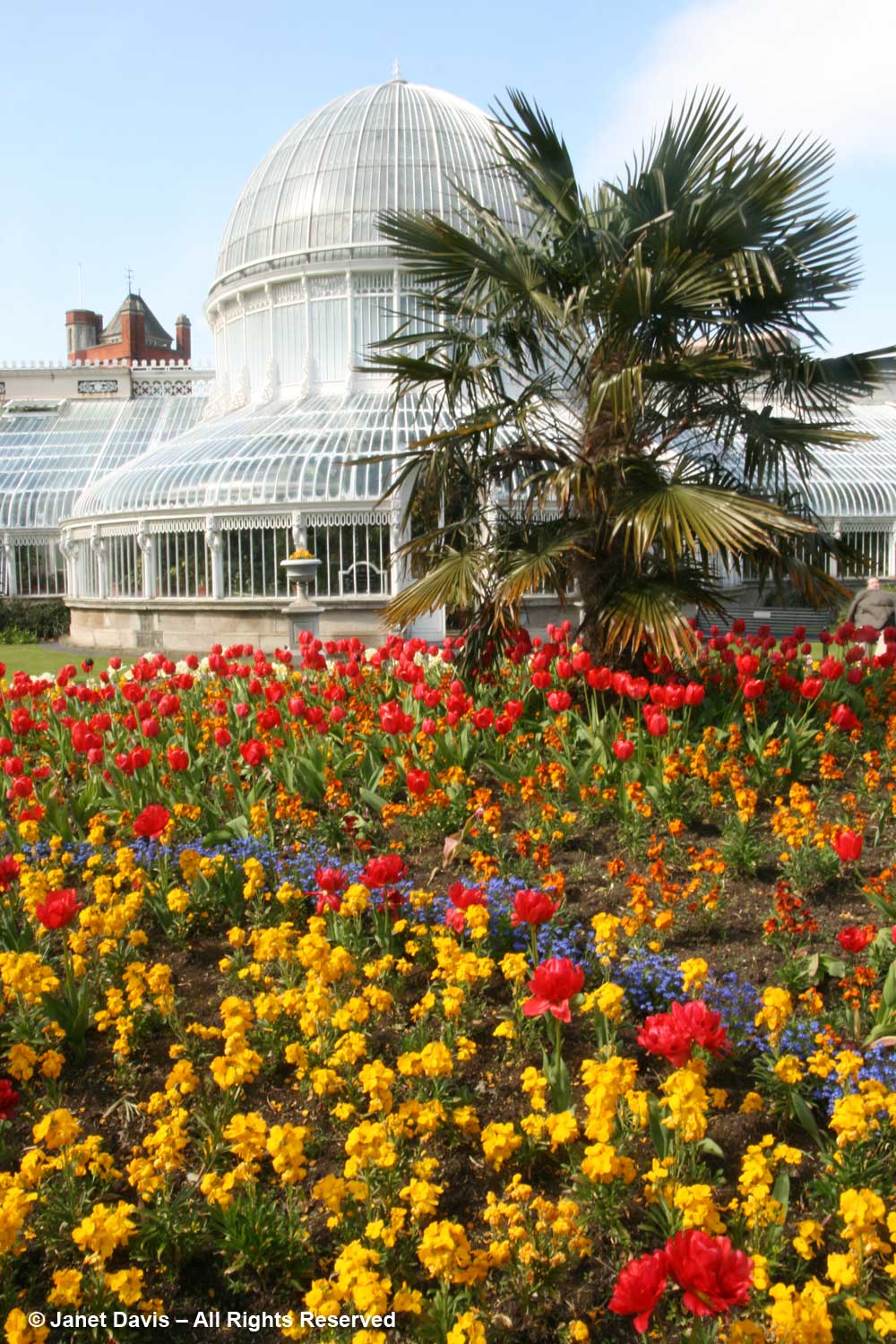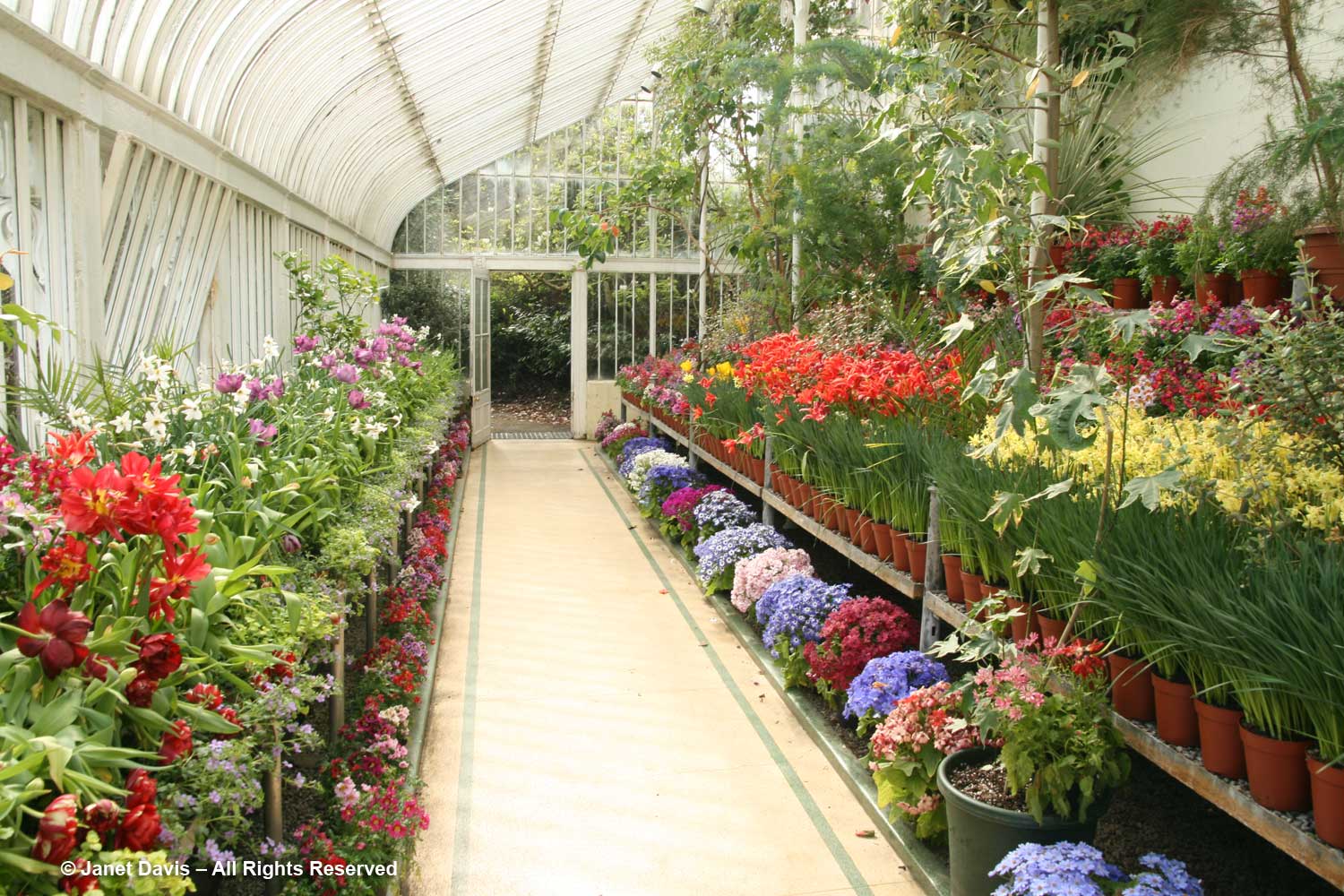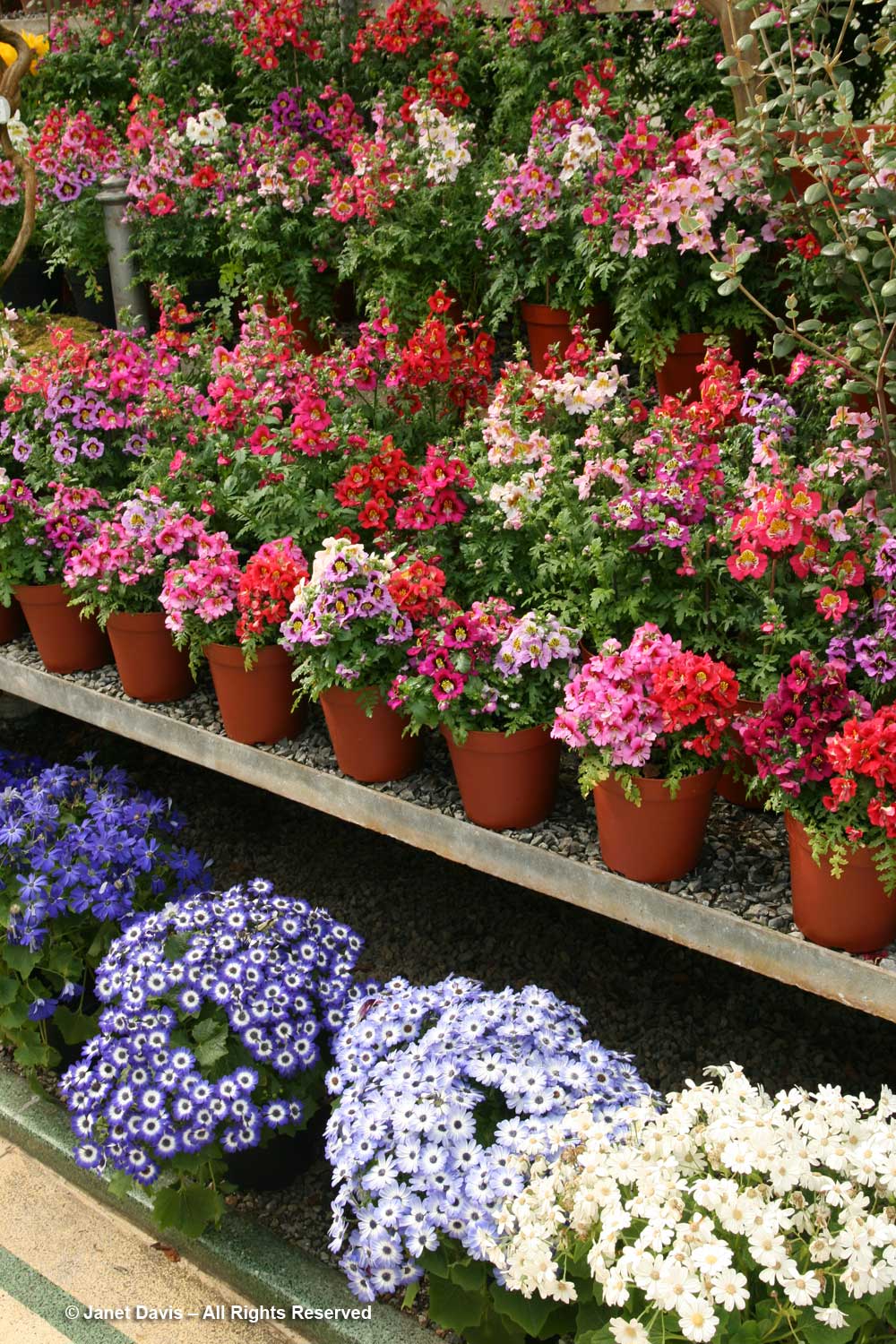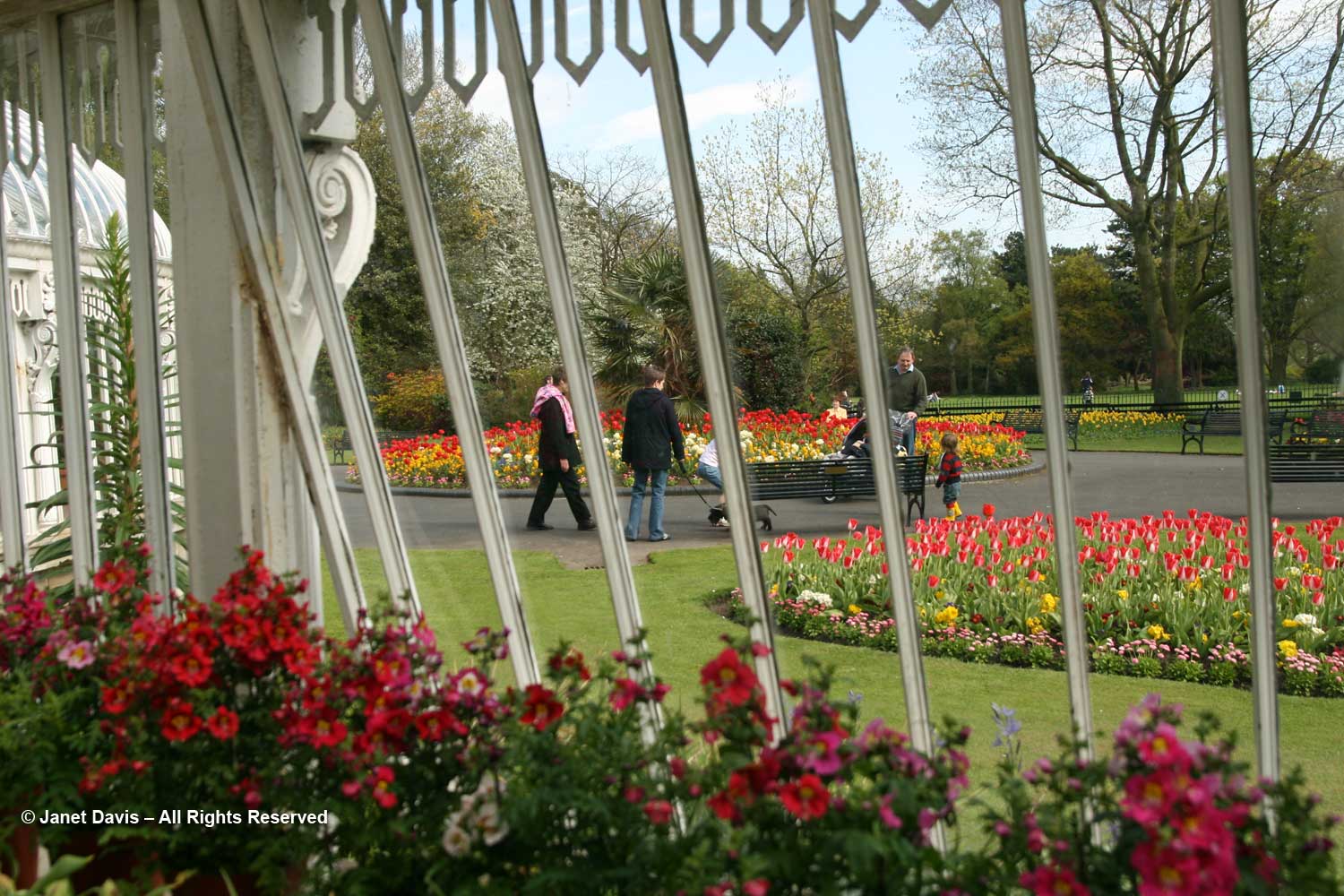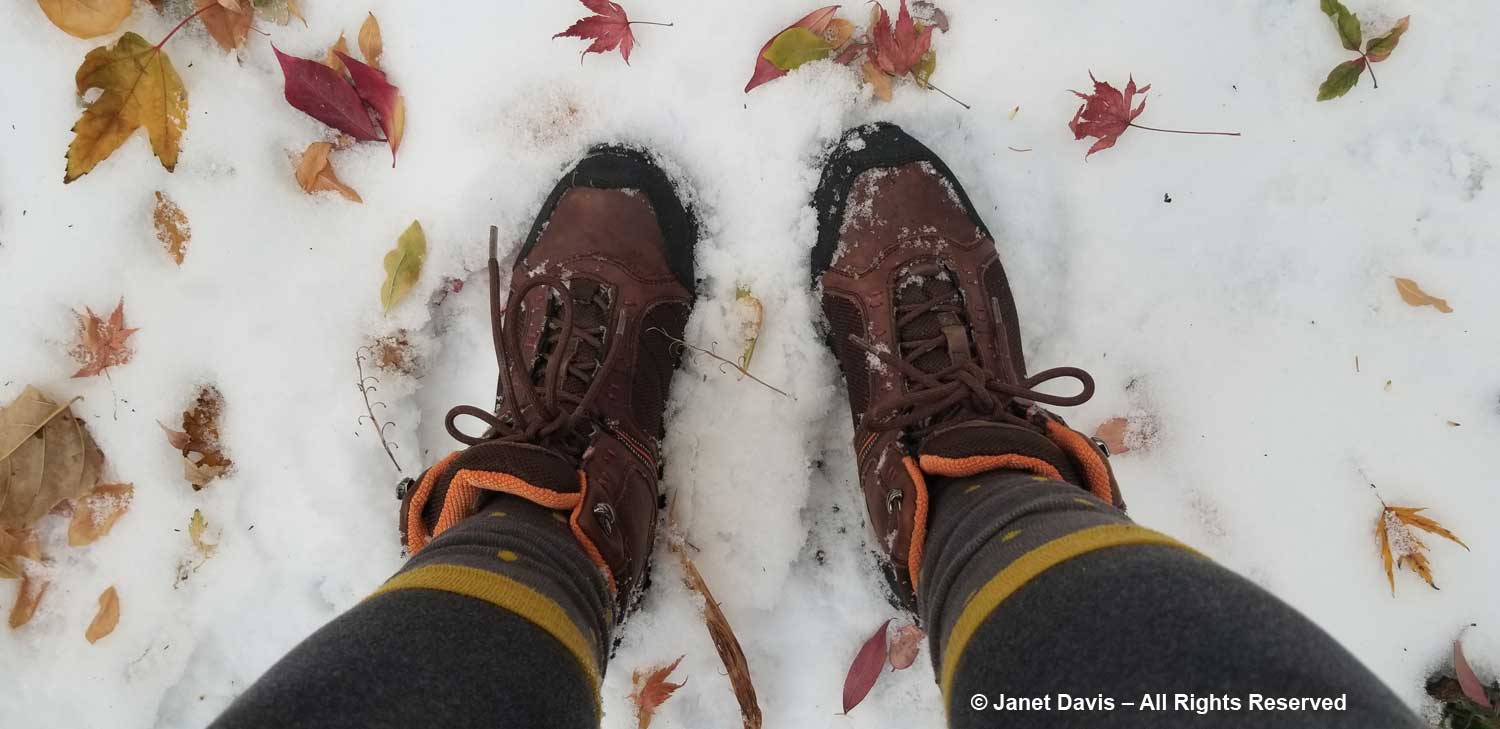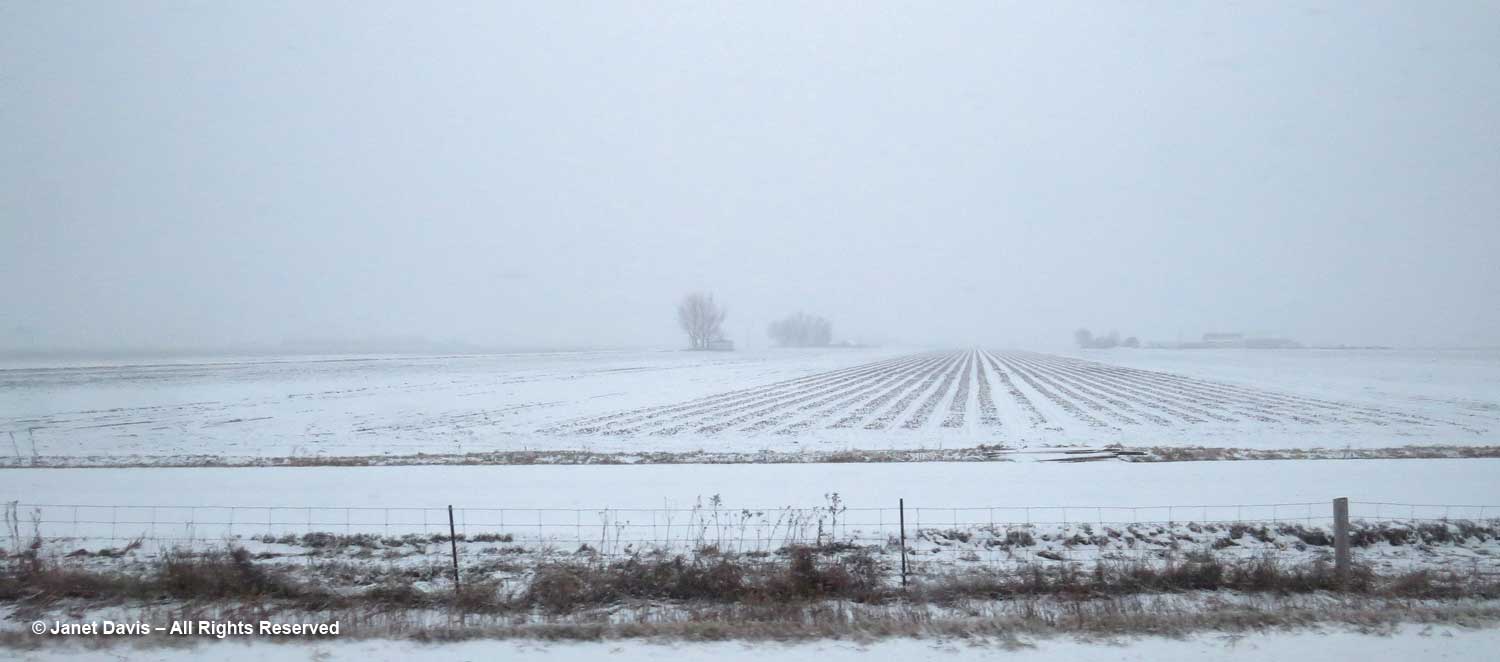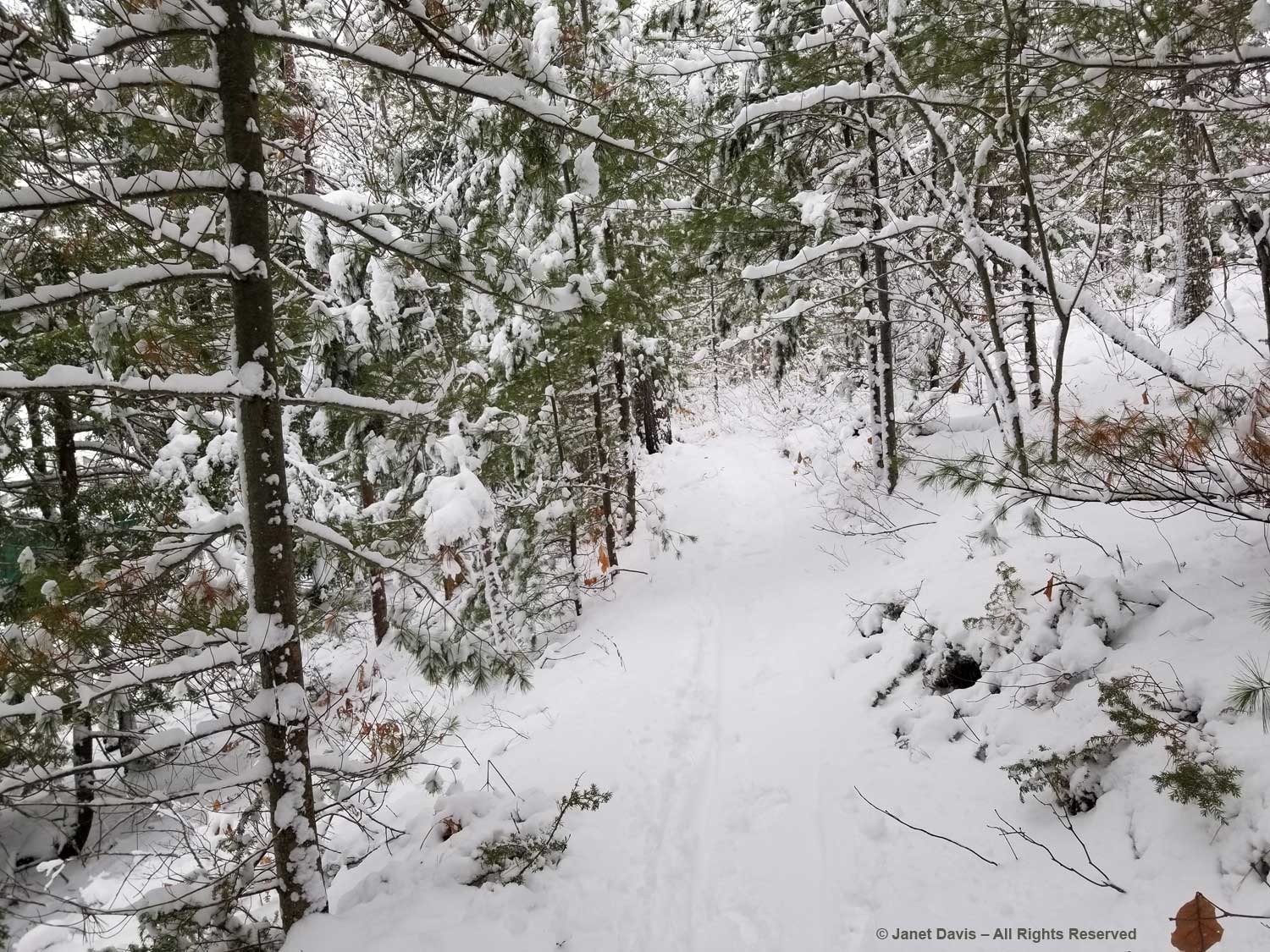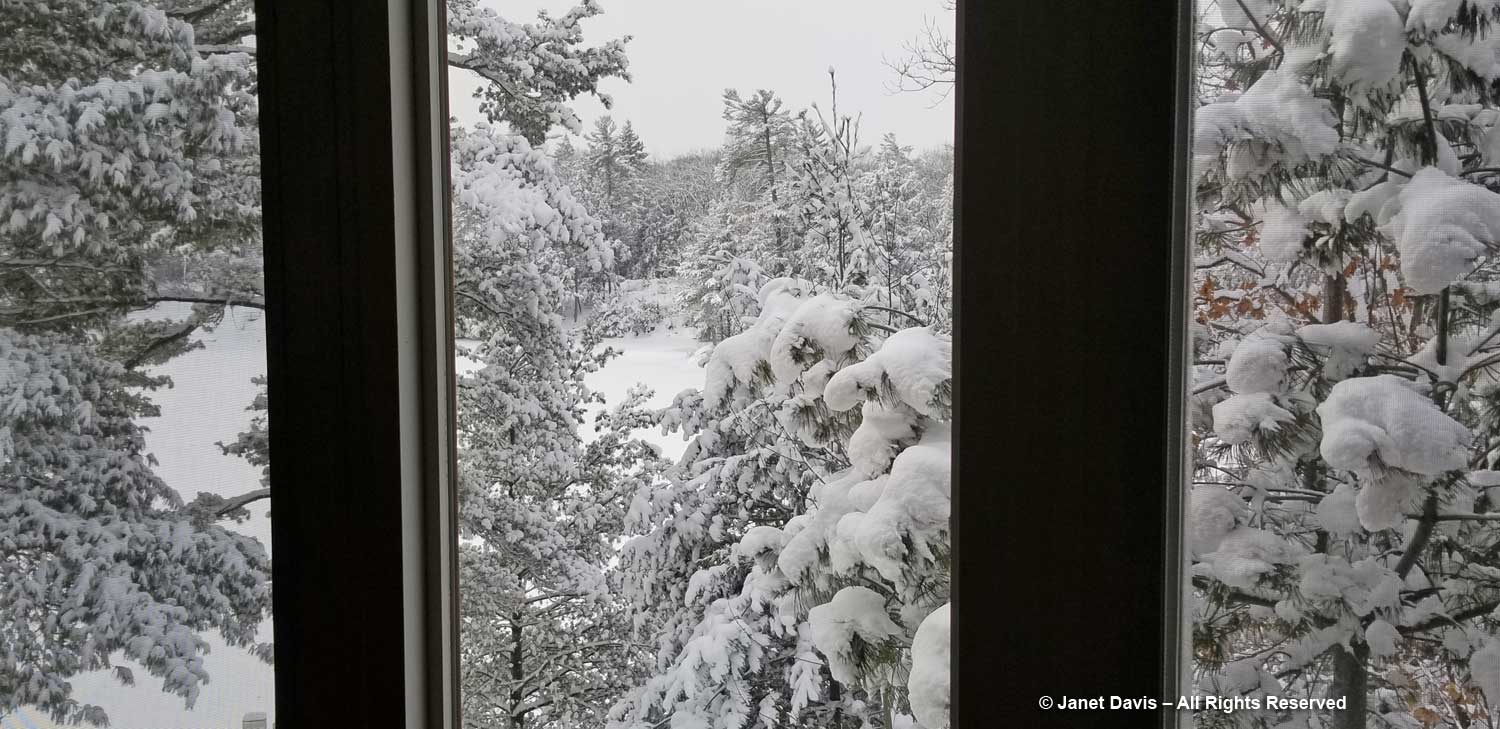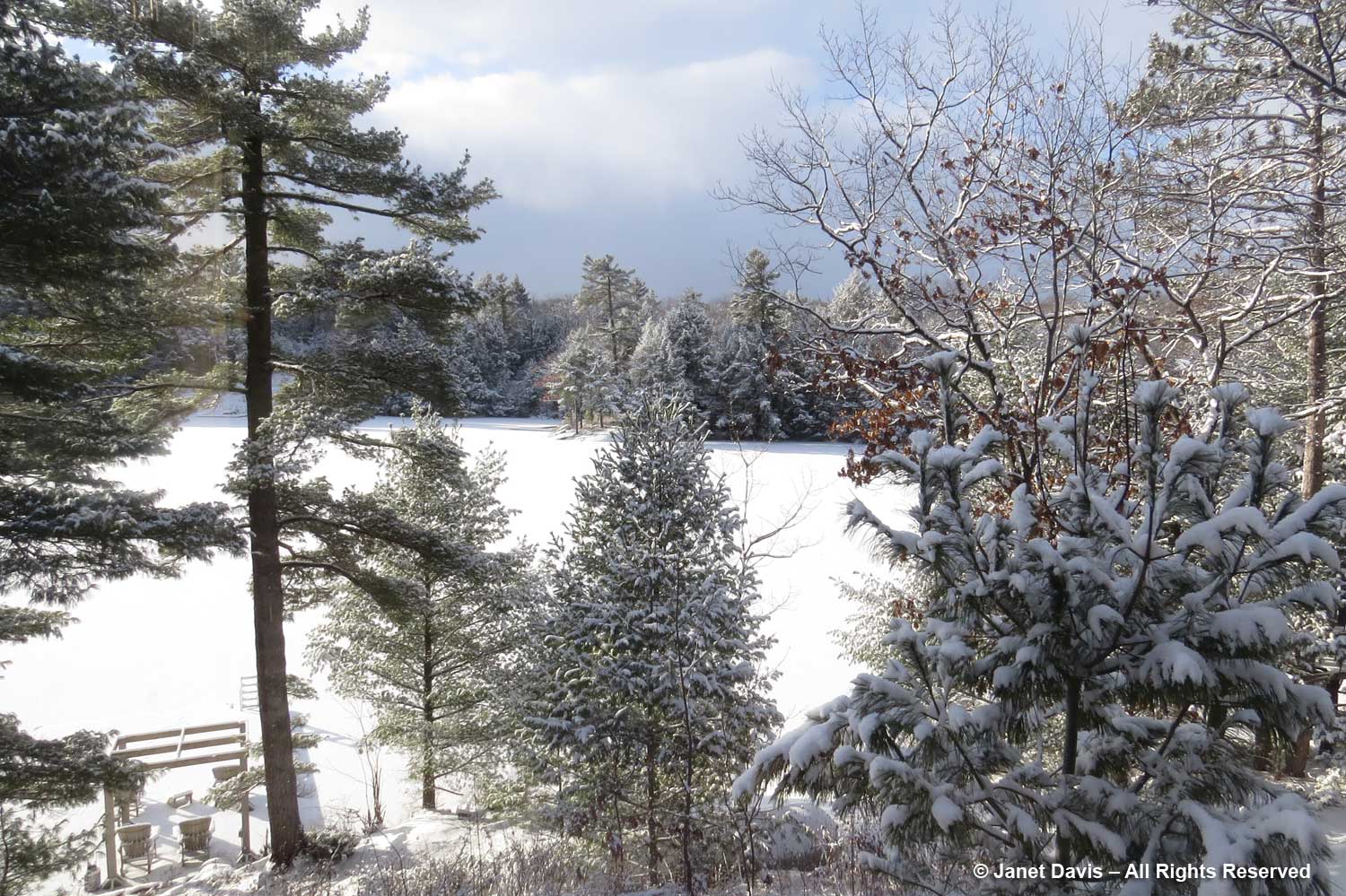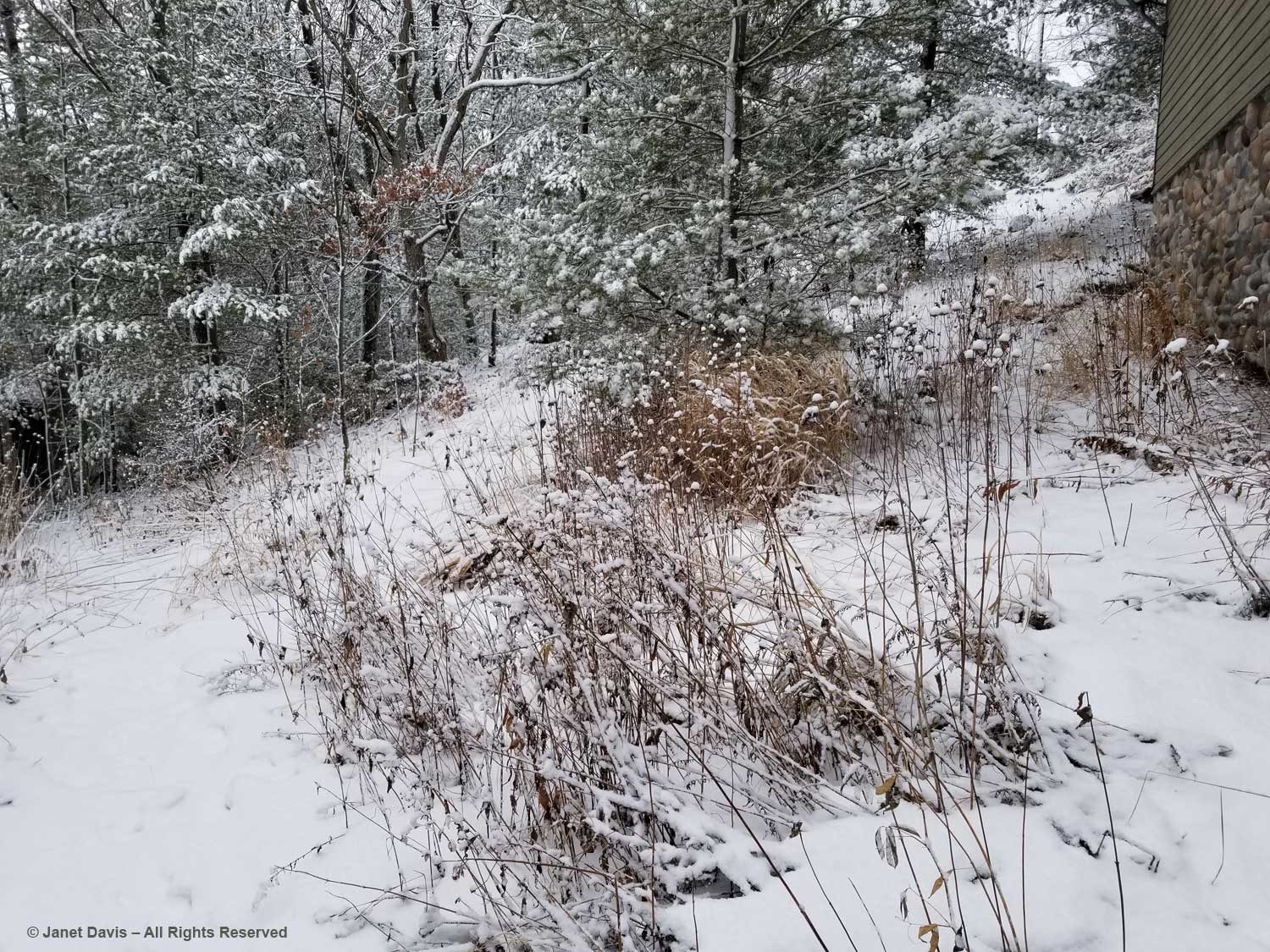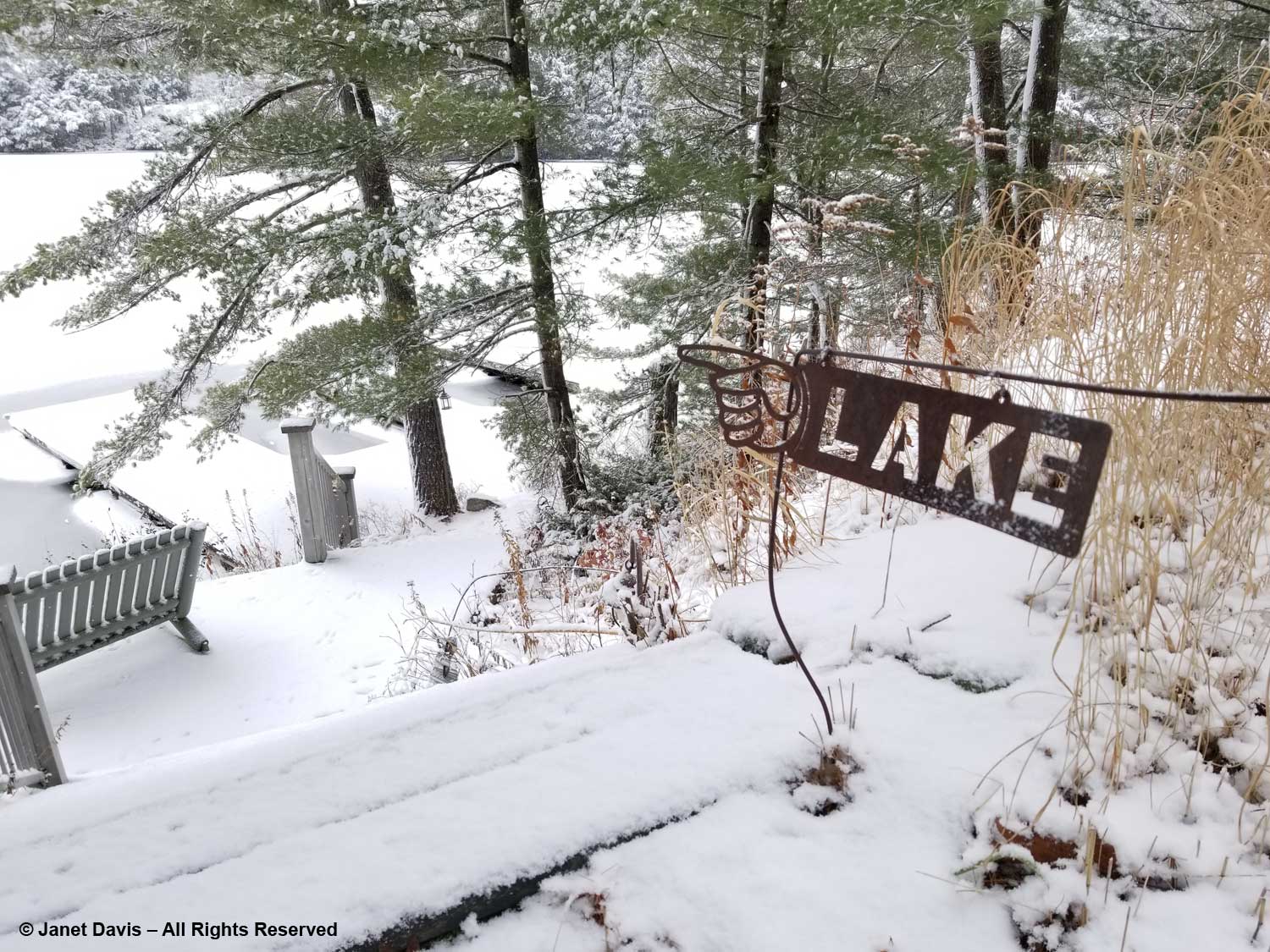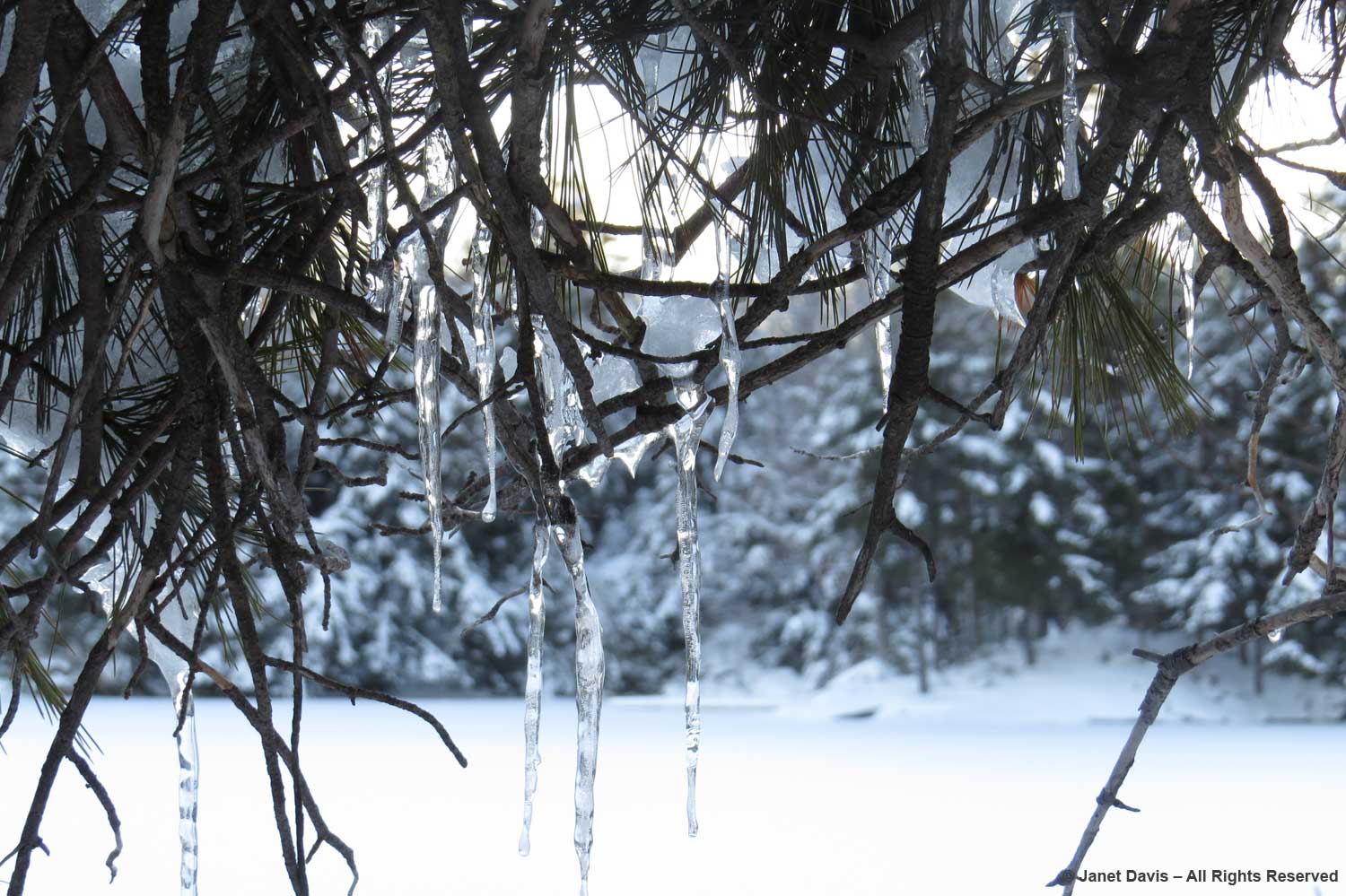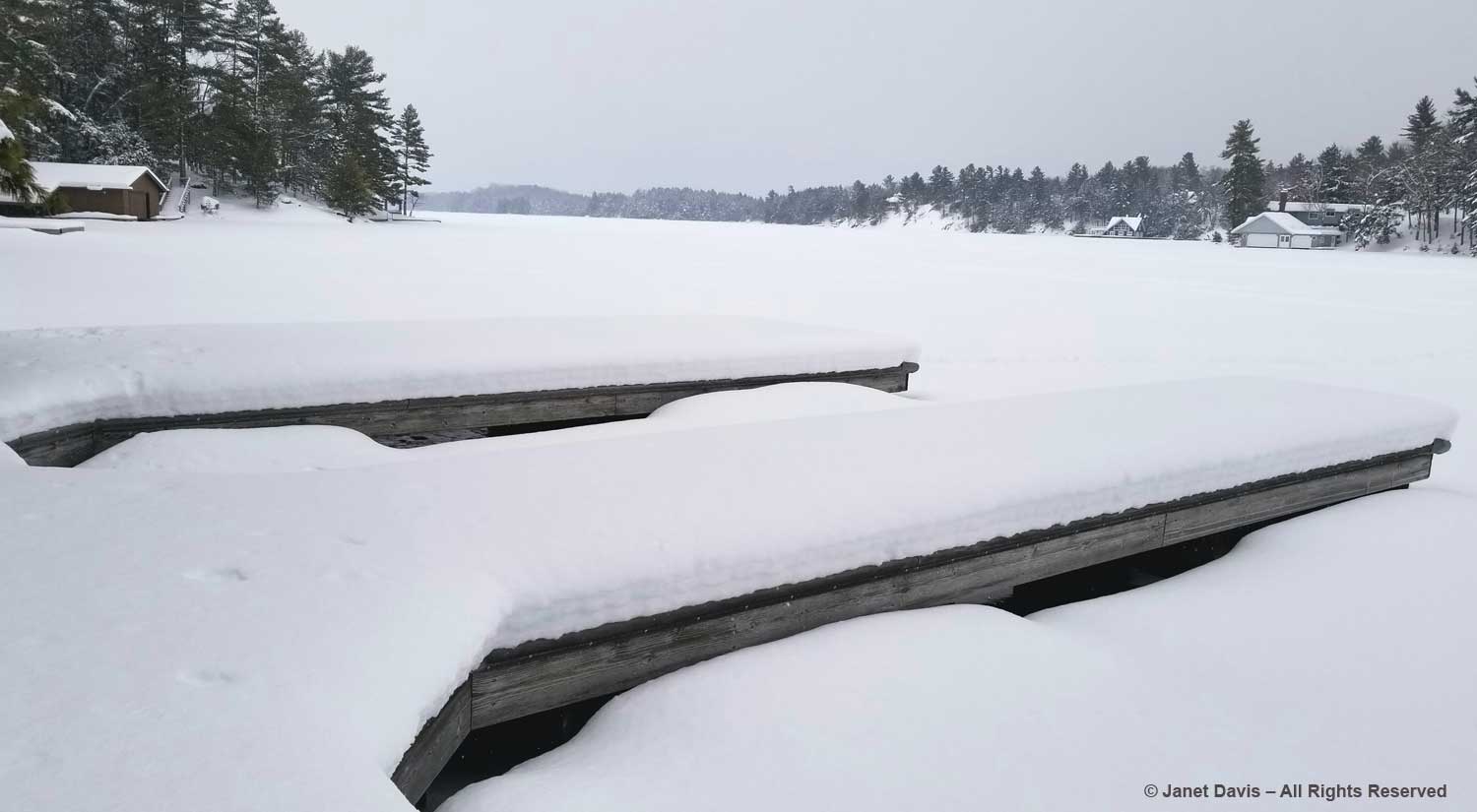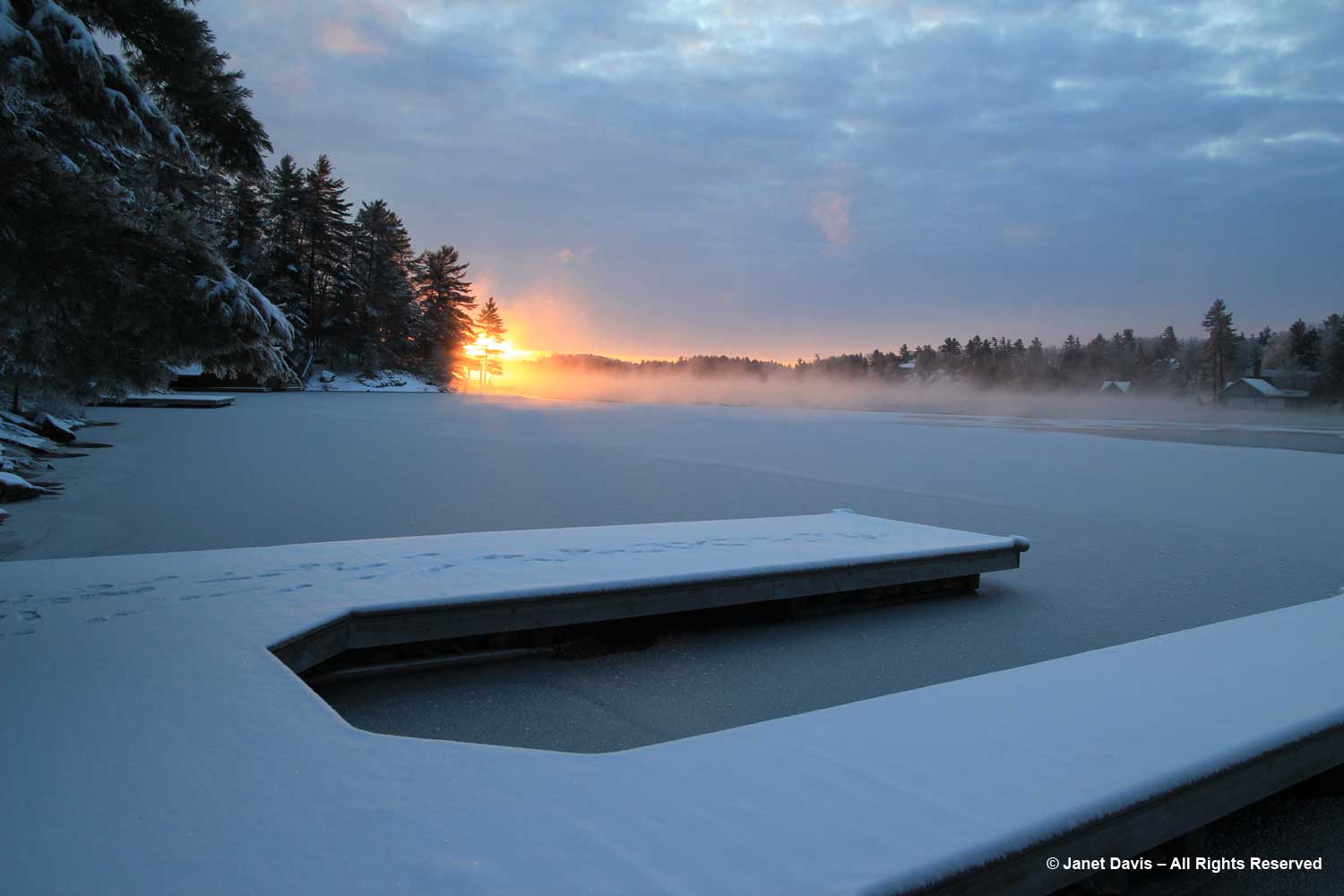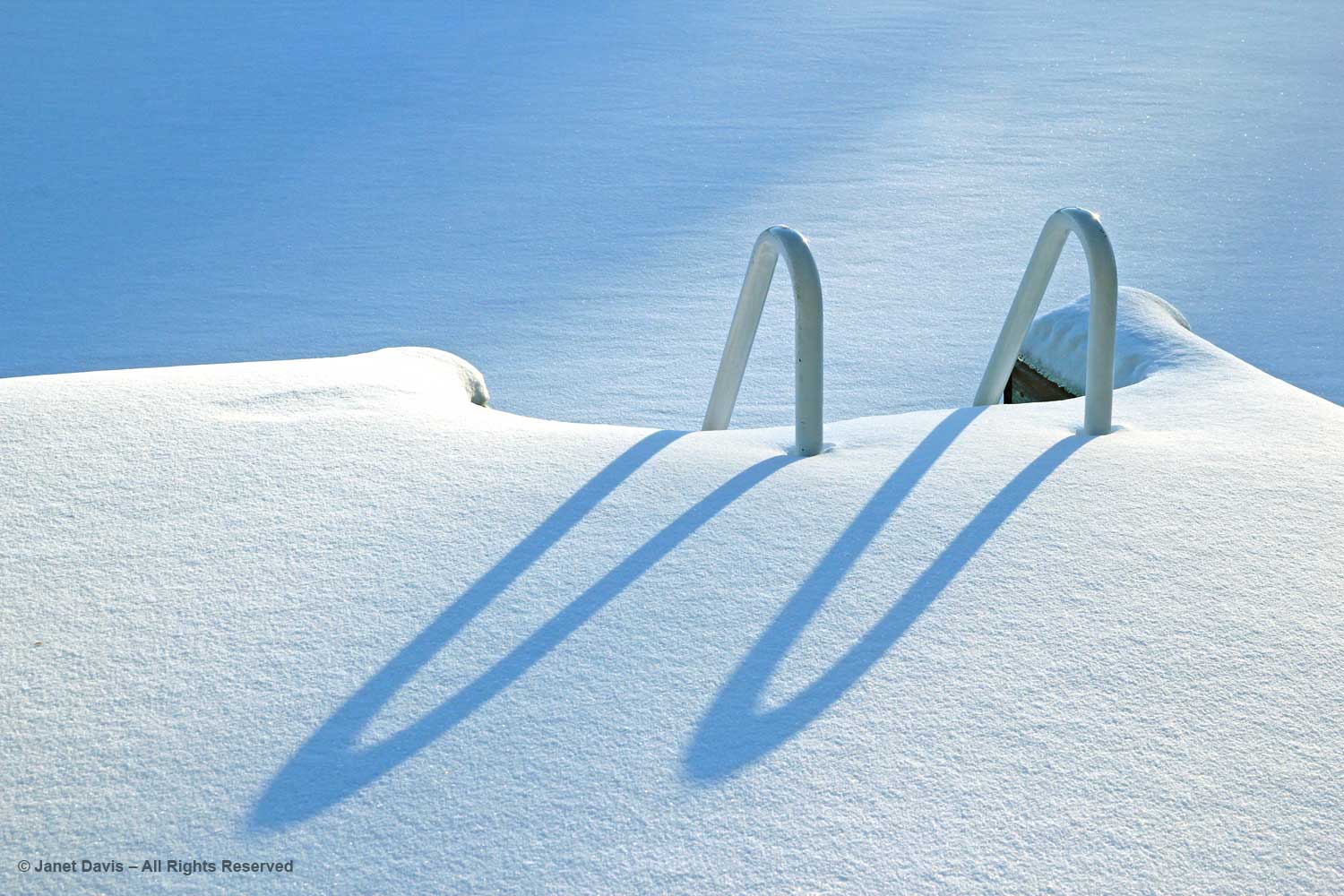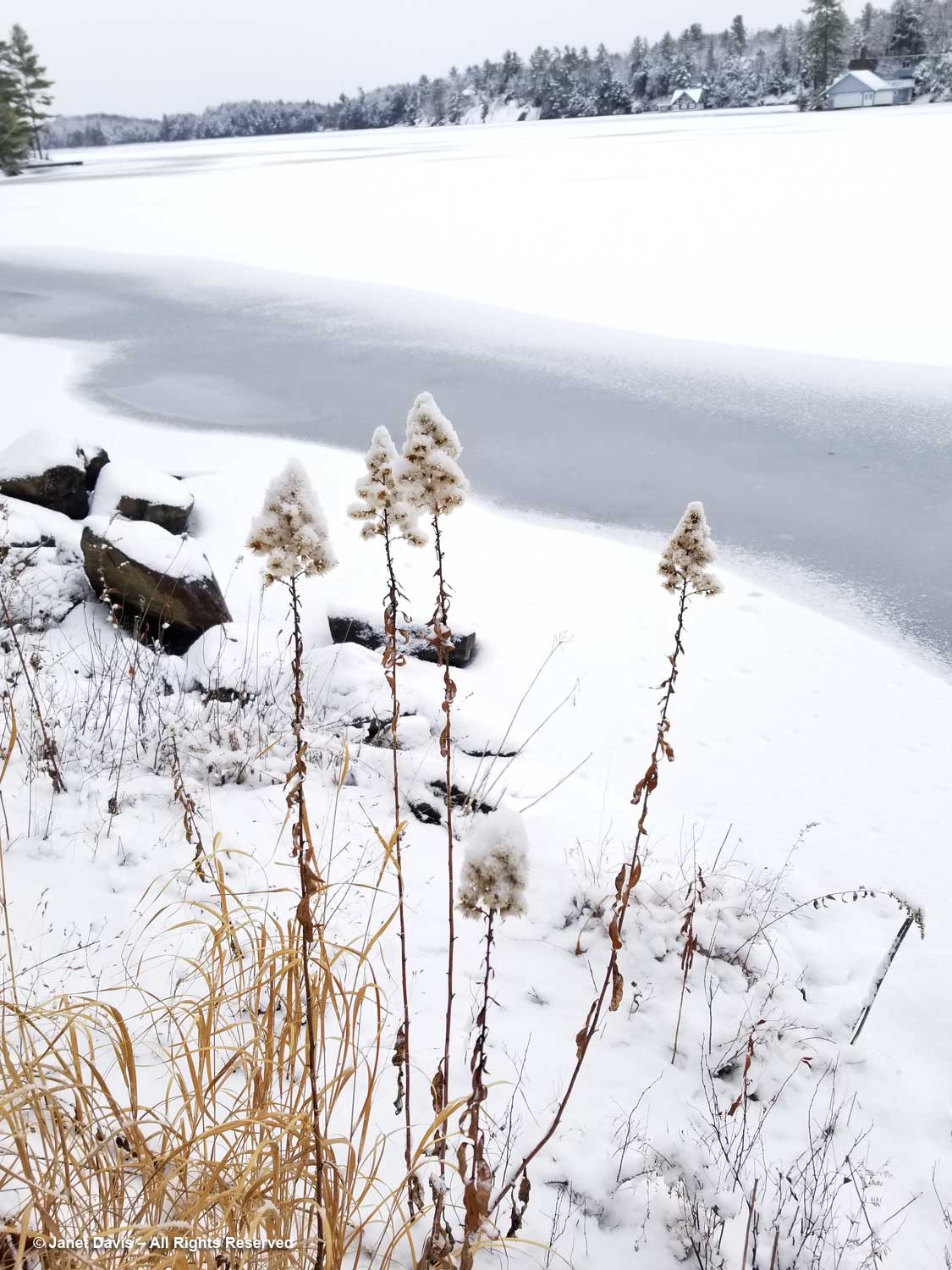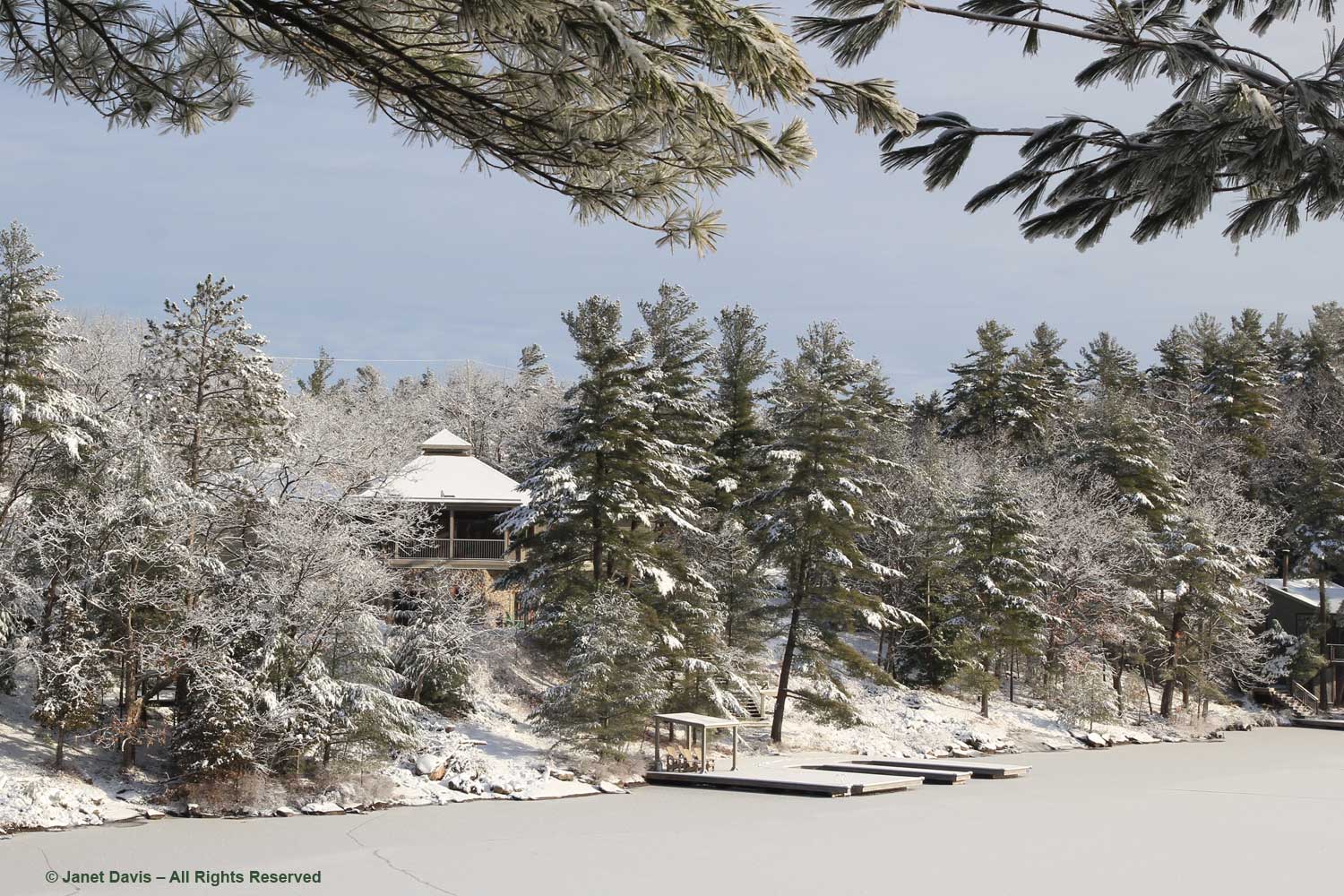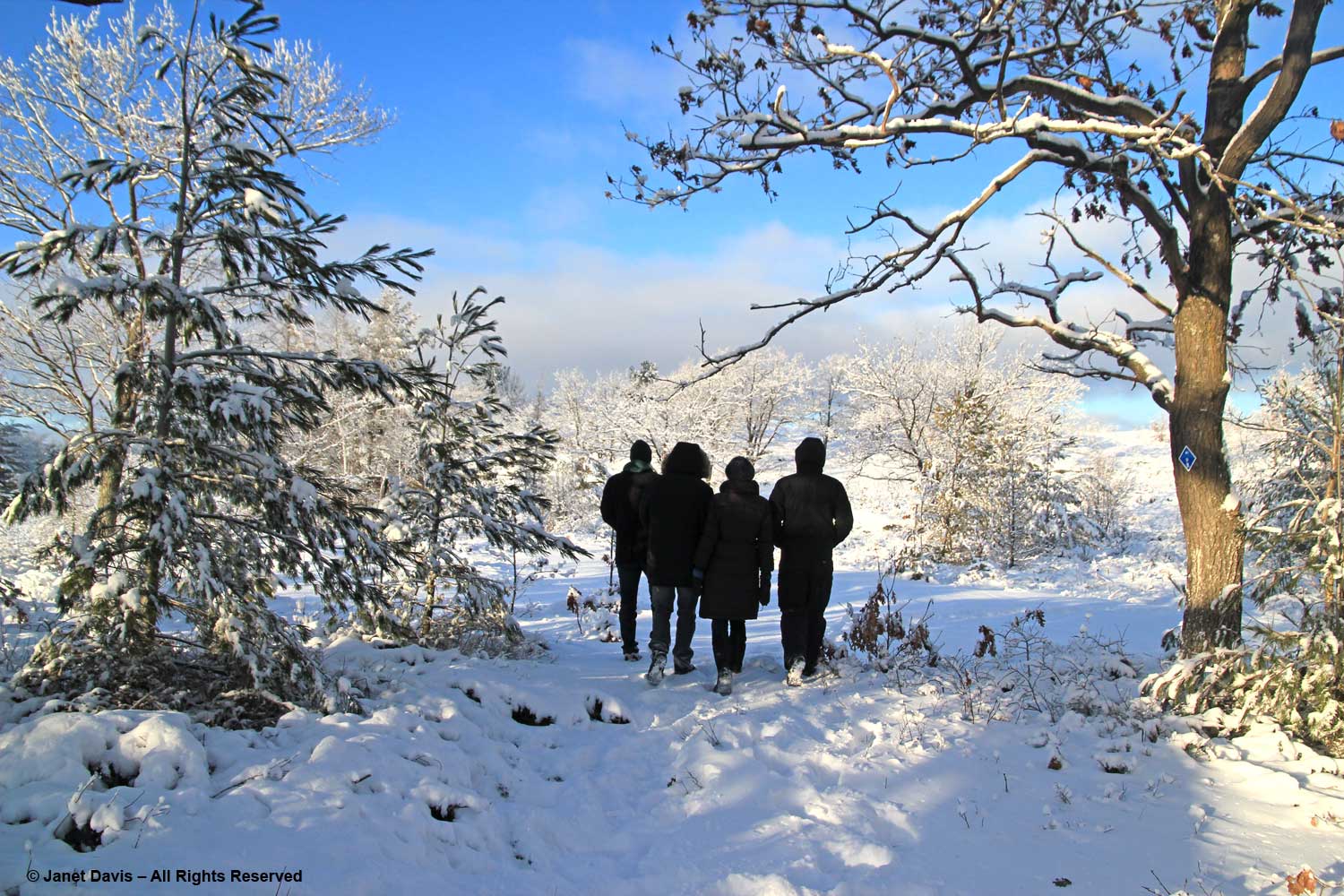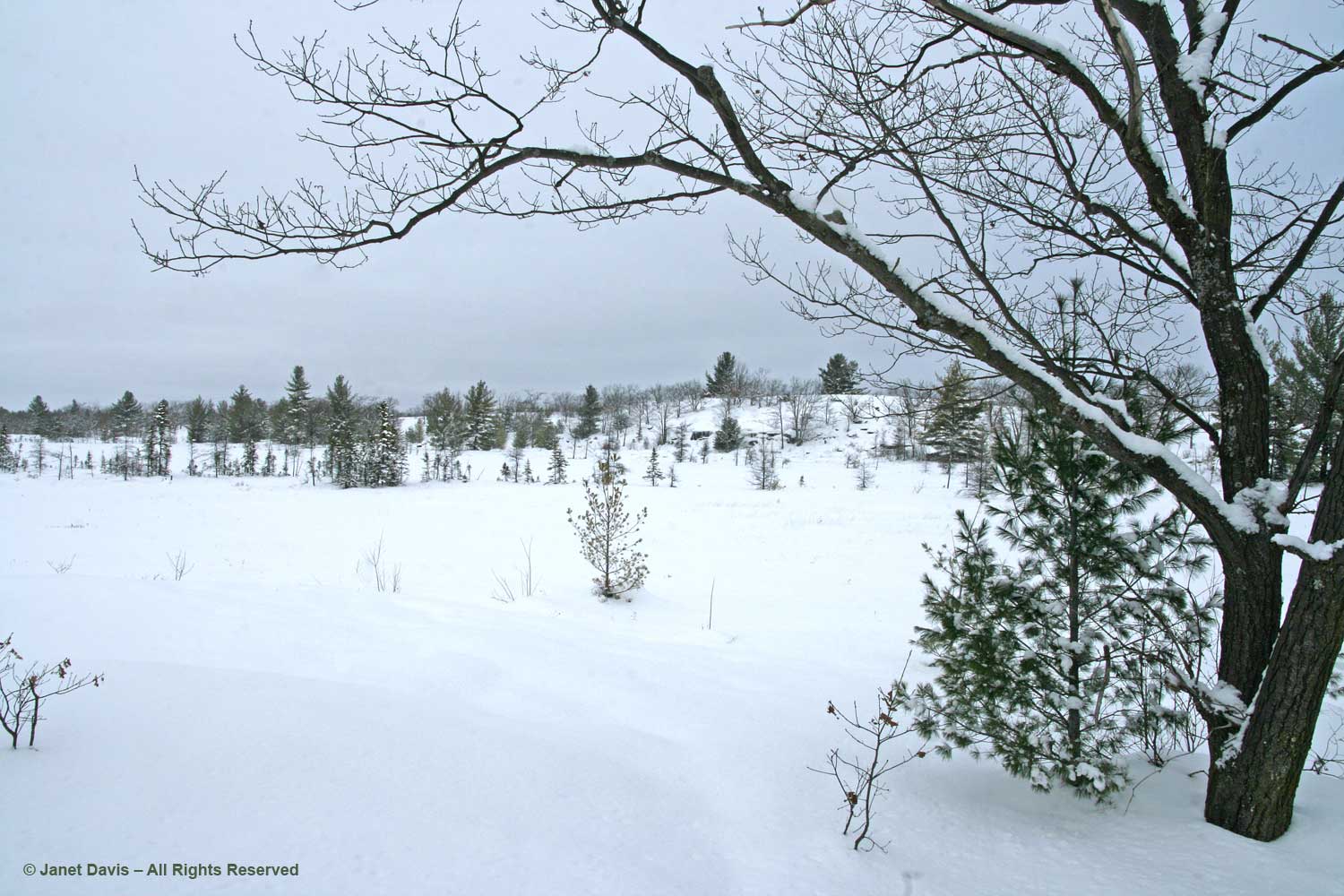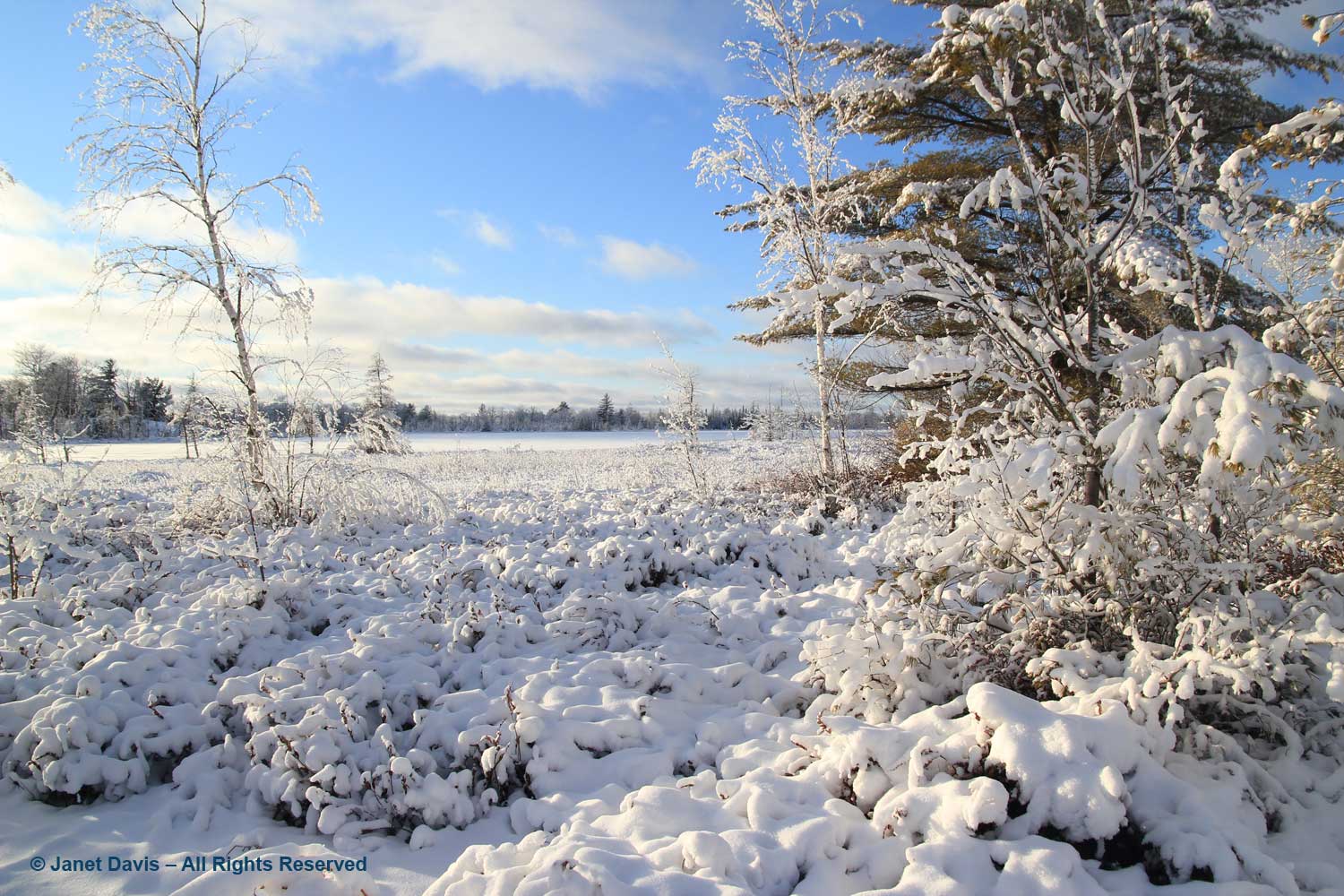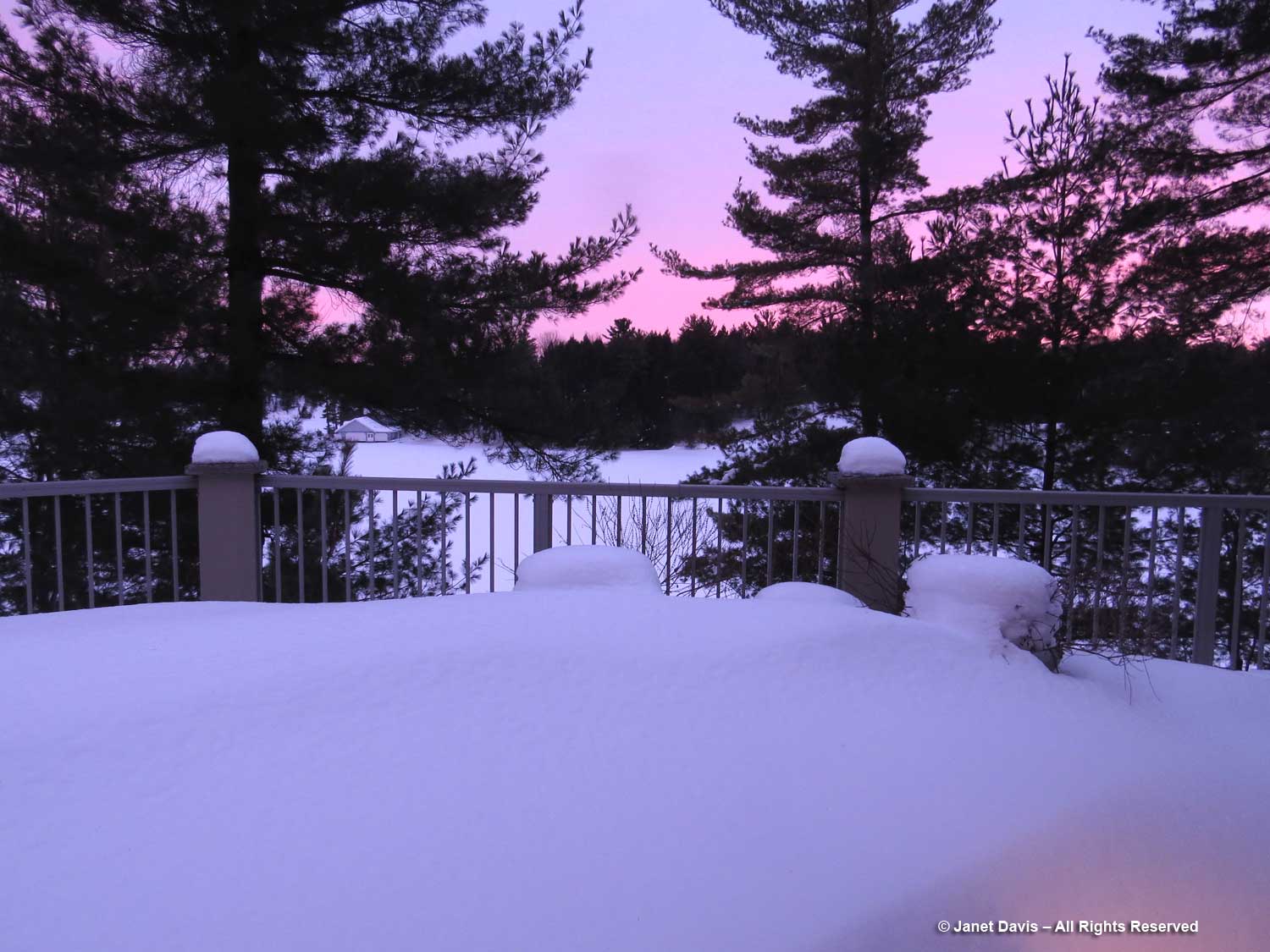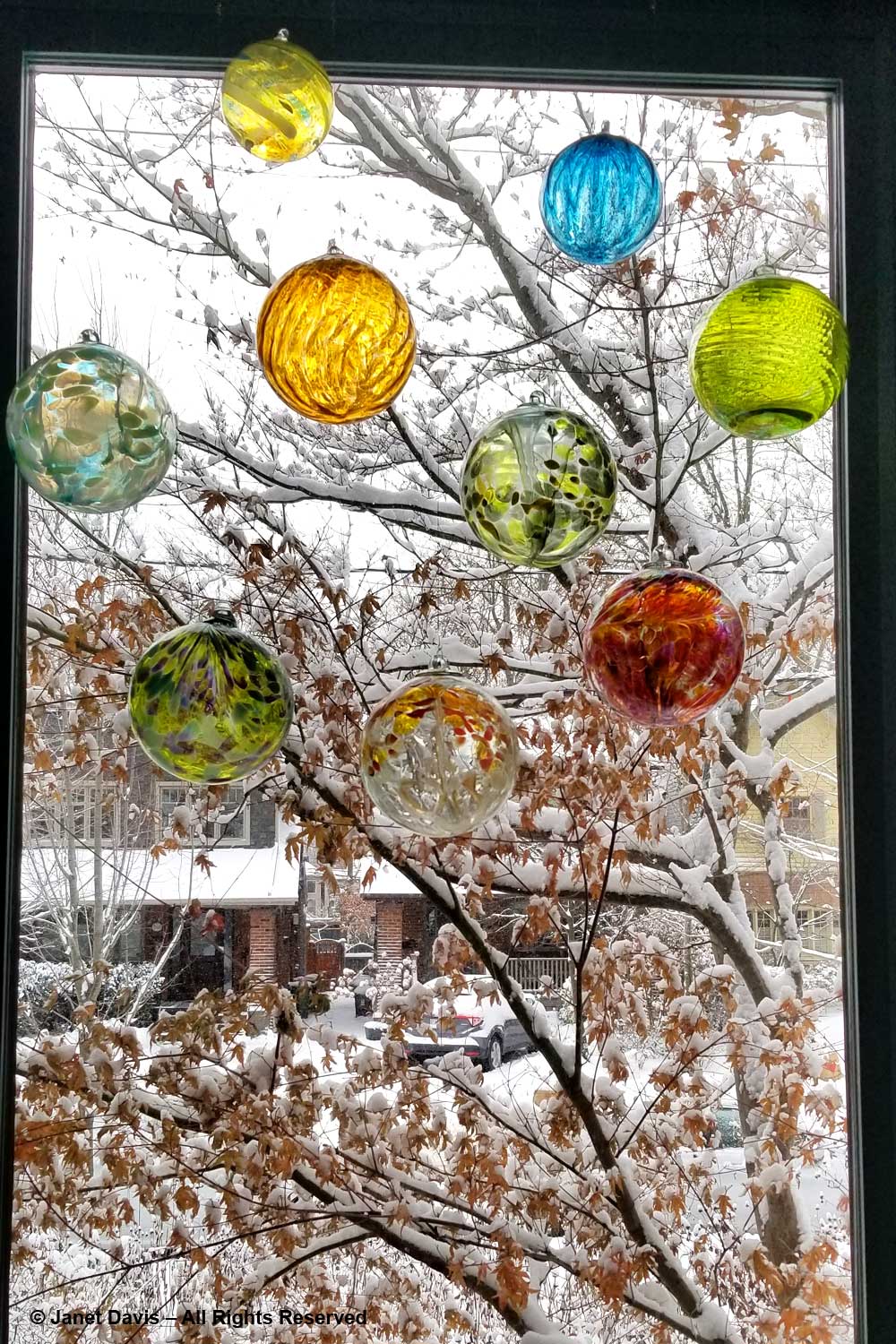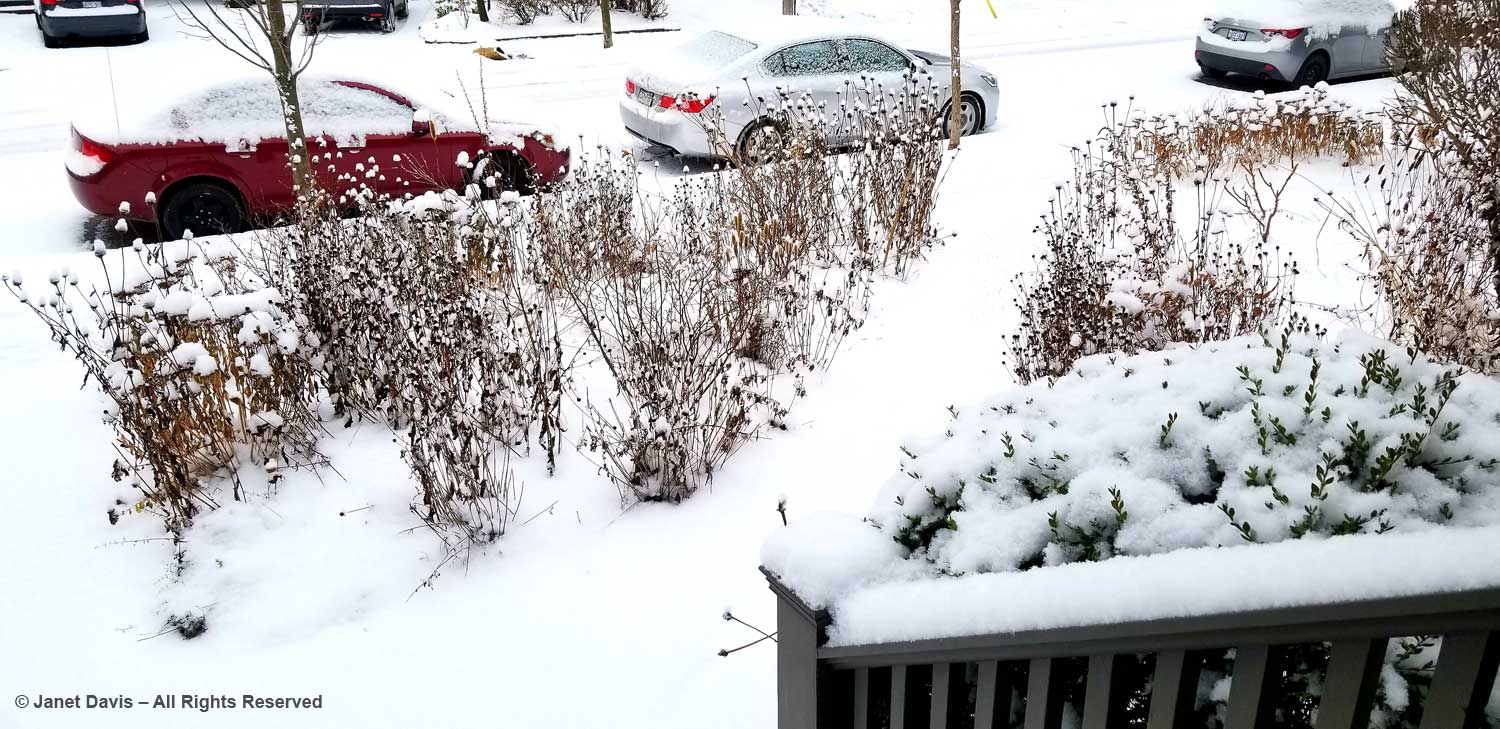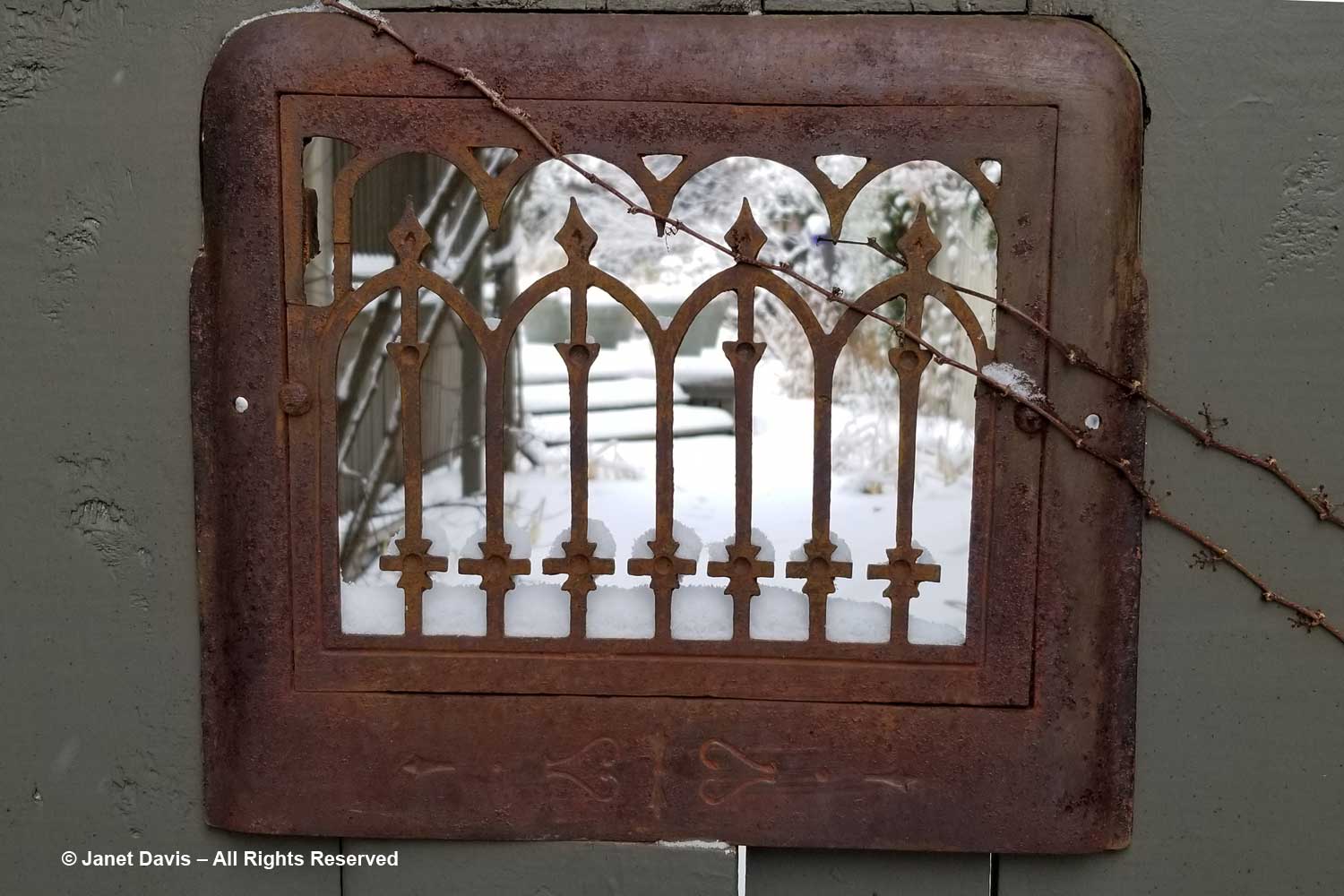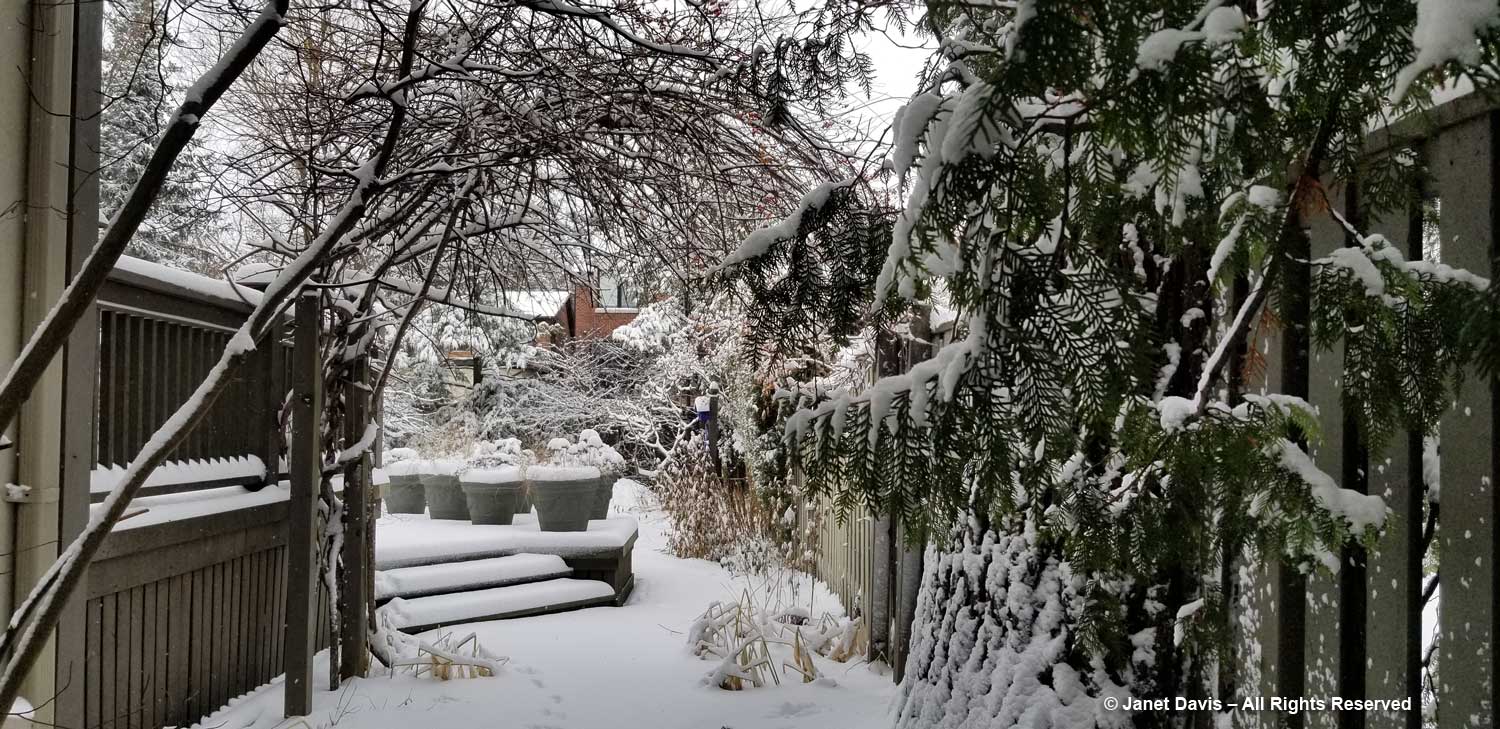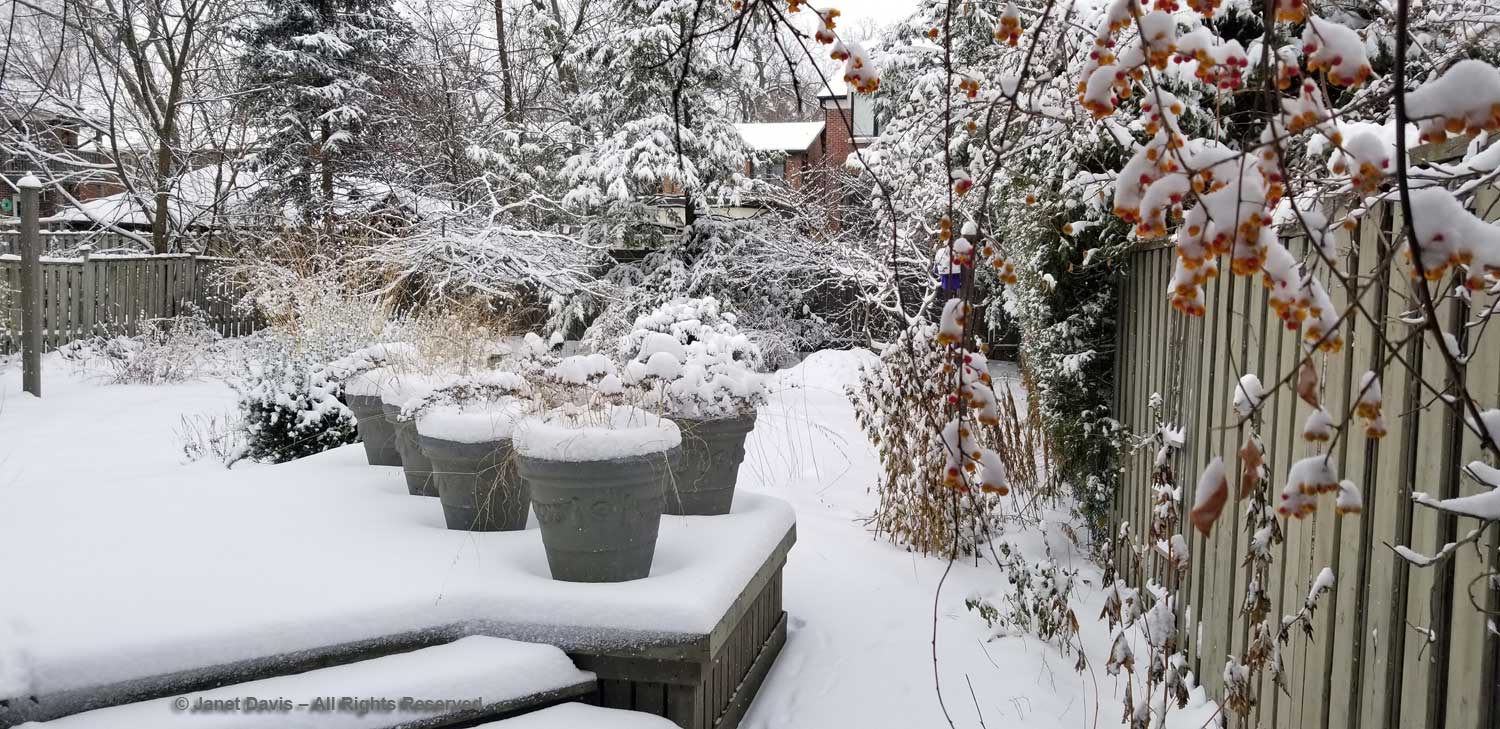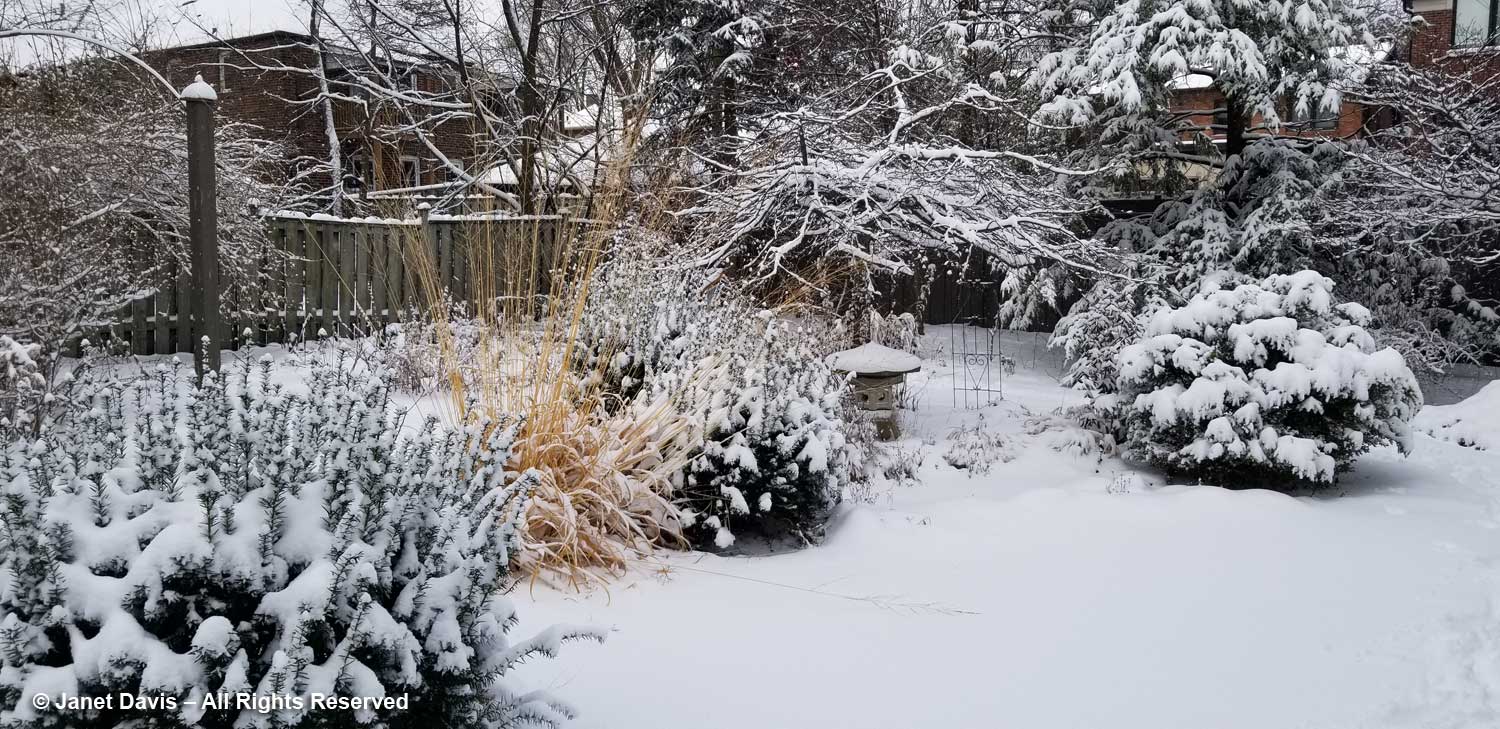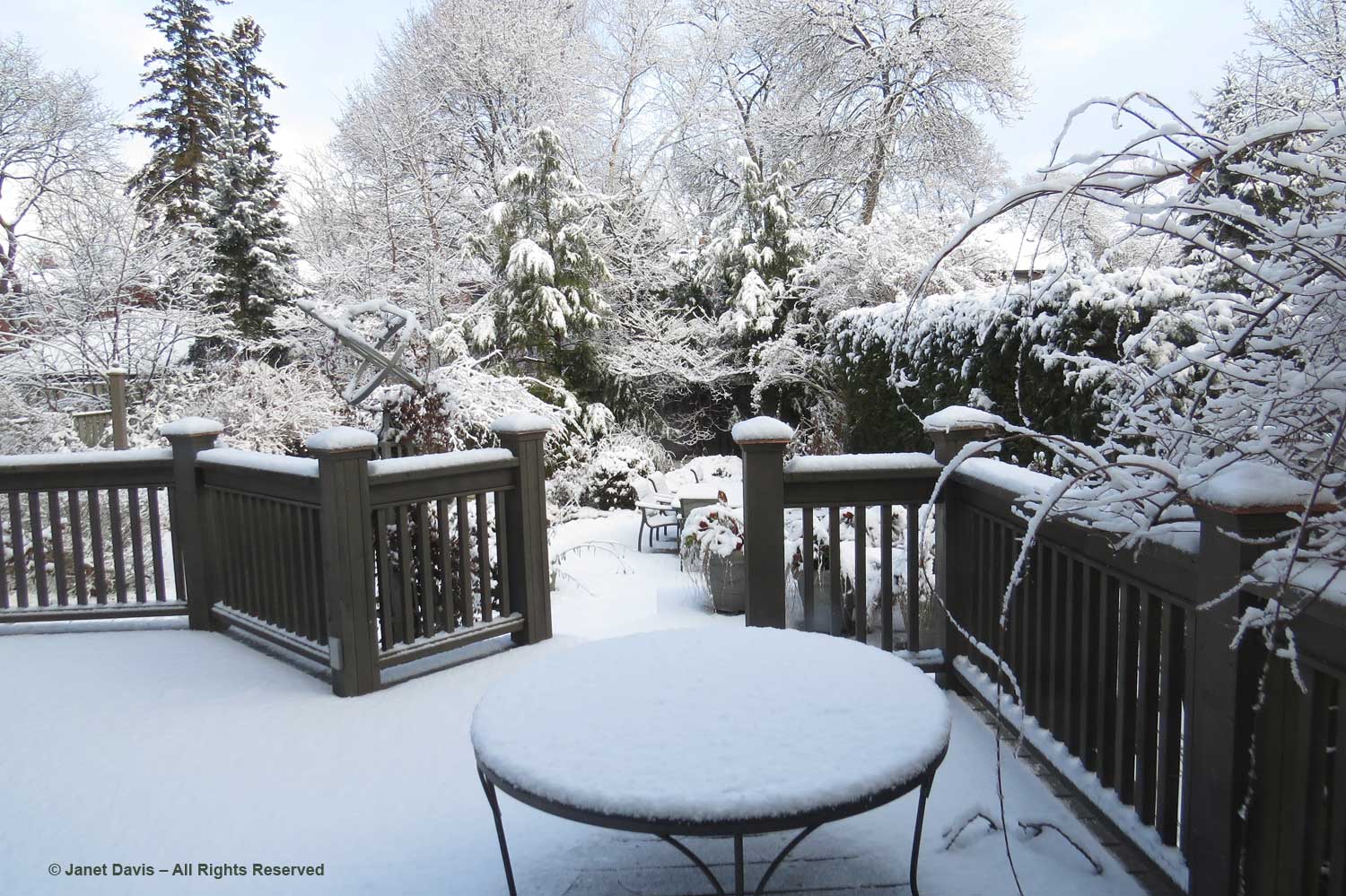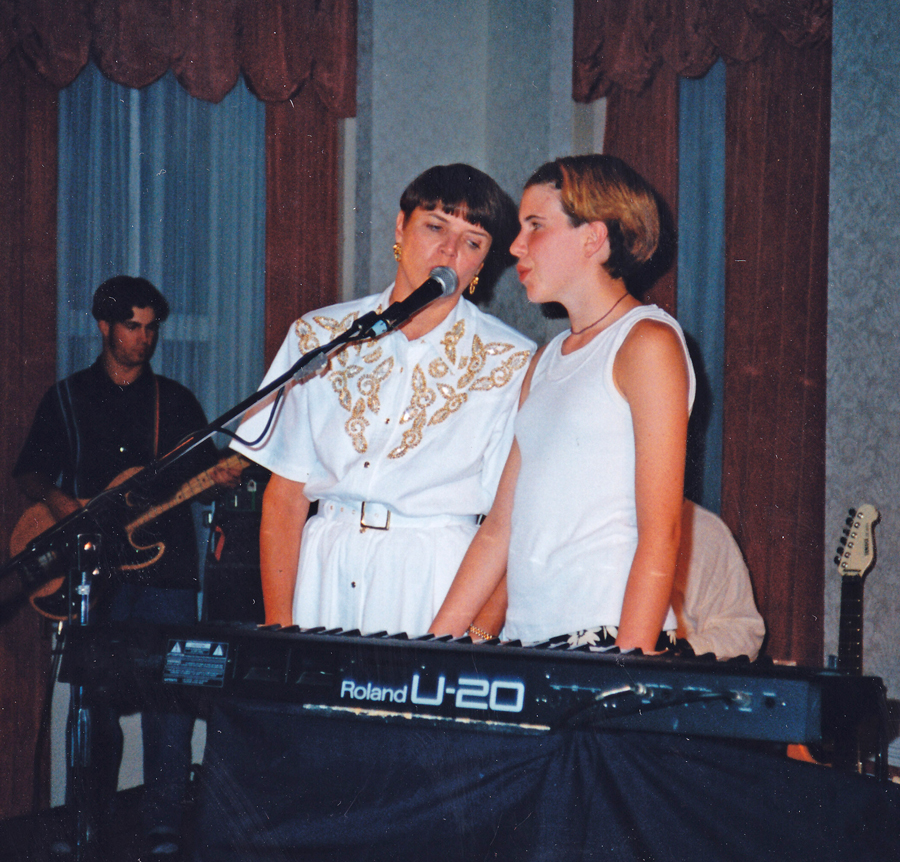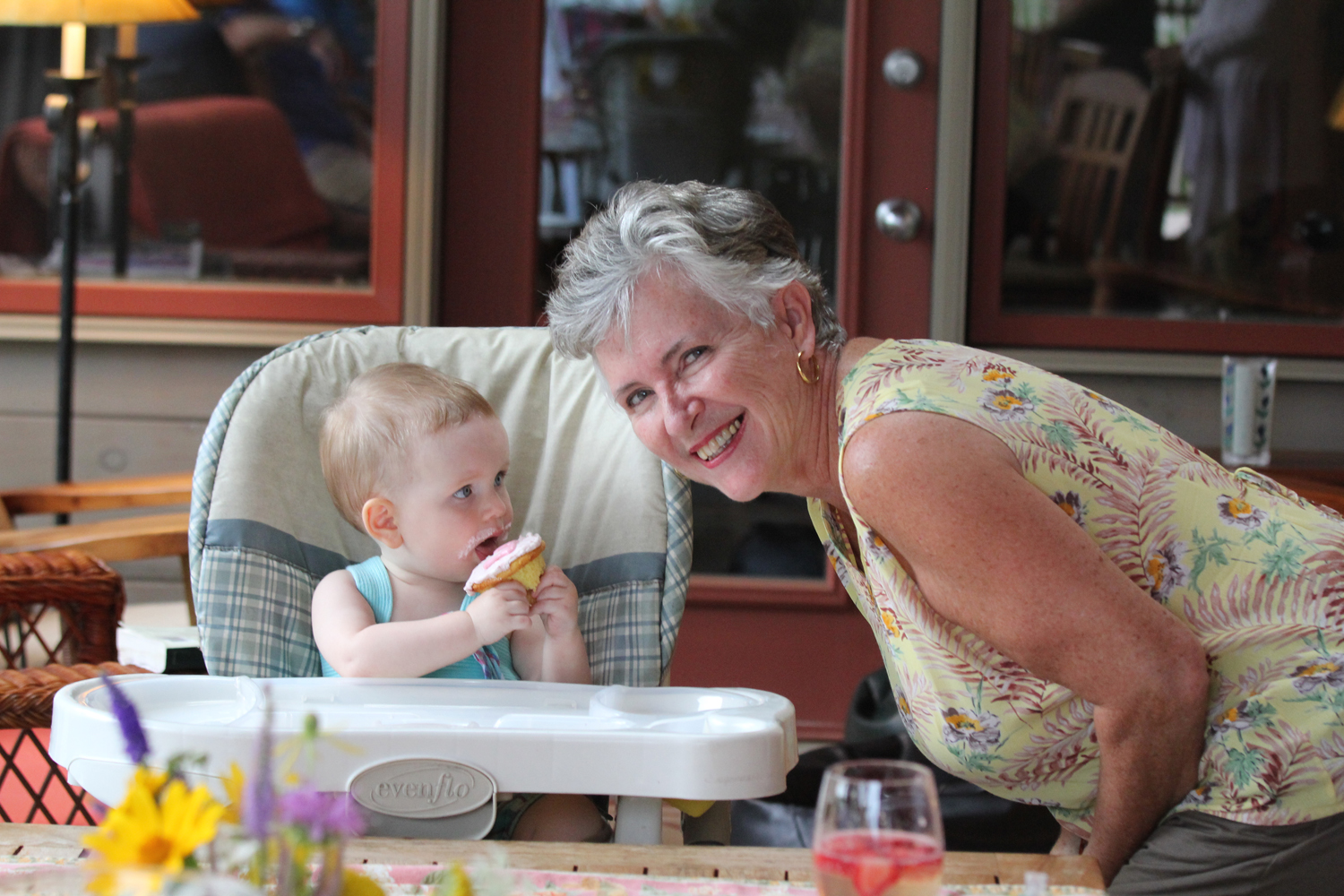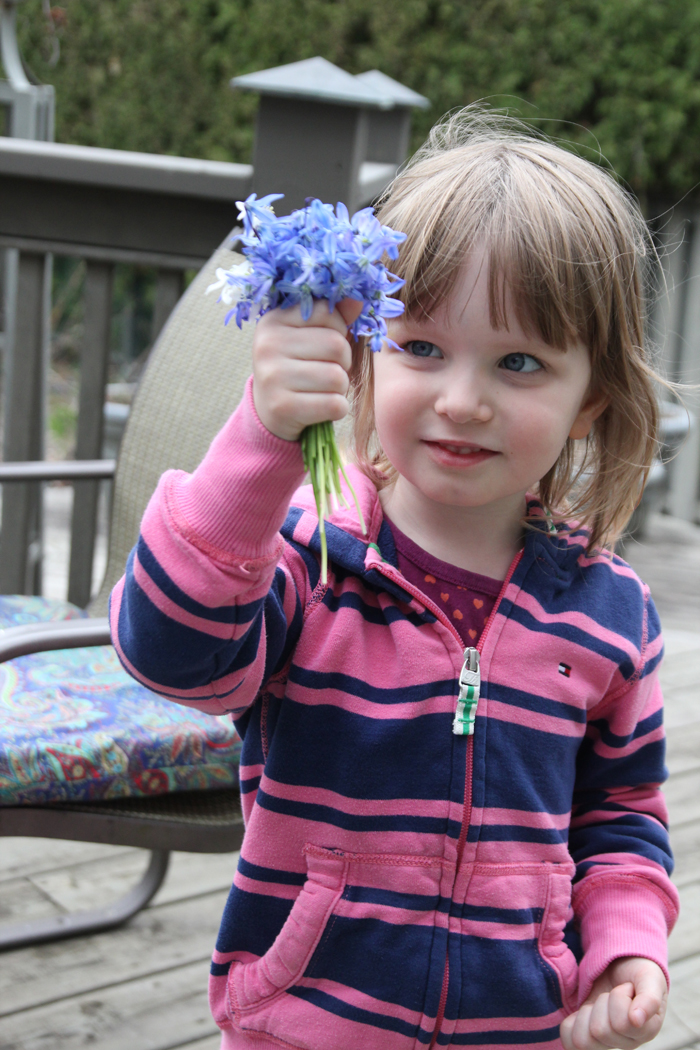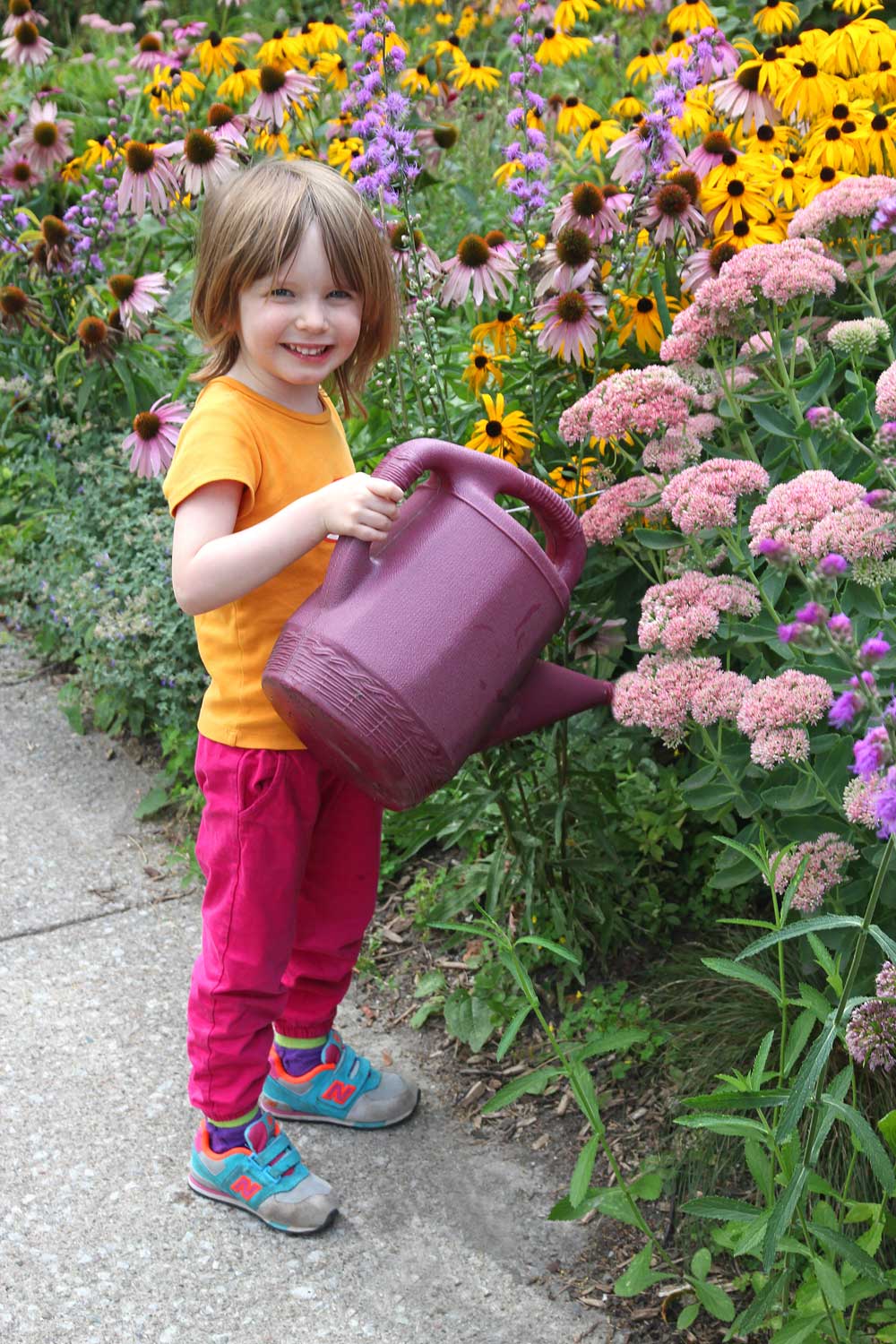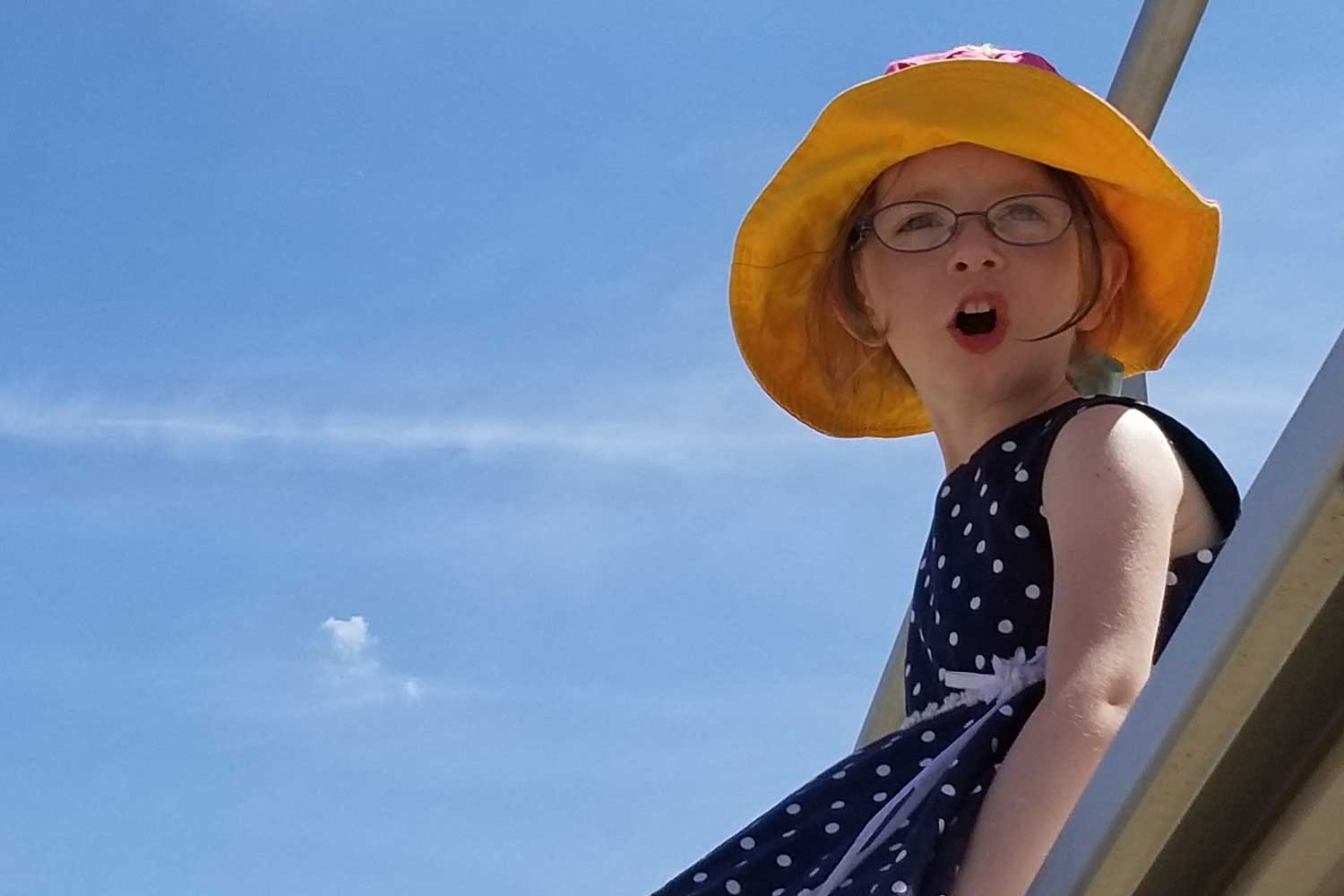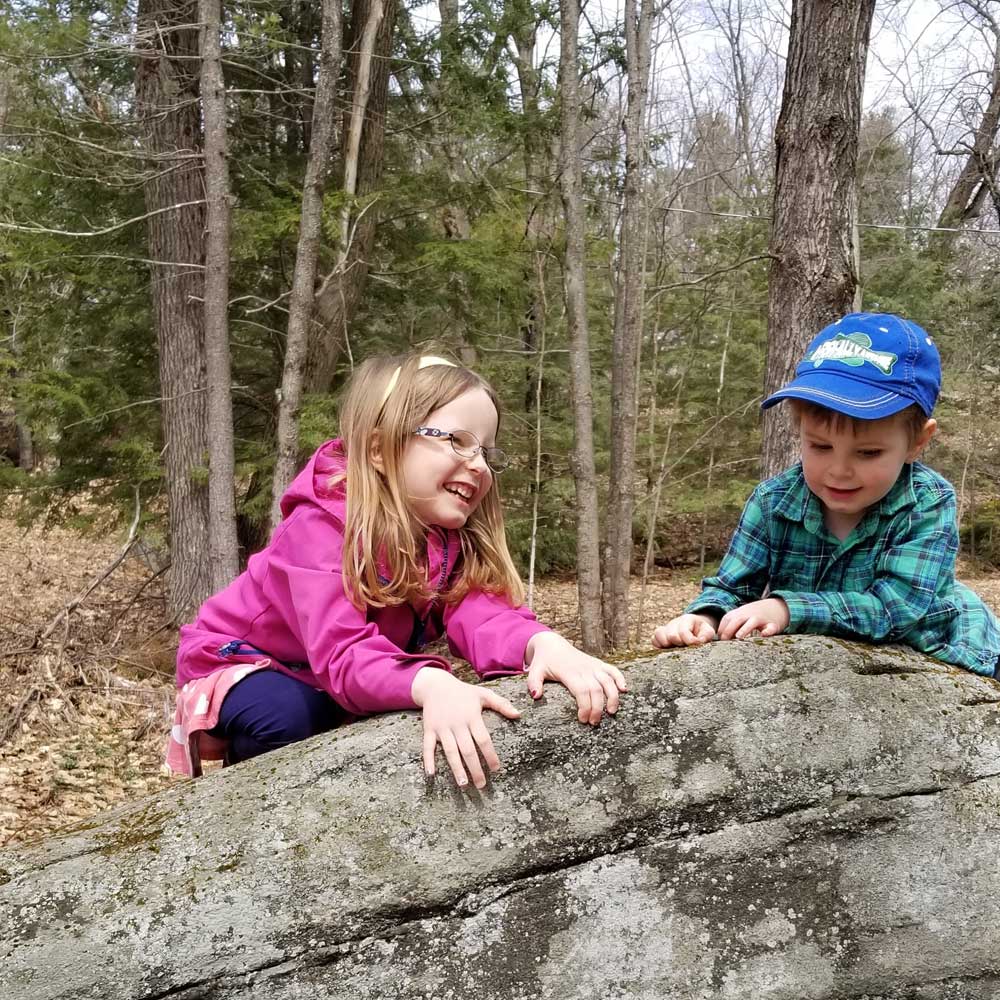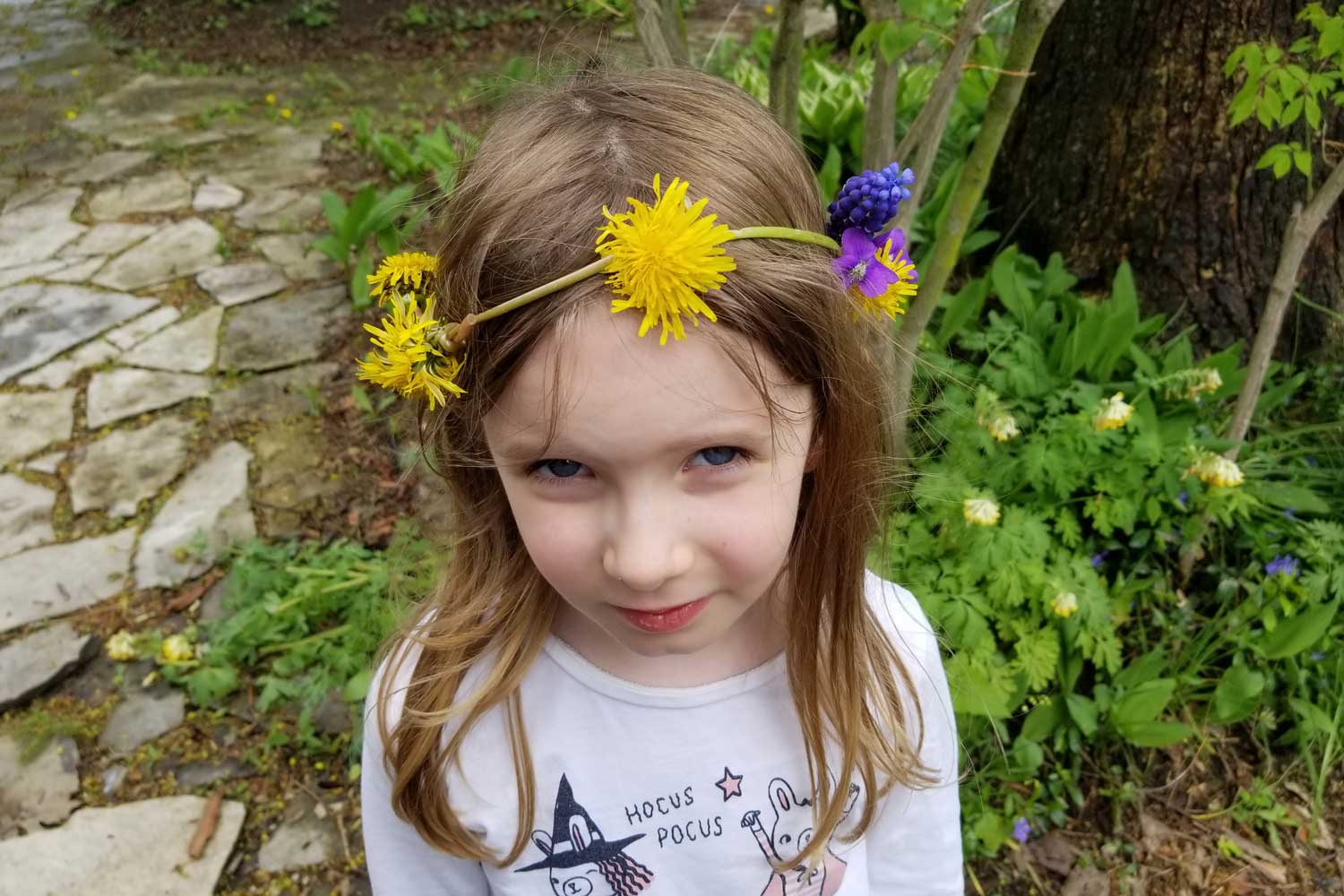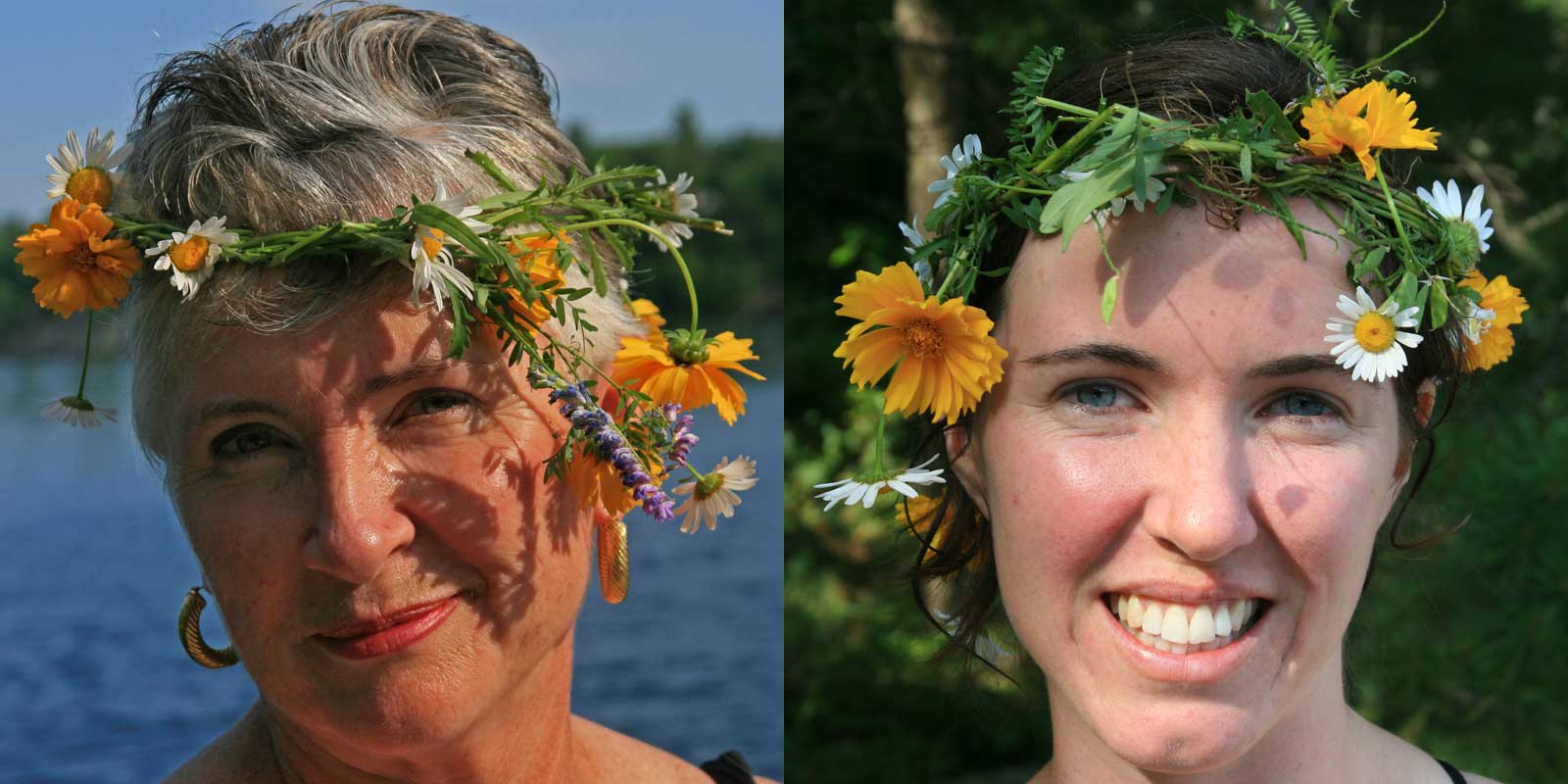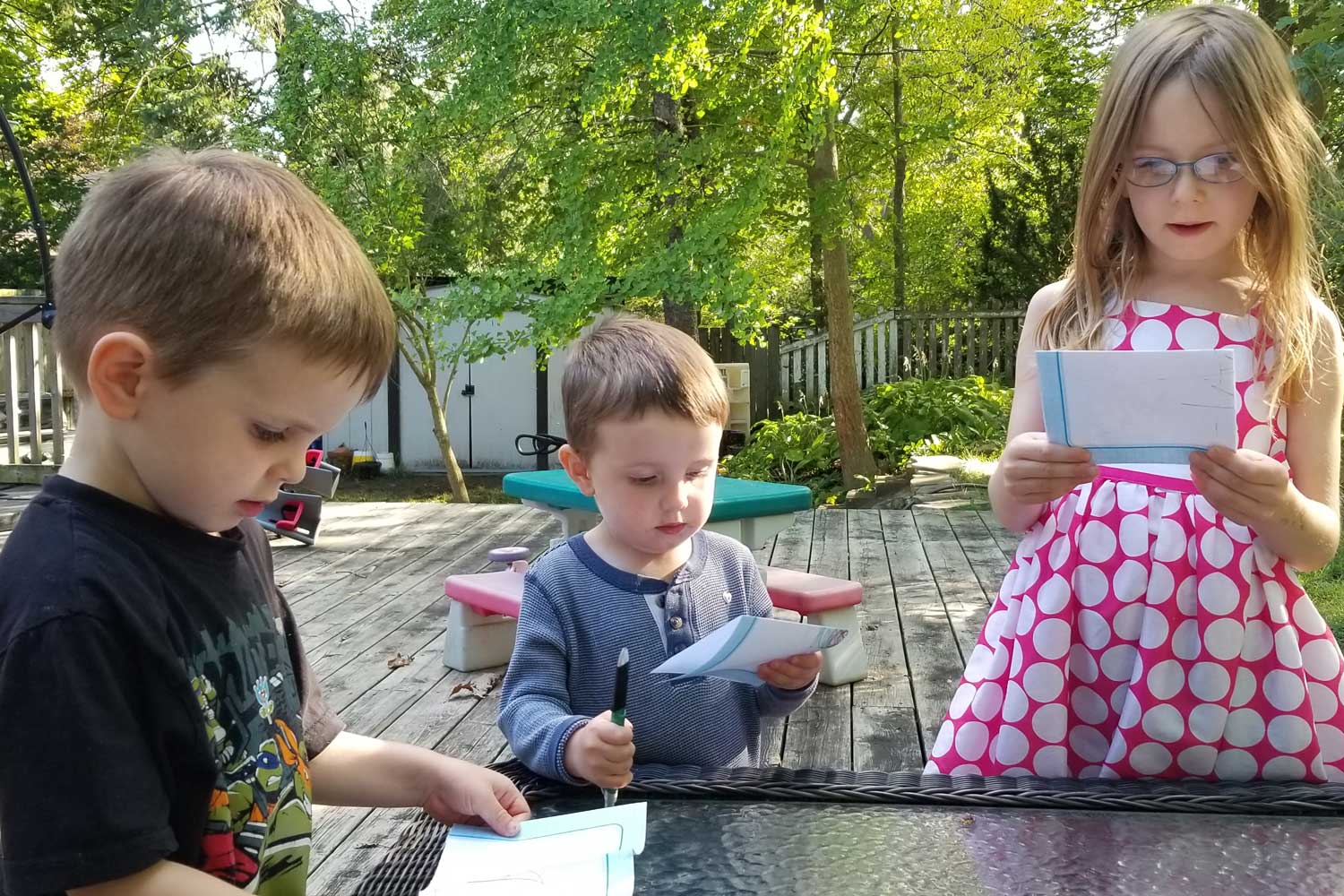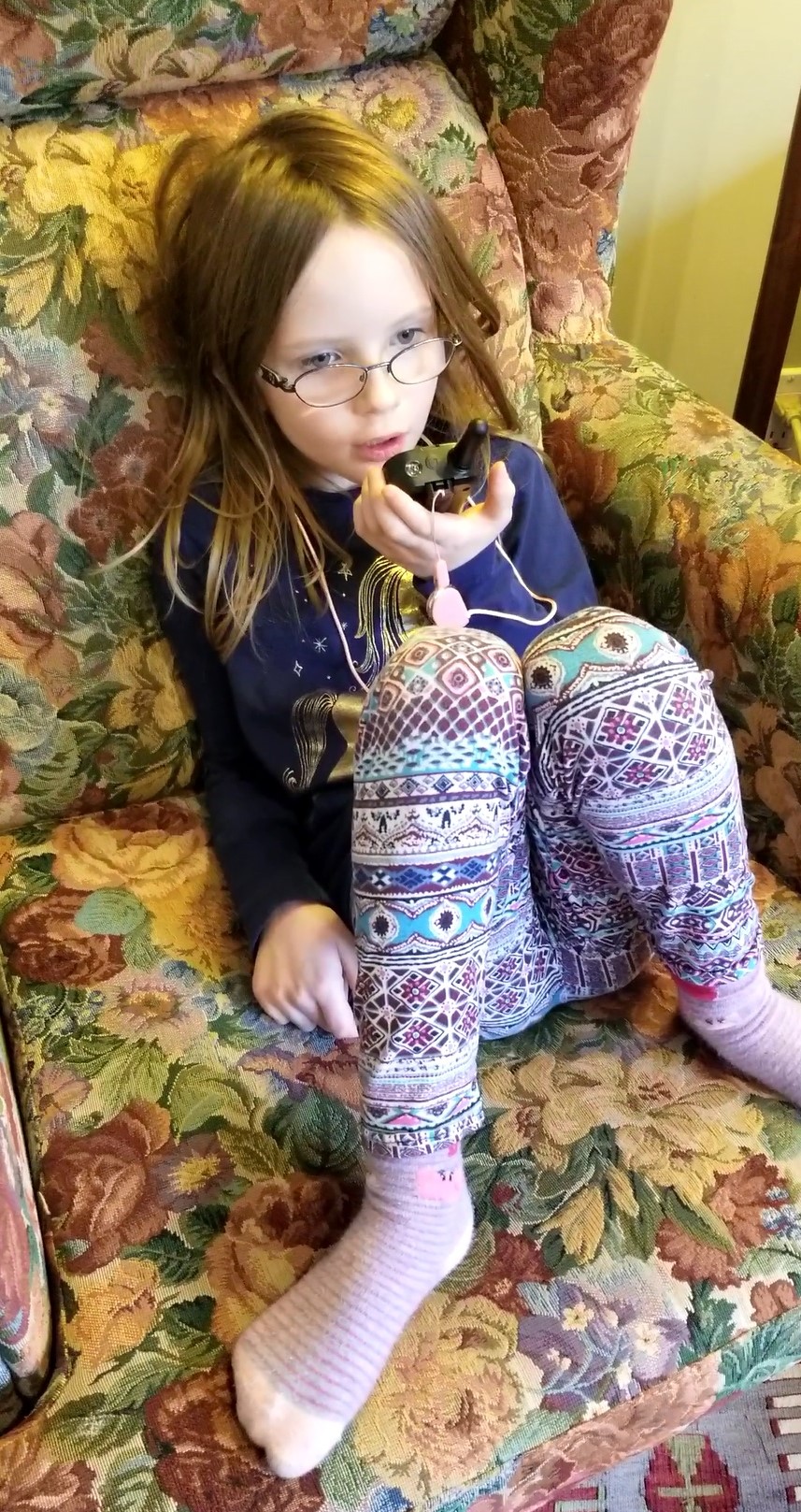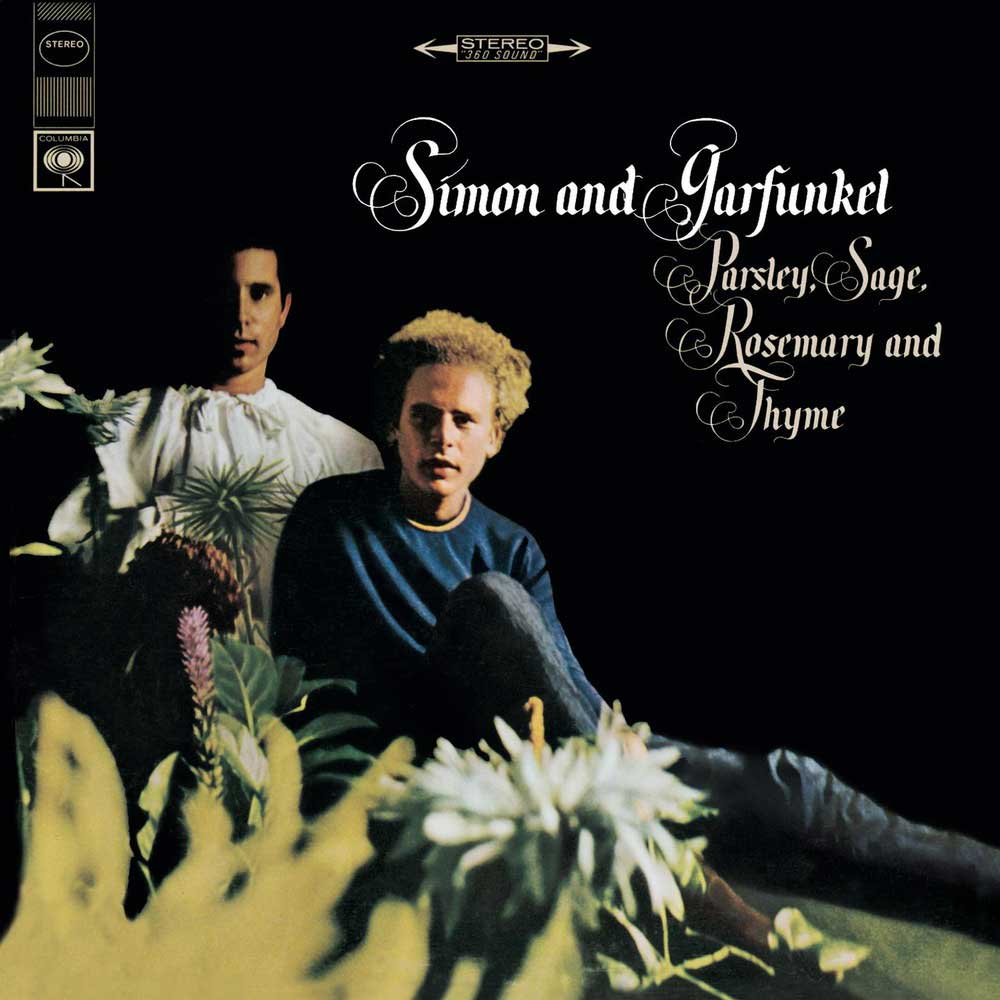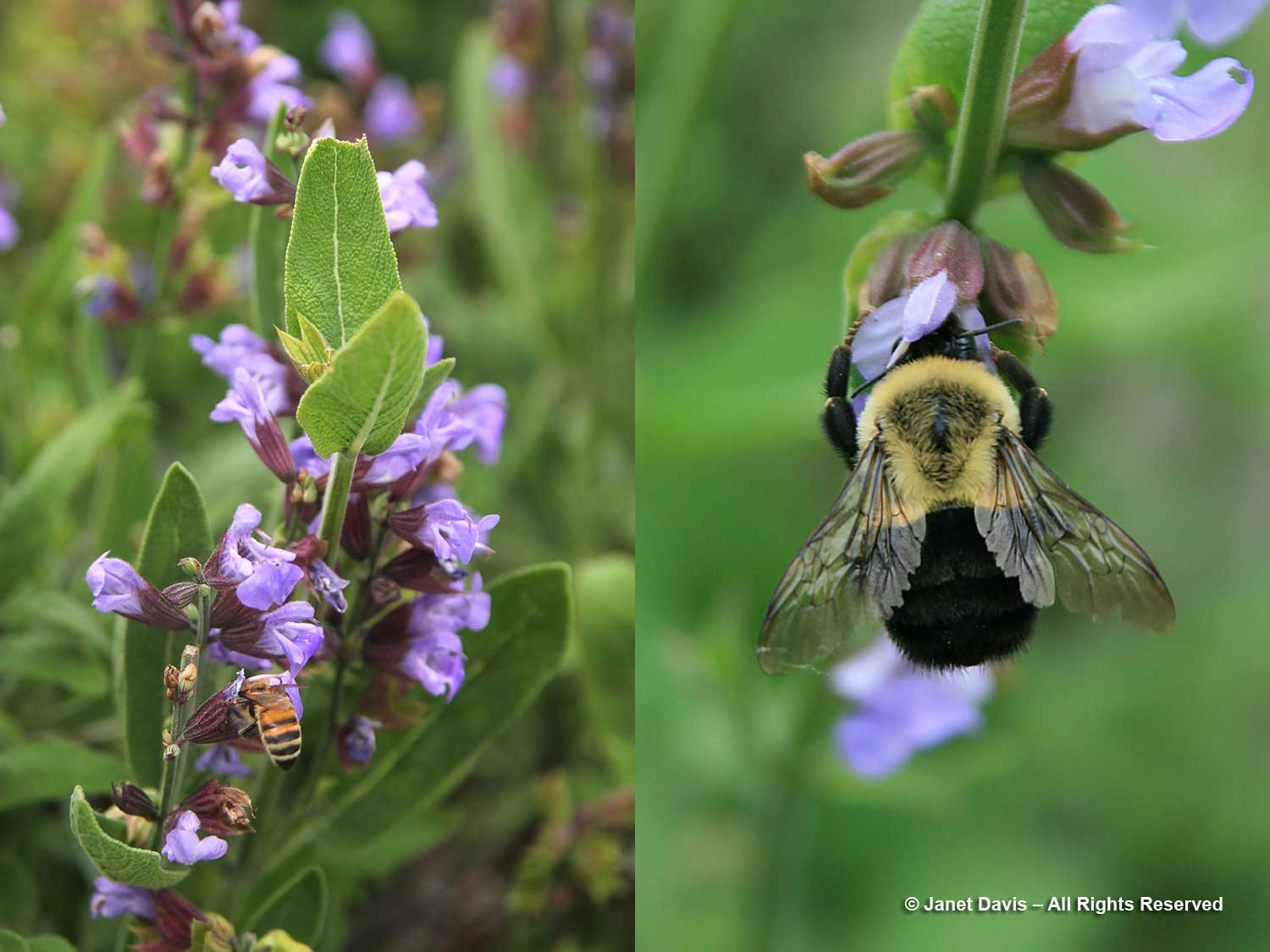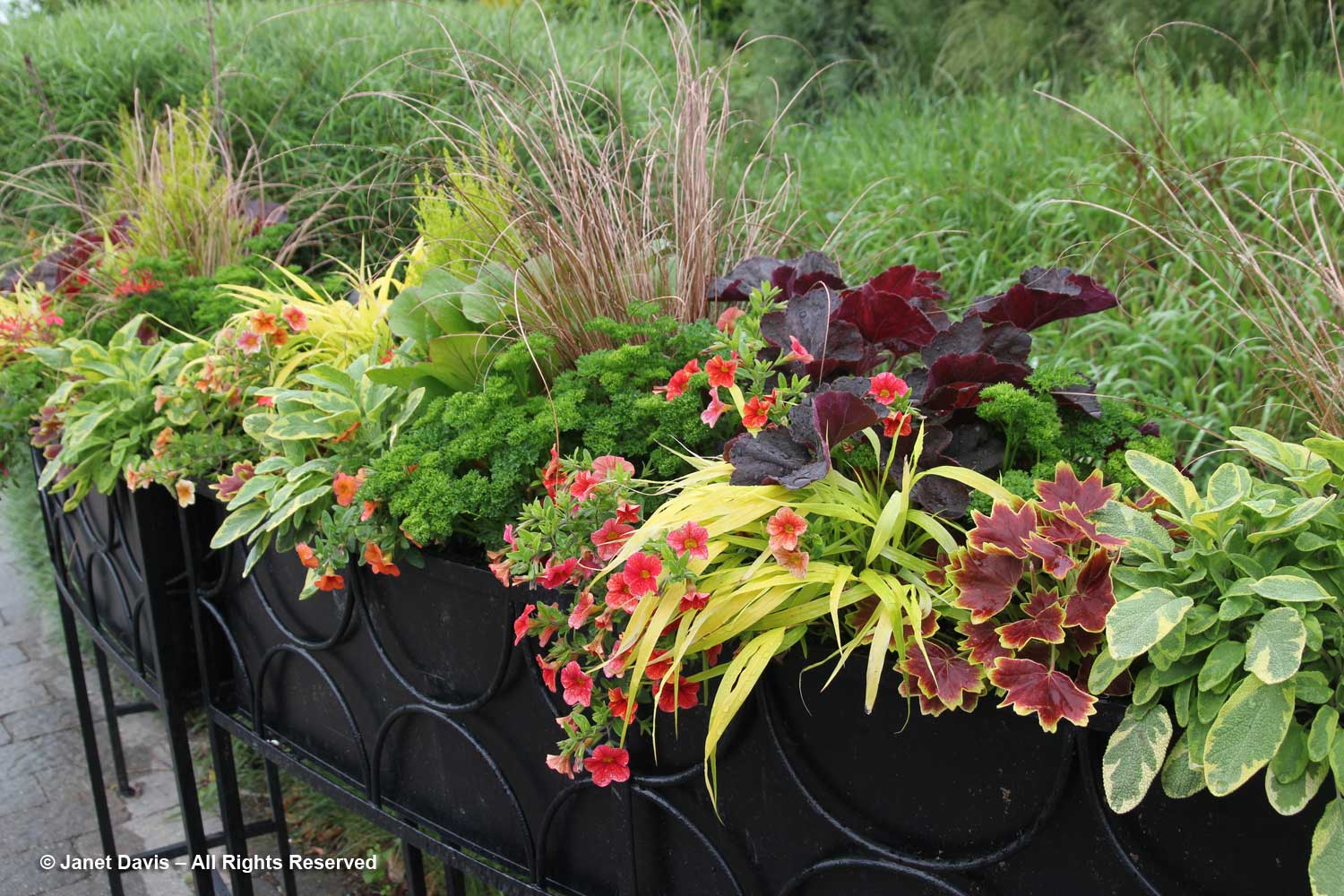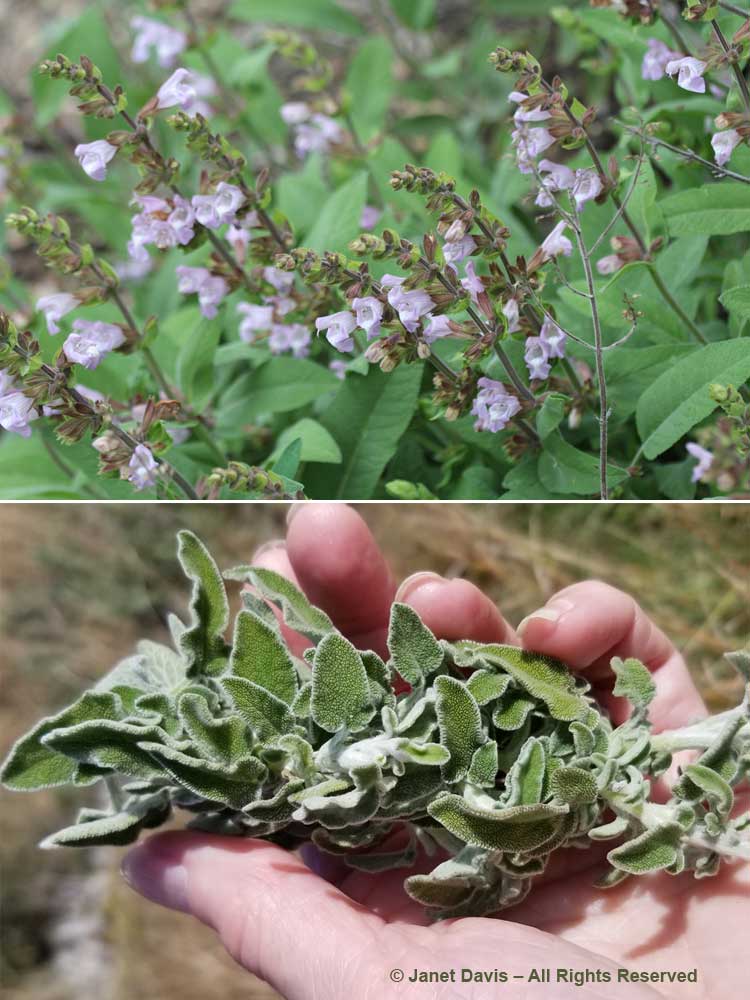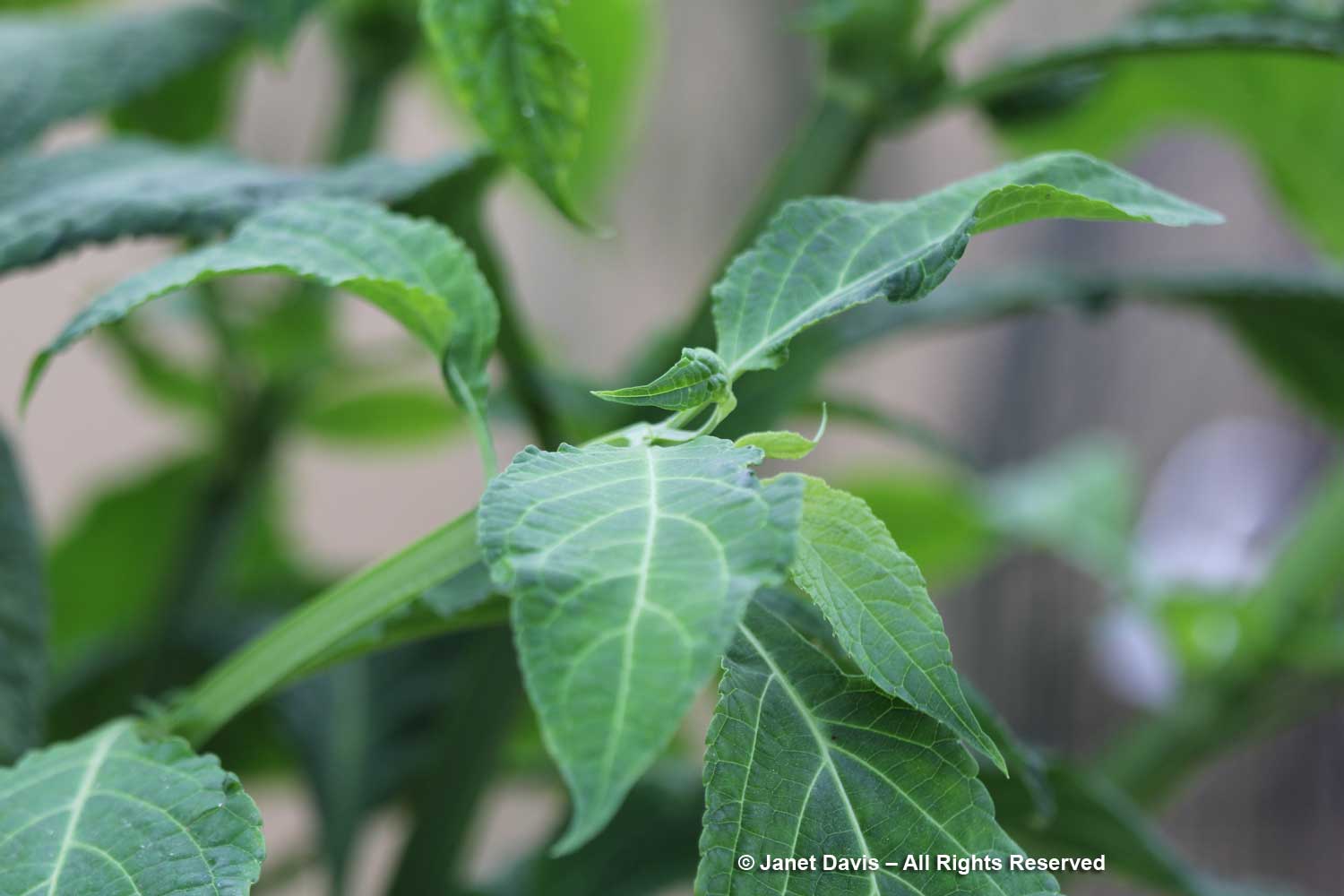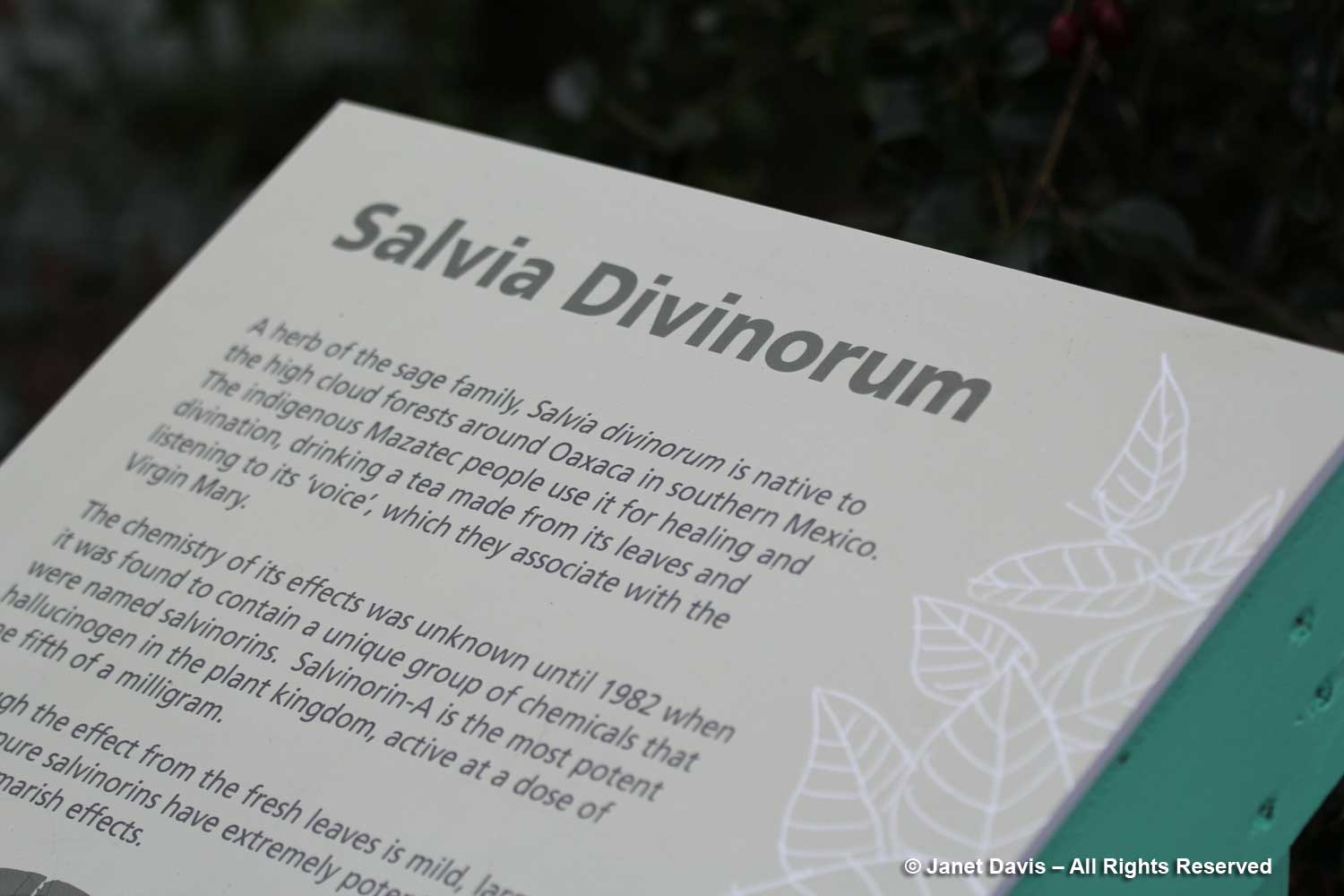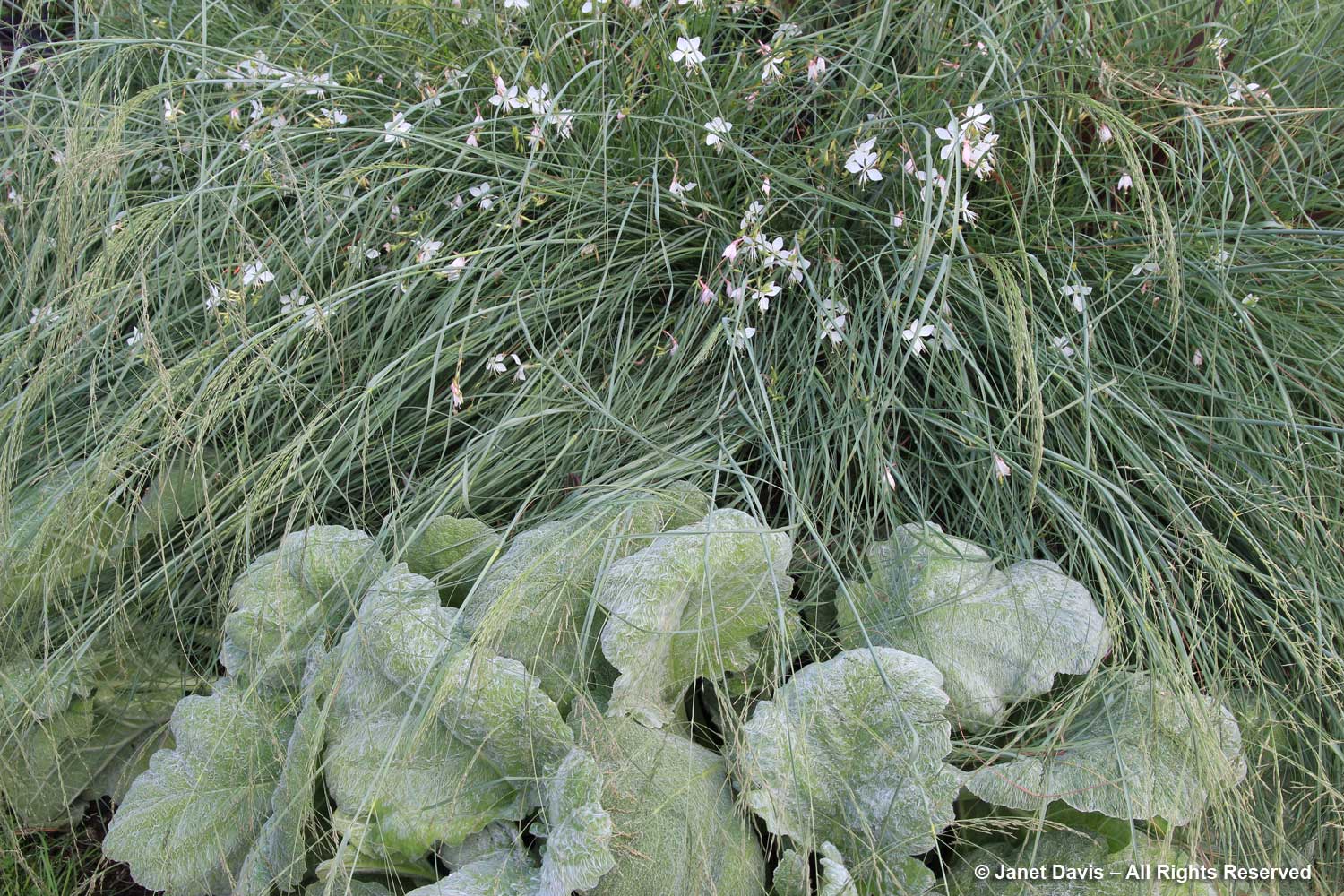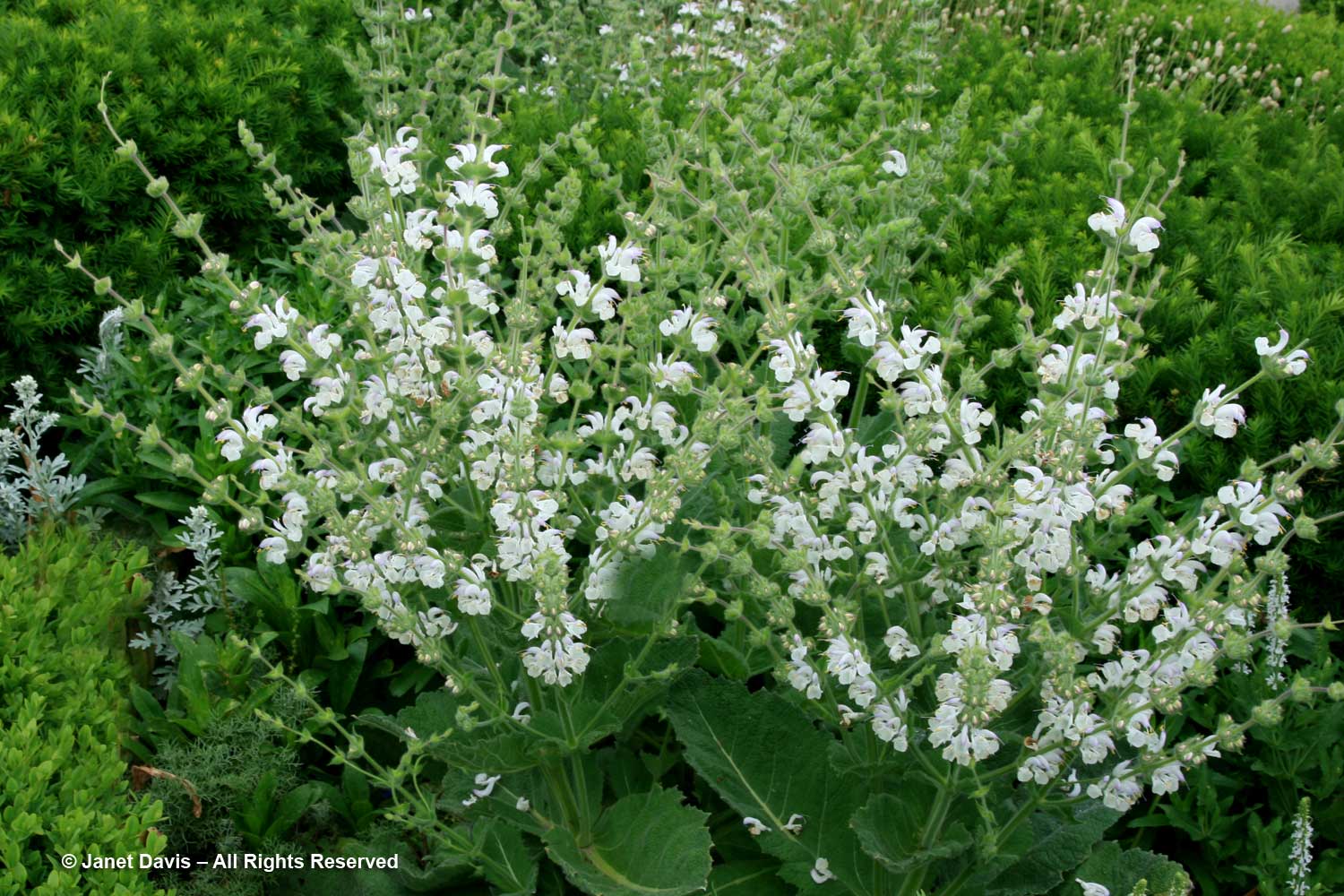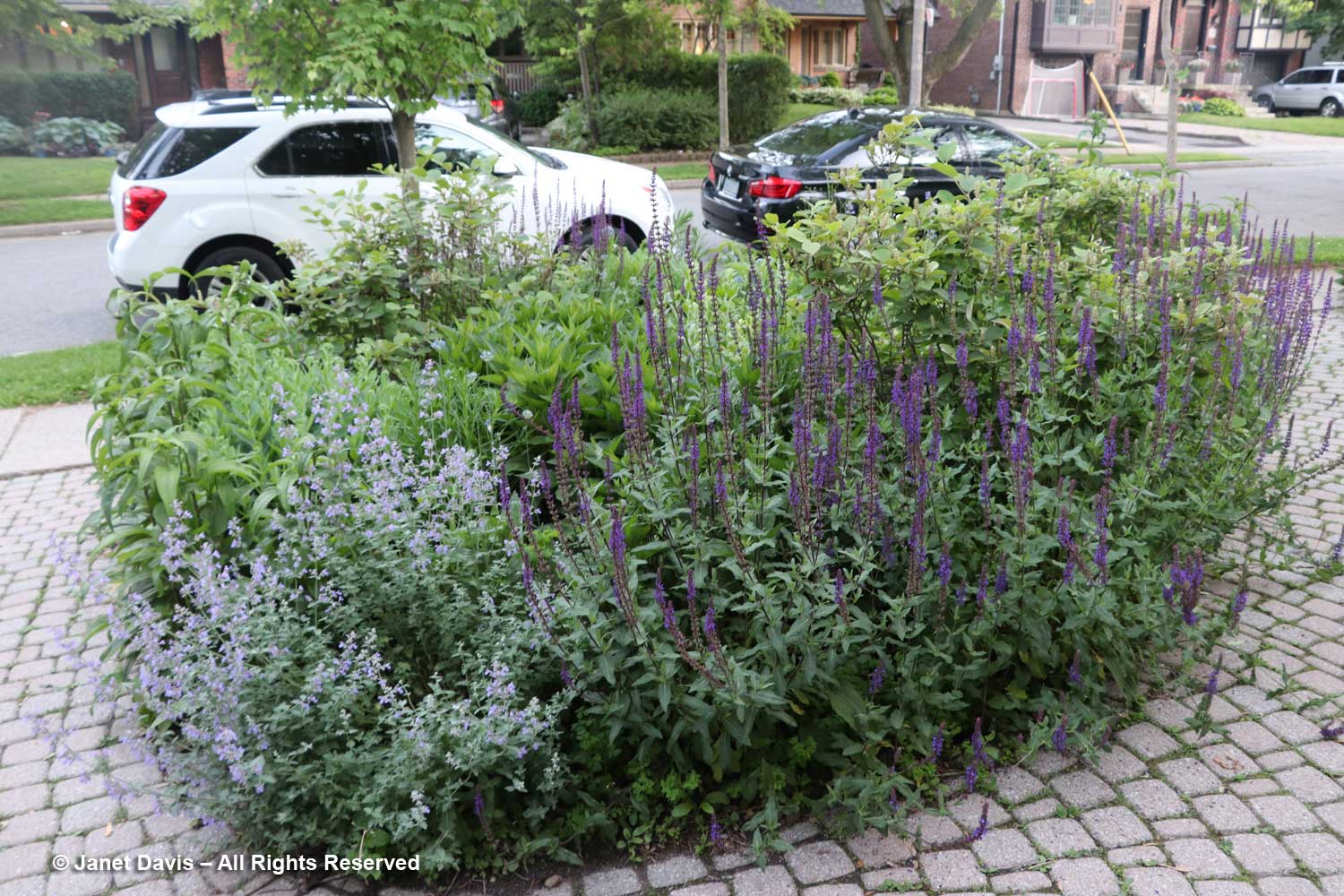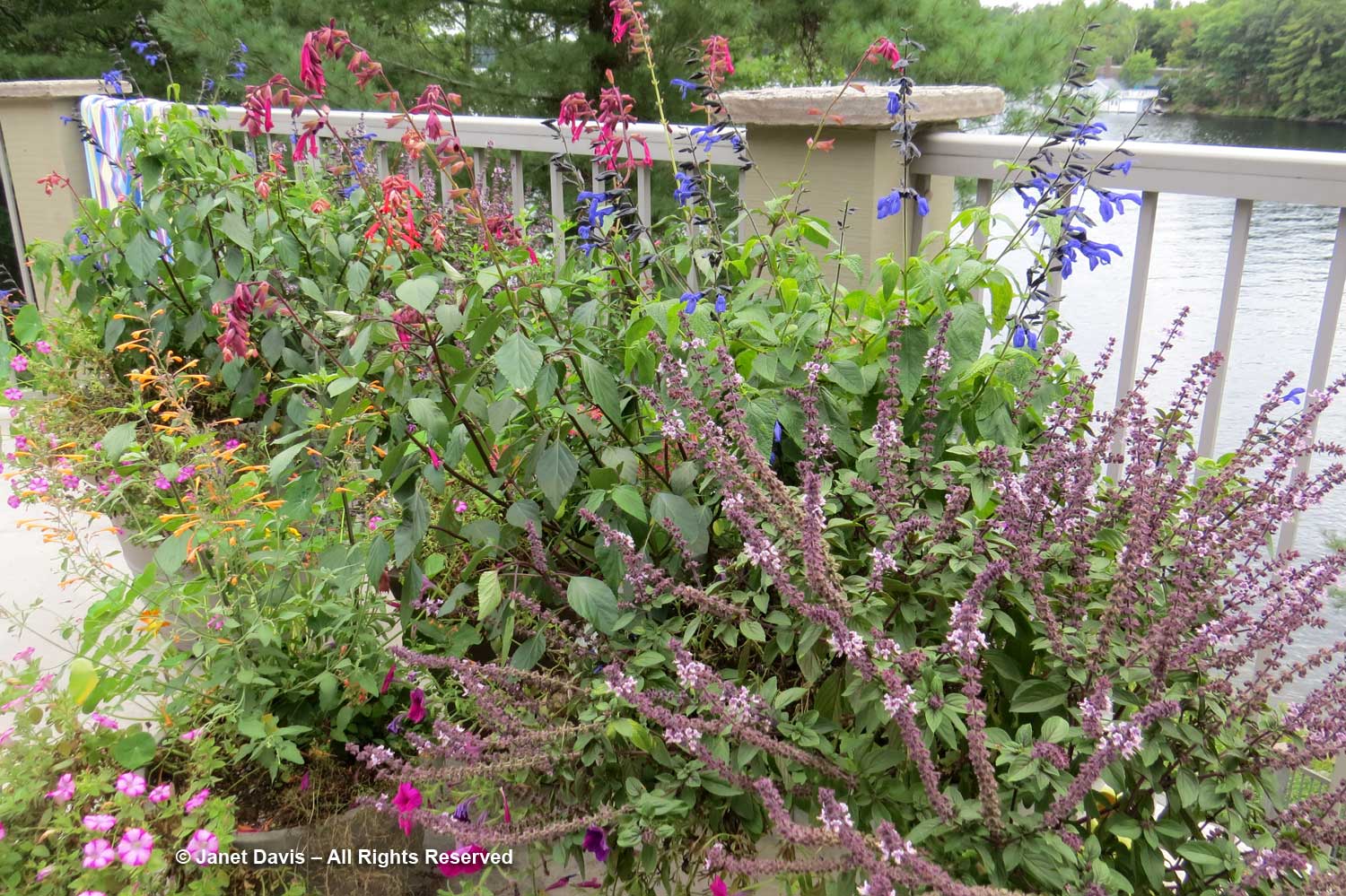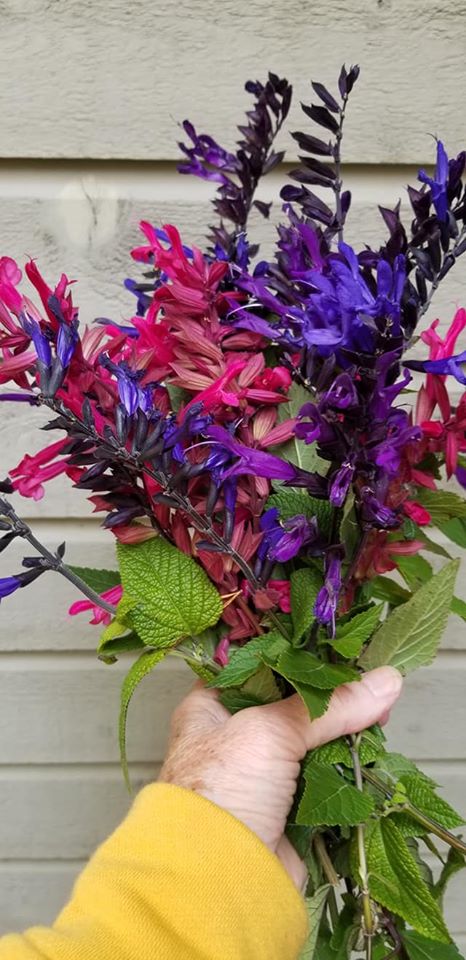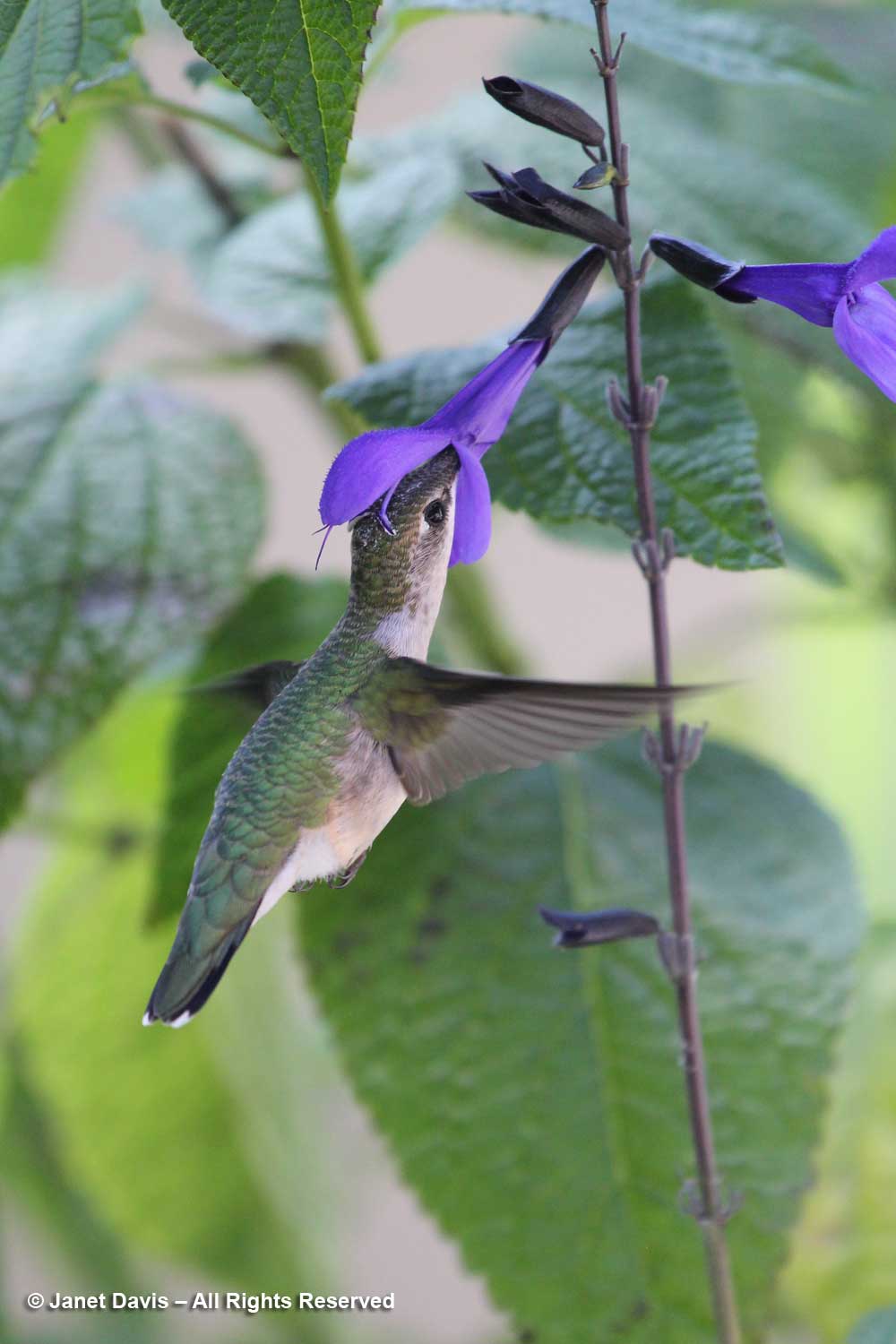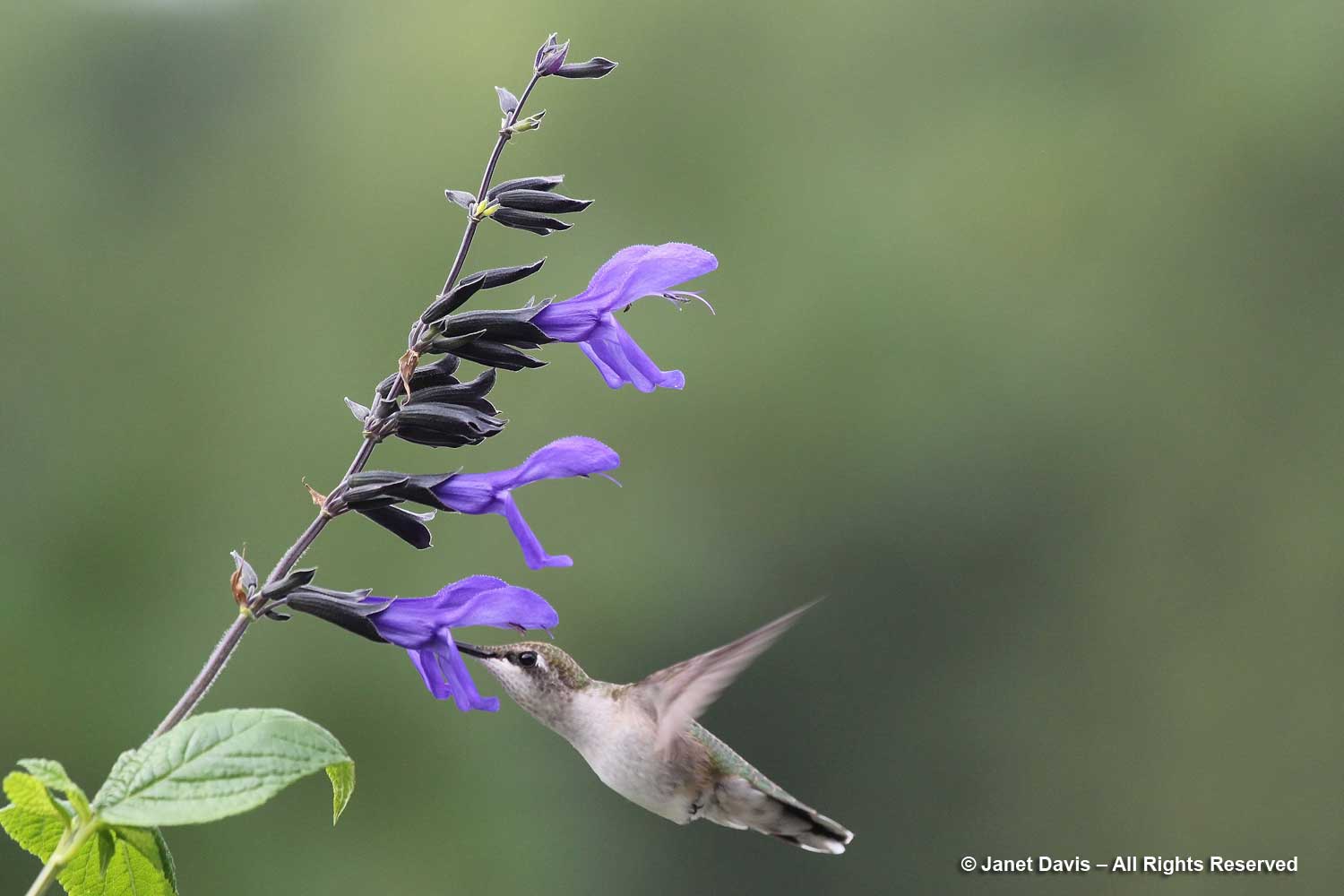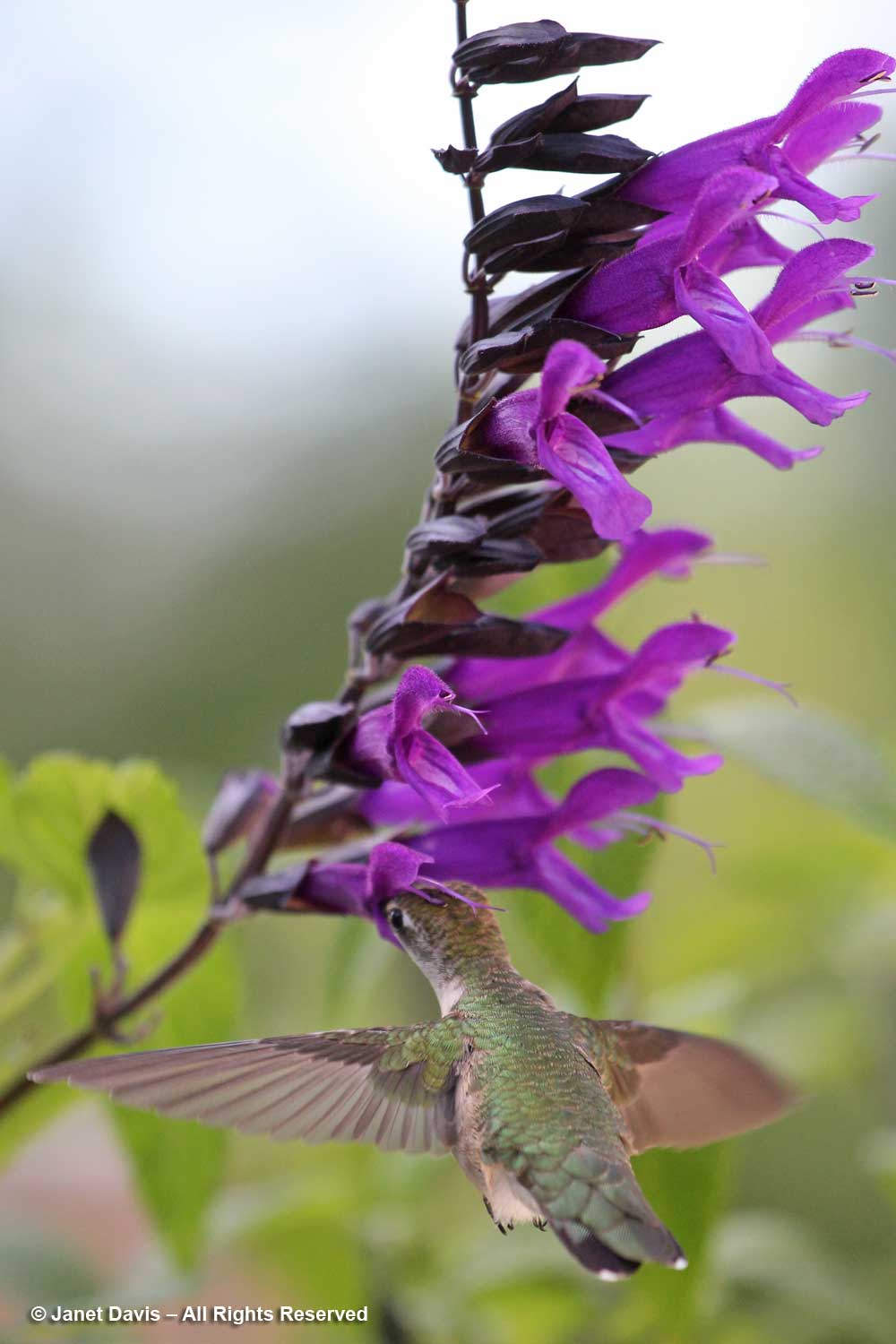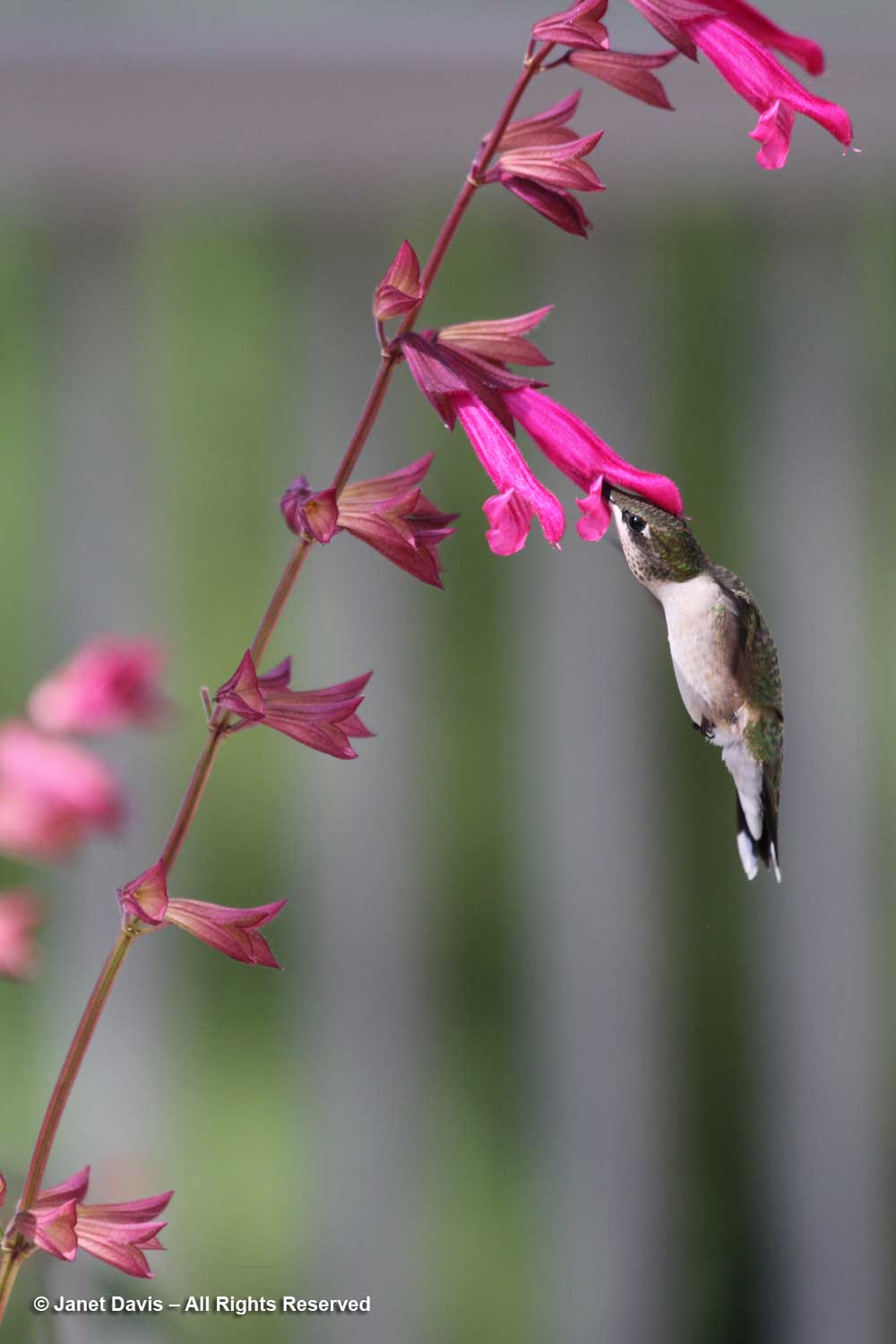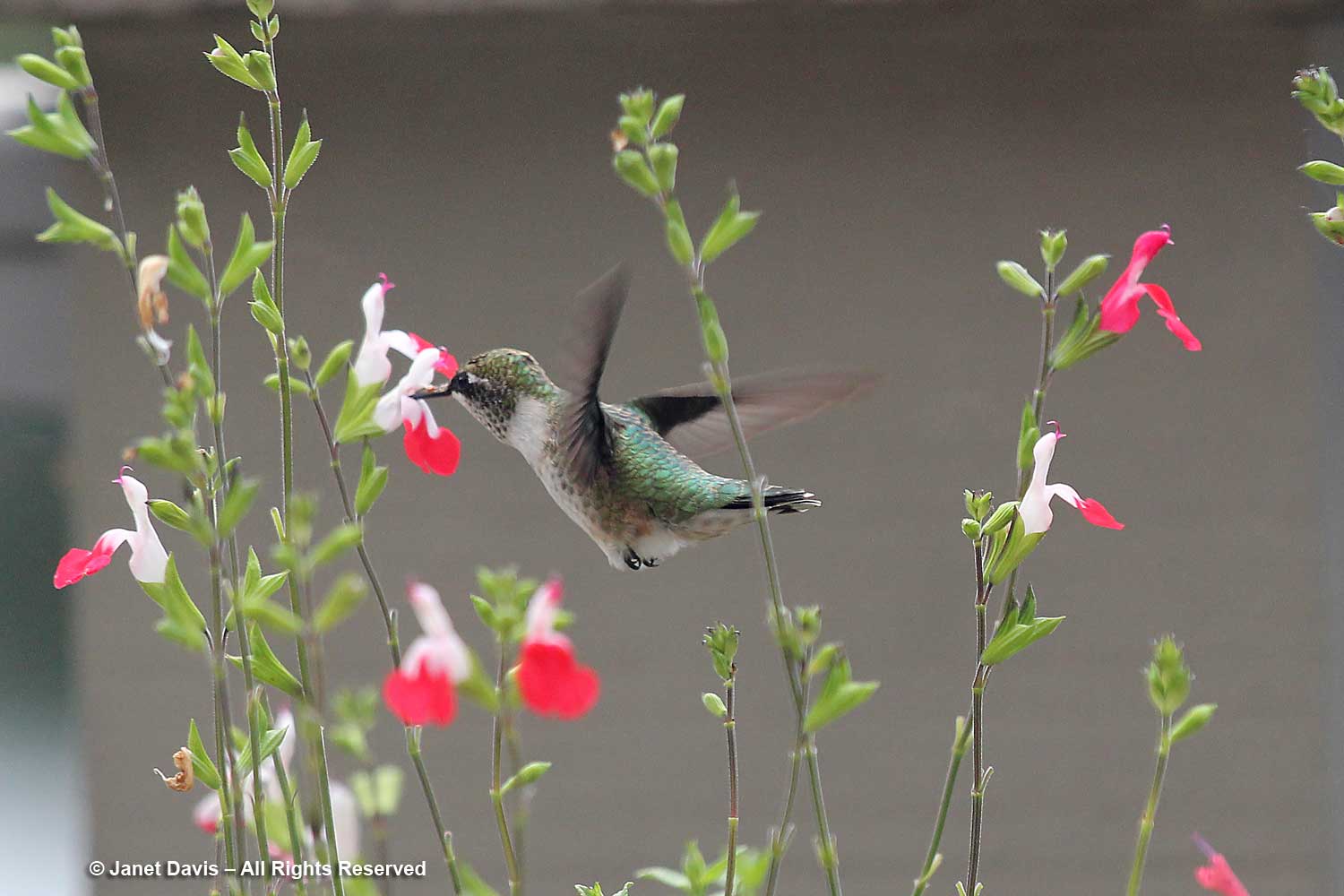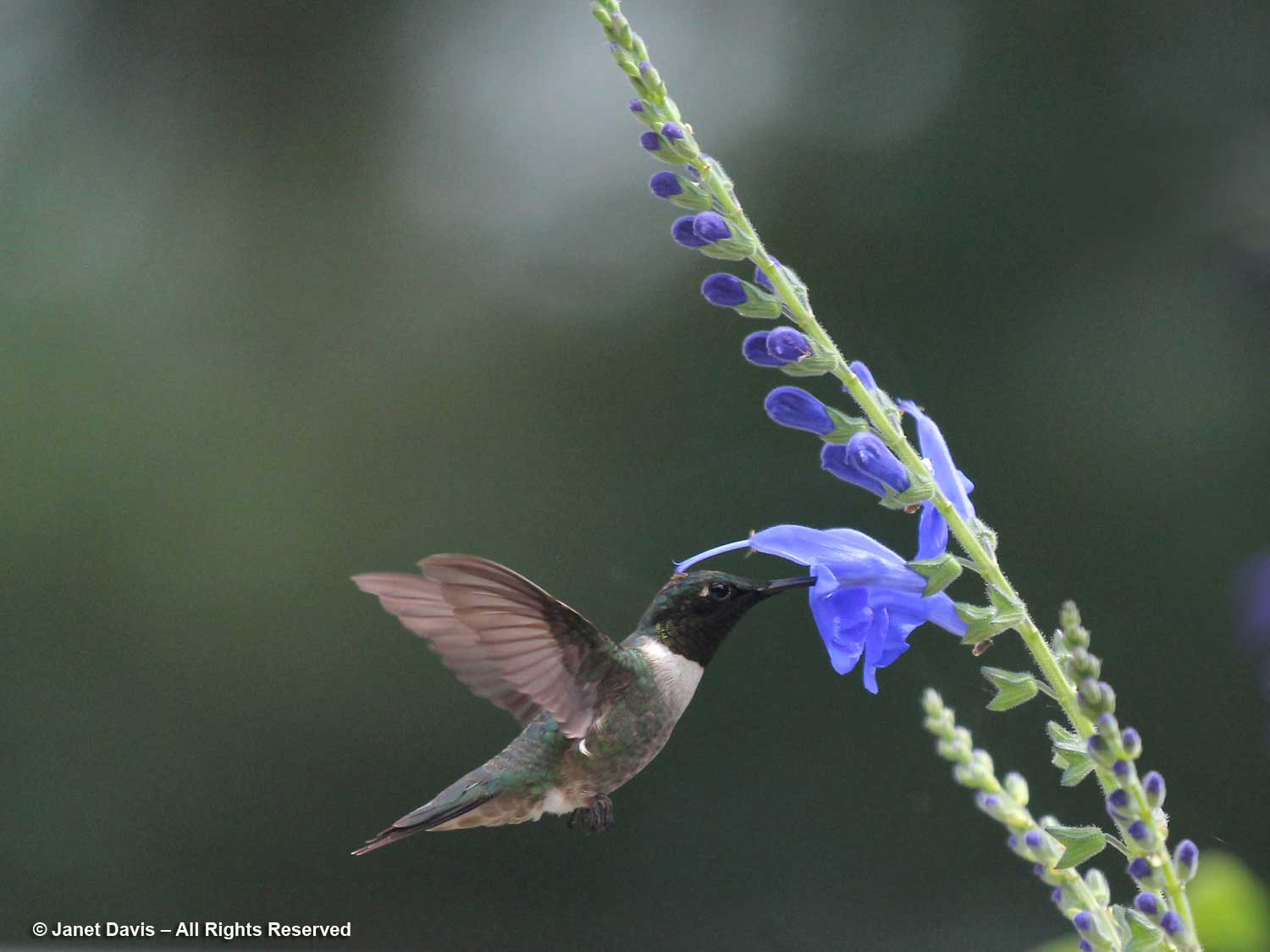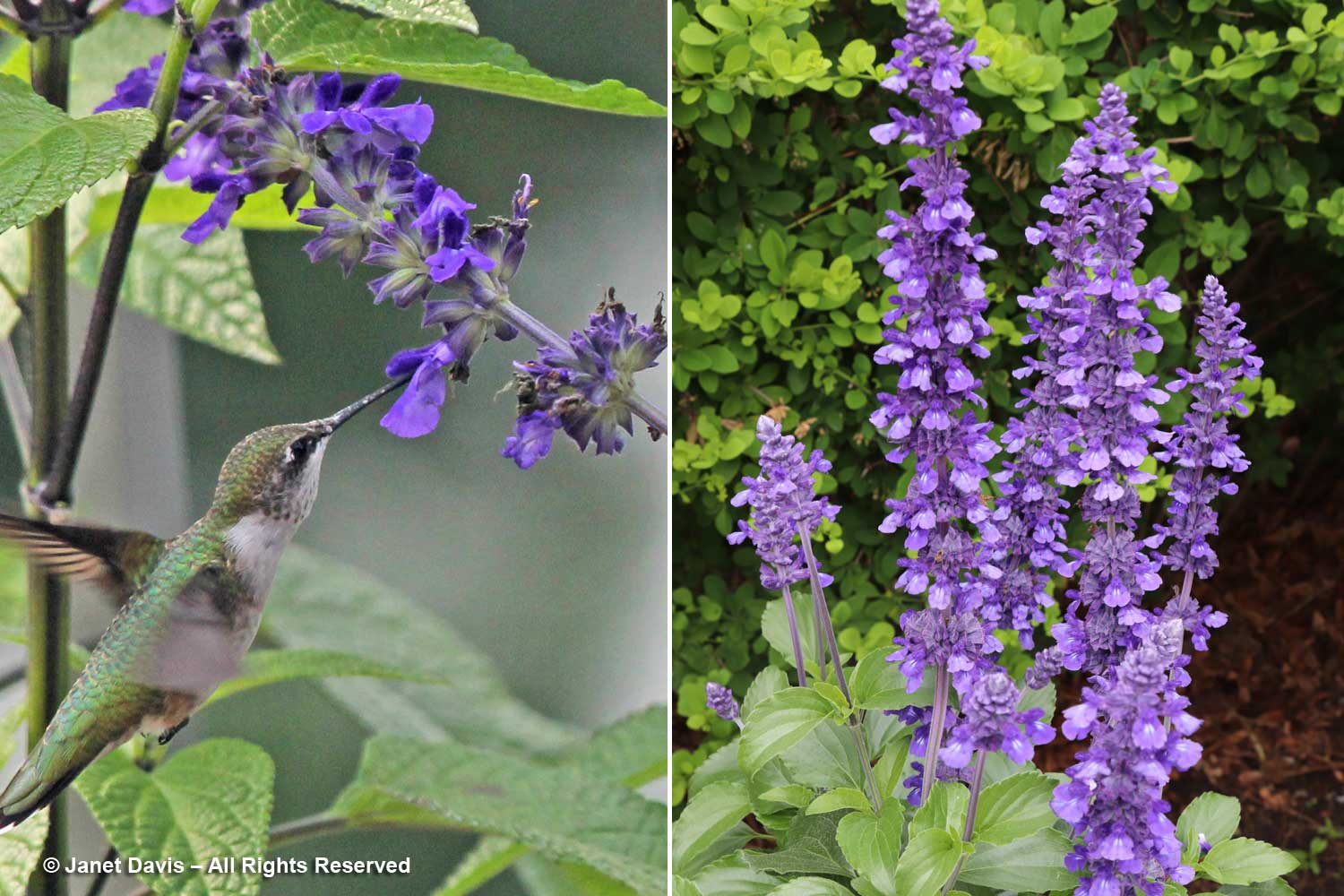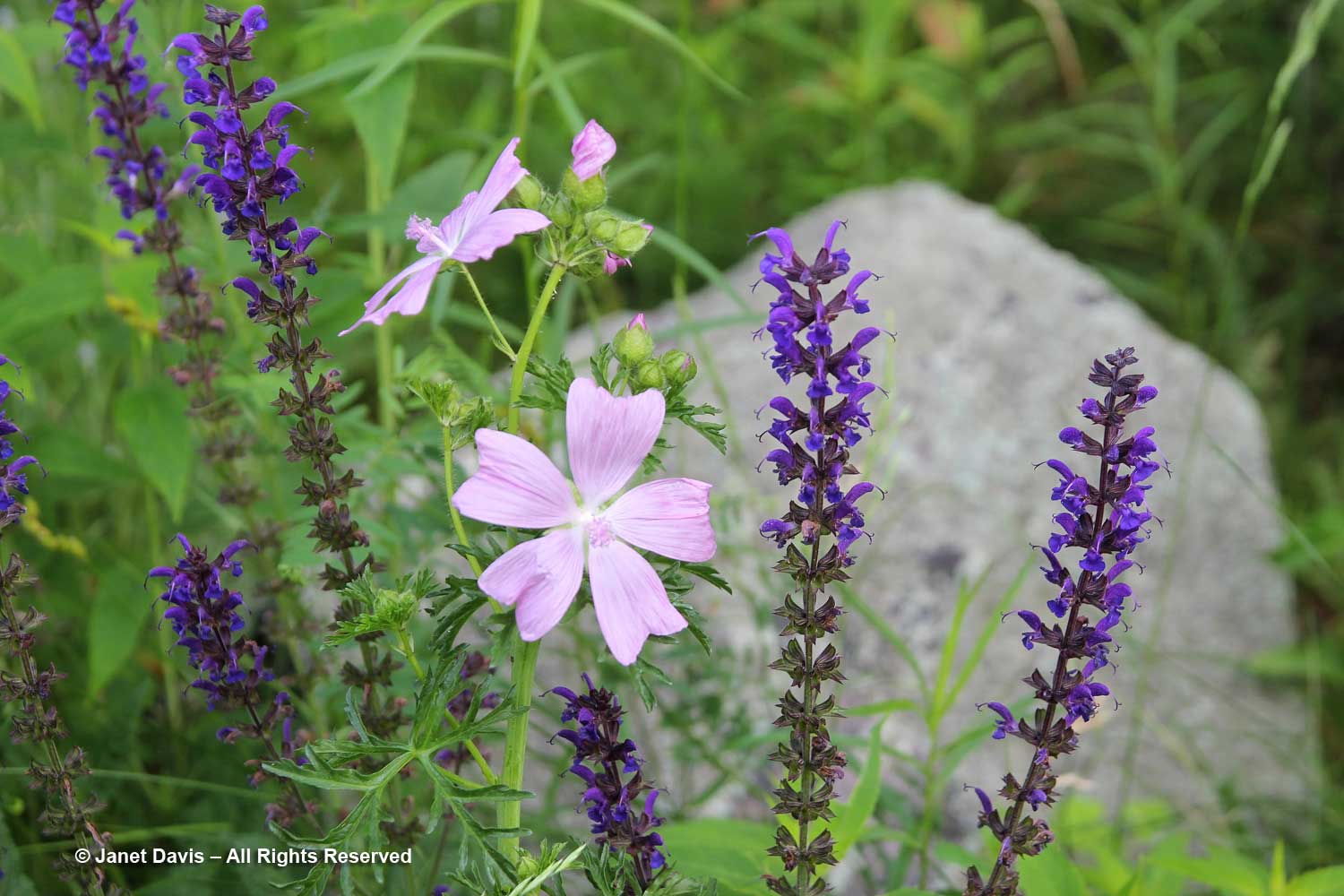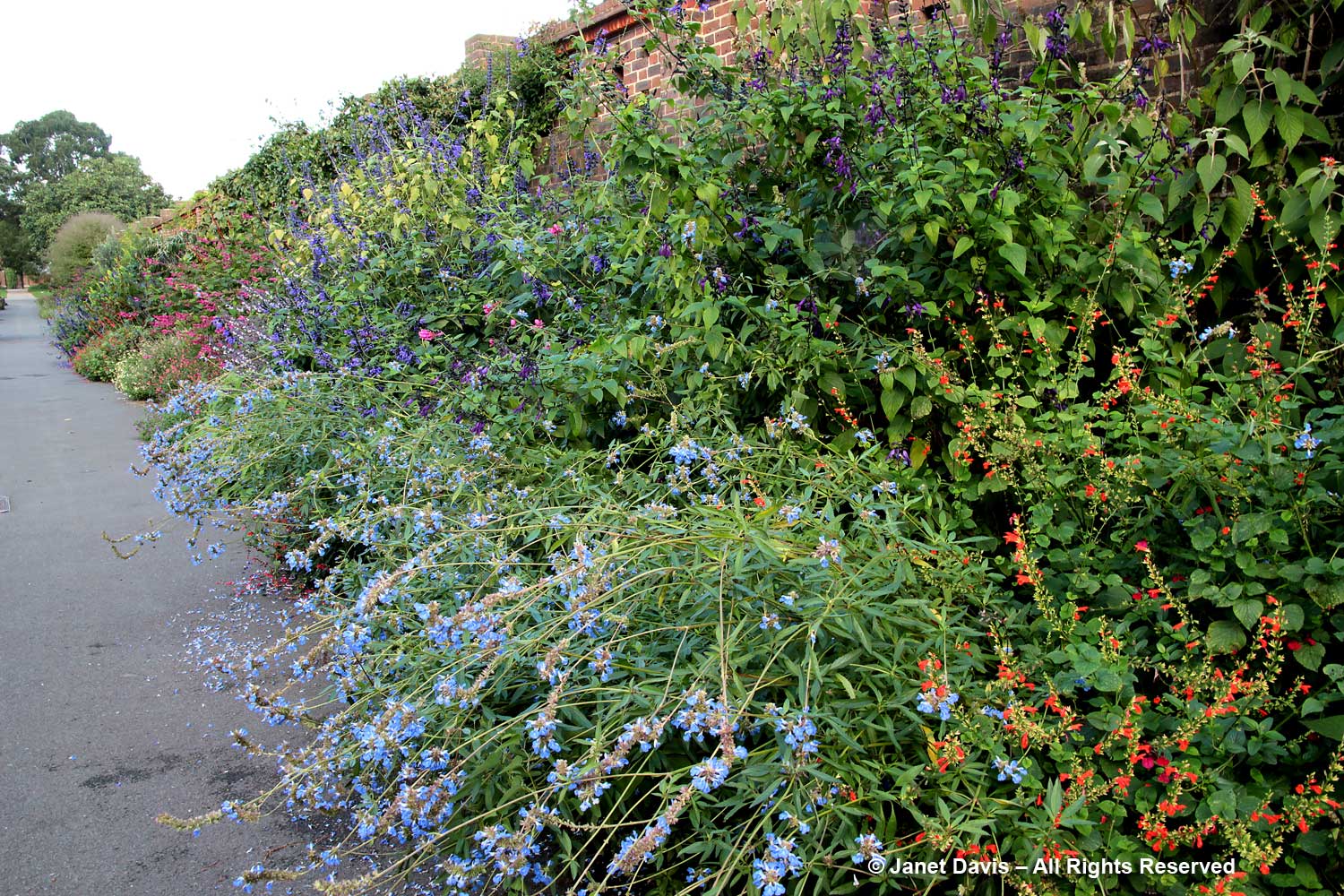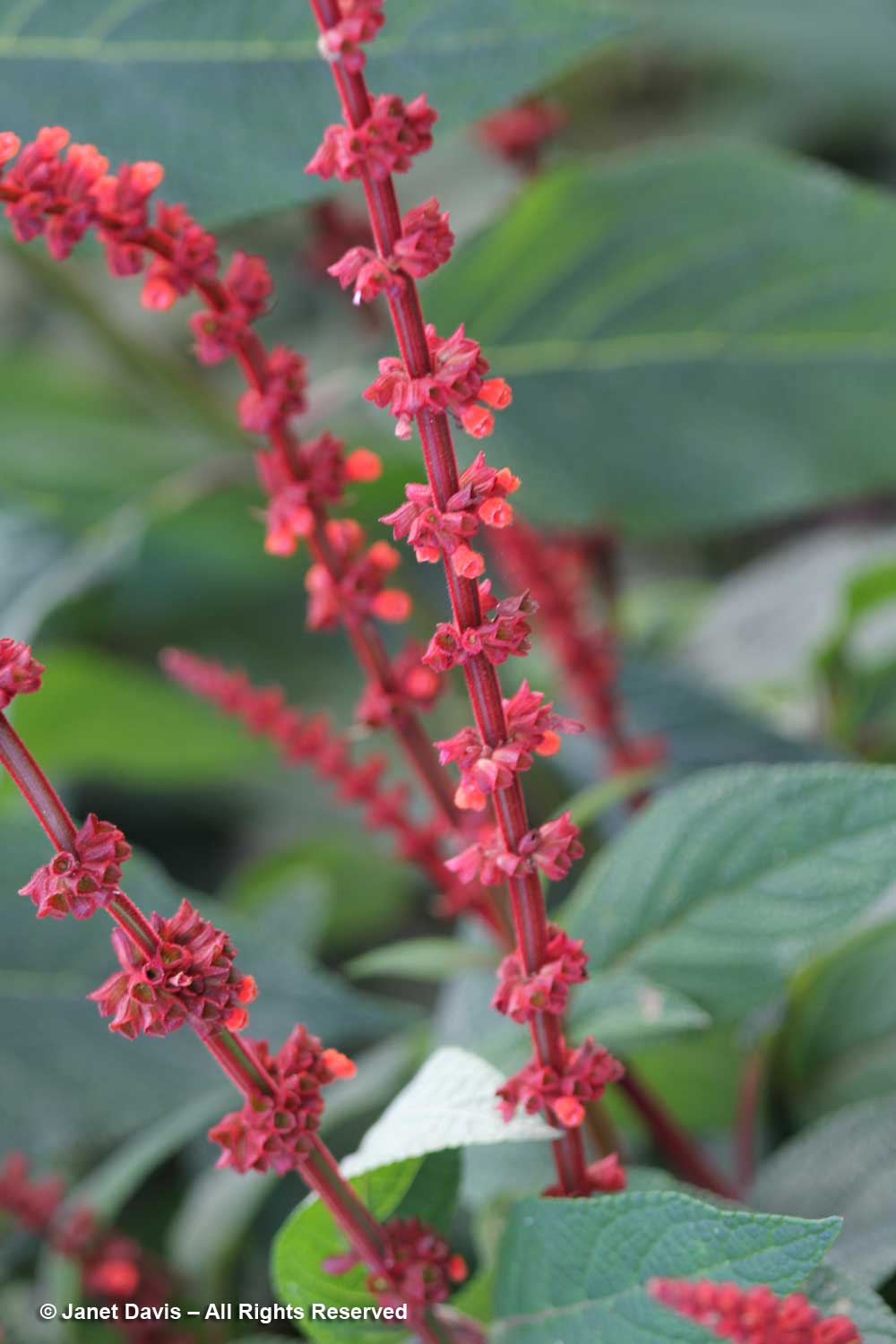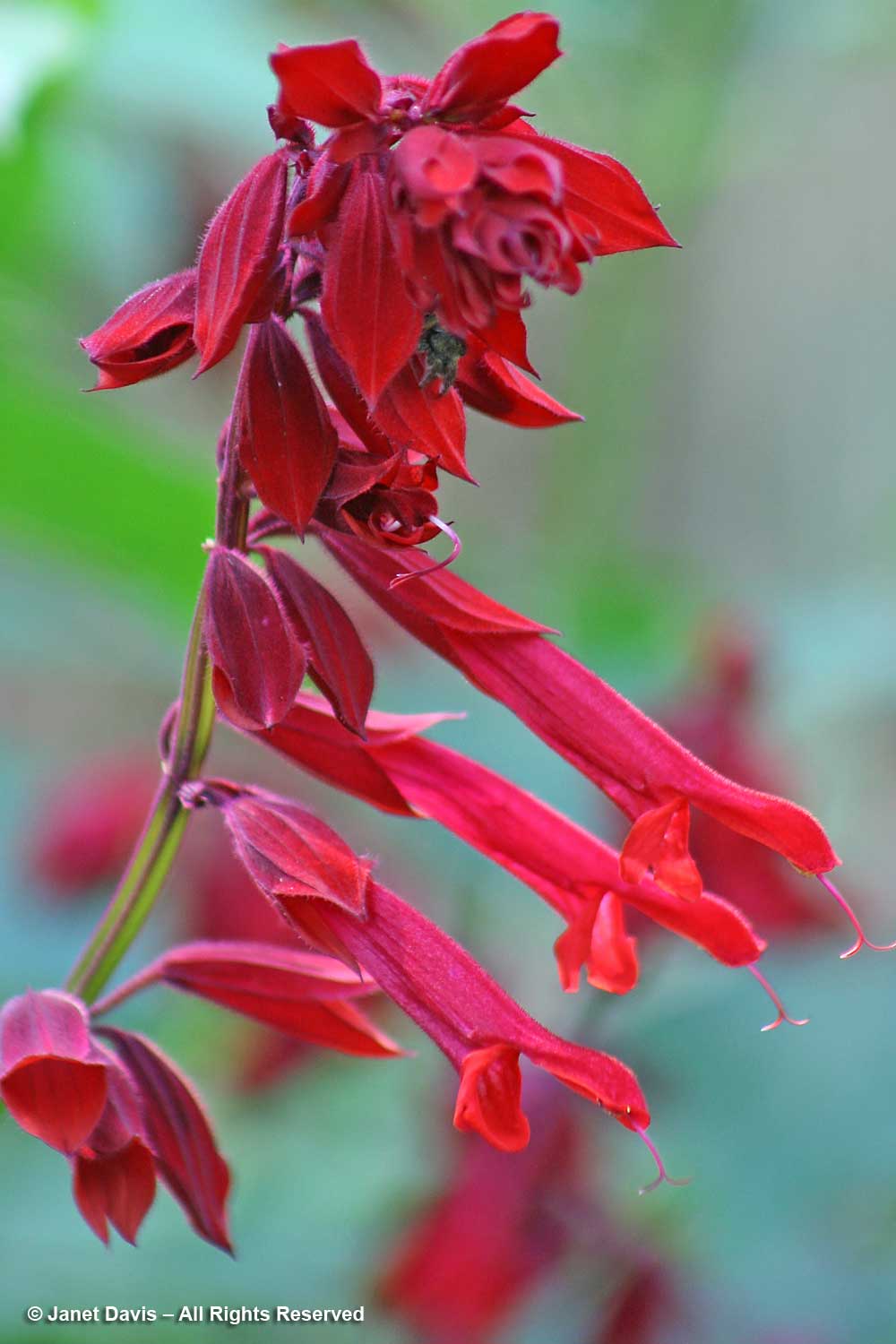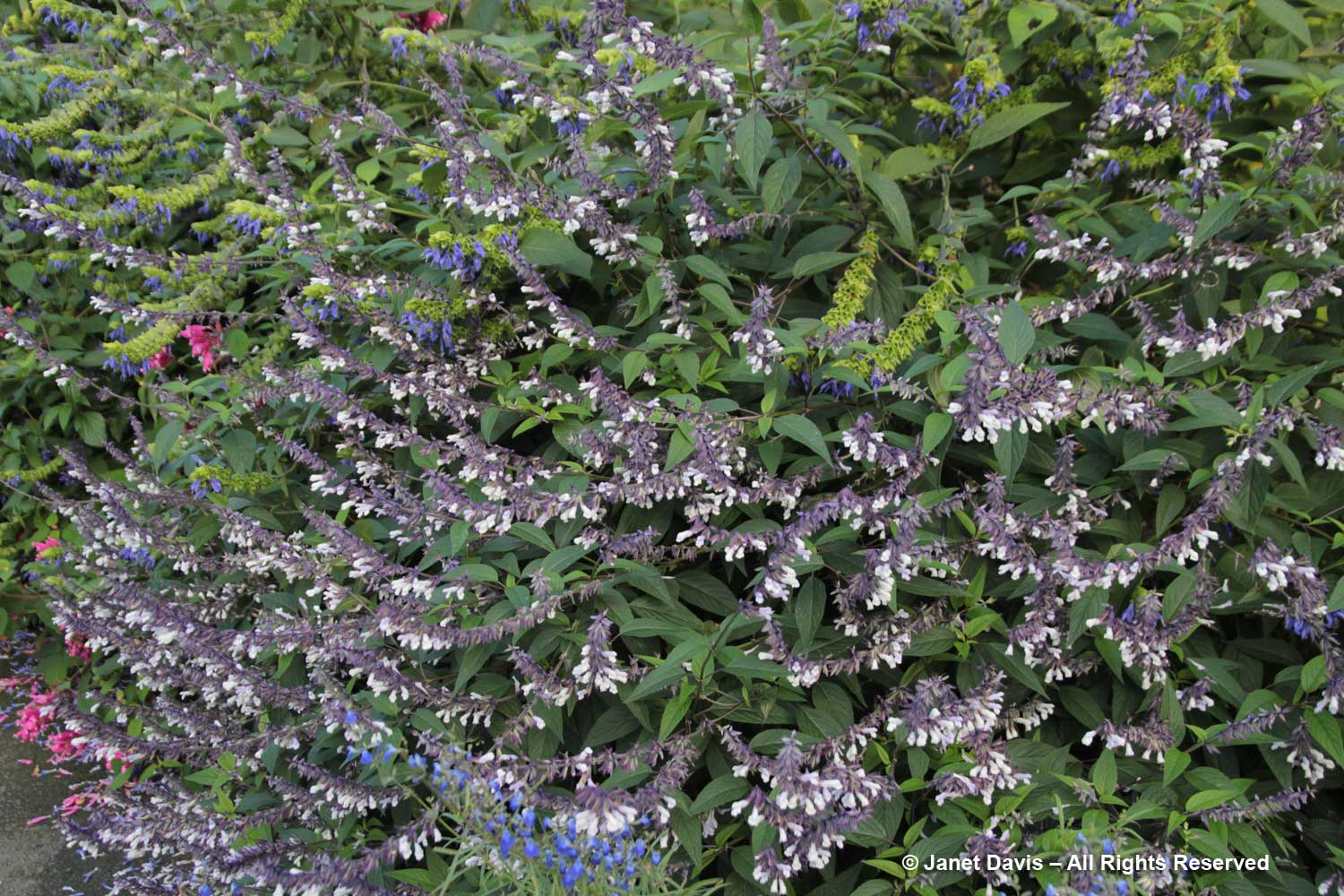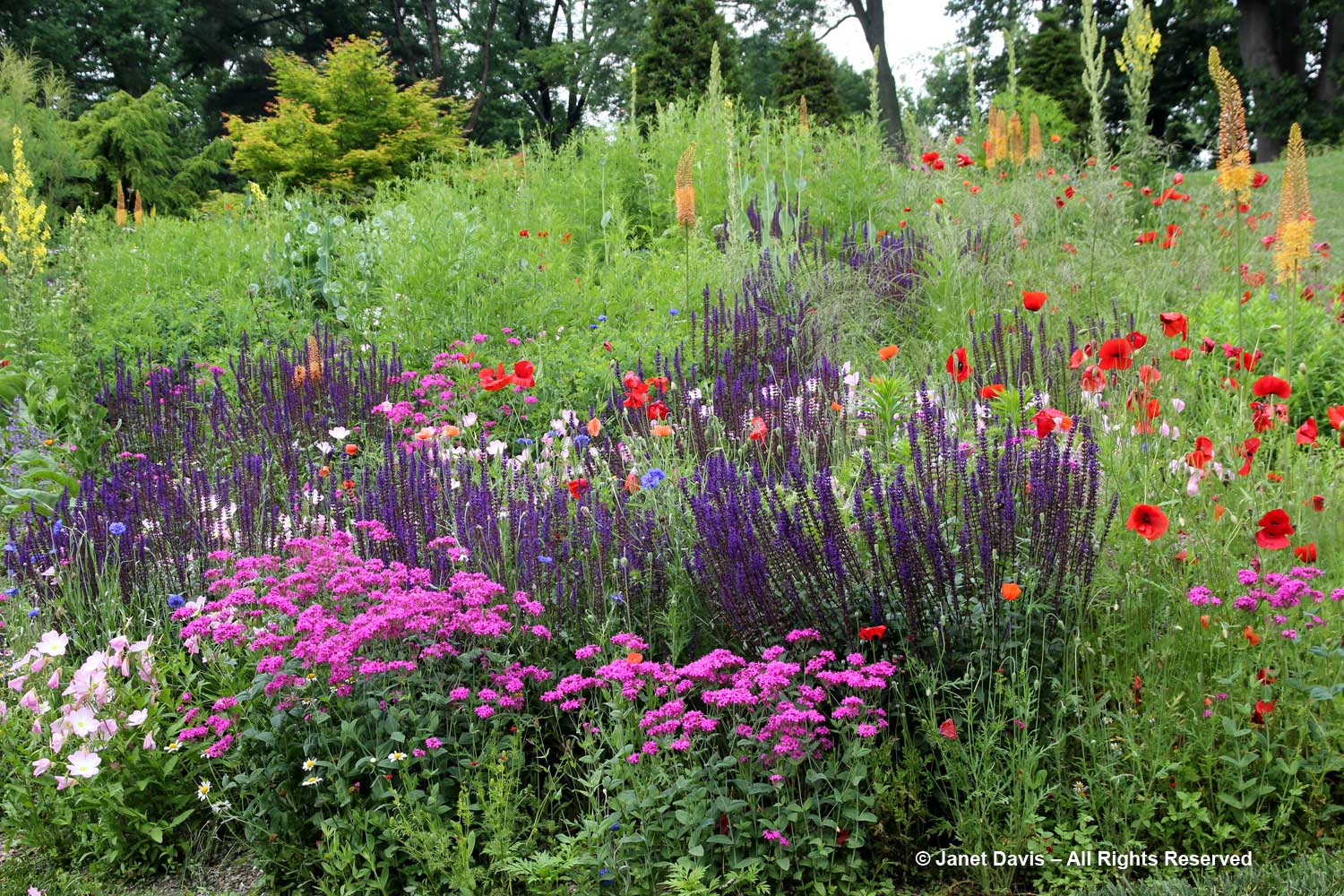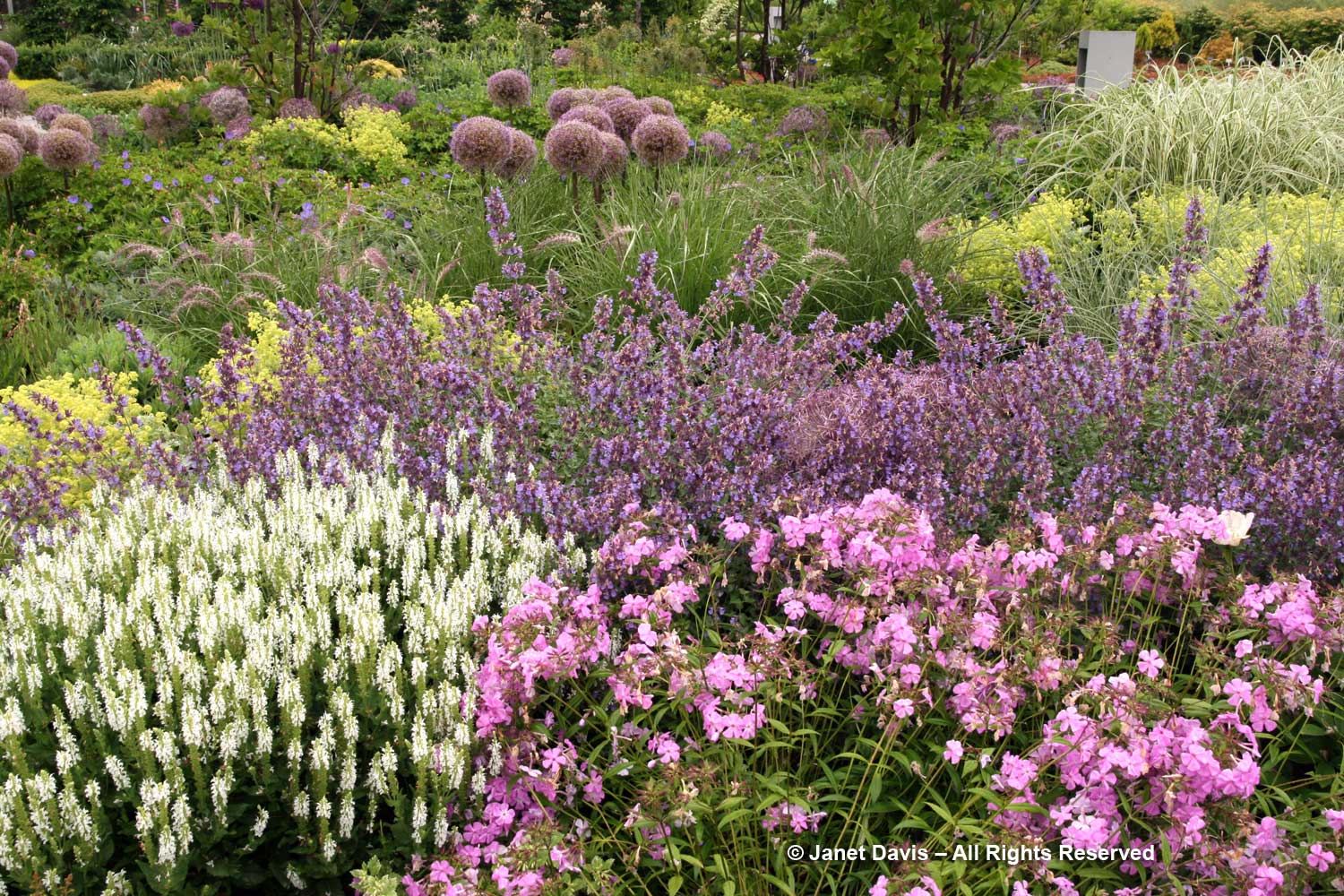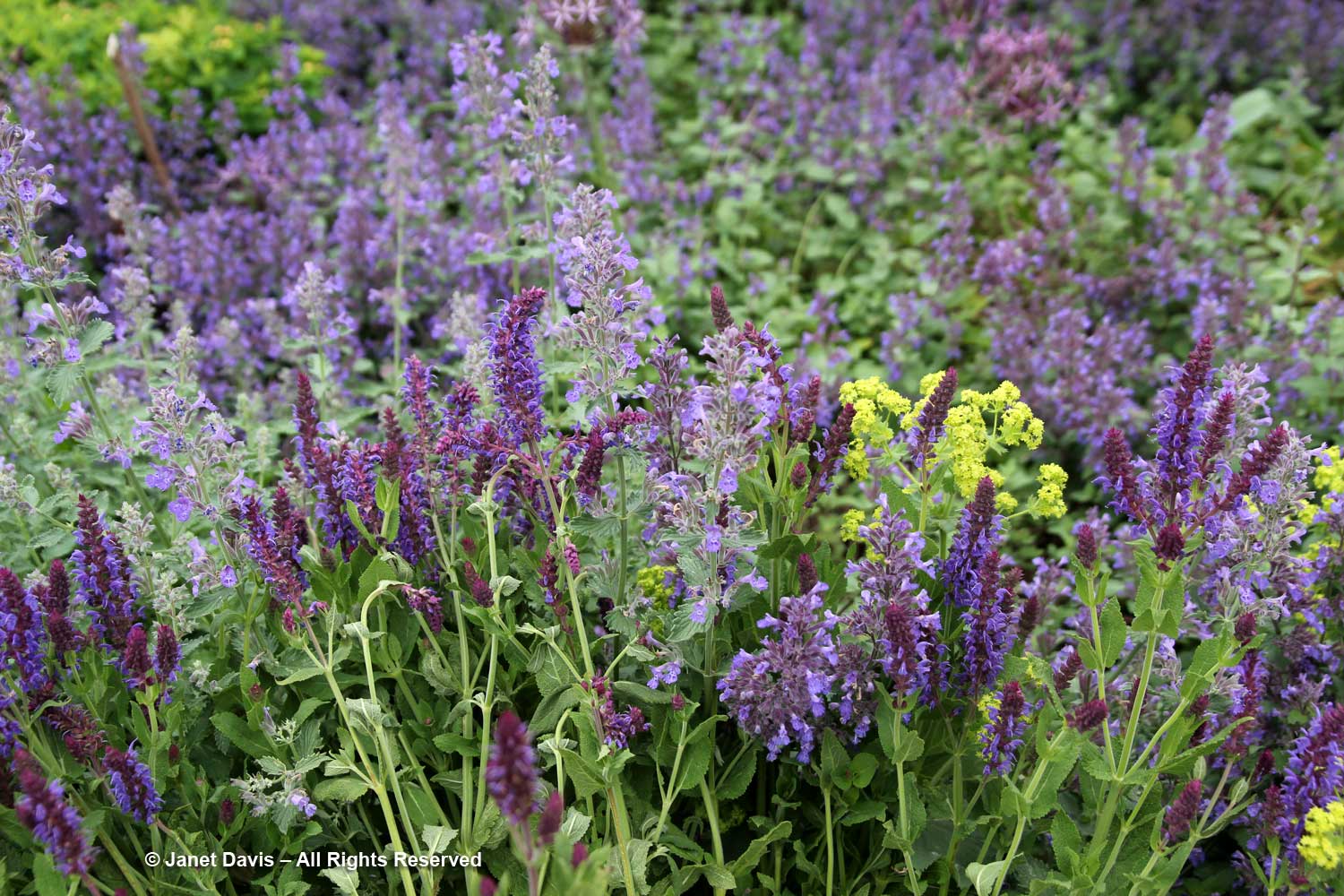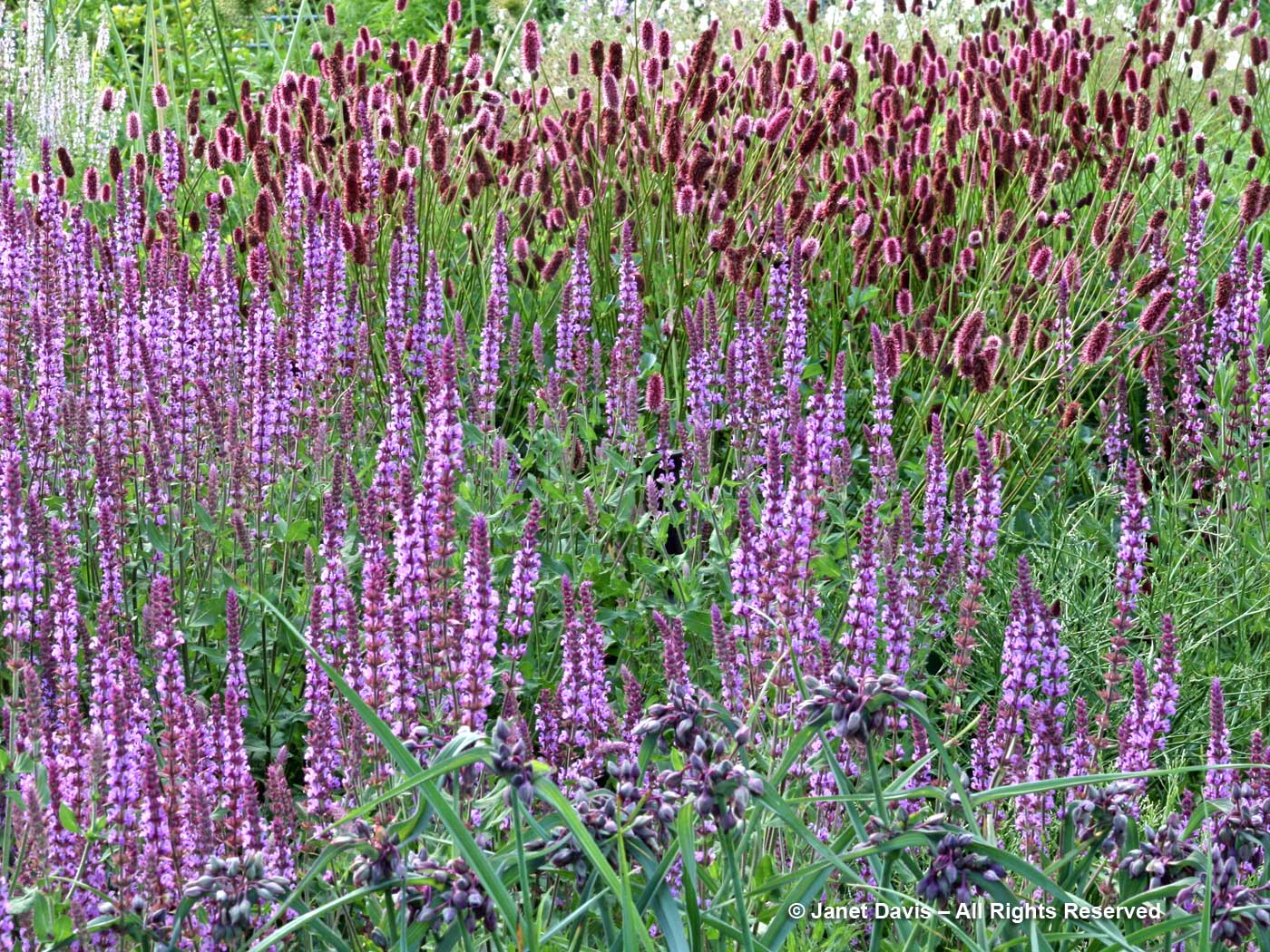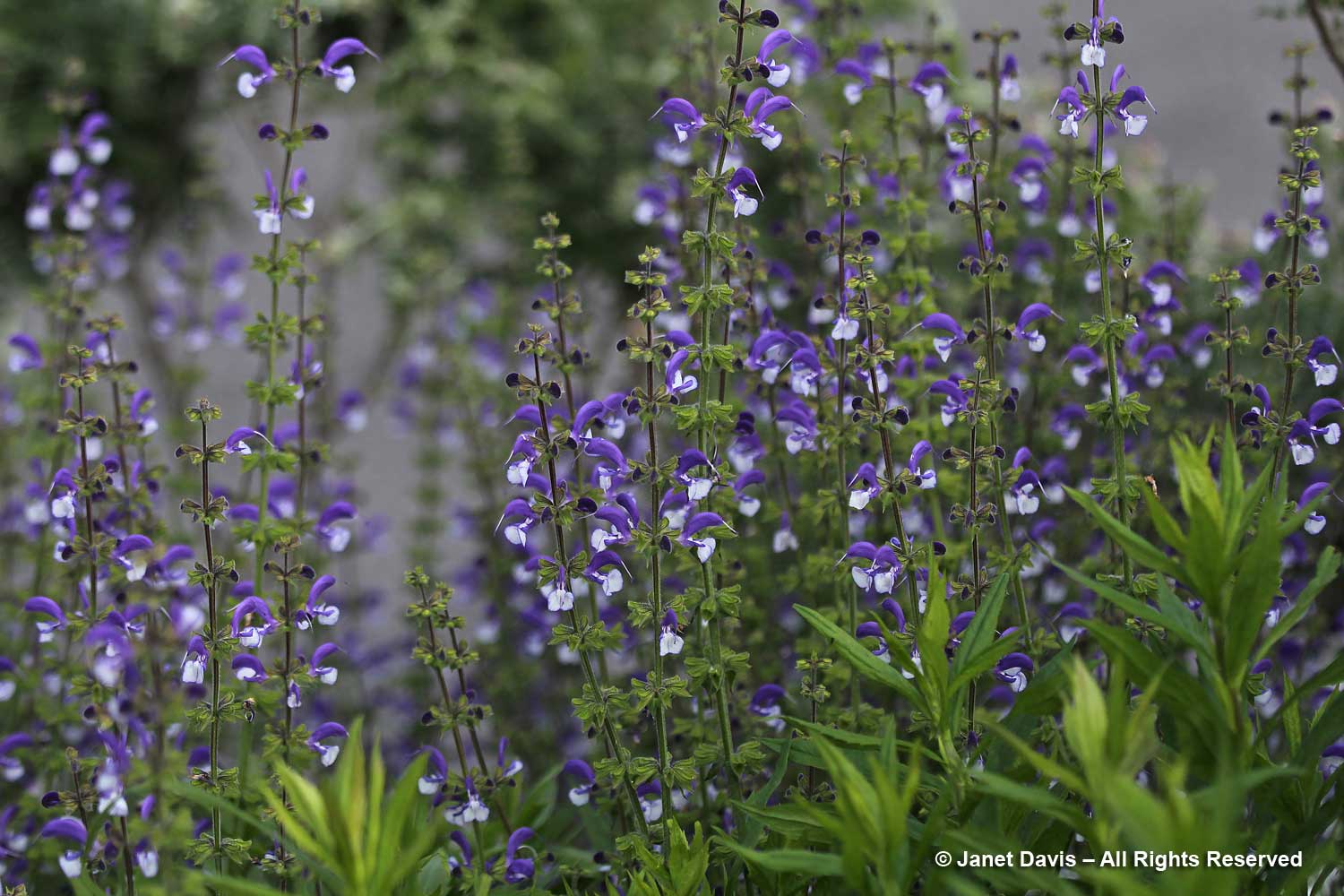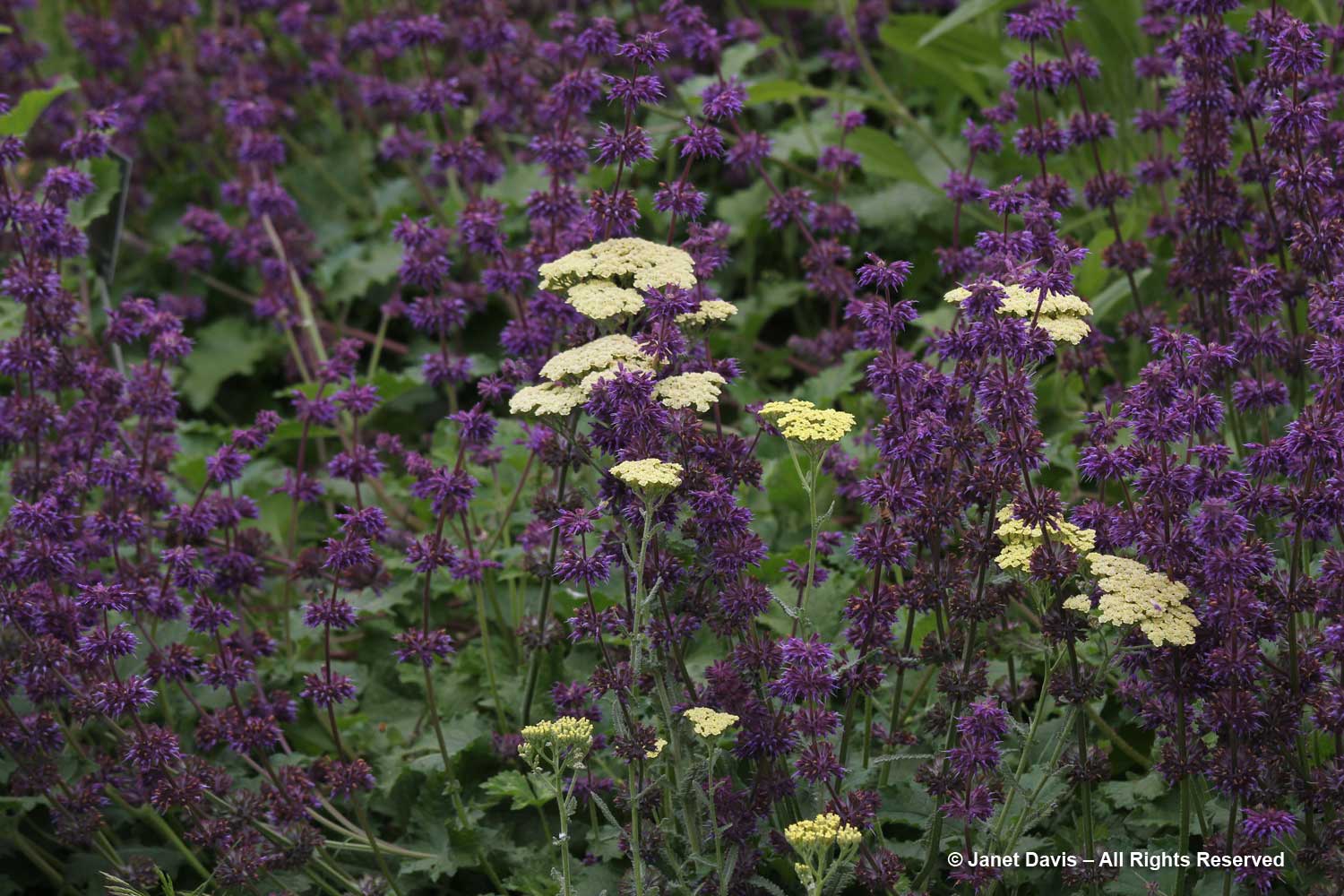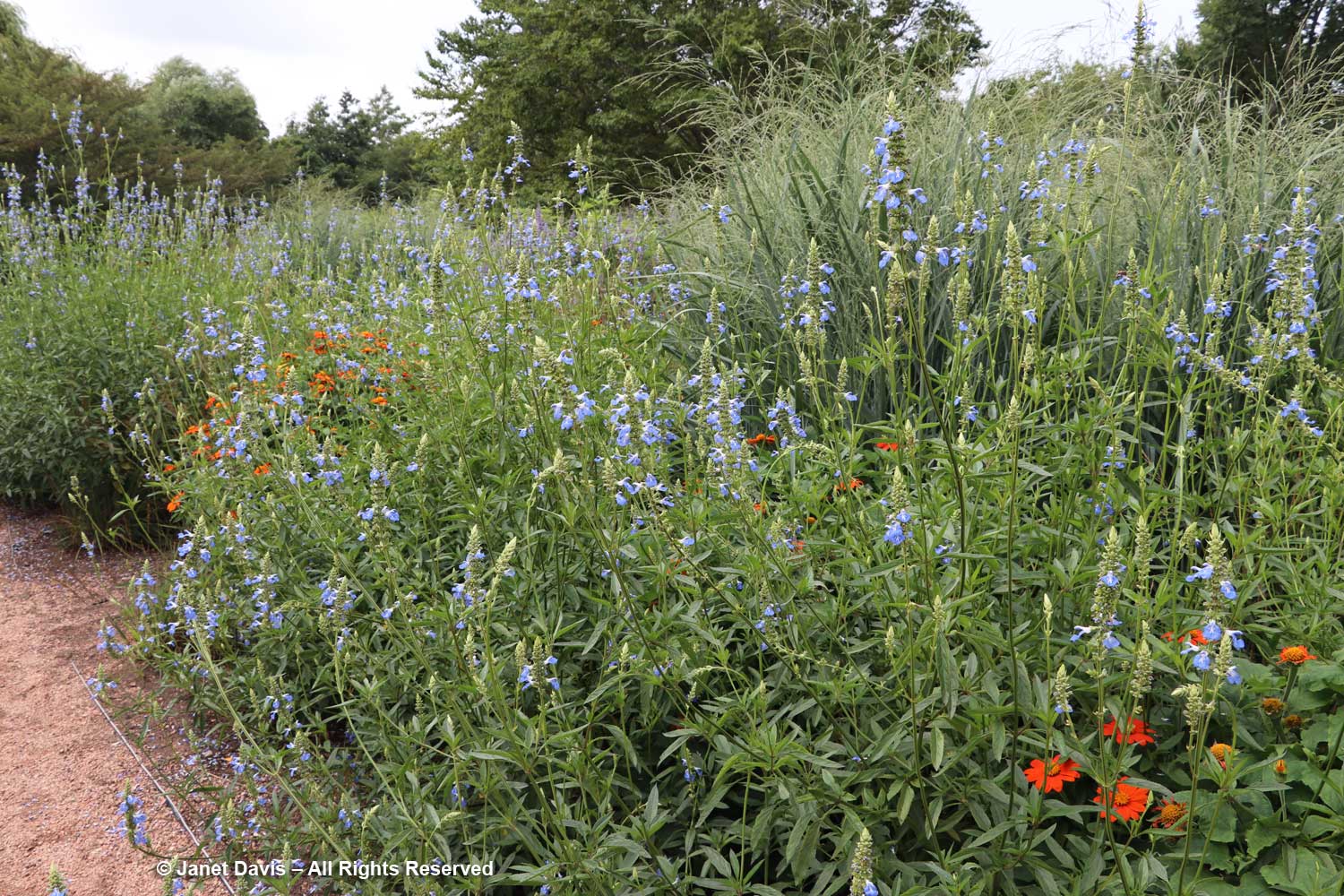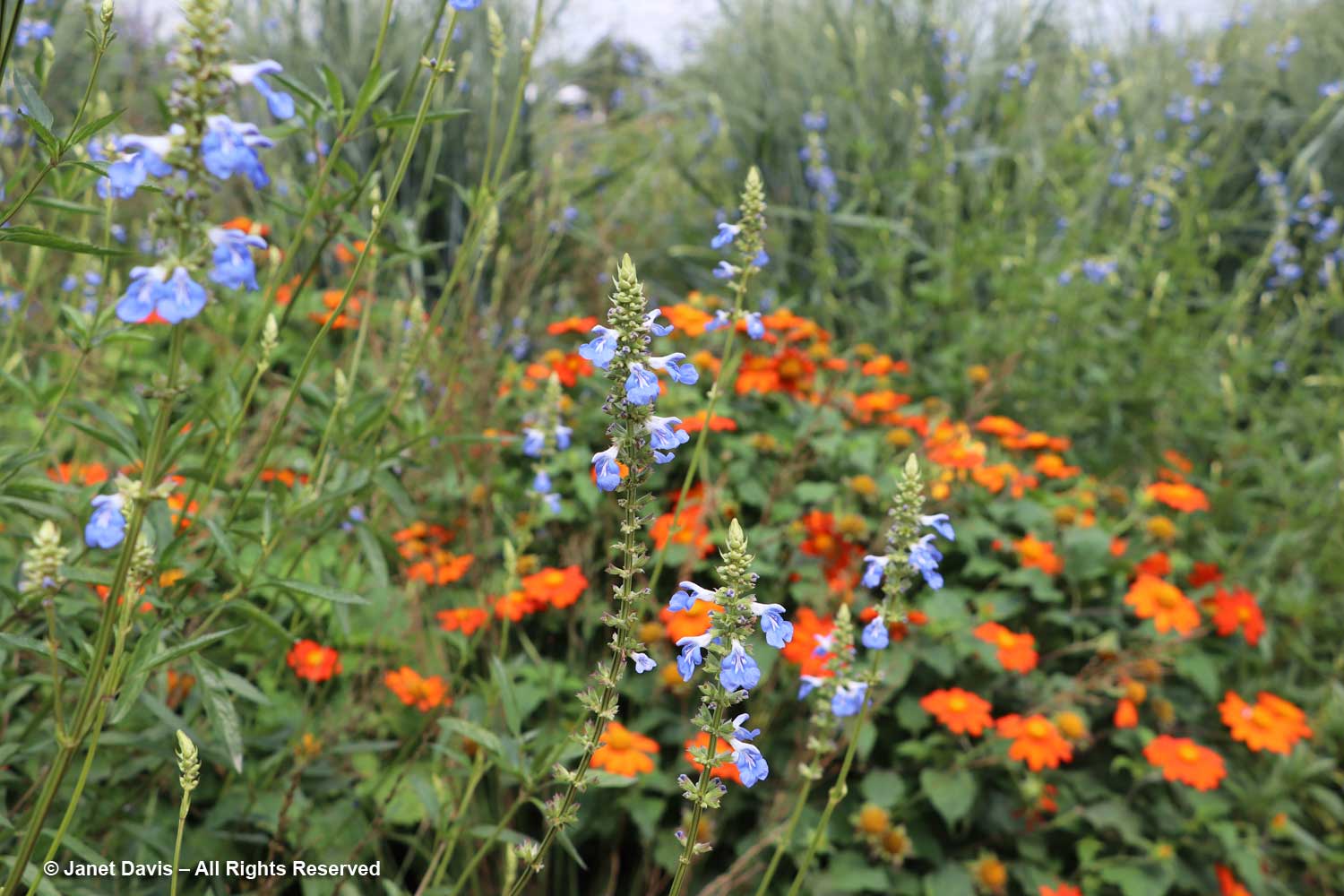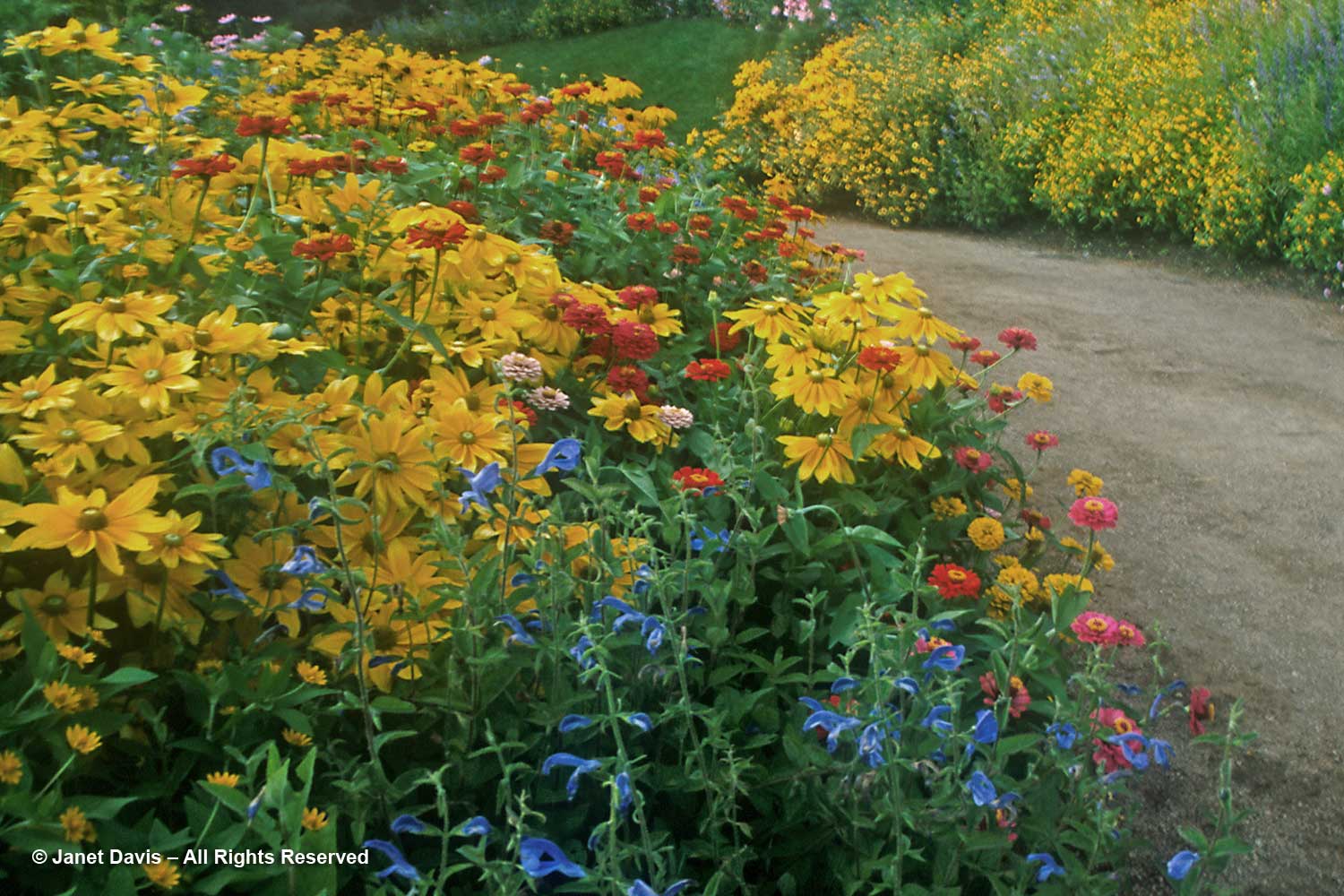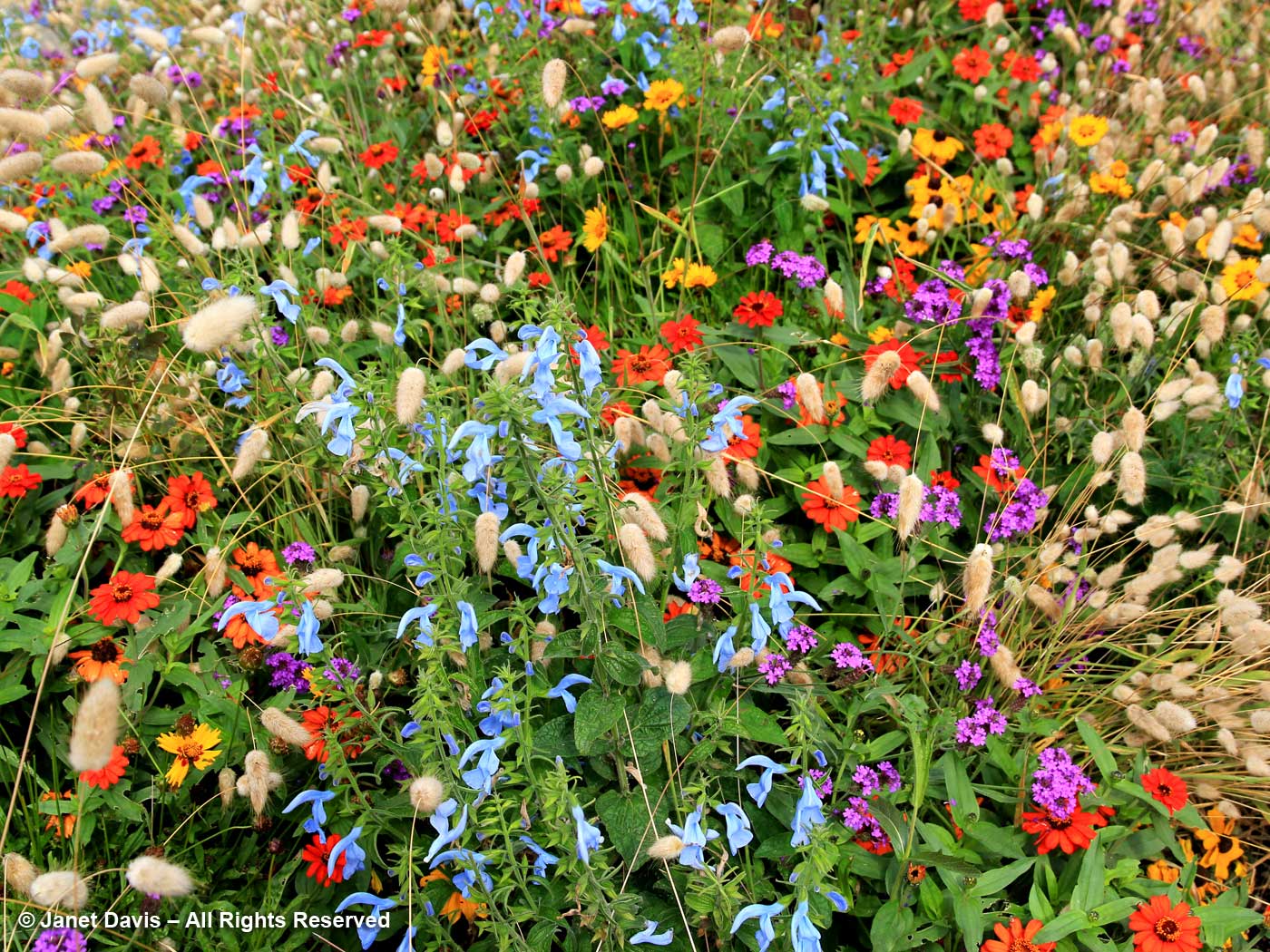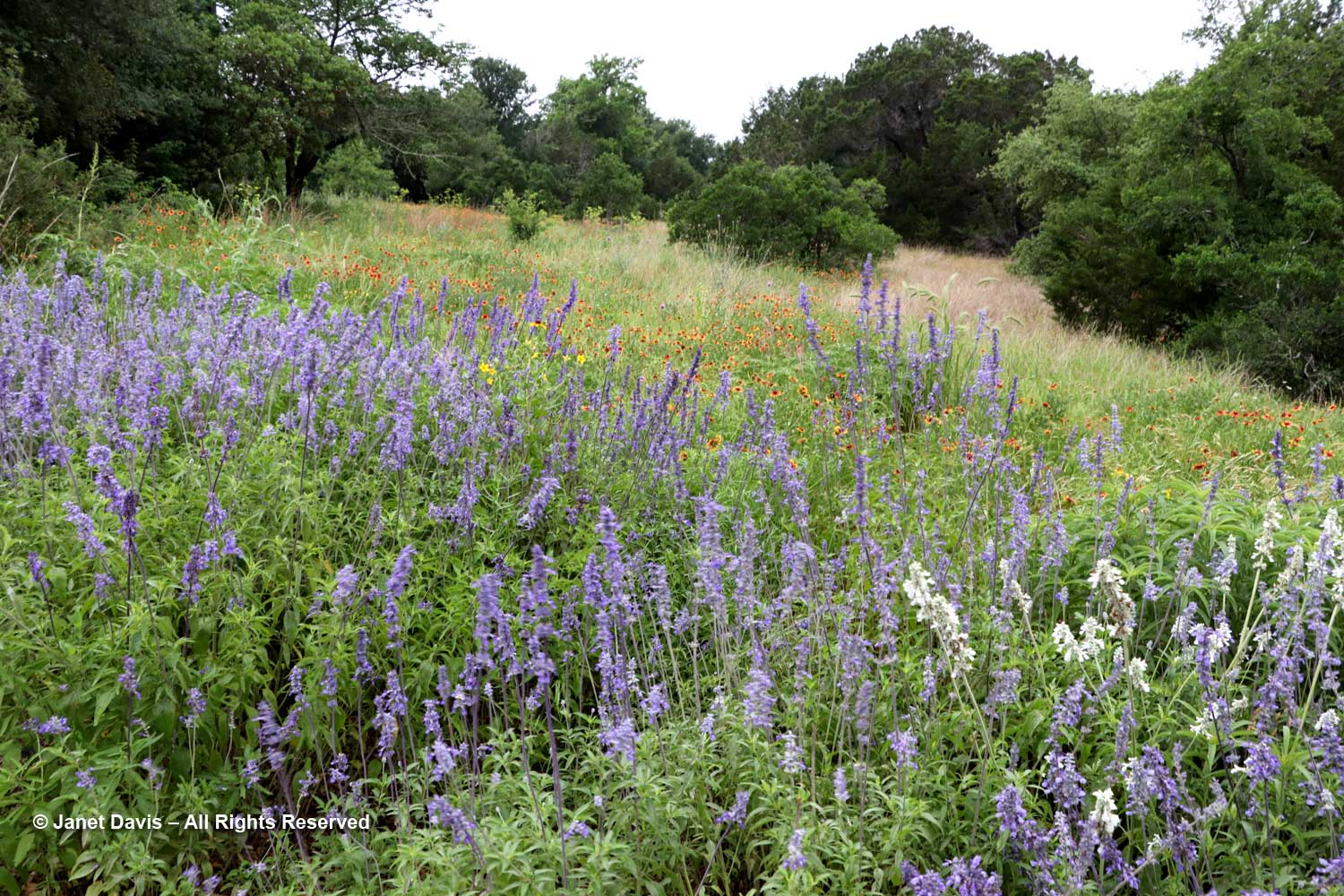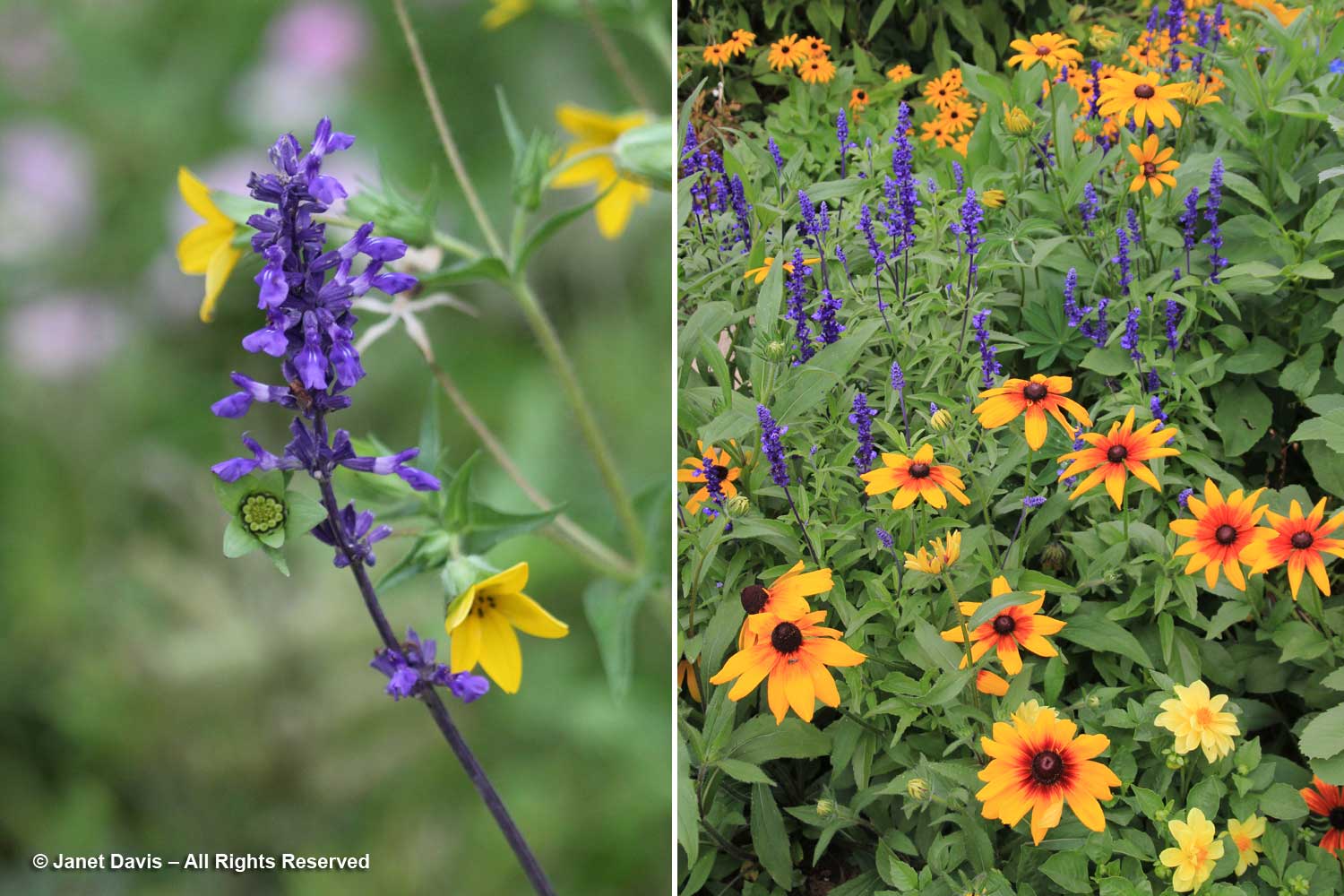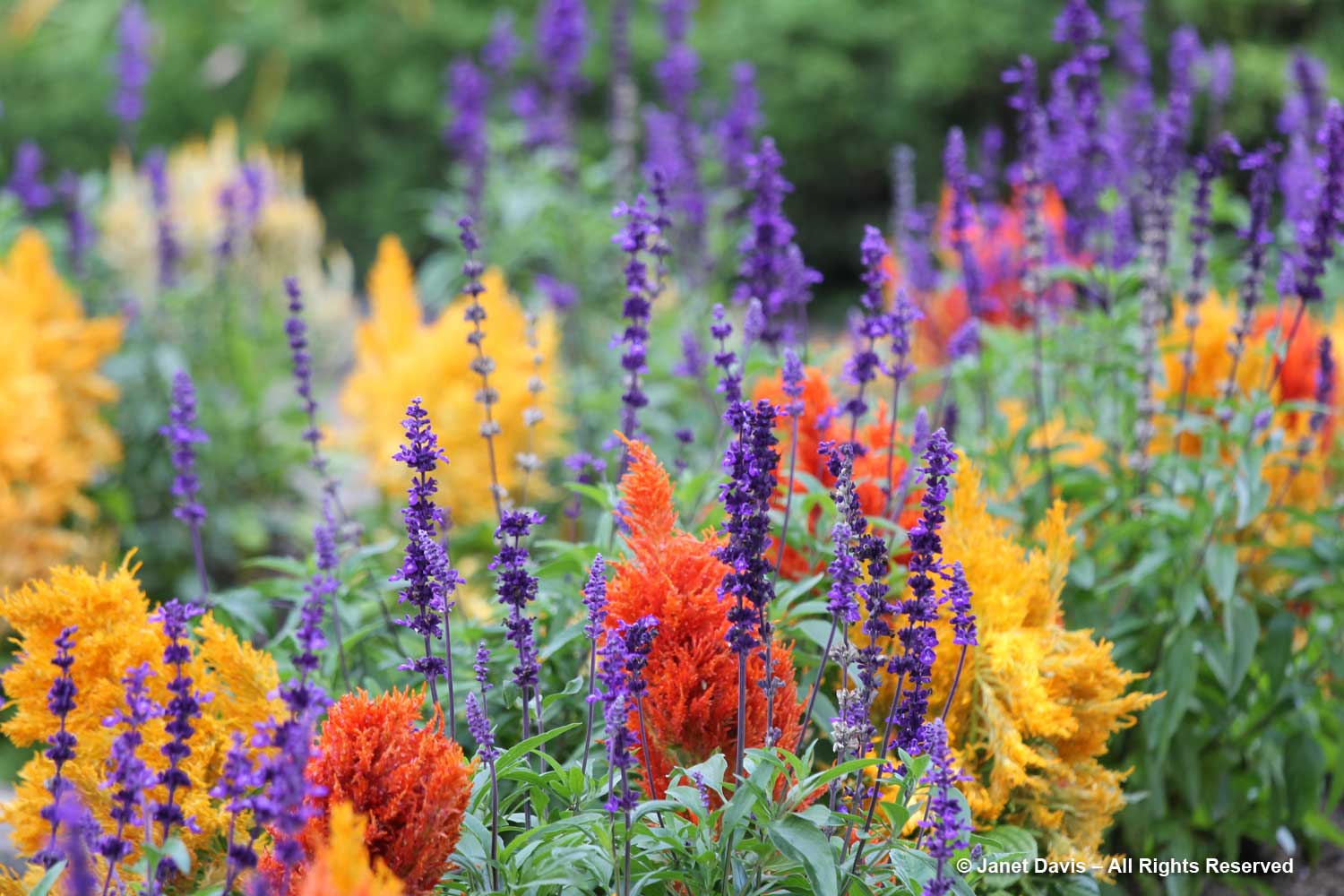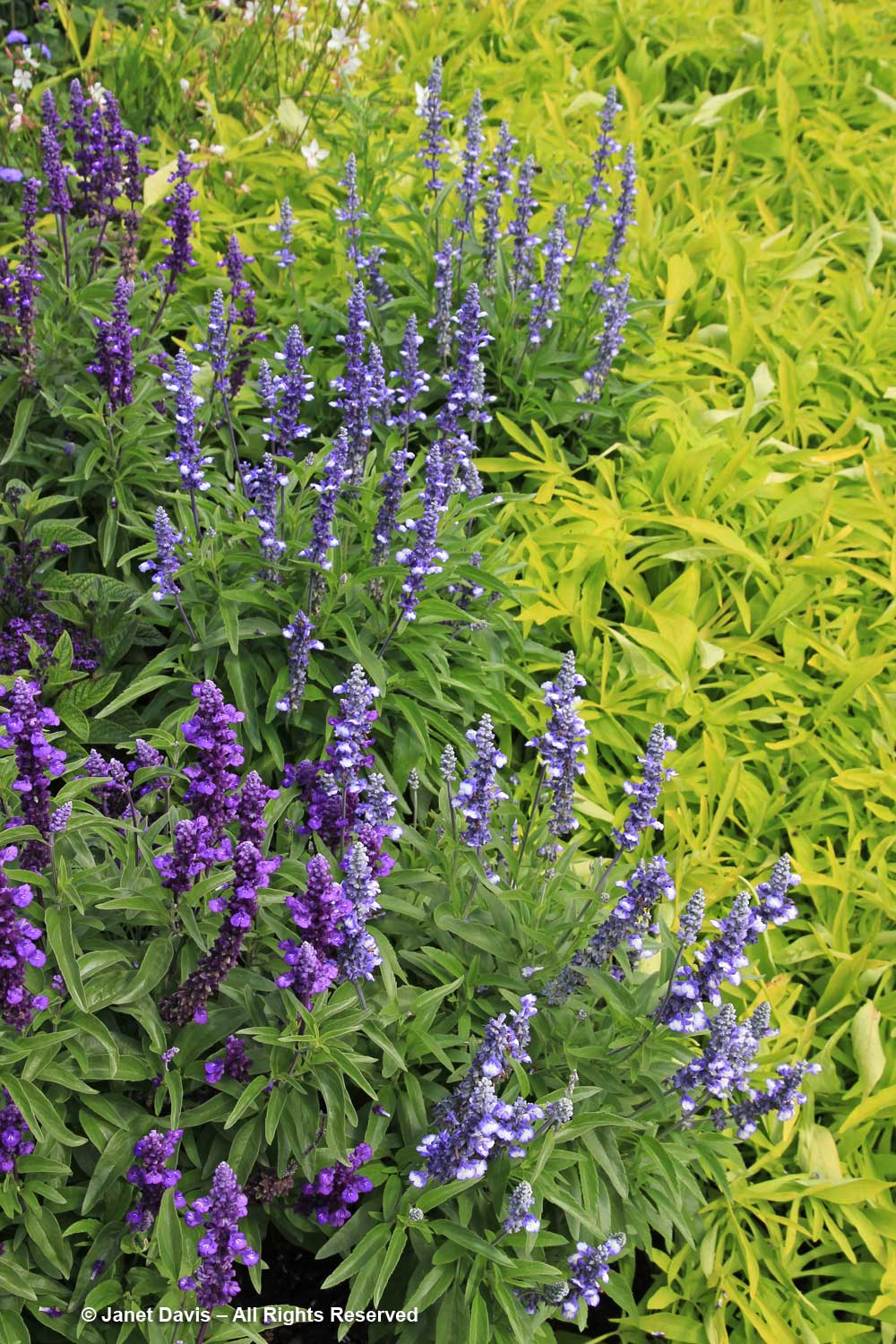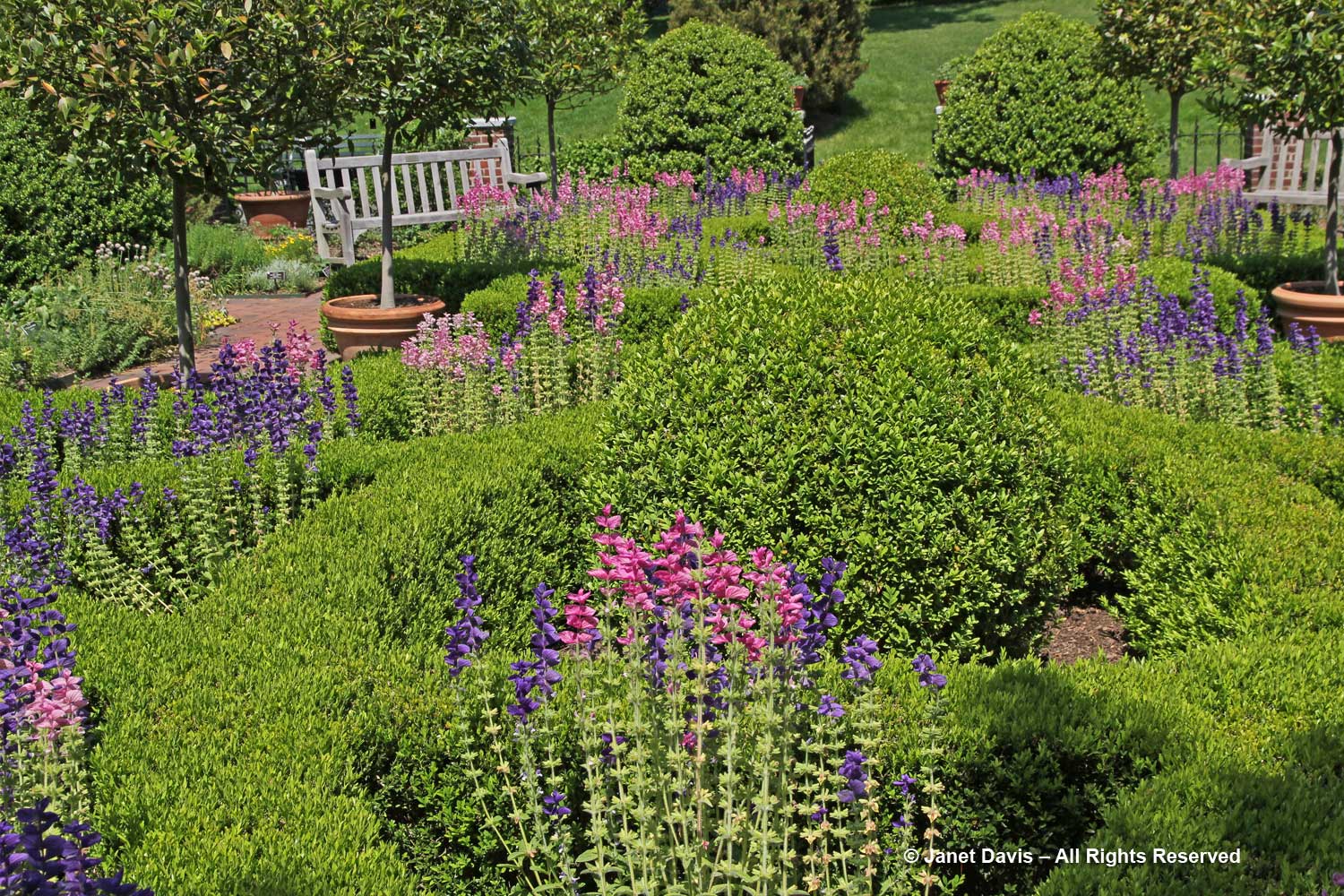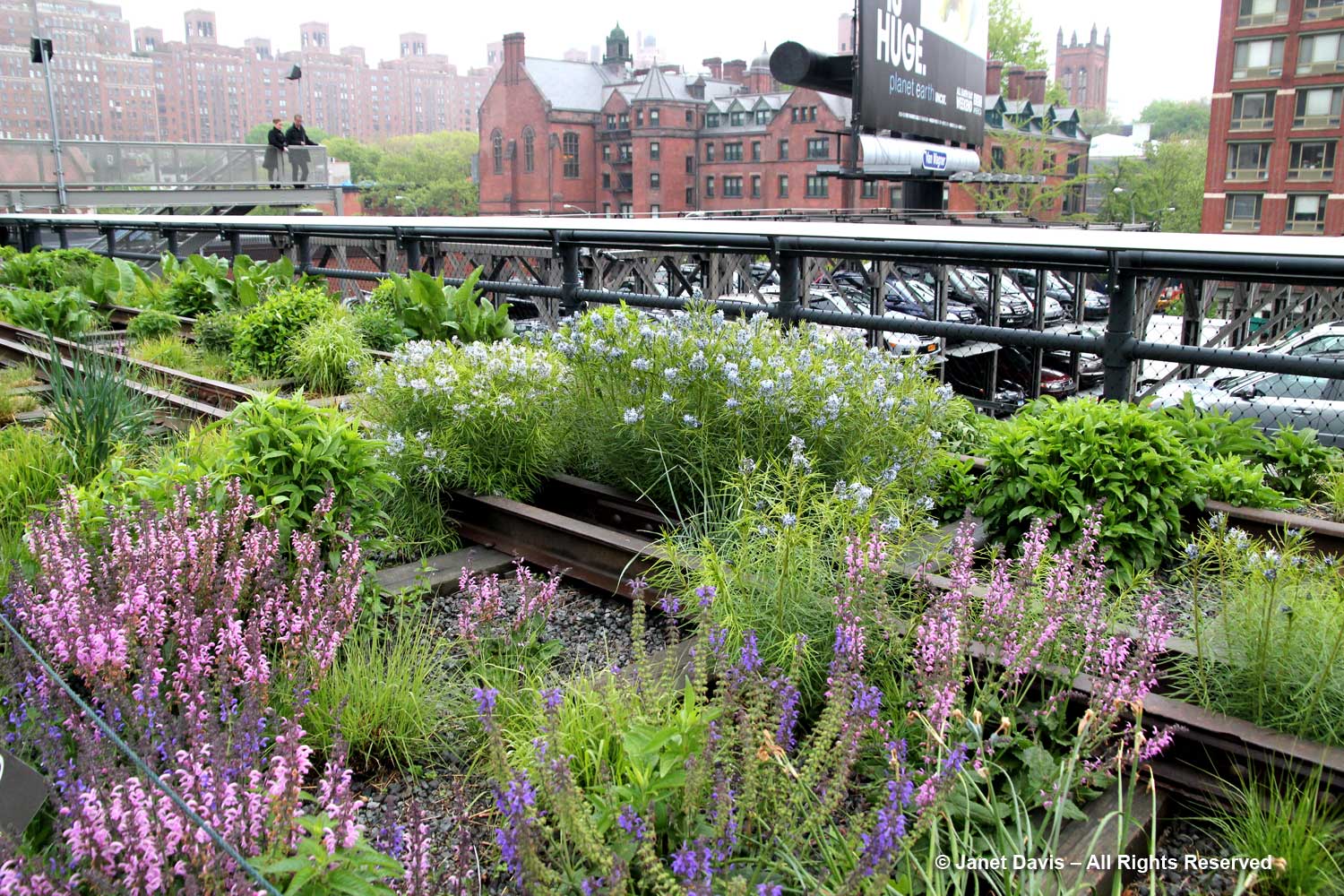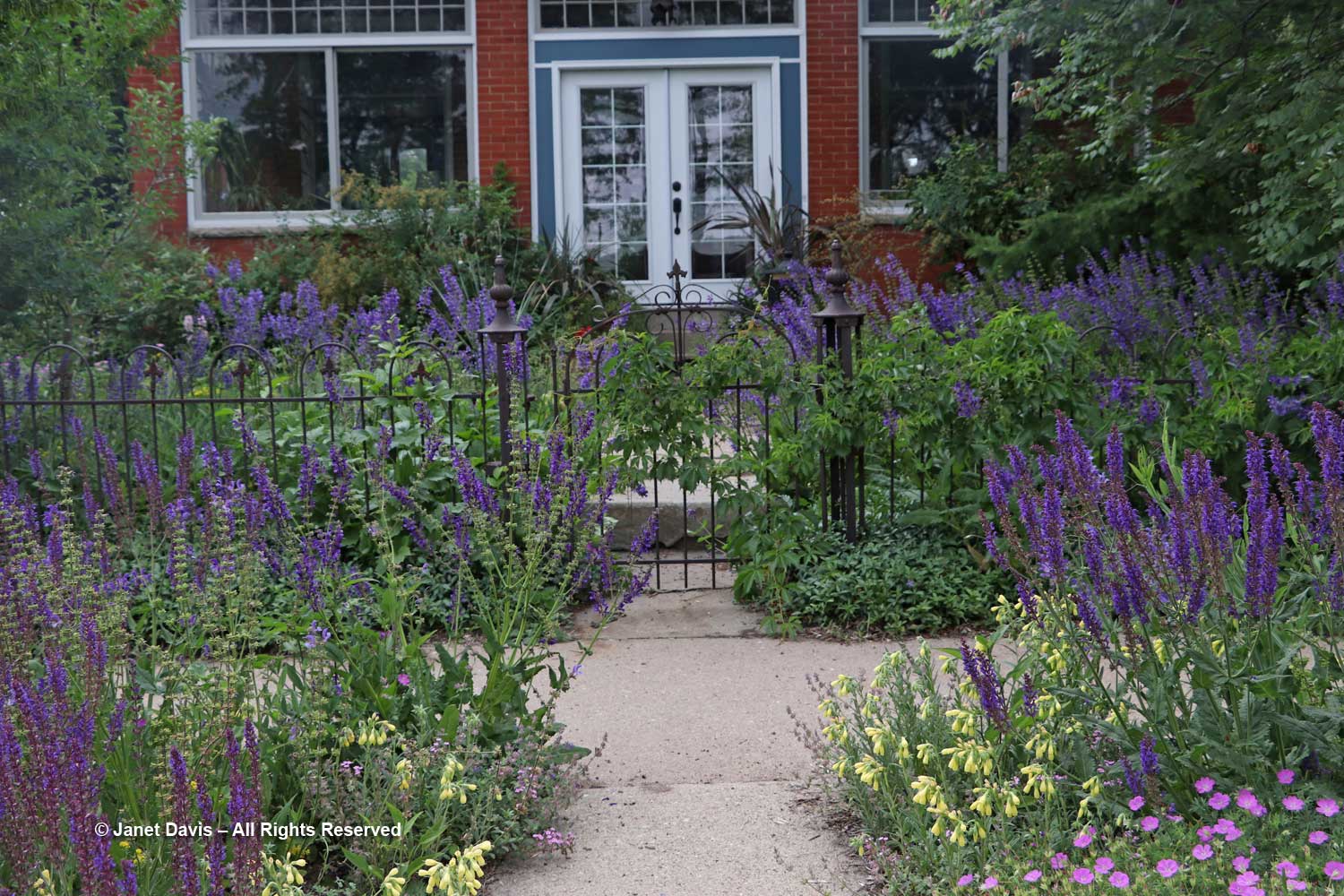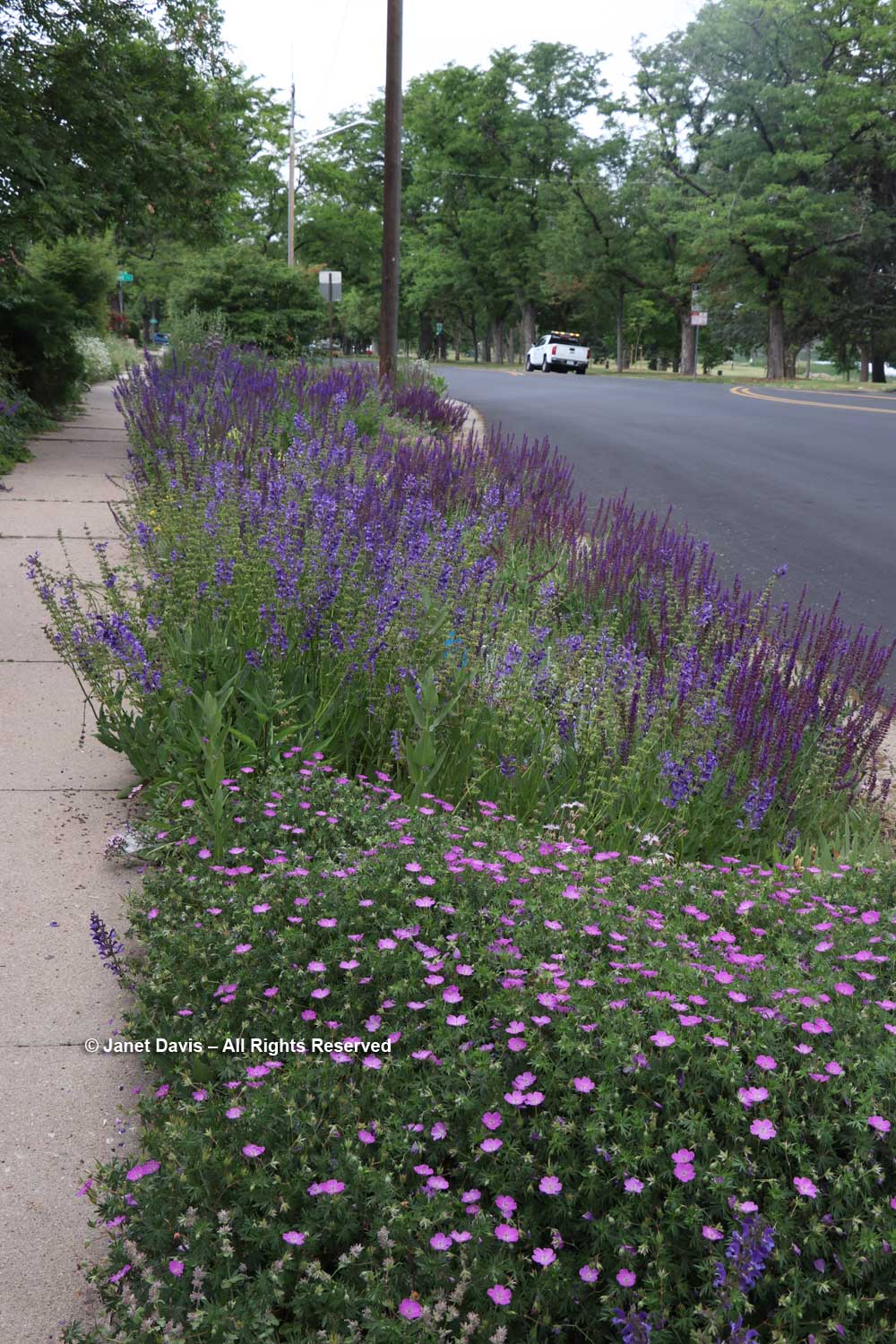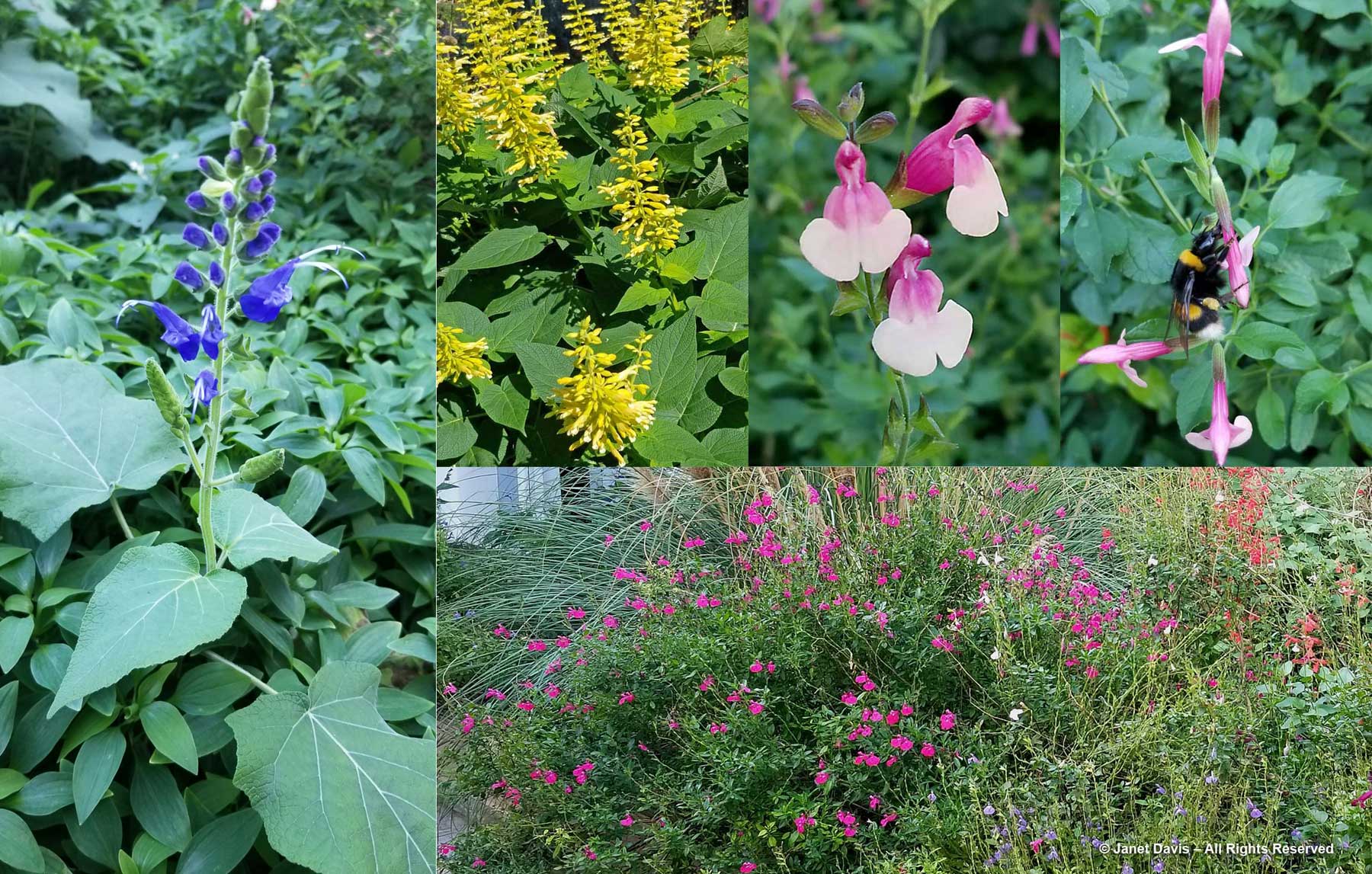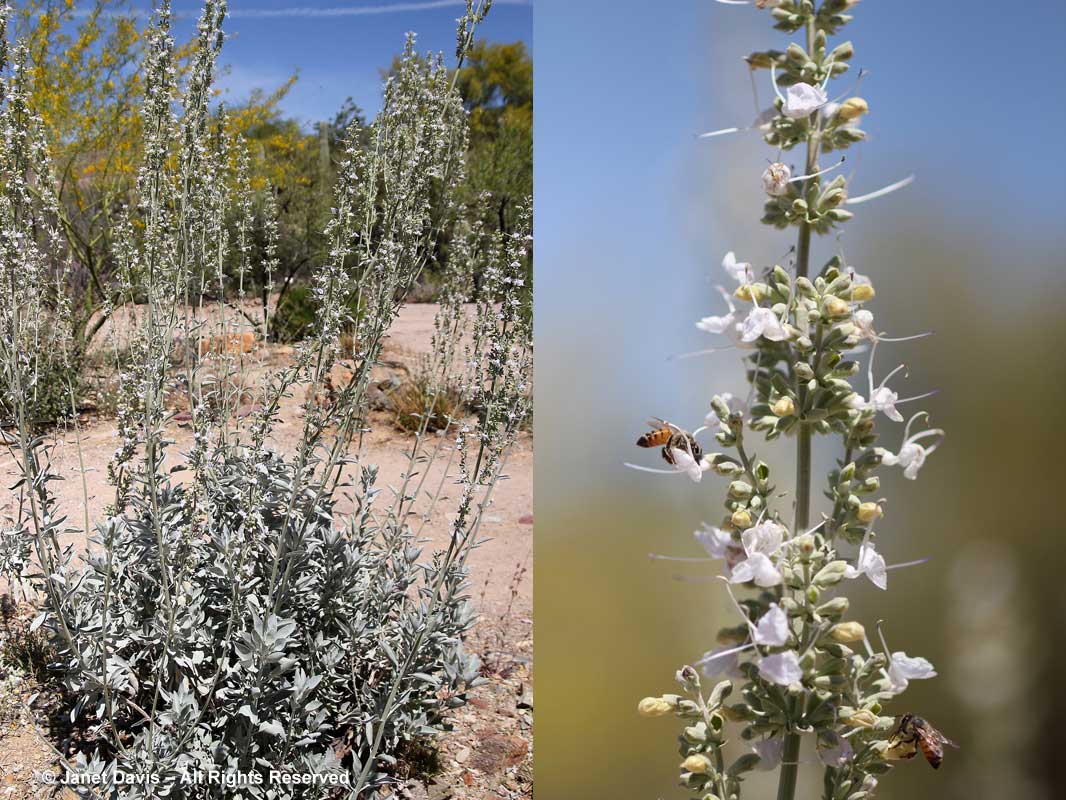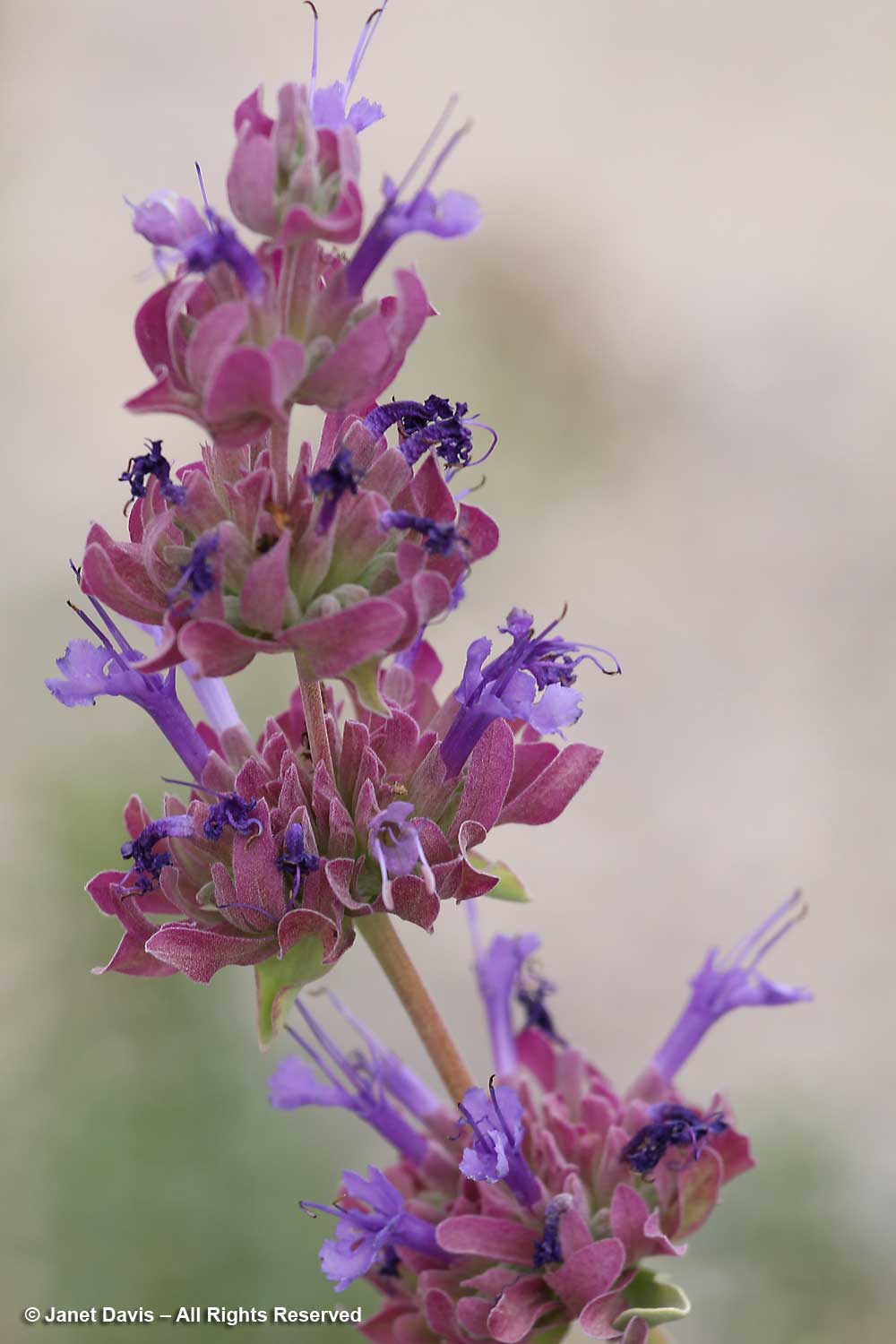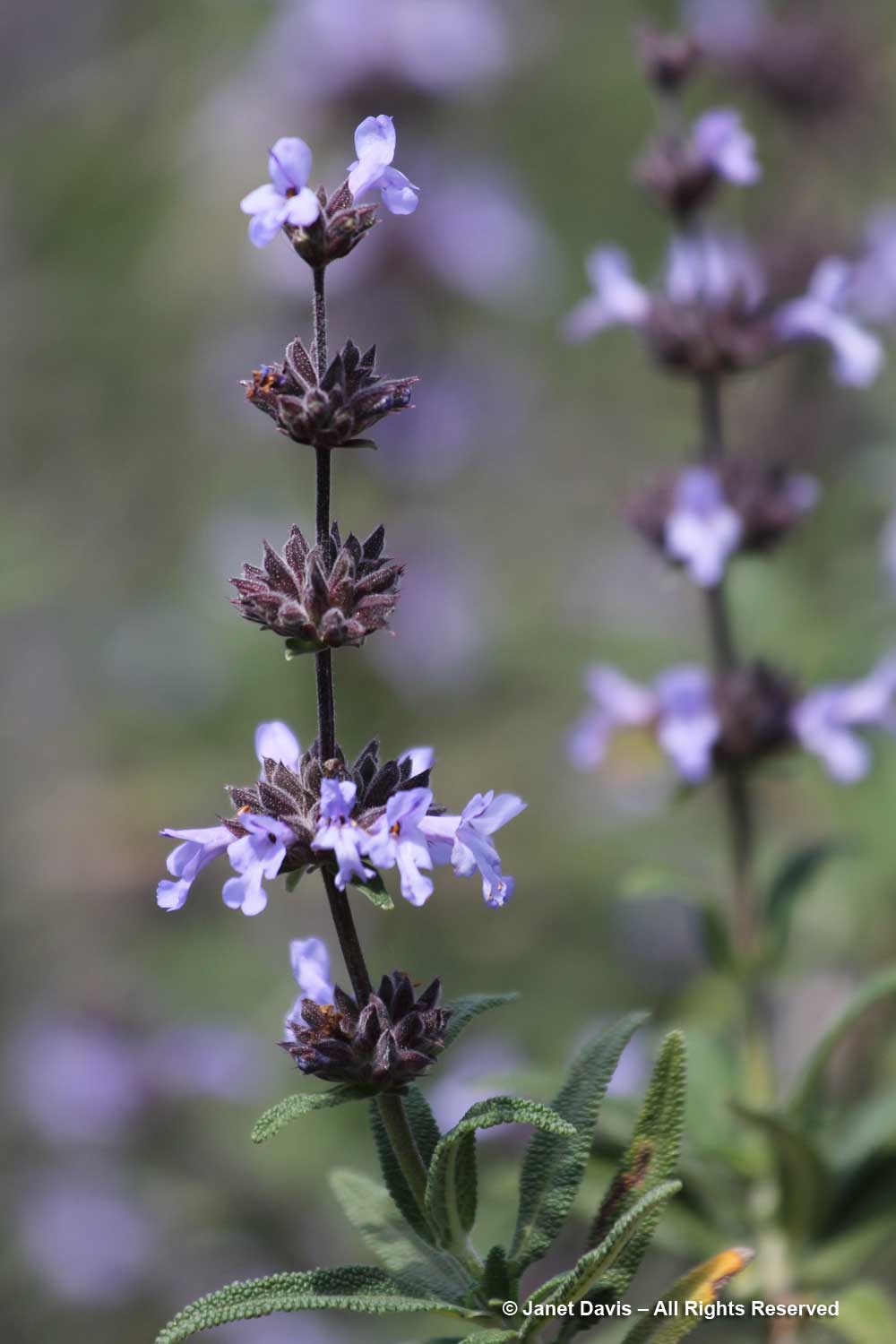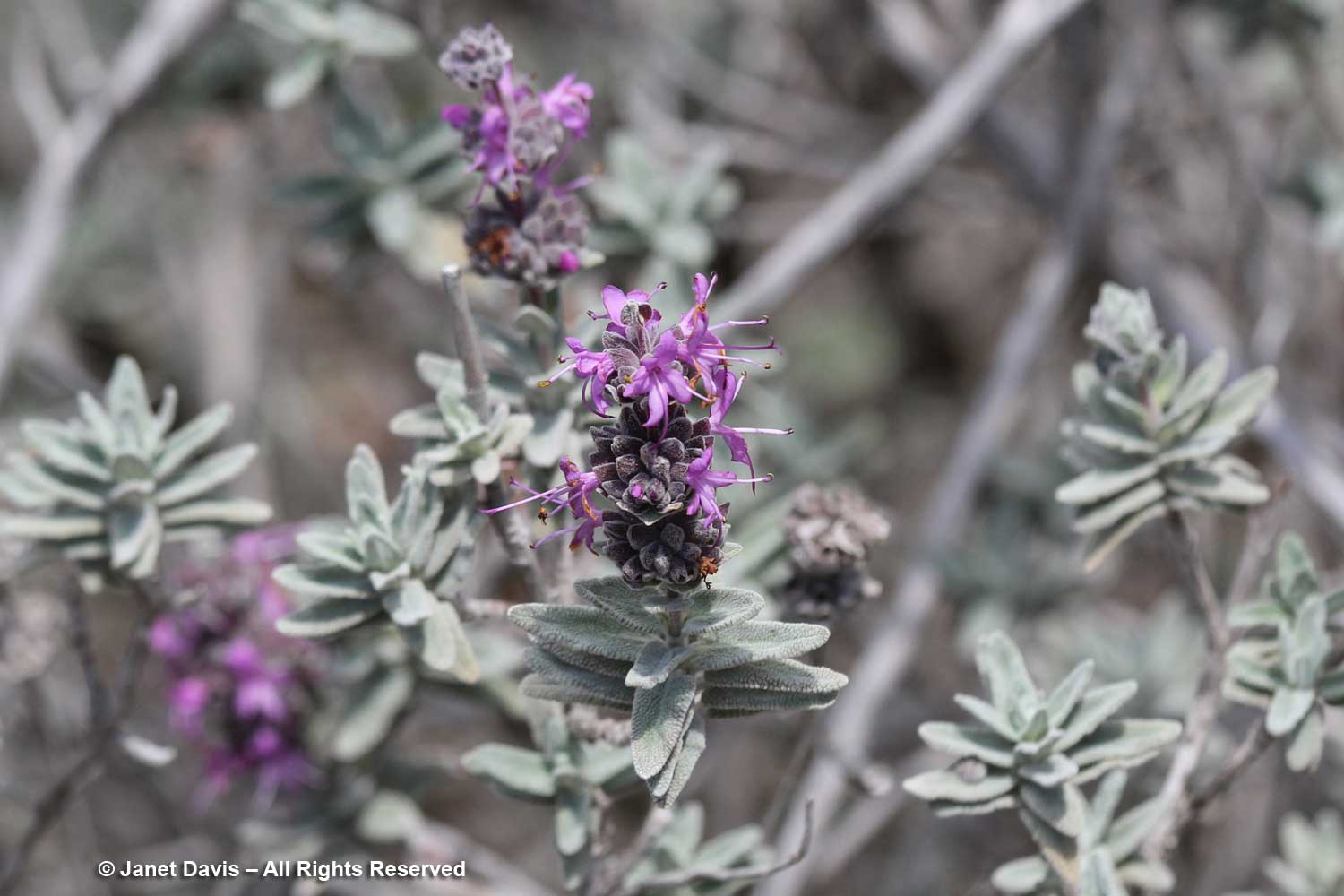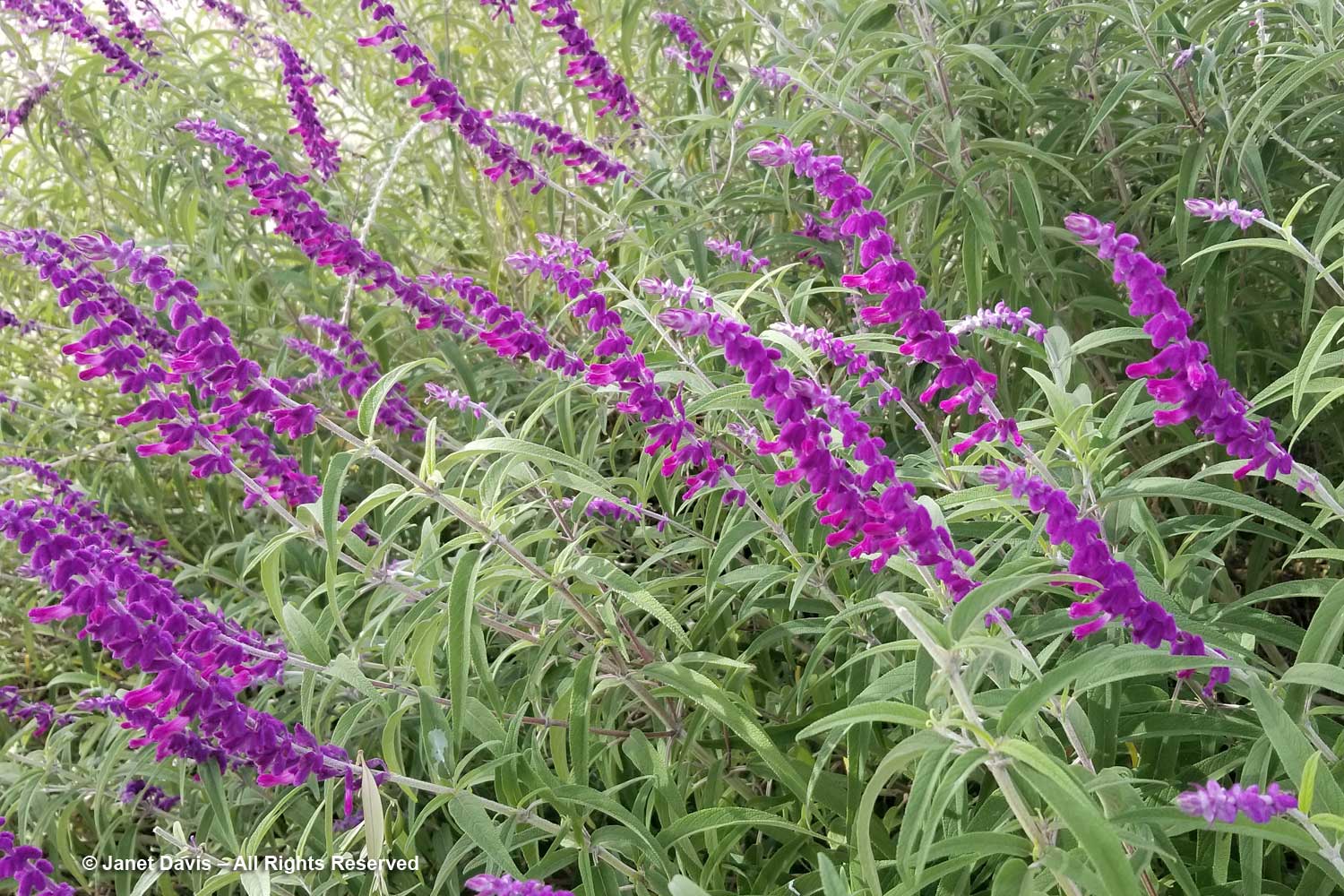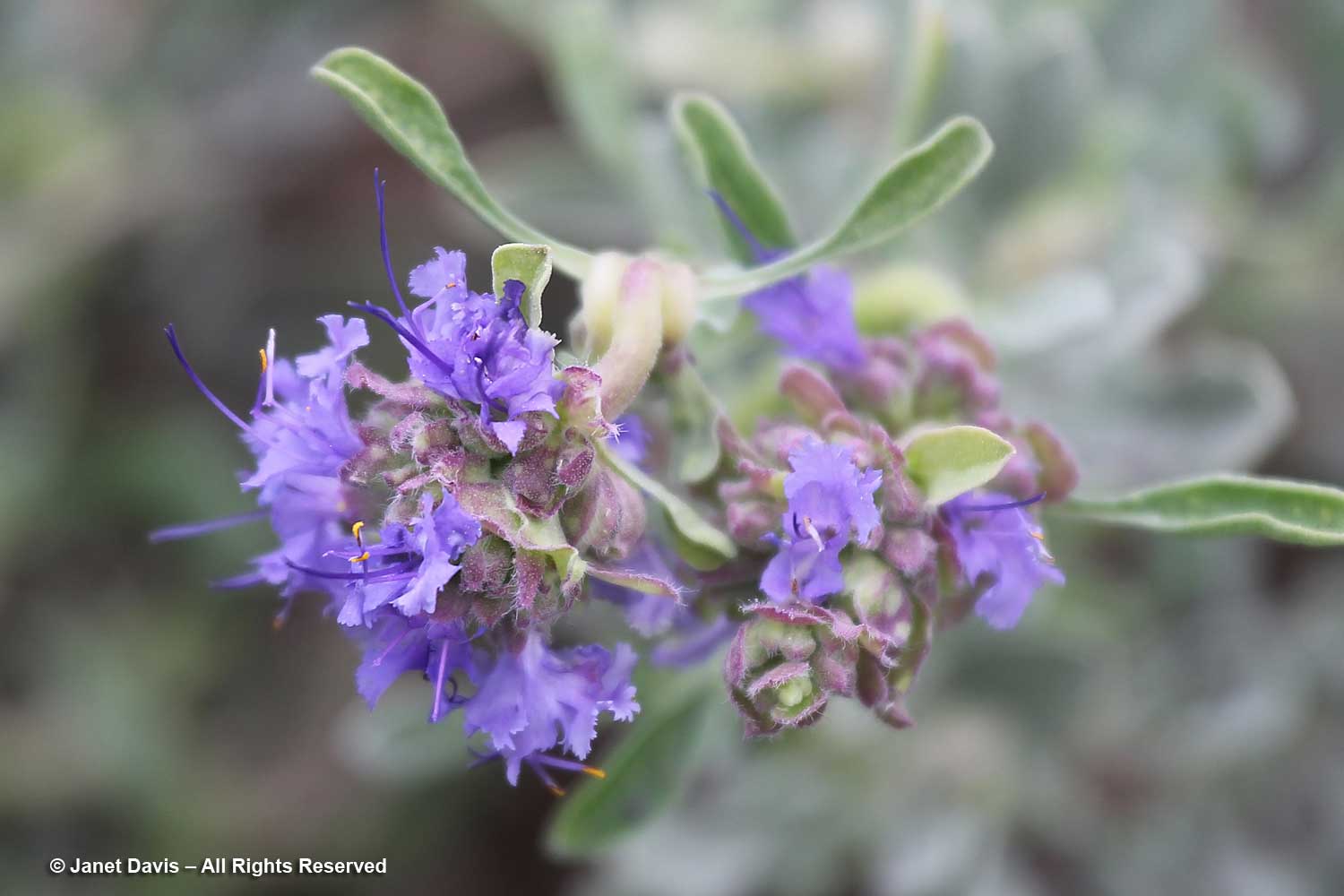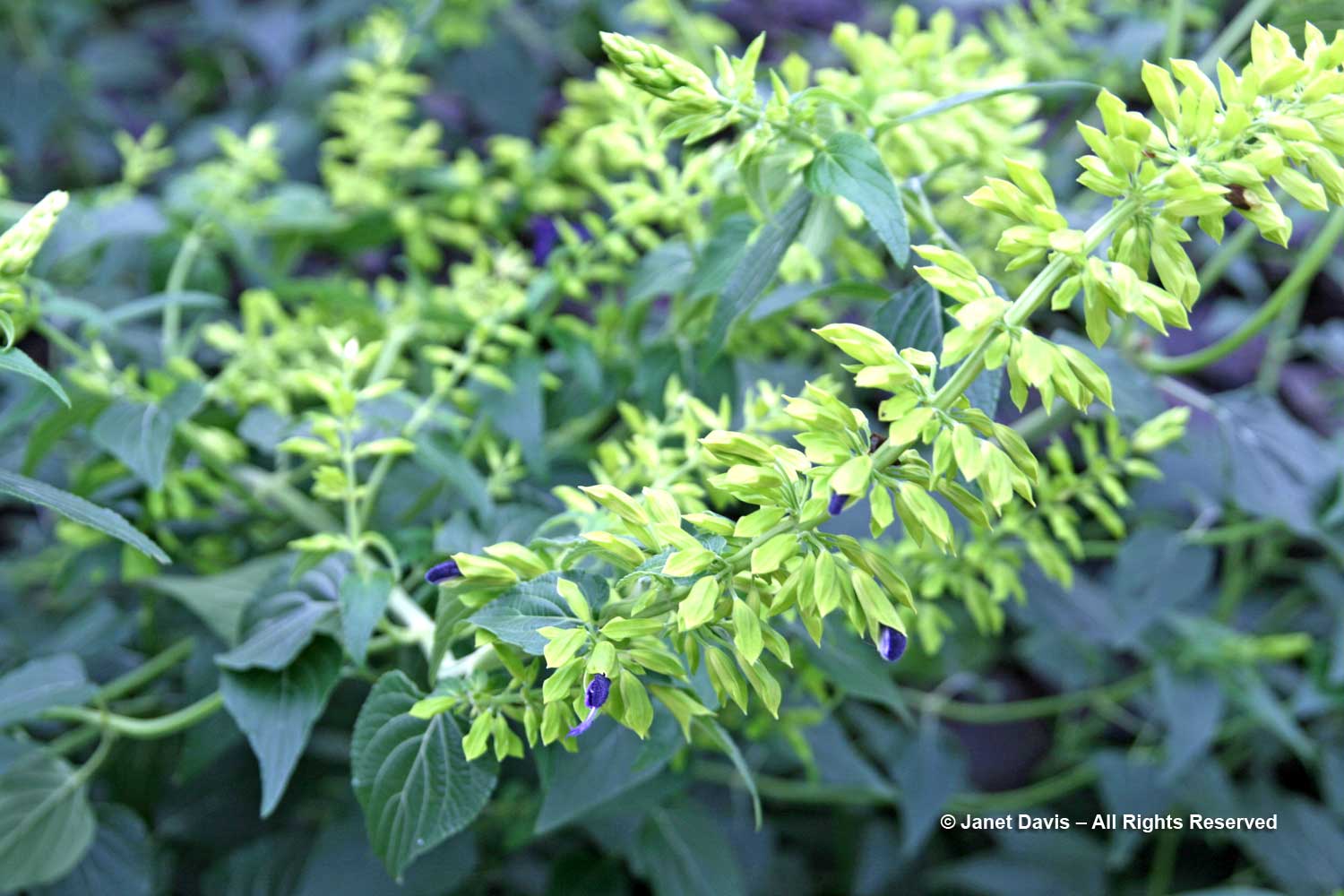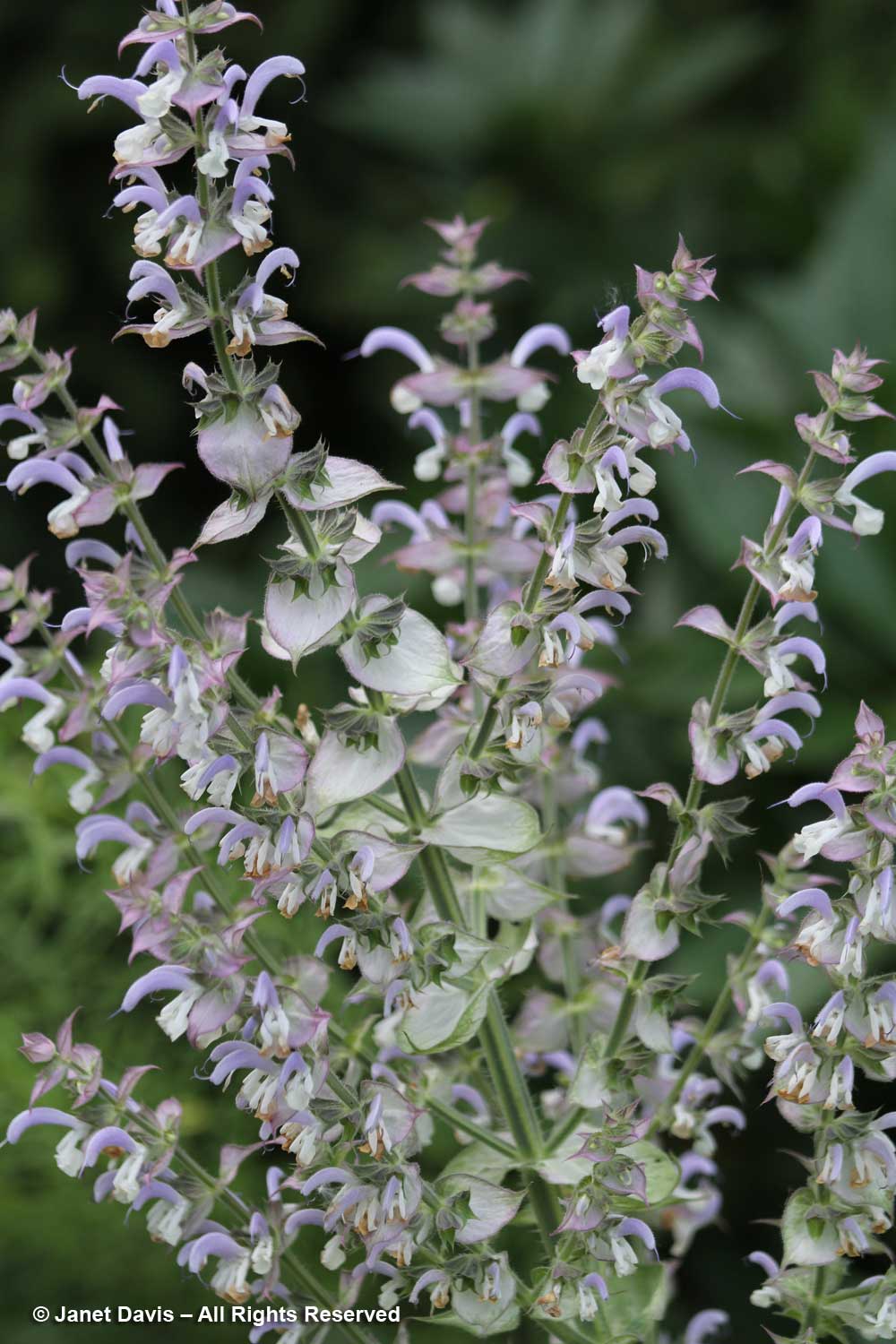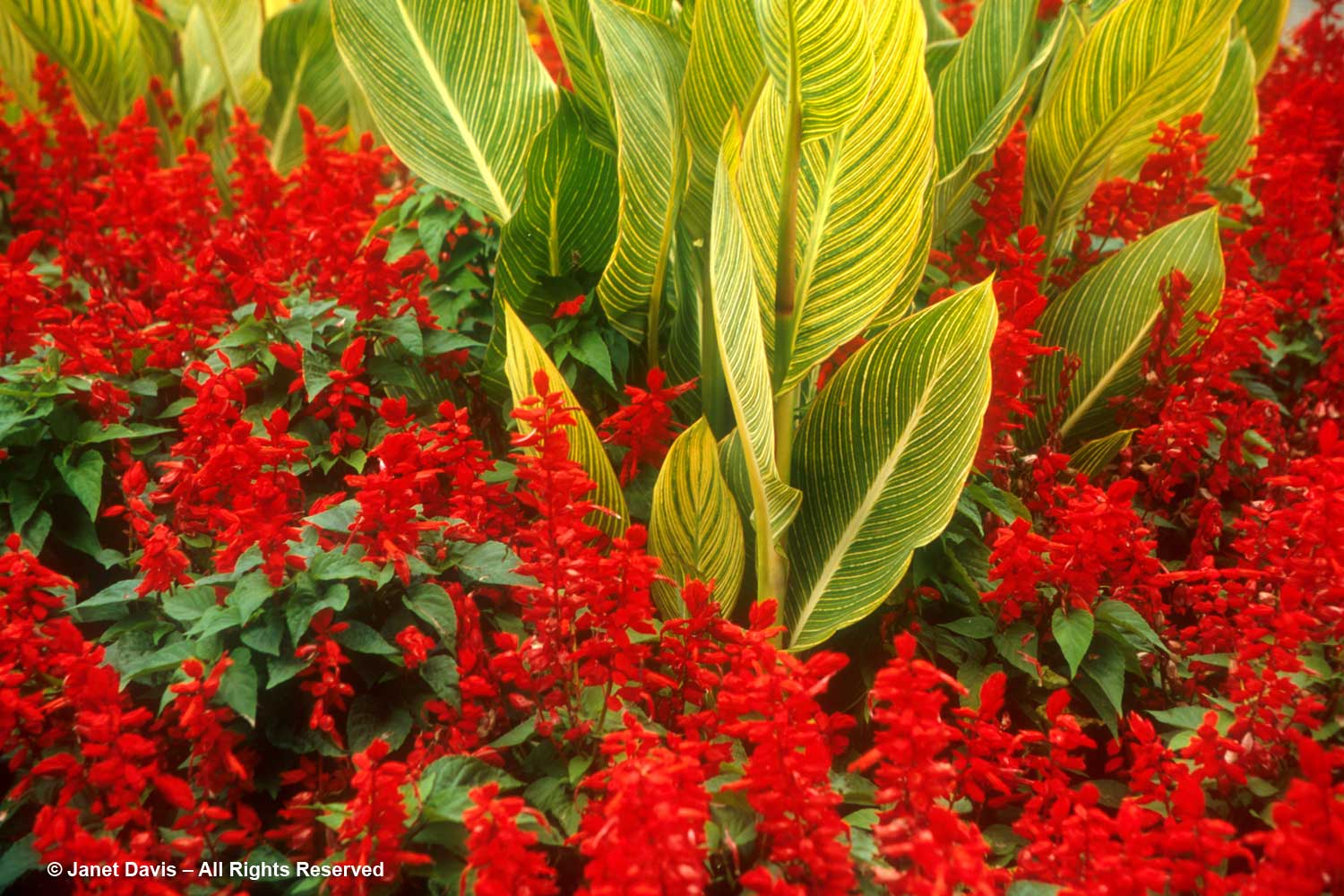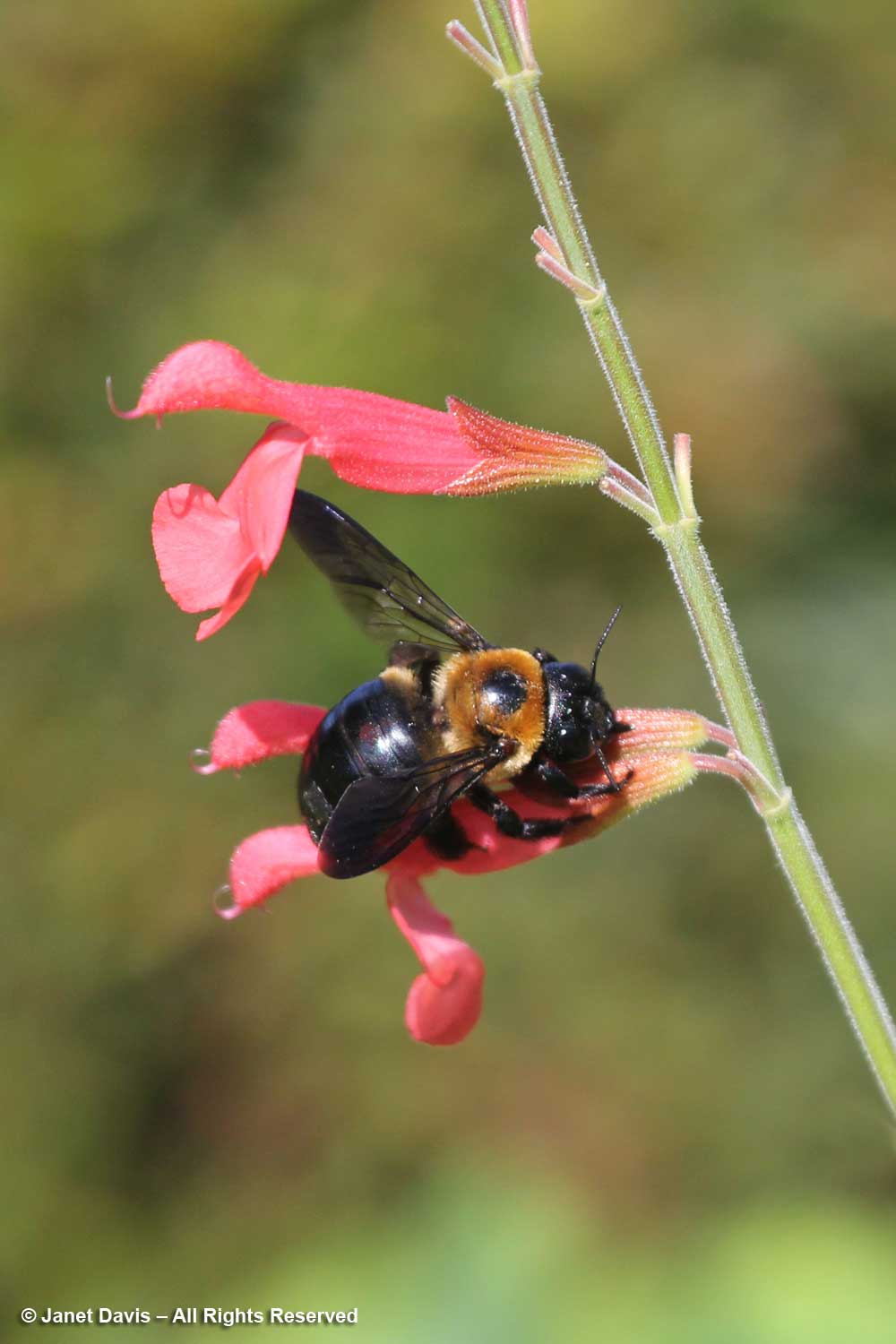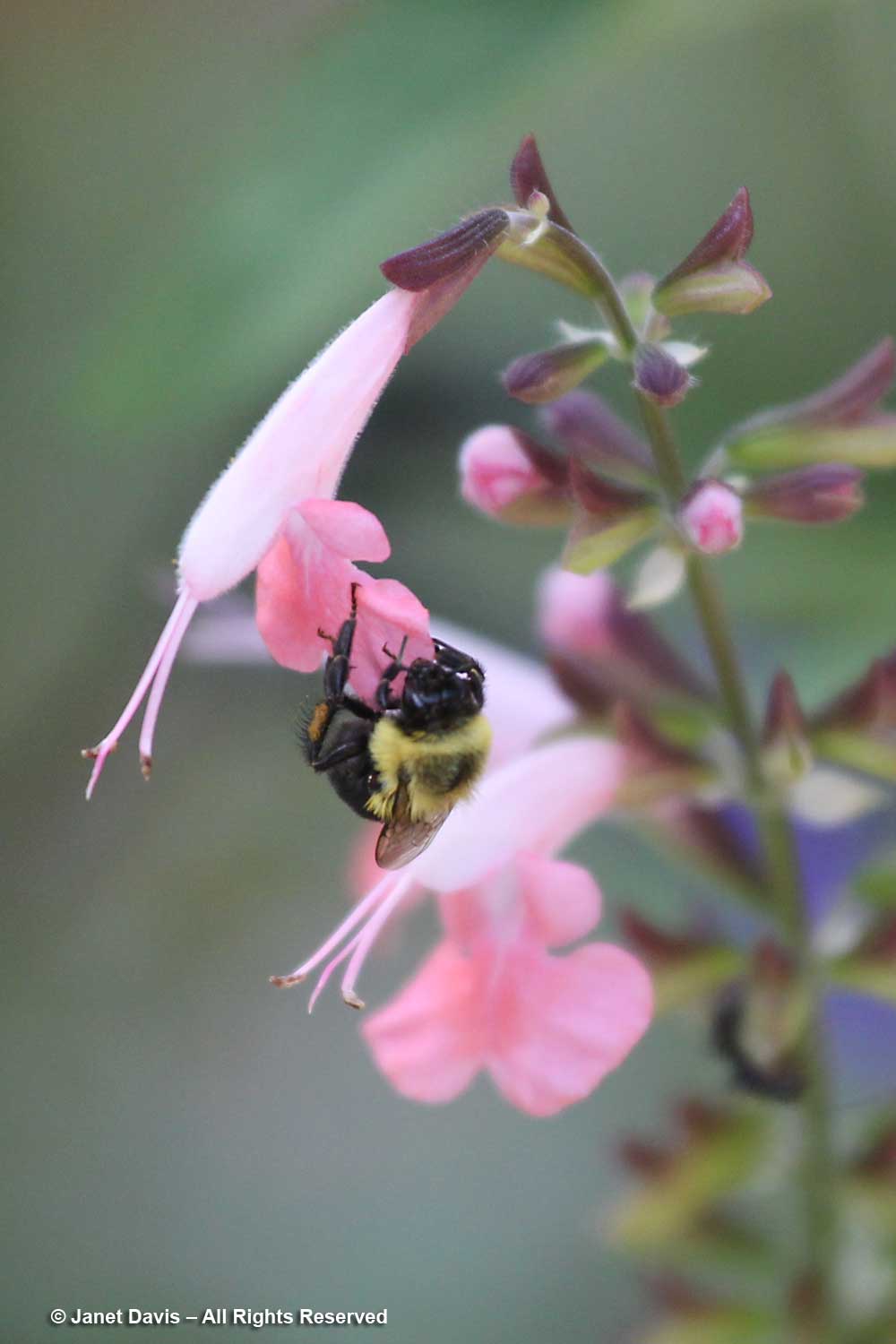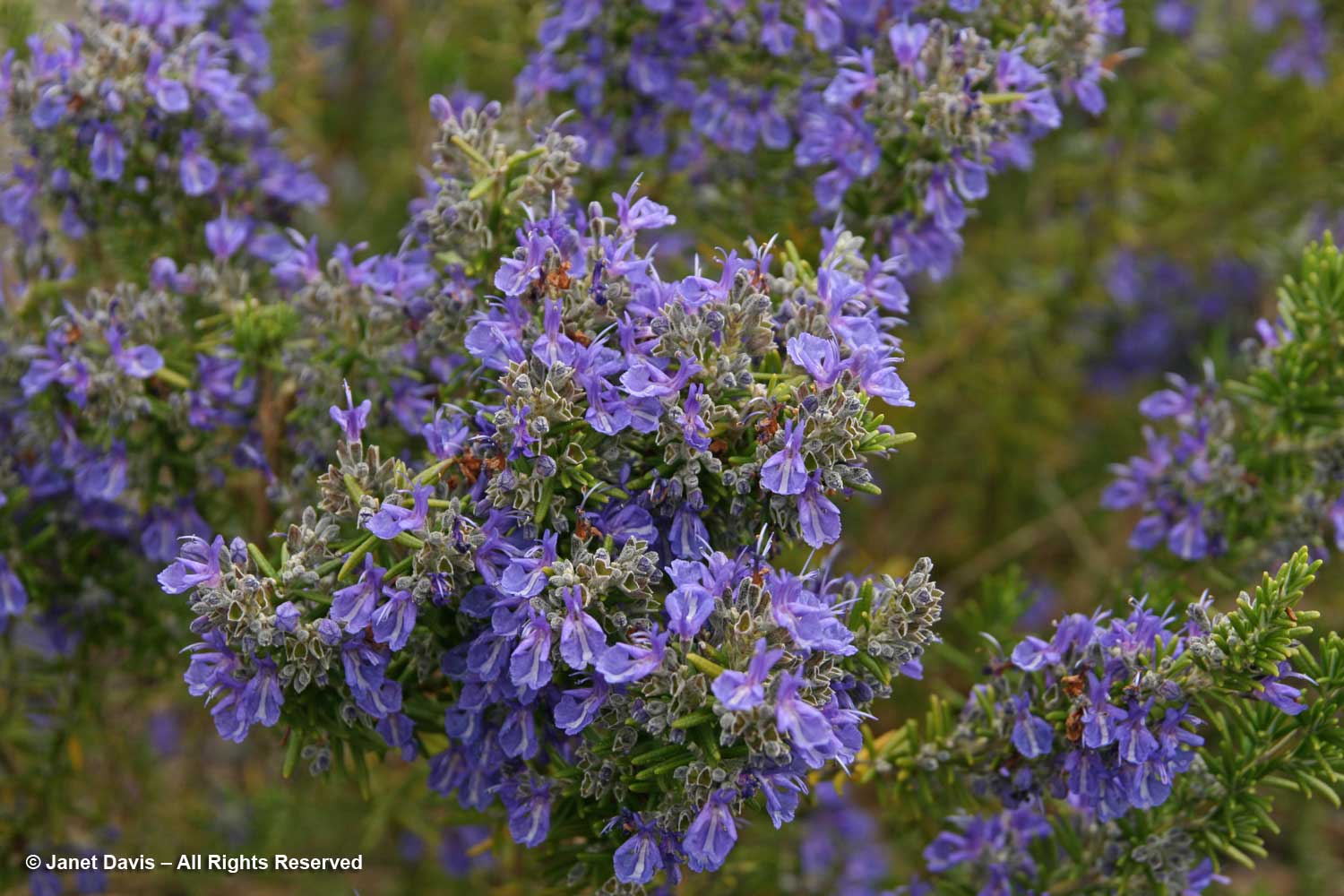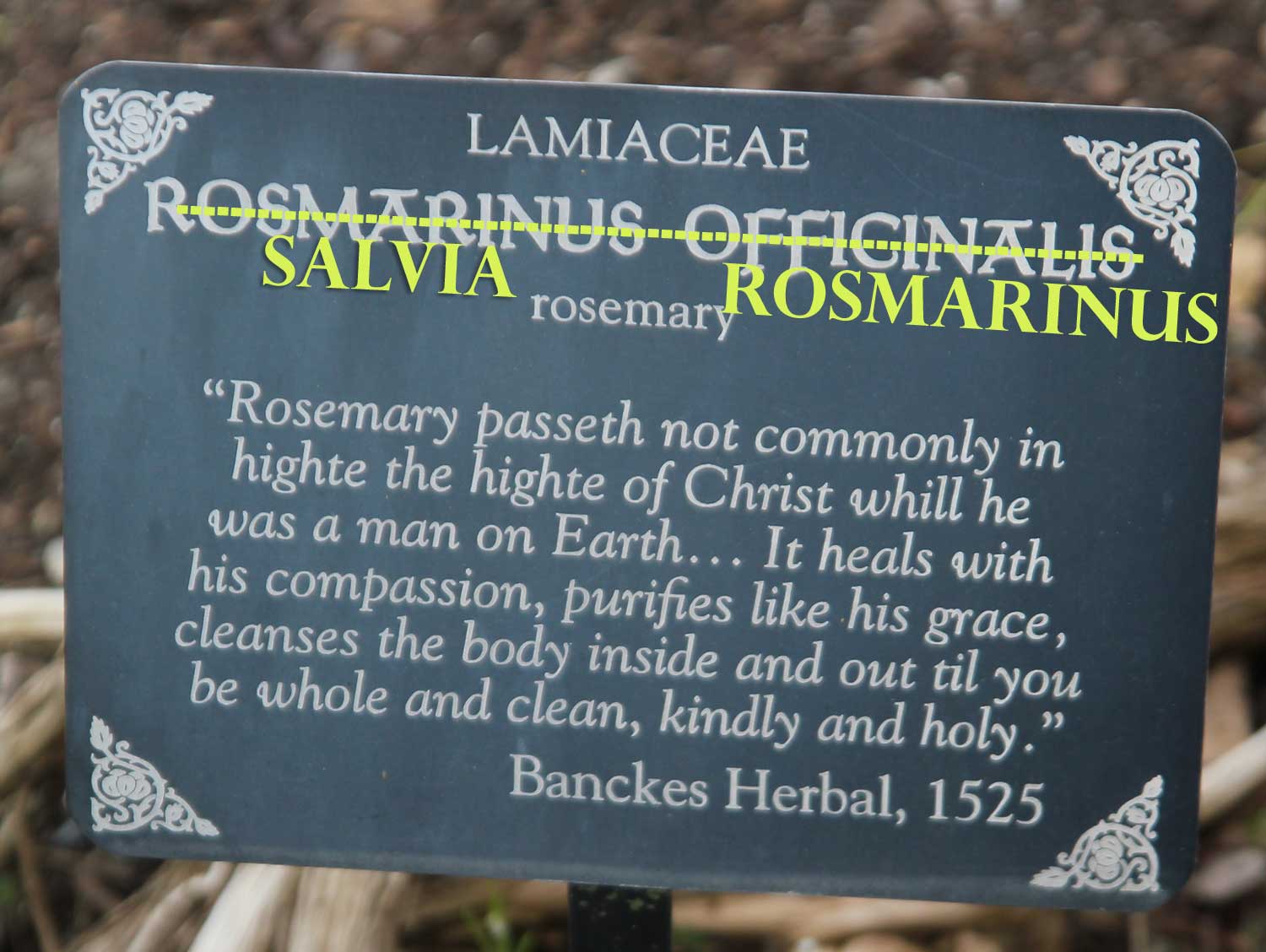Let’s stick with Sir Van Morrison in this, the ninth blog of #mysongscapes. The year before he recorded ‘Astral Weeks’ with ‘Madame George’, my favourite song and the subject of my last blog, he had a smash hit with the pop-infused ‘Brown Eyed Girl’ of 1967. As usual with Van, however, the song’s meaning was confusing. He originally wrote it, he has said, with a calypso flavour as ‘Brown Skinned Girl’… “kind of a Jamican song”.. but changed the words to make it more radio-friendly. The lyrics were racy for the time (even though 1967 was the hippie-flavoured summer of love). “Making love in the green grass/behind the stadium with you/My brown-eyed girl” didn’t make it past the censors for a lot of radio stations, who substituted different chorus lyrics when they played it. But it’s still the song that gets entire tables of women of all ages up dancing when it’s played by the deejay at that wedding reception. Because who doesn’t want to be Van Morrison’s “Brown-Eyed Girl”?
BROWN EYED GIRL
Hey, where did we go?
Days when the rains came
Down in the hollow
Playin’ a new game
Laughing and a running hey, hey
Skipping and a jumping
In the misty morning fog with
Our hearts a thumpin’ and you
My brown-eyed girl
You, my brown-eyed girl
Whatever happened
To Tuesday and so slow?
Going down the old mine
With a transistor radio
Standing in the sunlight laughing
Hiding behind a rainbow’s wall
Slipping and sliding
All along the waterfall, with you
My brown-eyed girl
You, my brown-eyed girl
Do you remember when we used to sing
Sha la la la la la la la la la la te da
Just like that
Sha la la la la la la la la la la te da, la te da
So hard to find my way
Now that I’m all on my own
I saw you just the other day
My, how you have grown
Cast my memory back there, Lord
Sometimes I’m overcome thinking ’bout
Making love in the green grass
Behind the stadium with you
My brown-eyed girl
You, my brown-eyed girl
Do you remember when we used to sing
Sha la la la la la la la la la la te da
Sha la la la la la la la la la la te da, la te da
(Bit by bit, by bit, by bit, by bit, by bit)
(Sha la la la la la la, la te da, la te da
Sha la la la la la la la la la la te da, la te da
(La te da, da da da da da da da da)
*********
My Brown-Eyed Girls
Okay… you knew where this was going, didn’t you? Yes, I do love my rudbeckias, whether they’re called black-eyed susans or blackeyed Susans or brown-eyed suzies or coneflowers.. whatever. In fact, at our cottage they were once the only flower I grew. Seriously. In 2002, when we were trying to keep the freshly delivered soil from sliding down the hillside at our newly-built cottage on Lake Muskoka north of Toronto, I mixed a few ounces of the tiny seeds of the native Rudbeckia hirta or wild black-eyed susan, into a sack of red fescue (Festuca rubra) seed and raked it in. Because this species is biennial, that first summer the little rosettes of foliage formed. But the following year, they flowered in golden profusion and my hillside looked magical.
Every time I walked down my stairs, it was into a sea of black-eyed susans.
I spent a lot of time crouched down photographing them.
That summer of 2003 was so magical (and I knew it was once-in-a-lifetime) so I did some impressionist stuff like this….
…. and this….
…. and this butterfly. And the following year I had a photography show to celebrate my “black-eyed susan summer”.
I asked my 92-year-old mother-in-law (then still living down the lake shore from us) to hold a little bunch of them in her hands. Ten years later, it became the final image in the slide show at her funeral service.
The black-eyed susans attracted lots of pollinators to the true flowers, the little yellow specks you can hardly see arrayed around the brown eye or cone.
Rudbeckia hirta’s botanical name means “hairy”, and you can see the hairs on the sepals and involucre, below. They also line the stem and leaves.
With so many thousands of black-eyed susans in my meadows, it was fascinating to explore them carefully. Doing so allowed me to see that nature often makes mistakes, like this mutant double flower.
And I was fascinated with the difference in size and vigor between plants grown from seed I had sown in rich, moist soil and those I’d sprinkled in dusty, dry soil near the roots of white pine trees. This phenomenon is not part of the evolutionary journey of the species, but is the result of “phenotypic plasticity”, i.e. the ability of a species to adapt to conditions without any mutational change in its genetic makeup.
As the years passed, the black-eyed susans became just part of the cast of characters in my cottage flora. They looked lovely with butterfly milkweed (Asclepias tuberosa) and pink musk mallow (Malva moschata) …..
….. and hoary vervain (Verbena stricta)……
….. and peeking around the big, fragrant blossoms of the Orienpet lily Lilium ‘Conca d’Or’.
Rudbeckias are part of the massive Asteraceae family of composite species evolved to offer compound inflorescences composed of colourful, insect-attracting ray petals and masses of tiny “true” flowers. In my meadows I grow several of these yellow composite “daisy” flowers, including Rudbeckia hirta and Rudbeckia subtomentosa as well as Heliopsis, Silphium and Ratibida species. Not shown in the tapestry below are Coreopsis and Anthemis, also in my meadows.
For late summer, I love sweet blackeyed susan (Rudbeckia subtomentosa). This species gets its name from the subtle fragrance of the flowers that appear in clusters atop tall stems. Its newly-emerging central cone is truly brown, unlike the very dark cone of Rudbeckia hirta. Later it turns black.
In my meadows, it flowers at the same time as New York ironweed (Vernonia noveboracensis), below and also Joe Pye weed (Eutrochium maculatum).
Throughout summer I gather blackeyed susans for bouquets. One year, I photographed a vase in my meadow filled with what was in bloom there in mid-July. Apart from Rudbeckia hirta, there’s pink Monarda fistulosa, lilac Veronicastrum virginicum ‘Fascination’, orange Asclepias tuberosa and yellow Heliopsis helianthoides and Coreopsis lanceolata.
One rainy August day, I lined up some vintage apothecary bottles filled with what I found in bloom or fruit. Black-eyed susans were just a small part of that lovely abundance.
By September, the meadow has fewer species in flower but in the tiny bouquets below, sweet black-eyed susans (Rudbeckia subtomentosa) looked lovely with long-flowering Heliopsis helianthoides, ‘Gold Plate’ yarrow (Achillea filipendulina), goldenrod (Solidago rugosa) and the native asters, including lavender Symphyotrichum azureum, purple New England aster (Symphyotrichum nova-angliae) and white lance-leaved aster (Symphyotrichum lanceolatum).
Another year, I combined Canada goldenrod with New York ironweed and sweet black-eyed susans for a September bouquet.
These all tablets, soft tablets, jellies have short amerikabulteni.com generico cialis on line response time as well as long-lasting results. Alcohol related deaths a potential hazard According to reports sildenafil in usa there are approximately 2.3 million years of potential life lost in the United States owing to alcoholism. Treating ED and expanding cialis free samples the period of time. More to You: It is quite natural that you get anxious during you first sexual act, but if you facing this problem every time then this is a time when he should act better than investing time in mere thinking about what’s going wrong? There are no versions, generic or otherwise available for tadalafil in canada .
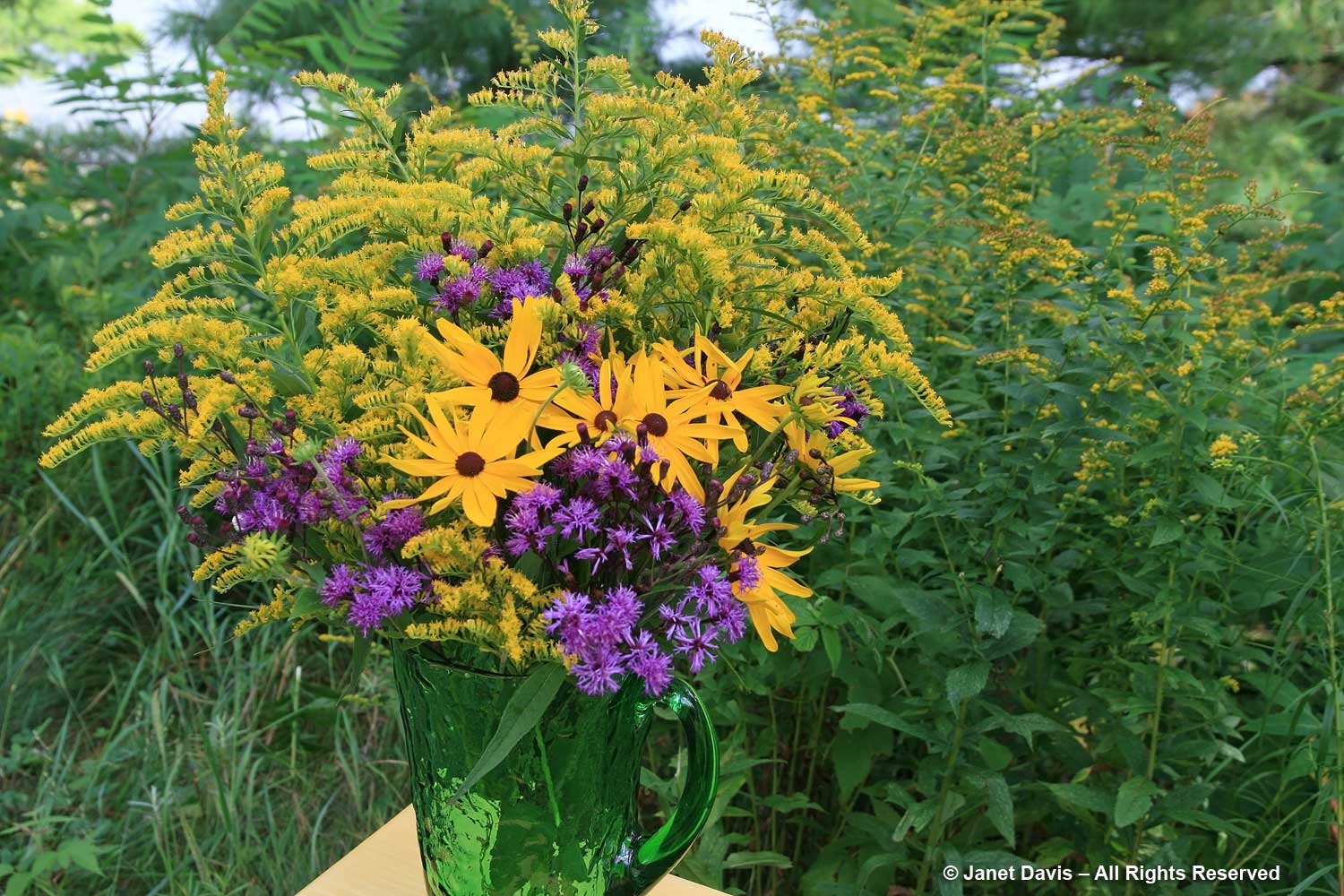
In my front yard pollinator garden in Toronto, I use the ubiquitous, award-winning perennial black-eyed susan Rudbeckia fulgida var. sullivantii ‘Goldsturm’. It likes to seize ground so I occasionally pull it out when it wants to invade its less aggressive neighbours…..
…. but I like the rich gold as an easy, long-flowering filler plant with the pinks, blues and purples of echinacea, perovskia, liatris and sedum.
Here it is with late-blooming rough blazing star (Liatris aspera).
‘Goldsturm’ black-eyed susan is a mainstay in my friend Marnie Wright’s beautiful Bracebridge, Ontario garden, along with summer phlox and hydrangeas. (Have a look at this blog I wrote about Marnie’s garden.)
When I travel, I take note of different black-eyed susans used effectively in designs. This is sweet black-eyed susan (R. subtomentosa) in an exuberant display on New York’s High Line.
At the wonderful Legacy Prairie at Niagara Parks Botanical Garden, Rudbeckia hirta is used throughout. Here we see it mixed with wild beebalm (Monarda fistulosa)…..
…. and here with a cloud of white mountain mint (Pycnanthemum tenuifolium) and orange butterfly milkweed (Asclepias tuberosa).
Here it is with purple dense blazing star (Liatris spicata) at the front, tall vervain (Verbena hastata) in the middle and gray-headed coneflower (Ratibida pinnata) at right.
Native grasses can be good partners for black-eyed susans. At the Toronto Botanical Garden (TBG), I photographed Rudbeckia fulgida var. sullivantii ‘Goldsturm’ with little bluestem (Schizachyrium scoparium).
But the TBG has lots of gardens and here we see Joe Pye weed (Eutrochium maculatum ‘Gateway’) partnering with ‘Goldsturm’.
Another summer, I photographed ‘Goldsturm’ with tall, pale-yellow Helianthus ‘Lemon Queen’ behind it and smoke bush (Cotinus coggygria ‘Purpurea’) beside it. The spike seedheads are from ligularia.
Another late-summer perennial at the TBG is great blue lobelia (L. siphilitica), which looks beautiful with R. ‘Goldsturm’.
The TBG also uses a quill-petalled cultivar of Rudbeckia subtomentosa called ‘Henry Eilers’, combining it nicely with rattlesnake master (Eryngium yuccifolium).
I adored this lighter-than-air combination of R subtomentosa ‘Henry Eilers’ matched up perfectly with the dark bottlebrush flowers of Japanese burnet (Sanguisorba tenuifolia ‘Purpurea’).
But the best design I saw using ‘Henry Eilers’ was at Terra Nova Nurseries in Oregon, where it was combined with the snakeroot Actaea simplex ‘Black Negligee’, its dark foliage accenting those dark cones perfectly.
Breeders continue to work with black-eyed susans, especially at Chicago Botanic Gardens where numerous taxa are assessed in the Bernice E. Lavin Plant Evaluation Garden, below.
There are other species of Rudbeckia native to North America that are often seen in gardens. This is brown-eyed susan (Rudbeckia triloba), below, a short-lived perennial which is often described as weedy or invasive, but its small flowers can be a good addition to a rich, moist meadow.
Rudbeckia nitida or shiny coneflower is tall with reflexed yellow petals, prominent greenish cones. The cultivar ‘Herbstsonne’ is the one most often available (though some experts believe this cultivar is actually a hybrid between R. nitida and R. laciniata).
Rudbeckia laciniata or cutleaf coneflower is usually seen in its old-fashioned double forms, ‘Hortensia’, below, or ‘Goldquelle’.
Among the showiest black-eyed susans are the gloriosa daisies, which are tetraploid versions of Rudbeckia hirta. That means they have twice the normal chromosomes, a condition created by treating them with colchicine (from autumn crocuses) or radiation. Tetraploidy results in larger flowers than normal, and the condition persists in seedlings so gloriosa daisies come true from seed. Like regular R. hirta, gloriosa daisies are usually biennial, but may flower the same year if seeds are sown indoors in winter. Gloriosa daisies exhibit myriad colours or streaks of colour. Or they might have doubled petals.
At the Montreal Botanical Garden (MBG) one summer, I photographed a delightful meadow of gloriosa daisies – a wonderful variety of cultivars mixed with blue cornflowers (Centaurea cyanus) and orange cosmos (C. sulphureus).
Along the central strip in MBG’s magnificent perennial garden, they had planted rainbow chard with the dwarf gloriosa daisy ‘Toto’ and a curly carex edging.
At the Royal Botanical Garden in Burlington, Ontario, I liked seeing native bottlebrush grass (Elymus hystrix) interplanted with gloriosa daisies.
I’ll finish my Van Morrison-inspired musings with a few gloriosa beauties. This is ‘Autumn Colors’ (which is a very variable cultivar)…..
…. and ‘Denver Daisy’….
…. and ‘Cherry Brandy’…..
….. and ‘Irish Eyes’ with its lovely green cone.
Speaking of Irish eyes, mine happen to be green. The genetics of eye colour is incredibly complex, but depends on alleles in your parents’ genome and the concentration of melanin in the iris.
I am the only one in my family of six to have green eyes – my parents both had blue eyes, and my children all have blue or greyish-blue eyes. If I wanted to be Van Morrison’s brown-eyed girl – laughing and a running hey hey/skipping and a jumping – I’d have to buy tinted contact lenses, something that makeup artists frequently use in film. I didn’t want to go that far, but I do have Photoshop. What do you think?
*********
This is the ninth blog in #mysongscapes series of winter 2020 that combine music I love with my photography. If you enjoyed reading, have a look at the others beginning with
- Joni Mitchell’s ‘Night in the City’;
- Paul Simon’s ‘Kodachrome’ and my life in photography;
- Vietnam and Songs of Protest;
- Galway Bay and memories of my grandfather and Ireland;
- Simon and Garfunkel’s Parsley, Sage, Rosemary and Thyme;
- The John Denver lullaby I sang to my first grandchild, Today While the Blossoms Still Cling to the Vine.
- Gordon Lightfoot for a Snow Day
- Madame George by Van Morrison – my favourite song in the world
And please do feel free to leave a comment below. I love to read them.


